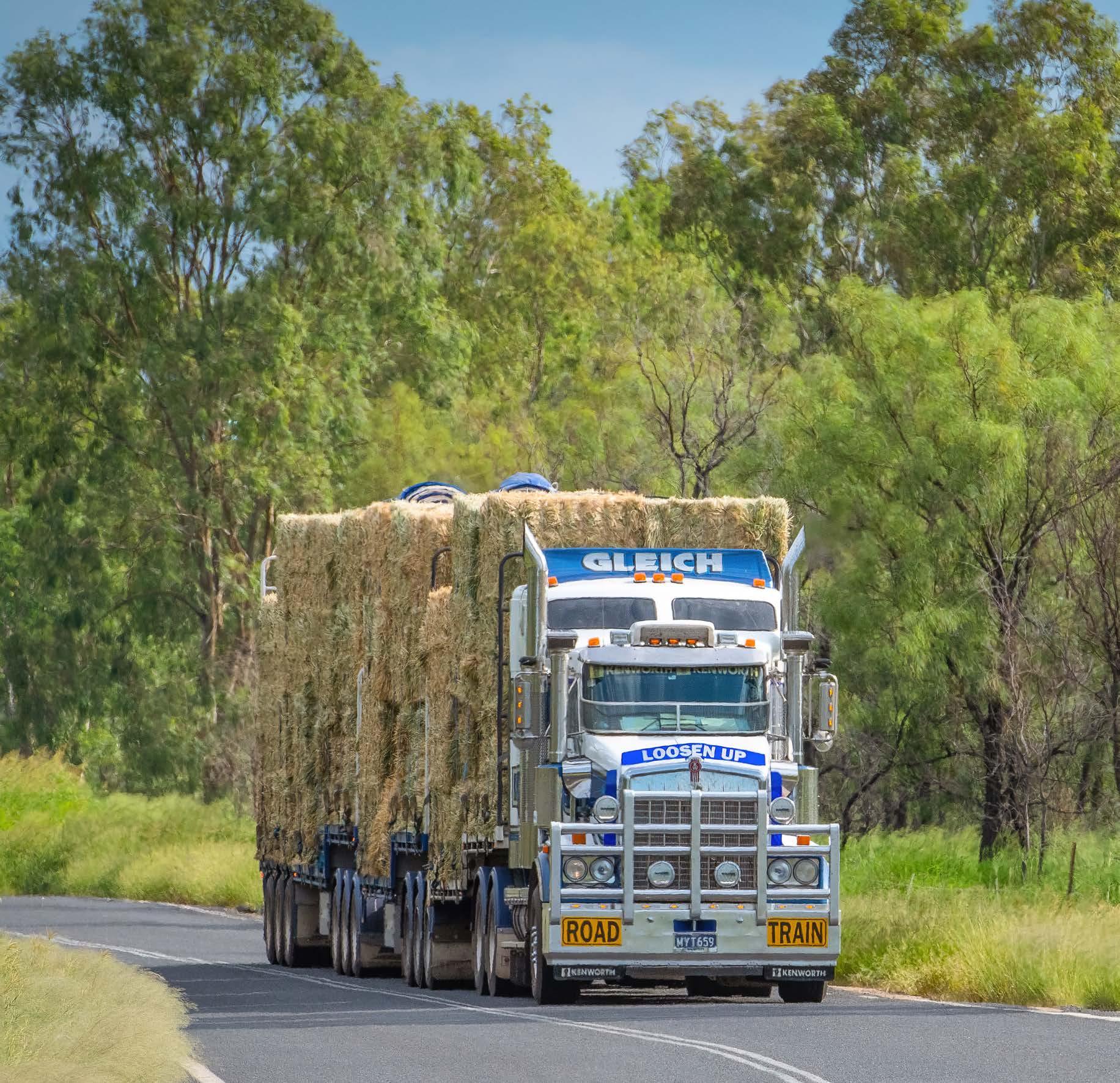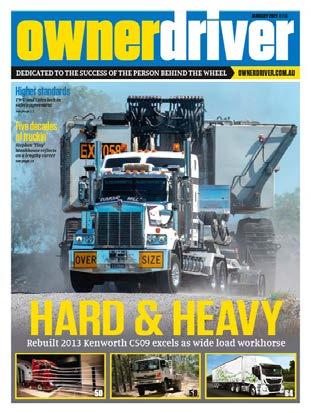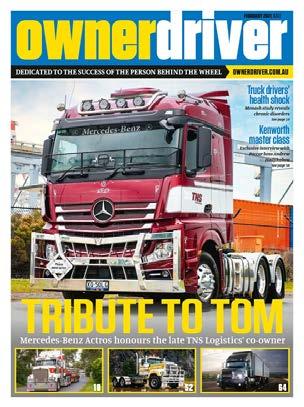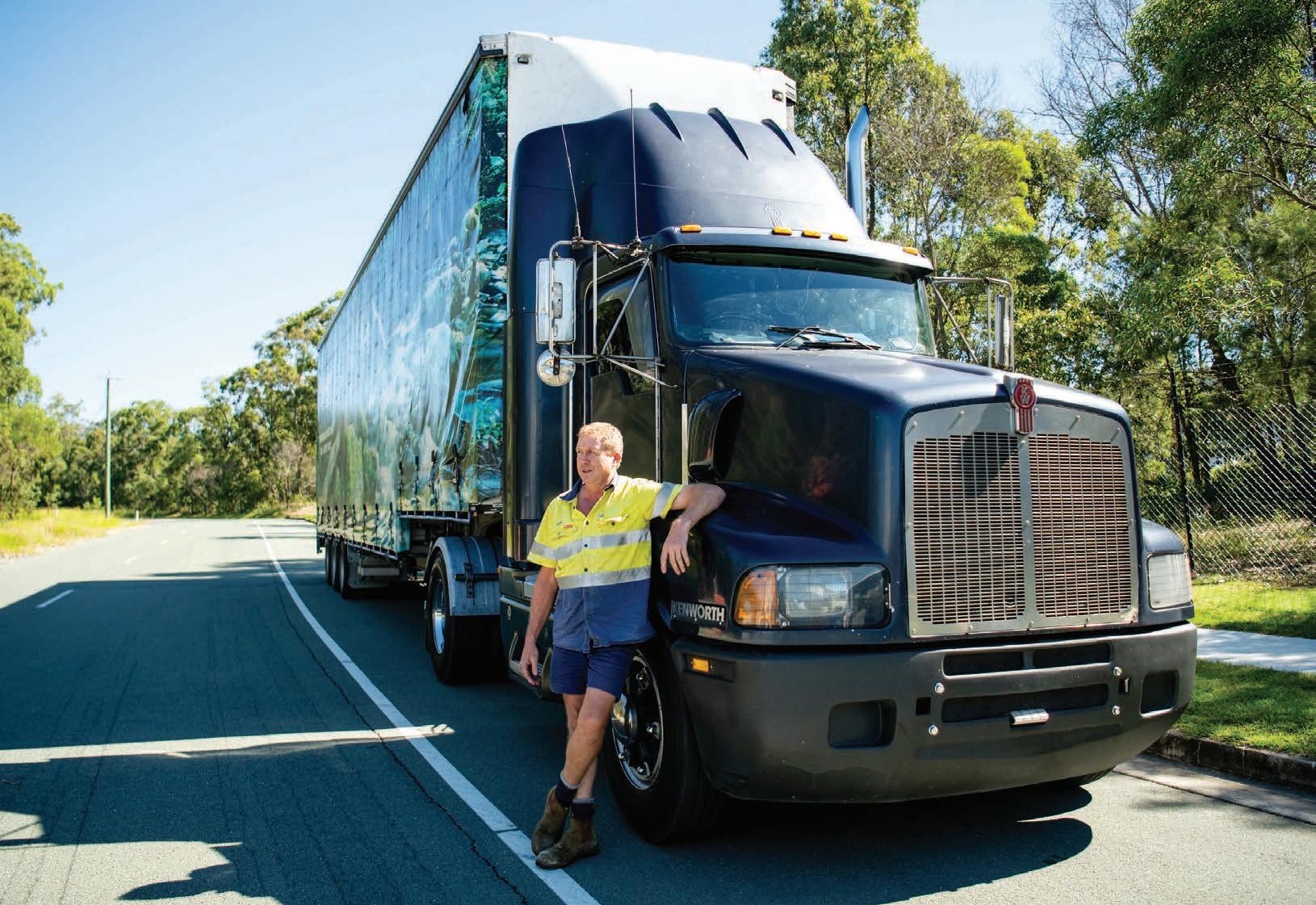

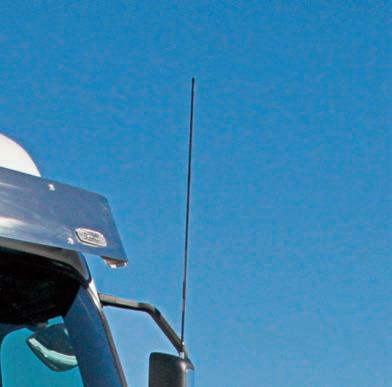




































































Meet the DAF XF – its proven 530HP MX-13 engine offers the perfect balance of power and efficiency.

When you’re driving coast to coast, the DAF XF is a quieter and more comfortable place to work, live, and sleep.
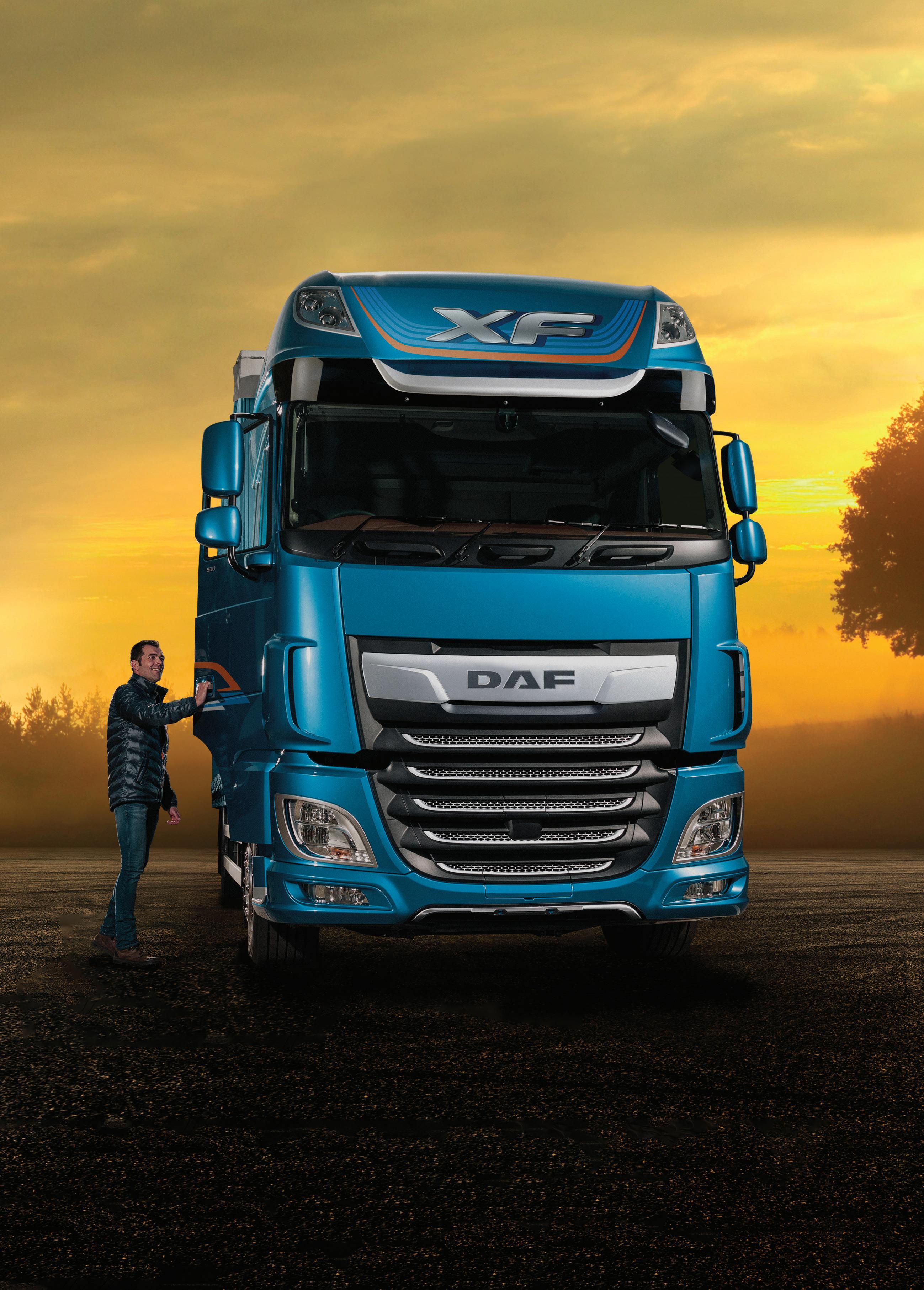
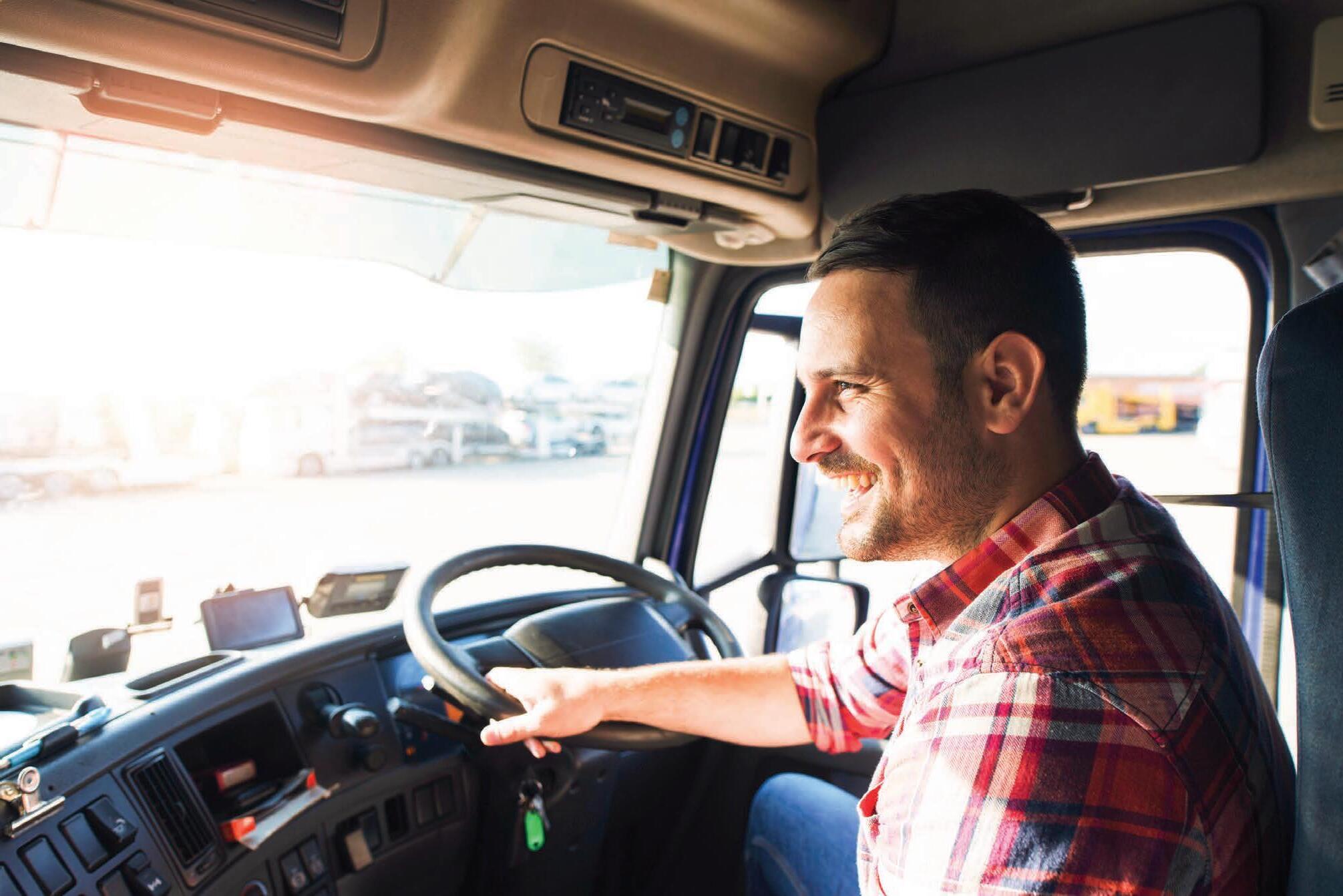



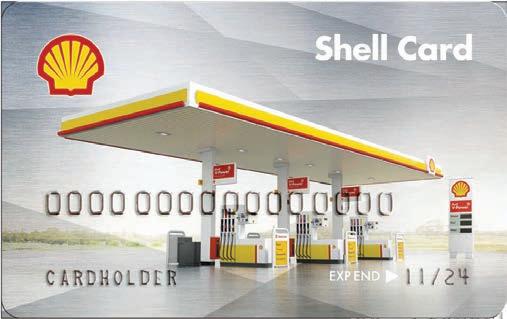


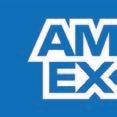

8 NO WINNERS IN ROAD USER CHARGE RISE

Industry warns sudden price hike will impact the profitability of small businesses
10 TWU TAKES AIM AT ALDI’S ZERO PRINCIPLES
Protesting transport workers slam Aldi for failing to sign up to a safe supply chain
18 BRIGHT SPARKS IN BRISBANE
Steve Brooks files this report on just some of the major highlights from this year’s startling Brisbane Truck Show
Retired NSW Highway Patrol officer and now uni student Greg Casey reveals his plans for improving road safety for all
40 BACK TO THE FARM
It’s been through a few owners, written-off and retired, but Rick and Eve Hay’s treasured 1985 Ford LTL has been given a new lease on life
54 WILD IN WYOMING
The US ‘Cowboy State’ attracts the best rigs from nearby, interstate and Canada to the Shell Rotella SuperRigs Truck Beauty Contest

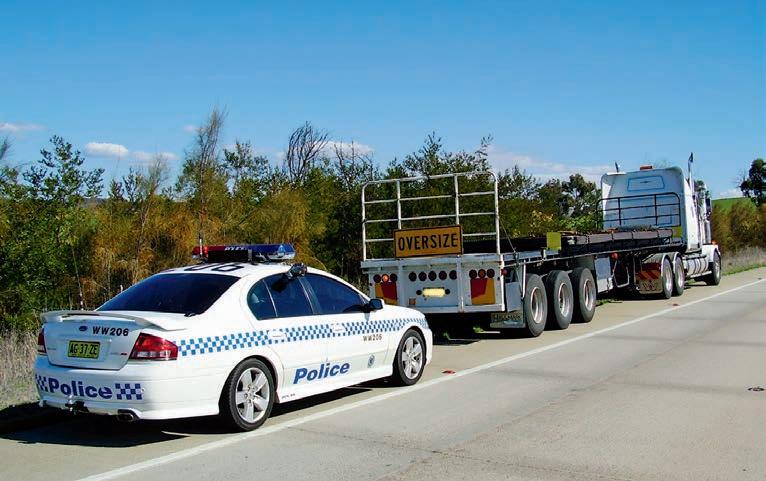
60 CLASSIC CATCH
Brock and Kim Macdonald embark on a huge post-pandemic project, restoring a written-off ’97 Kenworth 900 Classic
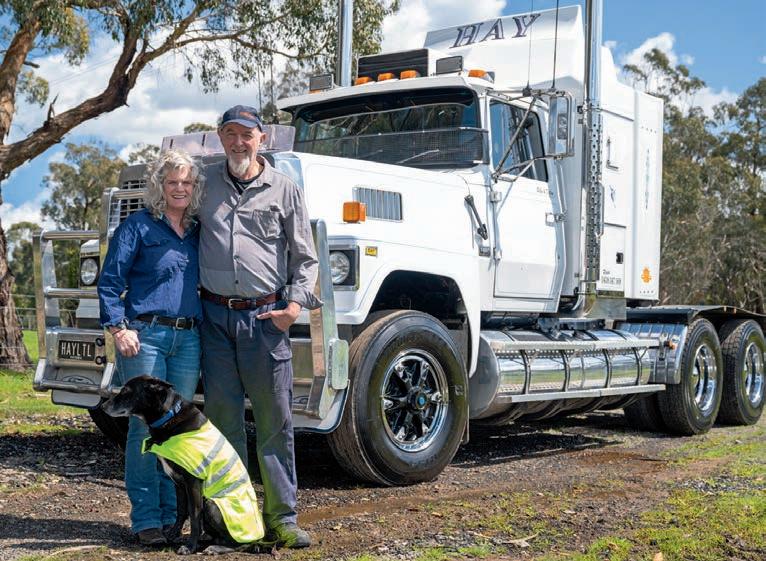
70 THE ZEST FOR ZERO

The world head of Volvo Trucks, Roger Alm, states the case for electric trucks, with Australia high on the agenda
72 STAR TREK
Western Star’s new and versatile 48X, with B-double trailers behind, gets a thorough workout up hill and down dale
“I respect and appreciate the depth of knowledge and experience truck drivers have.”











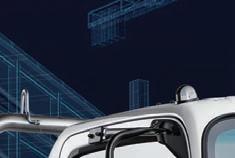
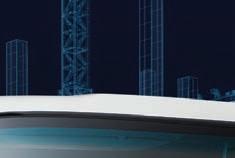
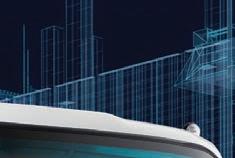





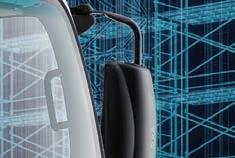

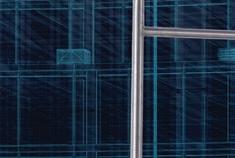

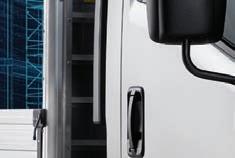


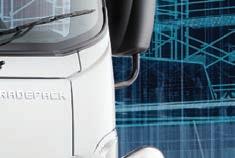

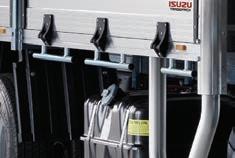

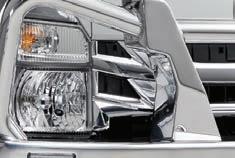
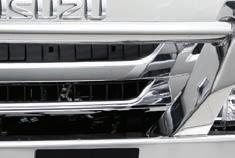
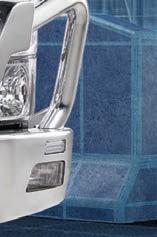
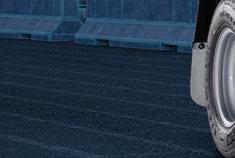
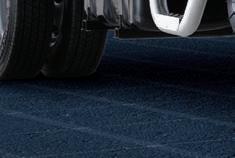


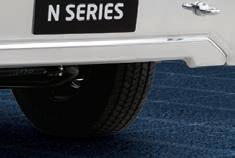












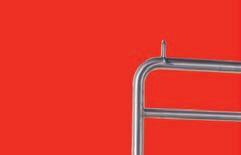

EDITORIAL
Editor Greg Bush Ph 0408 780 302
E-mail Greg.Bush@primecreative.com.au
Journalist Julian Daw
E-mail Julian.Daw@primecreative.com.au
Technical Editor Steve Brooks
E-mail sbrooks.trucktalk@gmail.com
Contributors Warren Aitken, Robert Bell, Frank Black, Greg Casey, Warren Clark, Rod Hannifey, Michael Kaine, Hayley Nicholson, Brett Patterson, Kerryn Woods
Cartoonist John Allison
PRODUCTION
Art Director Bea Barthelson
Print IVE Print
ADVERTISING
Business Development Manager
Hollie Tinker Ph 0466 466 945
E-mail Hollie.Tinker@primecreative.com.au
SUBSCRIPTIONS
www.ownerdriver.com.au/subscribe
Phone +61 (0)3 9690 8766
Mon-Fri 8am-4.30pm (EST)

Email subscriptions@primecreative.com.au

Mail 379 Docklands Drive, Docklands, VIC 3008 Australia
EXECUTIVE GROUP

CEO John Murphy

COO Christine Clancy
Operations Manager Regina Fellner
Trader Group Sales Director Brad Buchanan
As is often said, there’s nothing certain in our lives, apart from death and taxes. In the transport industry, you could add another –higher road user charges. Unfortunately, despite the Reserve Bank’s determination to put the brakes on inflation, the cutting of the fuel tax credits will envitably mean higher transport prices which will then be passed onto its customers.
That creates another issue. The customers include those who then deal more or less with the general shopping public. These customers will fight tooth and nail so as to avoid the repercussions of higher road user charges and higher fuel prices.
Transport industry operators, and more importantly owner-operators and subcontractors, will be reluctant to advise clients that their freight prices will need rise.
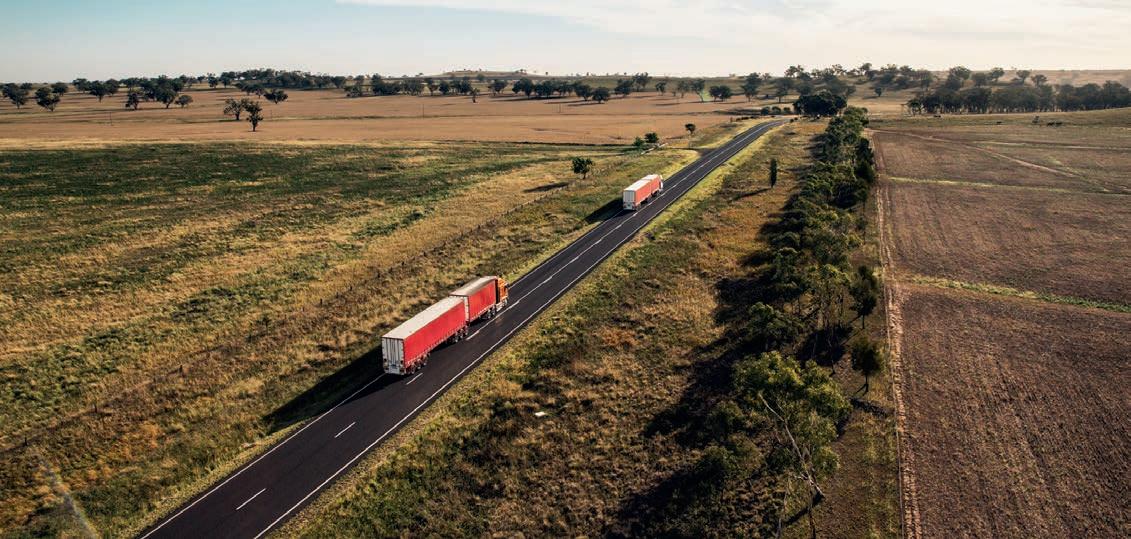
The larger transport operators will, due to their size, have more clout in persuading clients to pay more for their services. In contast, owner-drivers will not have that luxury.
If they persist with the argument of trying to make ends meet, they could likely be told to look elsewhere for work. It then becomes a dog-eat-dog scenario where small businesses are gazumping each other, even though
they could end up working for unprofitable rates.
Big clients are adverse to passing on higher charges to the general public, most notably supermarket customers even though, as quoted to me in the past, simply adding a couple of cents to every can of baked beans in the store would help cover rate rises. And the public wouldn’t mind so much.
The war in Ukraine – and it is a war despite Putin’s propaganda – has impacted fuel costs across the board, spreading to all corners of the Earth.
Meanwhile, the holier-than-thou Grattan Institute keeps pushing the electric barrow. It appears the Grattan thinktank has not ventured too far from its cosy office environment, otherwise they’d come to the realisation that electric trucks just won’t cut in on lengthy intrastate and interstate hauls. Perhaps in the future, but we’re not there yet, not by a long shot.
While EVs are slowly making headway for those last mile deliveries, the environmentally conscious will simply have to put up with diesel for years to come.
Until then, the Federal Government will continue to enjoy a steady stream of income from the road transport industry, until a day when it dreams up a scheme to tax emission-free trucks.
Owner Driver is published by Prime Creative Media 379 Docklands Drive, Docklands Melbourne VIC 3008 Telephone: (+61) 03 9690 8766 www.primecreative.com.au
ISSN 1321-6279
OwnerDriver magazine is owned by Prime Creative Media. All material in OwnerDriver is copyright and no part may be reproduced or copied in any form or by any means (graphic, electronic or mechanical including information and retrieval systems) without written permission of the publisher. The Editor welcomes contributions but reserves the right to accept or reject any material. While every effort has been made to ensure the accuracy of information Prime Creative Media will not accept responsibility for errors or omissions or for any consequences arising from reliance on information published. Opinions expressed in OwnerDriver are not necessarily the opinions of, or endorsed by the publisher unless otherwise stated.



As of July 1, the fuel tax credit rate has decreased to 18.9 cents per litre from 20.5 cents per litre.
As a result, the road user charge on diesel will also increase from 27.2 cents per litre to 28.8 in 2023-24, with this increase resulting in a decrease to the on-road FTC rate.
Following the jump up to 28.8 cents per litre in 2023-24, the road user charge will then rise to 30.5 cents per litre in 2024-25 before finishing at 32.4 cents per litre in 2025-26.
In response, the Australian Trucking Association (ATA) argues that truck charges should have remained frozen in 2023-24 and then increase by 2.75 per cent each year in 2024-25 and 2025-26.
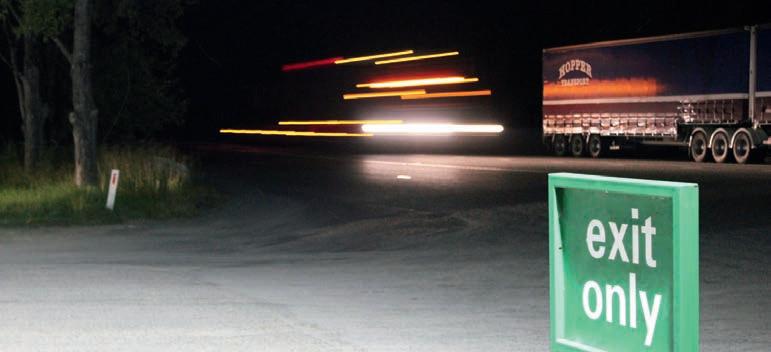
The Road User Charge rise follows the Australian transport industry’s difficulties during the COVID 19 pandemic, followed by the war in Ukraine which has meant disruptions and difficulties in securing fuel from overseas as well as a general rise in the cost of diesel.
The transport industry benefits from a fuel tax credit system whereby the government subsidises the cost of diesel fuel for businesses operating heavy vehicles.
At the same time there exists a fuel tax excise and a road user charge which are costs the government charges to road users.
Recently however, there has been pressure on the government to reduce this subsidy in order to claw back more revenue for the budget.
Warren Clark, CEO of the National Road Transport Association (NatRoad) says these charges cannot continue to increase indefinitely.
“Fuel costs are at record levels; the industry cannot bear any more fuel costs so these charges should not be raised.
“Our research suggests that fuel prices will be even higher this year. The price of fuel being the number one concern to our industry means there will be even more cost pressure on businesses.
“It’s a huge issue for industry,” Clark says.
No one, it seems is happy with fuel at the moment. While transport businesses bemoan the relentless price increases, environmental advocates push Australia to reduce its carbon emissions, of which road transport contributes a significant amount.
Melbourne-based think tank The
Grattan Institute argued in its report on the fuel tax credit system that the government should not be subsidising road emissions. This leaves the road transport industry in a difficult position as alternate fuels and carbon zero vehicles are not yet a viable option in this country.
However, Clark says the argument for emissions is not relevant.
“When you look at the distances, we have to cover to deliver freight in Australia. The infrastructure to charge and refuel these vehicles is not there.
“All a reduction in the tax credit system would do is put more pressure on the cost of living and contribute to more inflation.”
The dramatic increase in the cost of fuel due to the reduction in the tax credits will be incredibly damaging to the transport industry. Many smaller transport businesses operate on very small margins and so if they were not able to quickly pass on increased fuel costs, such a shock could see them go out of business.
CEO of the Victorian Transport Association (VTA), Peter Anderson, says operators are always acutely aware of fuel costs.
“After wages, fuel is the biggest direct business cost faced by operators, and it’s also the most variable.
“Higher diesel costs need to be passed on in full through the supply chain, but pressures from customers and prime contractors make this difficult for many operators.
Shaun Cronin, better known as ‘Chucky’ passed away late at night on May 31 this year following a short but brave battle against Metastatic Mucinous Adenocarcinoma, surrounded by his wife and their children.
Chucky, an experienced and wellliked truck driver for Eastwell’s Haulage, was the subject of a feature story in OwnerDriver’s June edition, outlining the efforts of his family and friends in fast-tracking his wedding to long-term partner Hayley on May 6.
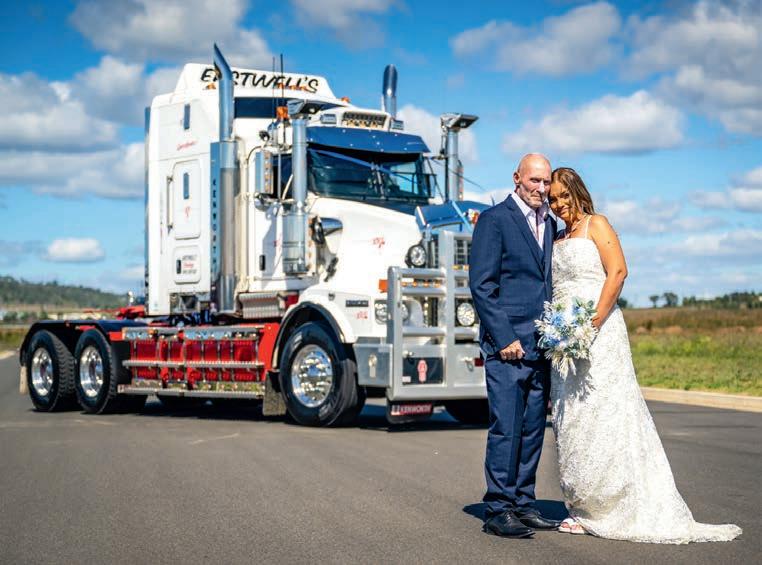
The OwnerDriver team offer our condolences and best wishes to the Cronin family during these tough times.
“The impact of the previous government’s six-month fuel-tax cut left many operators with pressure on cash flows,” Anderson says.
Anderson adds that the VTA wants positive action from the government aimed at taking pressure off the road freight industry.
The larger issue around fuel costs is Australia’s dependence on diesel and petroleum purchased from overseas. Fuel sources like these are subject to changing international conditions, such as the war in Ukraine, but more importantly their supply is never fully guaranteed.
If Australia was able to transition to domestic fuel sources, such as renewable energies, then we would not have to fear such unstable prices for operators, nor being cut off from a supply all together.
However, Warren Clark says Australia is being held to ransom on the price of fuel.
“Electric vehicles would reduce our dependence on foreign fuel, unfortunately that’s not yet viable here due to the large distances our freight needs to cover.
“We need the government to look at the sovereignty of our fuel supply chain in this country,” Clark says.
Many industry bodies agree they would like to see more support from the government in general, both to incentivise alternative energy vehicles and support operators.
Anderson says, of course, operators would move to zero emissions vehicles if it was a viable option, but that they shouldn’t be punished for being forced to stick with diesel until the conditions improve.
“The freight industry would be pleased to transition away from diesel if there was a viable energy source available.
“The freight industry should not be penalised due to the lack of transitional energy pathways. Fuel should not be used as an indirect tax on goods and services.
“The Freight industry continues to meet its obligations to meet the demands of every Australian. Recognition of the impact of the cost of diesel that faces every transport business by the Government is vital for the sustainability of the road freight industry,” Anderson says. Inevitably, any cost prices businesses end up passing on will result in higher prices for goods, such as supermarket items, and will contribute to higher inflation.
MAN’s all-new TGS range is trucking redefined. Perfectly suited for a range of applications, there’s no limitation to what the TGS can do.
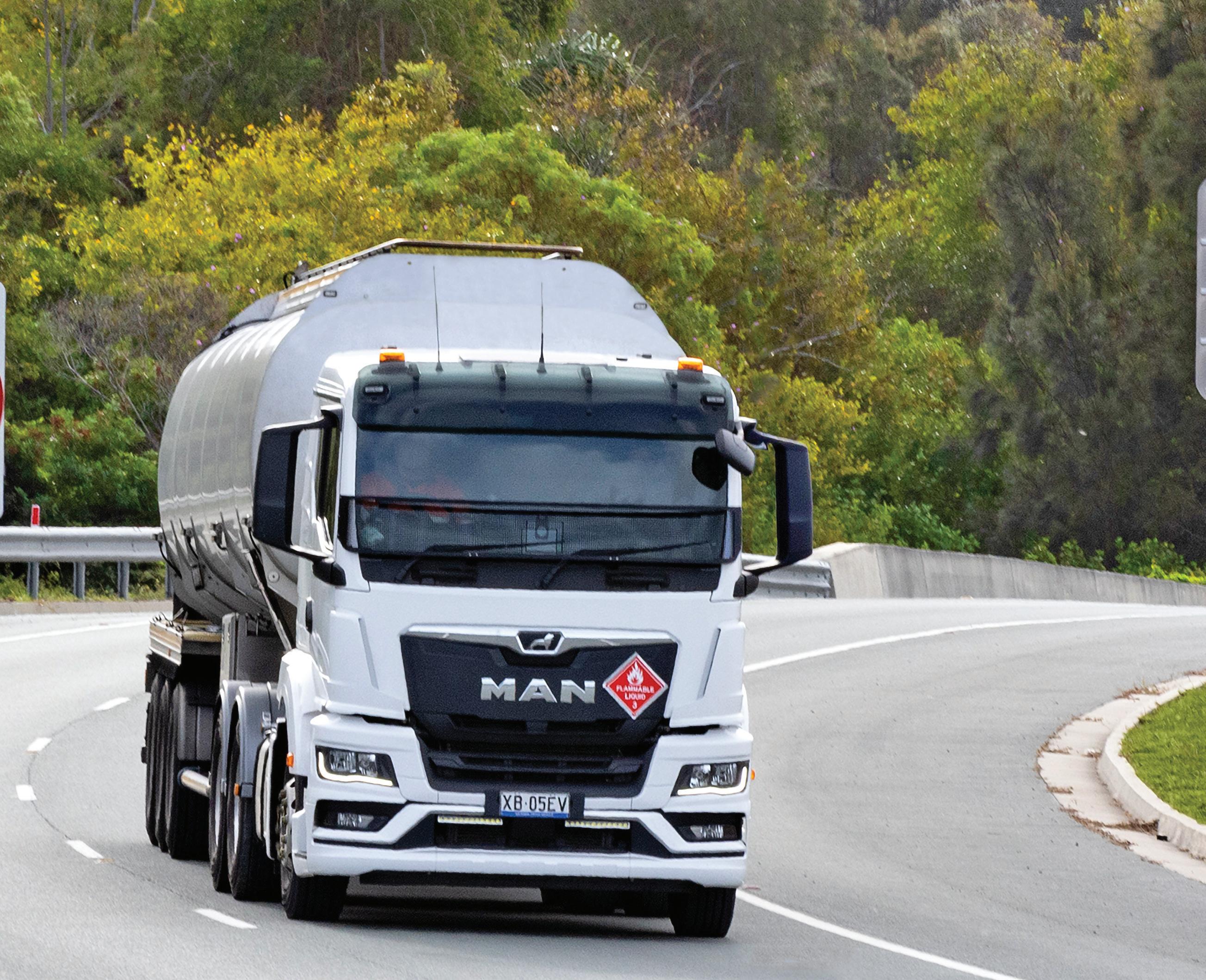
Highly versatile and efficient, the MAN TGS pushes your efficiency to the max in any task while keeping costs low and driving profits to your business. Featuring smart assistance and safety systems, drivers are optimally supported on any terrain and in any application. And with a completely redesigned cabin, occupants will enjoy outstanding ergonomics and an intuitive operating philosophy.
Boasting excellent driver fit, great economy features, and optimised uptime, the MAN TGS makes for a strong business partner.
The National Heavy Vehicle Regulator (NHVR) is urging heavy vehicle drivers to remain vigilant with their National Written Work Diary (WWD) or Electronic Work Diary (EWD) and follow work and rest requirements.
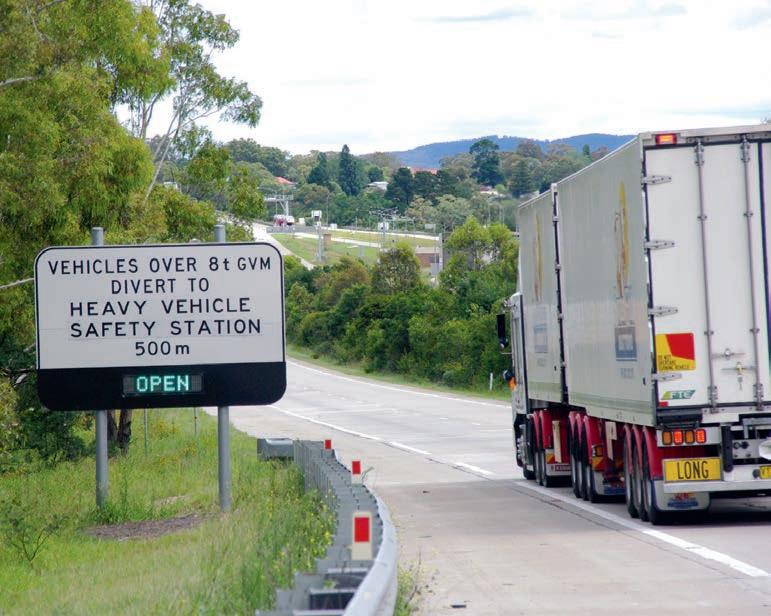
A state-wide operation was triggered in New South Wales, after a considerable number of penalty notices issued at Marulan, NSW were found to be linked to fatigue related offences.
NHVR Director of Operations

Central Region Brett Patterson said the operation is crucial to promote compliance, reduce fatigue related incidents and will target drivers who fail to comply with work diary requirements.
“Driving a heavy vehicle while feeling sleepy, physically

or mentally tired, or lacking in energy, is a major safety hazard,” Patterson says.
“Falling asleep behind the wheel can be disastrous, but even a brief lapse in concentration can have serious consequences.
“Australia’s road toll is rising rapidly in almost every state and territory, and it is imperative we take additional measures to ensure safety on our roads.
“NHVR on-road officers will be patrolling locations frequented by long haul intrastate and interstate heavy vehicles across the state.”
The NHVR says it places a strong focus on educating heavy vehicle drivers on the main causes of fatigue, and wants drivers to know some of the main signs can include:
• A lack of alertness
• Inability to concentrate
• Drowsiness, falling asleep or micro-sleeps
• Difficulty keeping your eyes open, excessive head nodding or yawning
• Blurred vision
• Near miss or incident
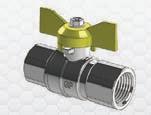
D.O.T / S.A.E STANDARDS CONFORMANCE





CONFORMITY TO:

DOT - DEPARTMENT OF TRANSPORT
DOT PUSH TO CONNECT FITTINGS
Huge range available. Approved to meet: Australian Design Rules ADR-38/05 DOT FMVSS 571.106, SAE J2494/3, SAE J1131 blanking plugs.
24HR EMERGENCY AIR BRAKE SOLUTIONS
BREAK DOWN & GLOVE BOX KITS


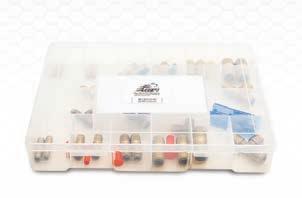
Including both metric and imperial joiners, tees and blanking plugs.

Break Down Kit
Metric & Imperial Tubing
Part# GPKT-6264-01
Glove Box Kit
Imperial Tubing
Part# GPKT-6264-02



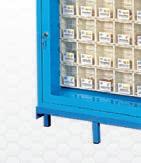
FULL RANGE OF
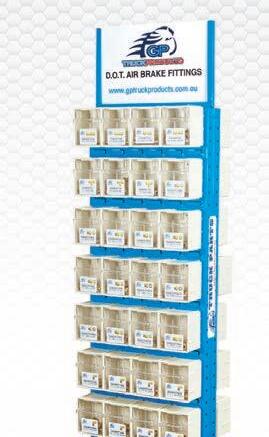
BRASS & STEEL FITTINGS
All brass fittings are designed to suit North American and European Truck & Trailer Air Brake systems.



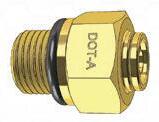




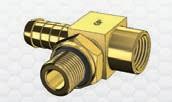



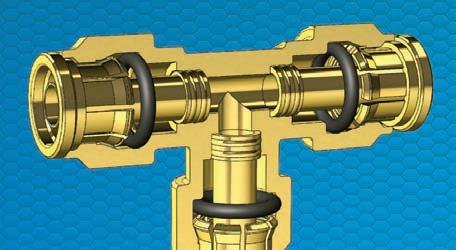





Glove Box Kit
Metric Tubing
Part# GPKT-6264-03

• Not keeping in a single lane
• Not maintaining a constant speed.
The NHVR urges owners and drivers seeking more information on fatigue management to visit the website at www.nhvr.gov.au/safetyaccreditation-compliance.
QUICKLY IDENTIFY & ACCESS YOUR FITTINGS!







FITTING MASTER
STORAGE SYSTEMS
Mobile Fitting Stand
Part# GPRK-DOT-068

Versatile mobile storage unit perfect for the workshop or shop floor.
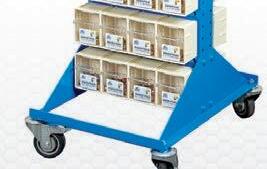
Fitting Cabinet
Part# GPFC-DOT-30








Lockable cabinet with perspex door.




The
Heavy
Regulator is ramping up its crackdown on work diary breaches following its June blitz at Marulan
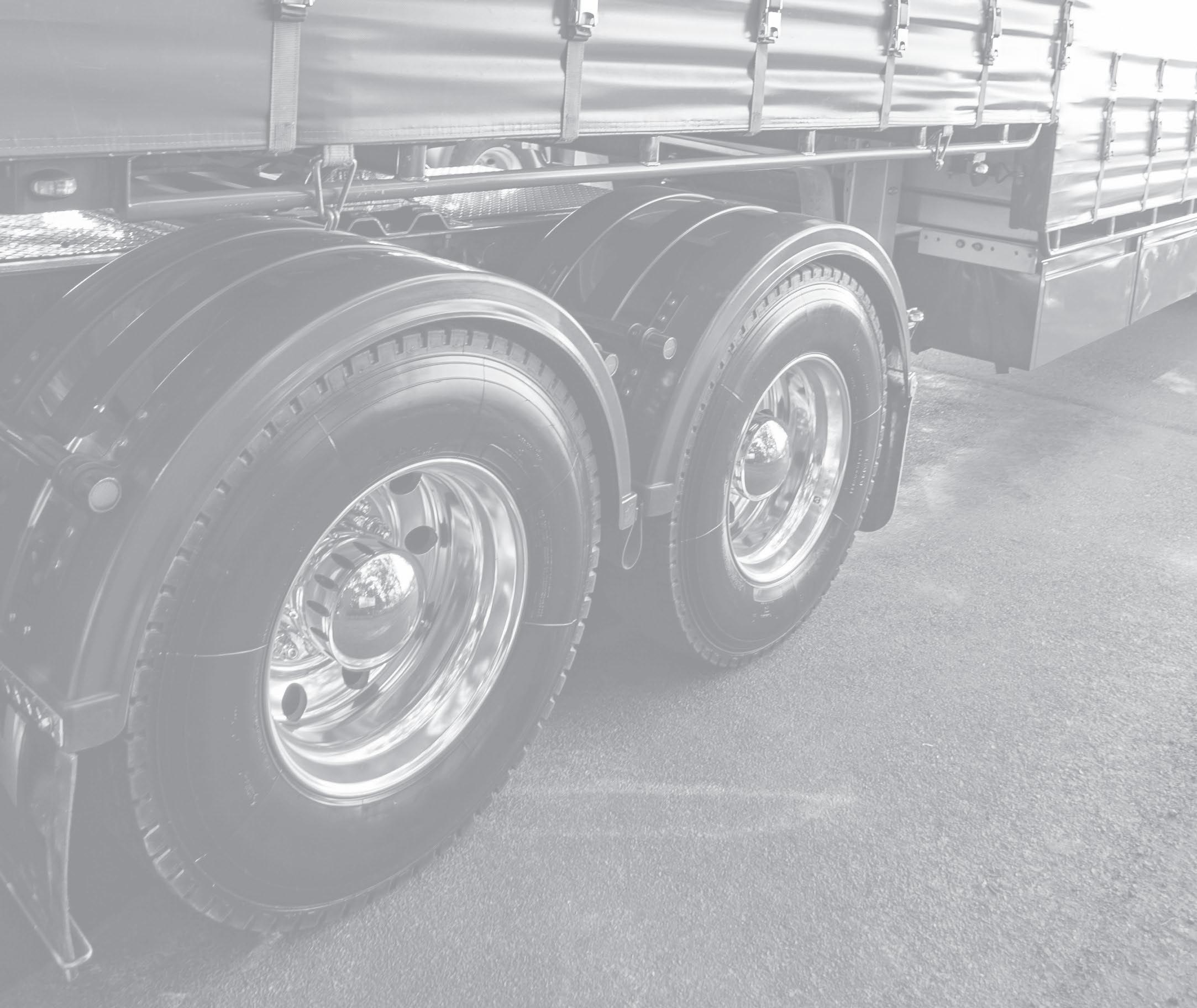
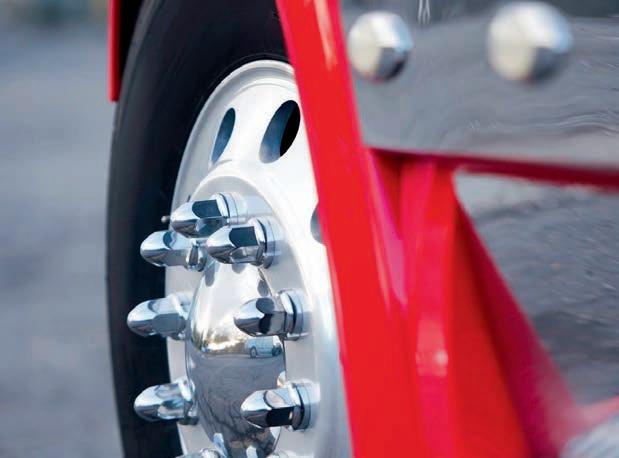
Hundreds of transport workers protested at Aldi stores around the country in June, demanding the company meet with the Transport Workers Union (TWU) and sign up to six principles to make their transport supply chain safer, fairer and more sustainable.

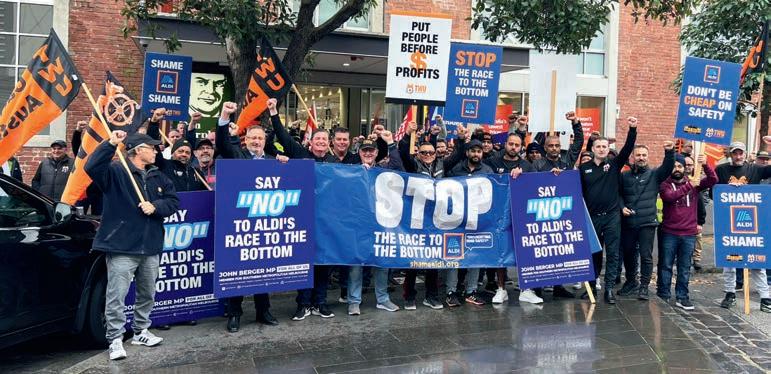
Protests took place in New South Wales, Victoria, Queensland, South Australia and Western Australia with workers committed to ramping up action without a commitment from the supermarket giant.
After 14 weeks, the retail giant has failed to respond to a claim served by transport workers calling on Aldi and 39 other major retailers,
manufacturers and agricultural companies to sign up to safe, fair supply chain principles. Several other supply chain clients have responded and met with the TWU to discuss the principles, but Aldi has remained silent.
Unlike Coles and Woolworths, the TWU says Aldi has previously refused to sign a charter with the union on supply chain accountability, and failed twice in the Federal Court to silence truck drivers speaking out on safety in Aldi’s supply chain.
The TWU says the crisis in transport has this year seen the collapse of Australia’s largest cold chain operator, Scott’s Refrigerated Logistics, as well
as Rivet Mining Services and gig start-up MilkRun.
The TWU points out that administrators said a key reason for Scott’s collapse was “uncommercial customer arrangements”.
“When wealthy clients profit off the back of razor-thin margins it puts deadly pressure on drivers and operators to meet unrealistic deadlines and cut corners in safety to stay in business,” the TWU says.
The union points to the fact that this year 108 people have died in truck crashes, 28 of them truck drivers. It adds that, in the last financial year, there have been close to 200 insolvencies in the trucking industry. The six principles of the claim are:
• Safety and fairness – accountability for safe, fair work throughout their supply chains
• Transparency – over transport contracts so no worker falls through the cracks
• Collective voice – ensuring transport
The Transport Workers Union, along with a delegation of truck drivers, rideshare drivers, food delivery riders, transport operators, employers and associations descended on Parliament House on June 21 to meet with parliamentarians and call for the passing of urgent transport reform, with 109 deaths on our roads from truck-related crashes this year.
The delegation included representatives Chris Roe and Gordon Mackinlay from the National Road Freighters Association (NRFA), who previously opposed the Road Safety Remuneration Tribunal in 2016 but now join the TWU and other organisations from around the industry in a united push for reform.
Other representatives included Australian Road Transport Industrial Organisation Secretary Peter Anderson, NatRoad CEO Warren Clarke, Tasmanian Transport Association executive director Michelle Harwood, NRFA member Julie Downey, Linfox president of industrial relations Laurie D’Apice, and workers from the TWU.
The TWU says decades of evidence has shown that financial pressures from cost-cutting in transport supply chains
squeeze operators and drivers and cause dangerous pressure to delay maintenance, meet unrealistic deadlines or stay on the road too long.
It says this year has seen the collapse of Scott’s Refrigerated, Rivet Mining Services and MilkRun in the face of incredible pressure from wealthy clients making extraordinary profits while squeezing transport contracts.
TWU national secretary Michael Kaine says the scale of the crisis in road transport has hastened unprecedented cooperation in the industry.
“It’s only halfway through the year but we’ve already surged past the dreadful milestone of 100 truck crash deaths on our roads. In the face of an industry that is spiralling towards breaking point, we now see unlikely allies from right across transport uniting to call for change –because we can’t afford not to.
“This crisis in transport affects the entire industry, from gig workers to owner drivers under pressure to drive longer and faster, to employers faced with cannibalistic, unfair competition.
“In 2016 when the RSRT was abolished, the gig economy barely existed. Now it is a deadly additional factor to the supply
chain pressures in this industry. Wealthy supply chain clients, who are reaping mammoth profits, continue relentlessly seeking a faster and cheaper way while others pay the cost,” Kaine says.
NRFA board member Gordon Mackinlay, who was a key voice against the RSRT in 2016, says it was ground-breaking for the industry to now be so united.
“Members of this industry have been at loggerheads for years, but we’ve all got the same vision for road transport, and we’re here today willing to fight together to make it happen and to get it right.
“When the Road Safety Remuneration Tribunal was torn down in 2016 the Federal Government put nothing in its place. If you had told me seven years ago that every part of the industry would be on the same page today calling for desperately-needed reform, I wouldn’t have believed you. But we’re together in this because the industry needs fixing, and we finally have a moment to achieve real change,” Mackinlay says.
“The scale of the unity in this industry is testimony to the crisis road transport is in. We need reform urgently for people to be able to stay in this industry.”
workers can speak out on pay and safety
• Education and consultation – on issues that impact workers’ pay and safety
• Lifting industry standards –eliminating financial incentives and pressures to take risks
• Disaster preparedness – equipping workers to safely navigate natural disasters, pandemics and other supply chain disruptions.
TWU assistant national secretary Nick McIntosh says companies like Aldi had to step up urgently and be accountable for safety in their supply chains.
“It is inexcusable that Aldi has consistently refused to act on lifting standards in its supply chain. The deadly pressure on drivers and operators is building every day, and workers will not accept silence from companies like Aldi who refuse to come to the table on safe supply chains.”
“When you’ve got wealthy clients like Aldi pushing drivers and operators to the brink, and gig giants like Amazon exploiting thousands on rock-bottom rates, it’s no wonder this industry is in crisis.
“For years, Aldi has not only ignored truck drivers speaking out on safety, but tried to take legal action against them for doing so. Workers have made it very clear today: Aldi and other behemoths must sign up to principles on decent and fair supply chains, and they must do so urgently before this industry reaches breaking point,” McIntosh says.
“Workers have committed to further protests and convoys to hold wealthy clients to account until they have a safe, fair and sustainable industry. They can’t afford not to. For them, it’s literally a matter of life or death, with every day that Aldi refuses to act another day truck drivers and operators are under deadly pressure.”
“The Albanese government has committed to introducing reform in transport to set fair, safe and sustainable standards through the Fair Work Commission. But Aldi can step in today to ensure that its supply chains are safe, and work towards reducing the crisis in transport instead of profiting from it.”
The National Road Transport Association (NatRoad) has greeted the appointment of Professor Allan Fels AO to head an inquiry into New South Wales’ unfair road tolls regimen.

CEO Warren Clark says the burden of tolls on the heavy vehicles industry had long been a vexed issue for his members.
He says the announcement on June 14 by NSW Road Minister John Graham that all options are on the table is great news for the industry.
“Tolls are a cost over which road transport operators have no control, and their burden has been increasing over the last five years.
“In 2021, we told a NSW Parliamentary inquiry about a Member whose annual toll bill







was $100,000.



“That company was paying more in tolls for a round trip between the Western Suburbs and the Northern Beaches that in driver wages for the journey.


“We look forward to Professor Fels lifting the lid on secret contracts and price increase mechanisms.







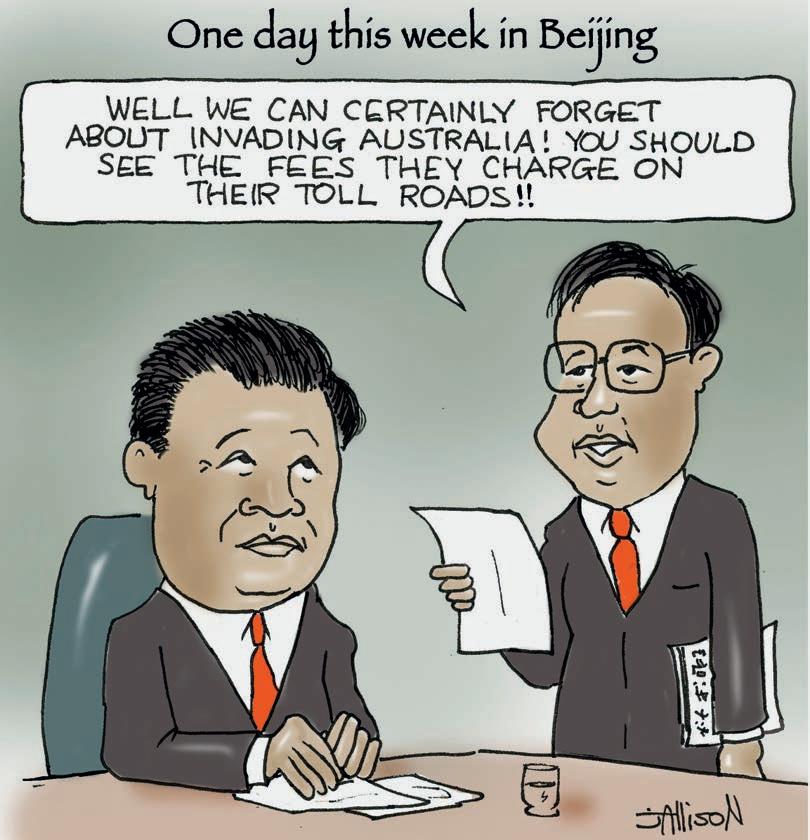
“We note that moving more road freight on toll roads at night is one thing that will be examined.”


Clark believes incentives that get more trucks off suburban streets and onto tollways have to be considered.
“Variable toll rates for off-peak journeys or discounts for multiple journeys are very practical ways of improving environmental, safety and congestion outcomes,” Clark says.
Road Freight NSW (RFNSW) has warned that a call for ‘large’ trucks to be banned from the Sydney Harbour tunnel would actually do more harm than good – impacting road safety, local supply chains and the wider NSW economy.
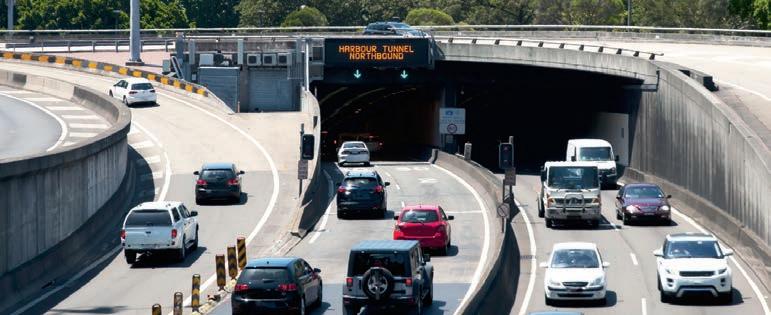
After a truck triggered sensors on the south-bound of the Warringah Freeway on the approach to the tunnel on June 6, the Business Sydney organisation said the Minns Government had ‘no choice’ than to ‘immediately ban large trucks of this kind from using the Sydney Harbour Tunnel’.
RFNSW chief executive officer, Simon O’Hara, described the comments as a ‘knee-jerk reaction’ which, if imposed, would have crippling impacts on the daily operations of RFNSW members, many of whom are small, family-owned trucking businesses already facing higher road-user
charges, workers compensation and wages.
“Given that we’re a member of Sydney Business, we’re disappointed that they would make such ill-conceived comments without reaching out to RFNSW and our members, asking that we work collaboratively on solutions around this issue of large trucks using tunnels across the Sydney metropolitan road network,” O’Hara says.
“We need to think about the implications of what Sydney Business is proposing – on safety, on small business, on our critical supply chains and the wider NSW economy. Sydney Business needs to explain: what type and size truck do they want banned? Would these trucks be stopped from using just the Sydney Harbour Tunnel, or would this policy also apply to other major roads, like the WestConnex
and NorthConnex motorways? And we also question if Sydney Business discussed their proposal with the operators of these motorways and the obvious loss of revenue they would suffer?
“RFNSW is extremely concerned that large performance trucks, particularly PBS-approved vehicles, would be removed from tunnel roads and be forced back on to suburban roads. This would pose a real safety risk to motorists on smaller, unsuitable roads and be in direct contravention of national and state safety standards and laws.
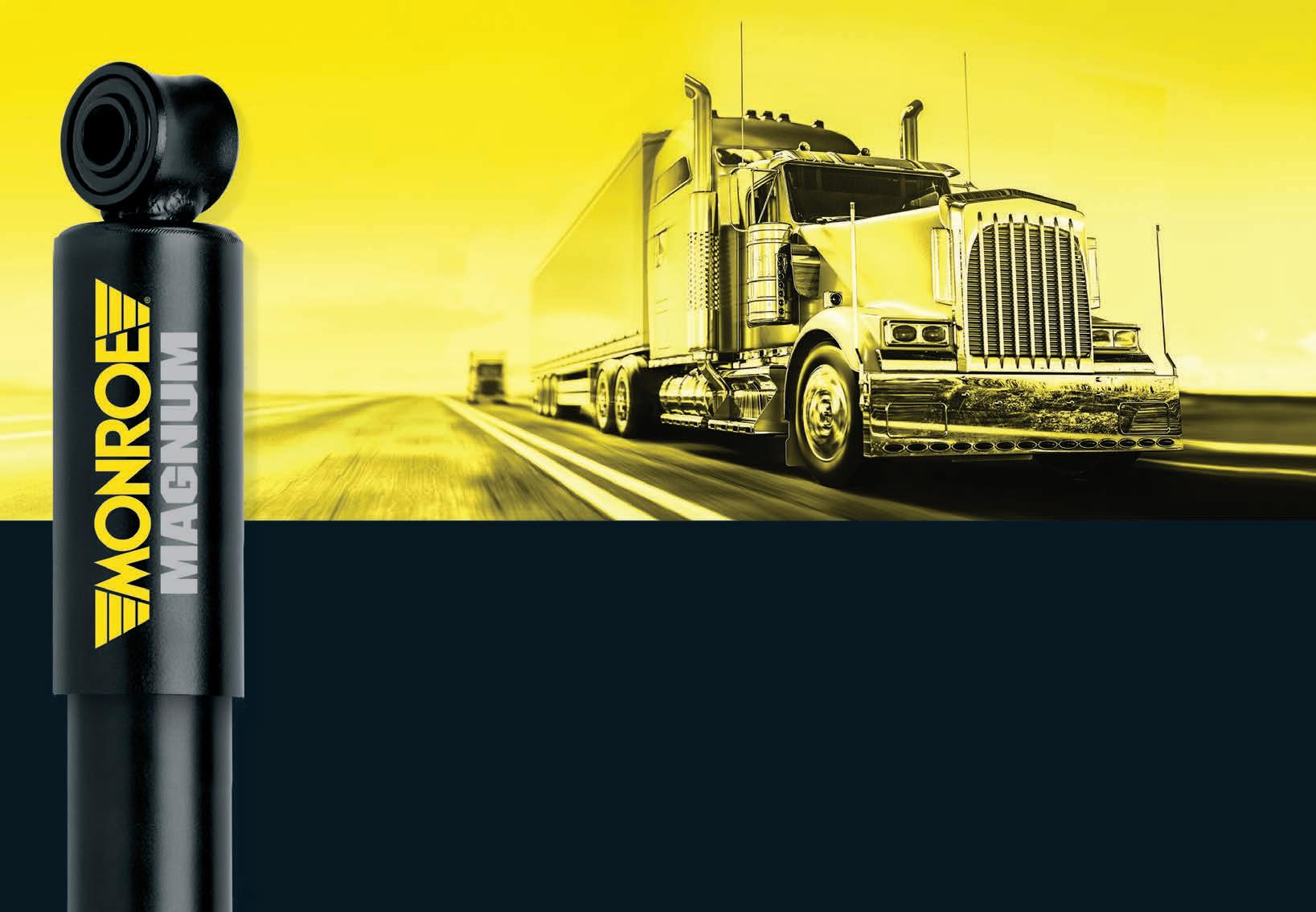
“As an industry, we’re still recovering from the COVID pandemic, which is why we cannot compromise
freight operations across NSW, by selectively banning some vehicles from our roads. Is the suggestion that trucks use suburban community roads and not use the infrastructure designed for heavy vehicles? If it is, then we are going to have more problems than an obstructed tunnel. We need to ensure best safety and economic outcomes for all motorists and the community.
“RFNSW believes we still require greater public awareness and education policies and technology to ensure that drivers are made aware of their responsibilities and are taking preventative actions and complying regulations, particularly those drivers coming from interstate or out of Sydney,” O’Hara says.
The National Heavy Vehicle Regulator’s (NHVR) discussion paper released on June 1, explores options for implementing the Safer Freight Vehicle (SFV) reforms, which are yet to be finalised at the Federal level.
The release of the paper means that the NHVR is seeking public comment on regulatory changes that have not yet been signed off by Ministers.
HVIA’s chief technical officer Adam Ritzinger called it an odd move that is likely to cause confusion within the industry.
“Naturally, there is enormous interest within our membership regarding these reforms,” Ritzinger says.
“Up until now, the big question has been when an announcement will be made by Ministers; in that sense, the release of the NHVR’s implementation plan has confusingly put the cart before the horse.
“Yet despite that, a greater concern is that the NHVR has considered implementation of wider
trailers, which needs further detailed impact assessment before any decision can be made.”

HVIA’s position on truck and trailer width has been clear since 2019, and strongly articulated to all levels of government:
• any changes to regulations must apply a ‘no disadvantage’ test for Australian industry
• current limits to truck width can restrict model availability and add costs to the industry – HVIA supports increasing truck width to 2.55 metres, with axle mass limit increases
• current limits to trailer width do not limit model availability, nor add cost to the industry, and are not a productivity impediment – therefore, HVIA does not support blanket increases to trailer width.
“In the past, HVIA has called for a RIS (regulatory impact statement) that segments the trailer market, and evaluates the impacts on a case-by-case basis,” Ritzinger adds.

“It is absolutely critical that the impact on the







competitiveness of the Australian industry and the retooling costs are adequately considered.”


Analysis of the detail of the proposed implementation plan further highlights the need for Government to hold off on increasing trailer width.
HVIA’s national policy and government relations manager Greg Forbes says the proportion of trucks with the safer freight vehicle (SFV) package fitted needs to be large enough before changes to trailer width will make sense.
“The model proposed by the NHVR would restrict wider trailers from being towed by vehicles which did not have the full suite of SFV features fitted.” Forbes says.
“This would cause basic interoperability issues for fleets with wider trailers; having a fleet of trucks with and without the safety features would be difficult to manage, in an operational sense.”
The paper also highlights the need to review and update previous industry-led advice regarding brake system interoperability but does not recognise the significant time and effort required.
“The current guide to braking stability and performance for heavy vehicle combinations was the result of several years of collaboration between six industry associations, and five brake equipment manufacturers and suppliers,” Ritzinger says.
“Updating that guide will take time, and it must be done correctly, as the industry relies on that advice to be able to operate safely.”
Forbes says HVIA has consistently pushed for a measured and thorough approach to the proposed changes to the Australian Design Rules.
“While changing truck width to 2.55m as soon as possible makes sense, there is a lot more work to be done before Government should even consider changing trailer width.”
$584 ea Engineered to be brighter and bolder, the MK2 range of Ultima LED High Powered Driving Lights produce a mind-blowing 30% more light with a 20% longer beam than the first generation. An improved Colour Rendering Index offers natural light colour and improved visibility.






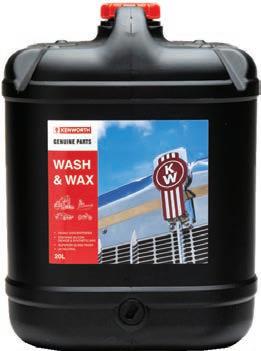
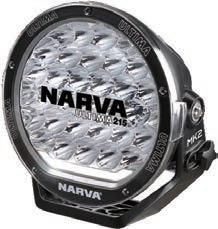
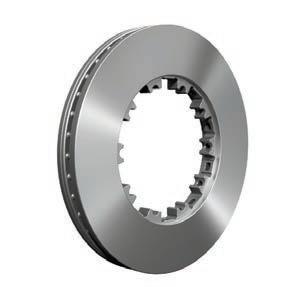
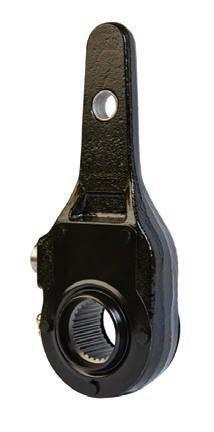
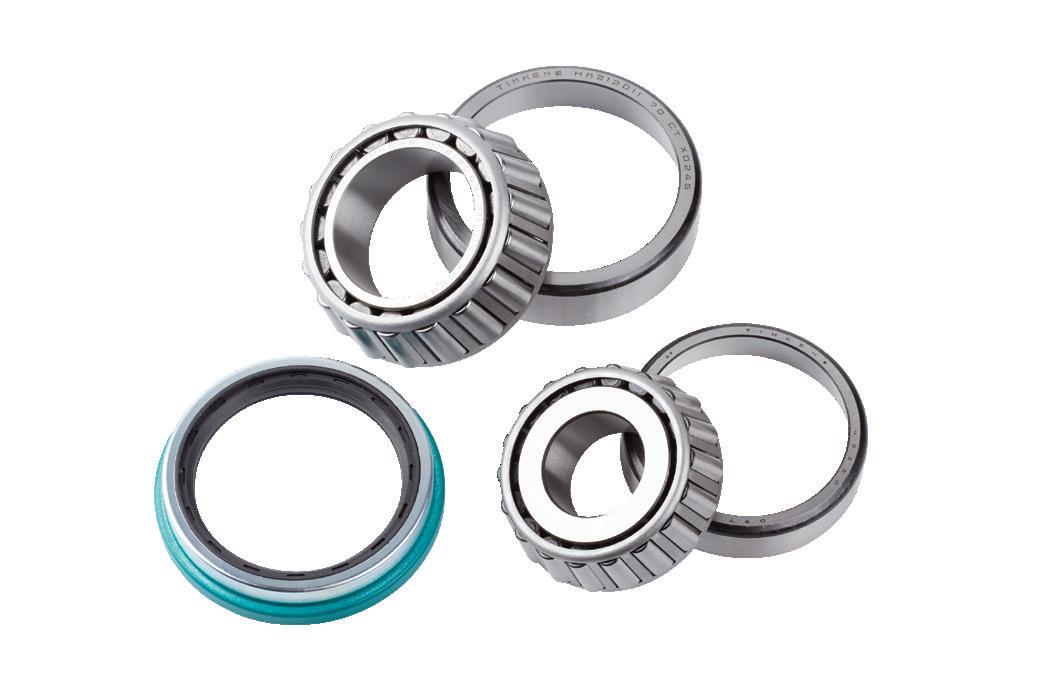






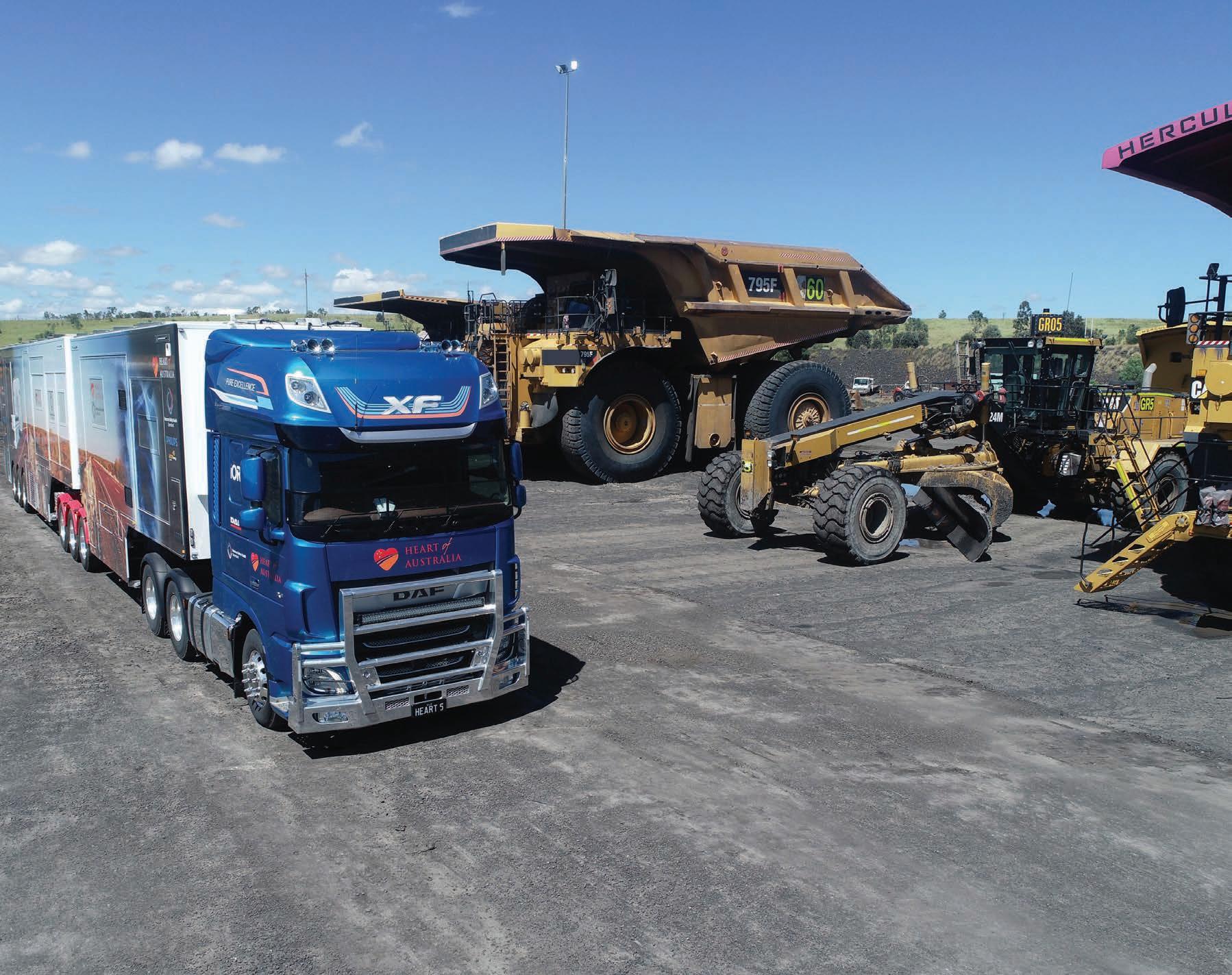




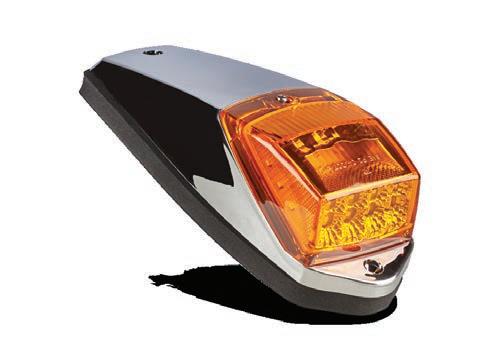


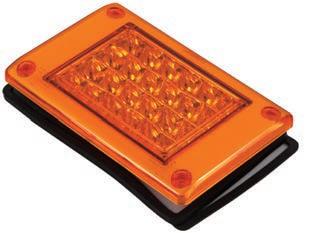
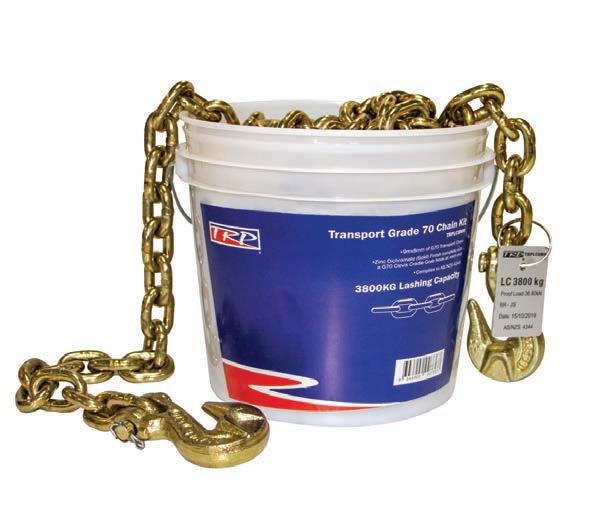


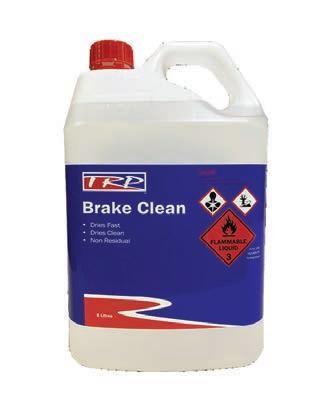

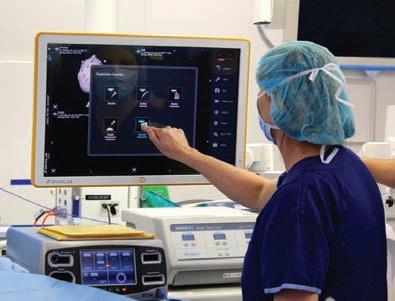





If attendance numbers are anything to go by, the 2023 Brisbane Truck Show was the most successful in the event’s 55-year history, with more than 42,000 people filing through the doors of the Brisbane Convention and Exhibition Centre over the show’s four days.

But Brisbane ’23 will be memorable for much more than just the record number of bodies walking through the doors. It was, in fact, an event which cut a stark line in the sand for the Australian road transport industry, marking that point where the technology and trends decreed by a rapidly changing, climate conscious world were showcased across a wide front, forging the reality of an inescapable revolution in motive power.
With few exceptions, however, Australia has to date been somewhat remote from the hard physical evidence of advances in zero emissions technology relevant to trucks, particularly heavy trucks. For the
most part, and not least in this publication, media reports and images from overseas have provided the great majority of information and insight on developments by the world’s big players. But not now. Brisbane ’23 brought the hard metal of modern technology to town, not in dribs and drabs, but in a deluge of the latest developments and equipment from around the globe.
Sure, there’s still a raft of unanswered questions about which technology or blend of technologies will rise to commercial and operational prominence in years to come, both overseas and locally. Not to be underestimated either, many old hands will struggle to comprehend and cope with this new wave of technological wizardry. Likewise, a multitude of major changes to legislation and infrastructure will be required to make many of these current and emerging technologies commercially viable and operationally practical for the Australian market.
Equally though, there’s no escaping the fact that electric trucks, trucks equipped with hydrogen fuel cells, and others fuelled with biofuels of one sort or another – hydro-treated vegetable oil (HVO), for instance – are decidedly more than just a possibility or corporate pipedream. Indeed, these technologies are now part of an entirely real and rampaging pursuit by the biggest commercial vehicle producers in the world, with no greater indicator of their ongoing progress than the fantastic sums being dedicated to the research and development of alternatives to fossil fuels.
But as Brisbane ’23 also showed, diesel diehards need not despair. At least, not yet, and probably not for many, many years to come. While significant sectors at the lighter, local delivery end of the freight business are suited to the deployment of battery electric and hybrid electric trucks, the heavy end is an entirely different ballgame with substantial
We were first to break news of a bold new DAF being developed specifically for the Australian and New Zealand markets and Brisbane ’23 proved our reports were right on the money with the first appearance of the stunningly equipped DAF XG+.
Never before has a DAF model attracted so much interest from an Australian audience, with crowds flocking for a first look at the truck which will be launched in the first half of 2024, sporting an entirely new Cummins engine dispensing up to 660hp and 3200Nm (2360lb-ft) of torque.
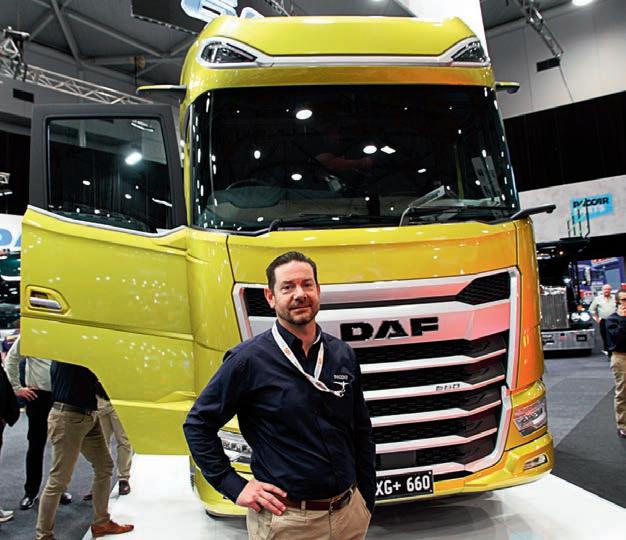
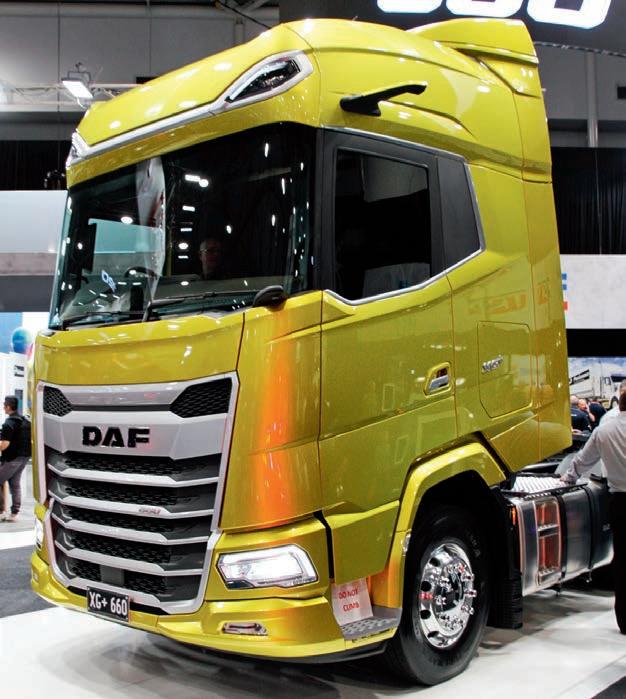
For new Paccar Australia managing director Damian Smethurst (pictured above), reaction to the DAF flagship was almost certainly a sign of good things to come for the Dutch truck. It will, however, be more than a tad interesting to see how the new DAF impacts on the seemingly ageless acceptance of Kenworth’s classic K-series, led by the latest K220 version which spearheaded a typically popular Kenworth display.
Notably though, Paccar wasn’t to be outdone in the quest for zero emissions, showcasing a medium-duty DAF electric model and most intriguing of all, a fully imported Kenworth T680 prototype fuel cell electric vehicle. One of 10 prototypes built in the US, the fuel cell truck forms the centre of Deakin University’s Hycel hydrogen program, working with Paccar Australia to develop zero emissions trucks for our heavy-duty market.
changes to regulatory limits – specifically an increase in front axle weights – needed to be made before Australia’s leading brands can even hope to capitalise from the commercial application of heavy-duty zero emission electric models.
Then, too, there’s the issue of price shock. Already, with a price tag several times greater than an equivalent diesel model, the cost of battery electric trucks is causing prospective purchasers to seriously question the payback period of a move into alternative power sources.
Subsequently, in the heavy end of the road freight business and notably the linehaul prime mover sector, diesel will continue to be the mainstay of moving freight across the country for the next decade and most likely, well beyond. Which means, of course, that research into ever more efficient diesel powertrains is far from finished. Not by a long shot, as several leading exhibitors in Brisbane revealed.
Convened and organised by Heavy Vehicle Industry Australia (HVIA), the biennial Brisbane Truck Show has not only evolved to be the most spectacular and successful trucking event in the Southern Hemisphere, but now stands tall among the most professional and respected exhibitions of trucking hardware around the world.
Despite COVID and a decision by many brands to forego the 2021 event, truck and trailer makers and a multitude of component and equipment suppliers returned in 2023 with top-shelf displays, obviously determined to capitalise on Australia’s booming road freight industry.


Notable by its absence, however, was Scania. It seemed a strange decision by the Swedish brand given that it is enjoying record sales on the back of the best model range in its long Australian history. Also strange was the HVIA’s attitude to the media this year, making it difficult to enter the show
early for photography before crowds arrived and likewise, making the usual media walk-around an awkward and largely ineffective exercise. Not good, and hardly encouraging to a media contingent keen to provide extensive coverage of the industry’s stellar event.
Nonetheless, the simple fact is that Australian road transport is like nowhere else on Earth and every two years Brisbane showcases the trucking industry’s resilience, initiative and most notably, the trucks and equipment that keep the wheels of the Australian economy turning.
It may sound like a hackneyed cliché, but the demands of Australian trucking are hard wired to a country of vast distances and vital necessities, and nowhere in this wide brown land are the hardware, initiatives and passion of this industry better portrayed or appreciated than the Brisbane Truck Show.
Never let it be said that Daimler Truck takes a back seat to anyone in stating its hi-tech credentials. For starters, and with more than a little justification, Daimler Truck’s local leader Daniel Whitehead (pictured left) was openly peeved with Kenworth’s K220 being awarded a contentious ‘Truck of the Year’ gong. Criteria for the award apparently included high levels of safety but as Whitehead and almost everyone else knows, safety packages remain a costly option at Kenworth whereas Daimler is one of many major brands oozing world class safety systems as standard equipment.
Demonstrating the point perhaps, a Freightliner Cascadia 126 Road Train with a 60-inch sleeper was an impressive highlight of the brand’s presentation in Brisbane, complete with a factory-developed bullbar said to ‘protect the truck without affecting operation of the front radar unit that forms part of the Detroit Assurance active safety pack.’
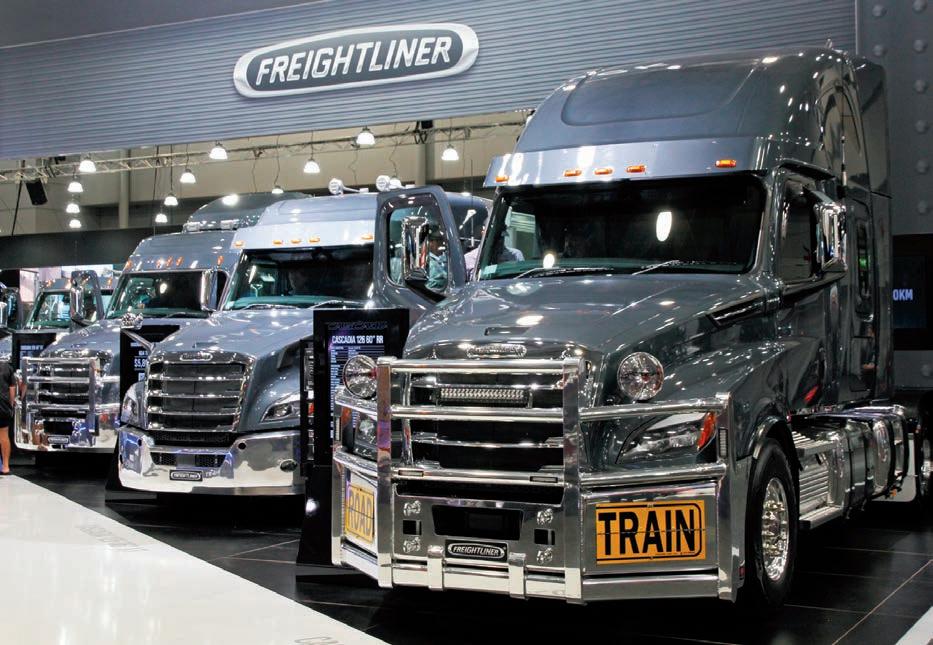
Notably, Freightliner Cascadia also remains the only conventional truck in Australia with a driver’s airbag.
But the big news was Daimler’s ongoing charge with electric trucks, topped by the first Australian appearance of the all-electric Mercedes-Benz eActros and its waste specialist sibling, the eEconic.
Both models will soon undergo local trials in Australia and New Zealand, with up to five eActros units focussing on heavy-duty shorthaul distribution roles and a batch of eEconics essentially operating in municipal workloads.
As for the diesel Actros, Mercedes-Benz is set to introduce the next generation of its OM471 13 litre engine, with claims of a four per cent improvement in fuel economy over the current version.
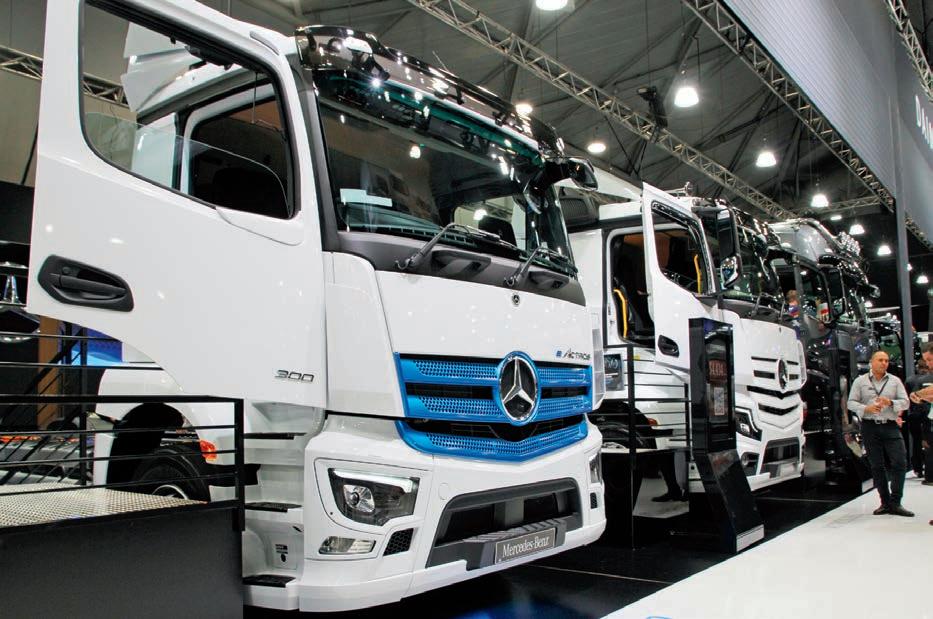
Another highlight from Daimler was the first Australian appearance of Fuso’s next generation eCanter which, among other things, offers more wheelbases, more weight ratings, a choice of narrow or wide cab options, and an electric power take-off to broaden eCanter’s operational potential for tippers, cranes or fridge work.
Most appealing of all perhaps, this new generation of eCanter also features an electric axle to significantly boost efficiency while reducing weight and energy losses.
It’s also worth noting, as Daniel Whitehead pointed out, that electric trucks are nothing new to Daimler, with this Brisbane Truck Show being the third in succession for the Fuso eCanter.

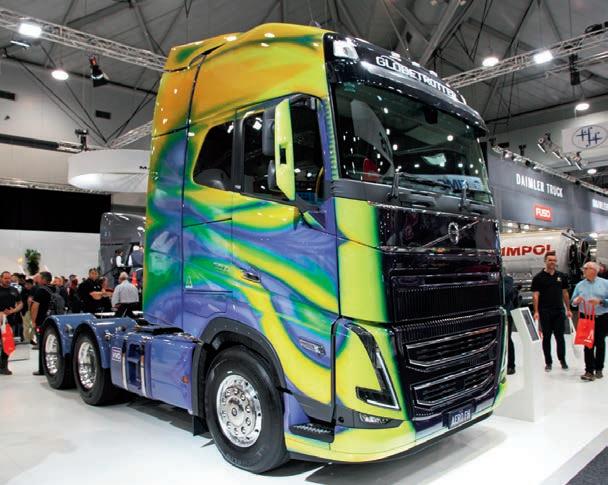


Volvo Group Australia (VGA) brought its big guns out for this year’s Brisbane show including the world head of Volvo Truck, Roger Alm. A committed and convincing advocate for zero emission trucks, Alm’s visit marked the Australian debut of Volvo’s heavy-duty FM Electric and FH Electric trucks.
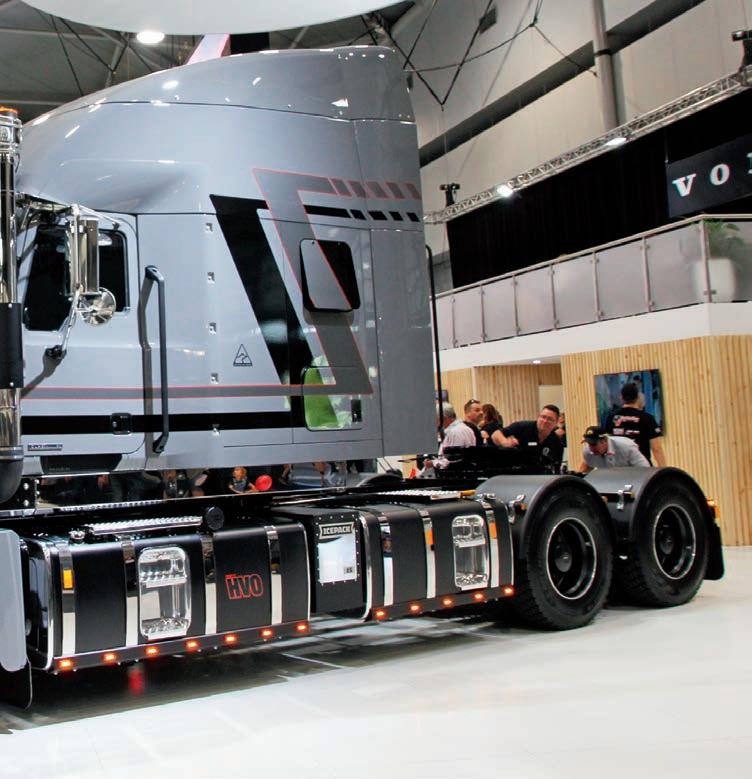

Granted, there will need to be regulatory concessions in front axle weights for Volvo’s electric prime movers to make a sizeable impact on sales but the ball is definitely rolling, with VGA boss Martin Merrick captured here making a strong case for electric trucks during an interview on prime time television.
Alongside the electric showpiece, however, was what VGA described as an ‘aerodynamically focussed’ FH16 XXL flagship, sporting stunning paintwork and a 550hp Euro 6 version of the burly D16 engine running into an overdrive transmission and tall rear axle ratio to enhance fuel efficiency. Interestingly, and like all non-electric trucks on VGA’s superb stand, the big bore Swede was fuelled by HVO, or hydro-treated vegetable oil biofuel.
Yet while Volvo was the obvious centrepiece, corporate companions Mack and UD weren’t without worthy attractions. In Mack’s case, the bulldog brand is celebrating 60 years of manufacturing in Australia and topped its display with a roadtrain-rated Super-Liner featuring a fully integrated, walk-through 70 inch sleeper. According to Mack, however, first of the sprawling sleepers won’t be delivered to customers until late next year.
Meantime, on the other side of the stand, UD’s celebration of half a century on the Australian market is accompanied by booming demand and a model line-up now offering a long 6.4 metre wheelbase on the popular Quon eight-wheeler. Additionally, an extensive safety package has been further enhanced with a number of updates while in versions with the 360hp 8.0 litre engine such as the agitator model shown here, Quon is available with either an Allison automatic or UD’s Escot (I-shift) automated shifter.
Whatever the box though, there’s no doubt UD is on a roll like never before.
Executives within entrenched market leader Isuzu Australia couldn’t hide their delight at being able to showcase the brand’s first battery electric truck.


By any measure, the electric truck’s appearance at the Brisbane show direct from Isuzu Japan was something of a coup for the local operation. Known as N-series EV, the light-duty battery electric is based on the all-new light and medium-duty platform launched in Japan just a month or so before the Brisbane Truck Show.
While this next generation of N-series models isn’t expected to hit the Australian market until late 2024 or early 2025, a spokesperson for Isuzu Australia said the EV version will undertake shorthaul customer trials “in the last quarter of this year.” Critically, the N-series EV will be made available with a number of recharging solutions catering for AC single phase, AC three-phase and DC rapid charging systems.
Yet while there was no shortage of interest in Isuzu’s first electric truck, a true star of Isuzu’s business remains its supremely popular Ready-For-Work range typified by the dual cab tray-bodied model shown here.
Behind the scenes though, there remains the inevitable question about when or if Isuzu Australia will be finally able to offer a genuine prime mover model. Yet, with or without a prime mover, it’s hard to see anyone toppling Isuzu from its market-leading mantle.

Just as it did at the massive Hanover Truck Show in Germany last year, Cummins made a big show of its highly innovative ‘Next Generation Fuel Agnostic Platform’, with different cylinder heads for different fuels – N for natural gas, H for hydrogen and obviously, D for diesel.
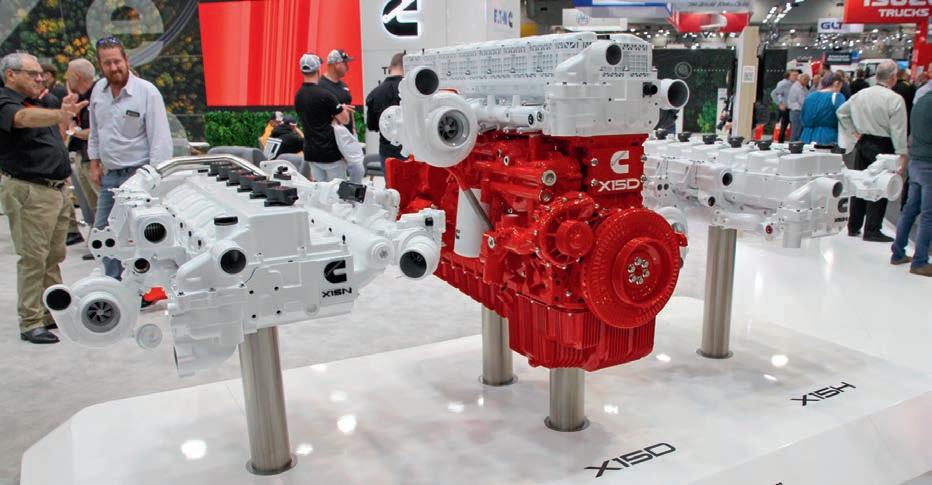
Right now though, it’s the X15D version set to make a major impact on the Australian market, specifically because it is the muscle under DAF’s upcoming XG+ flagship which had such a powerful presence at the Brisbane show. Under DAF, however, the engine is painted black. Go figure!
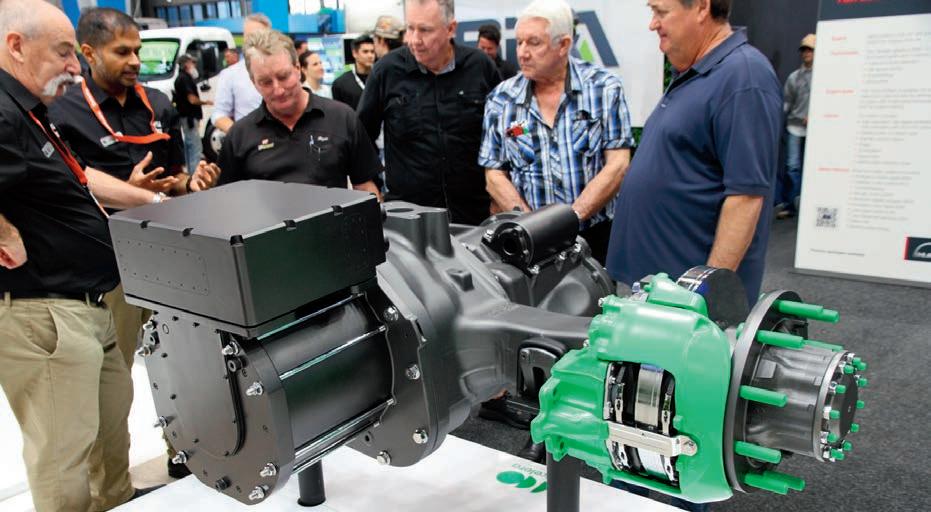
We were first to reveal details and images of the new engine in a Kenworth K200 installation earlier this year and since then, more details have come to light. According to our sources, the 14.5 litre X15D is based on Cummins’s patented ladder frame cylinder block design, scales at an incredibly trim dry weight of 1098kg, uses a single overhead cam and rear gear train, and from bore and stroke dimensions of 135mm and 169mm respectively, develops up to 660hp at 1800rpm and 3200Nm (2360lb-ft) of torque from 900 to 1400rpm.
In the DAF XG installation, it’s believed X15D power outputs will range from 580 to 660hp.
Importantly, there’s no EGR input, with Cummins citing a high efficiency waste gate turbo using an exhaust throttle valve (ETV) for thermal efficiency. Predictably perhaps, fuel management comes from the ultra-high pressure Cummins XPI fuel system while other features include an integrated engine brake, oil drain intervals up to 100,000km, and what Cummins describes as its U-Module integrated after-treatment system.
Like we said at the start of this report, diesel is far from dead but as the nearby Accelera stand highlighted, Cummins is also committed to a radically different world of zero emission technologies.
Launched in the US early this year, Accelera is the brand name for Cummins’ new power business segment, describing itself as an energy technology specialist with a diverse portfolio of zero emissions solutions. Prominent among those solutions is e-axle technology showcased in Brisbane by the 17Xe electric drive axle for heavy-duty applications, said to deliver up to 430kW of continuous power.
From any angle its obvious Cummins has a firm foot in the trucking worlds of today and tomorrow.
Flagship of the Iveco range, the new S-Way marks the brand’s move from local assembly at the historic Dandenong (Vic) truck plant to a fully imported operation, and Iveco Australia managing director Michael May was obviously intent on making S-Way’s first public appearance something special.

There’s a lot hinging on S-Way’s acceptance. The heavy-duty sector hasn’t been particularly bountiful for Iveco in recent years but with bold new styling and a raft of improvements over its X-Way predecessor, there’s plenty of confidence in the camp that S-Way can bolster business despite a congested and fiercely competitive market.
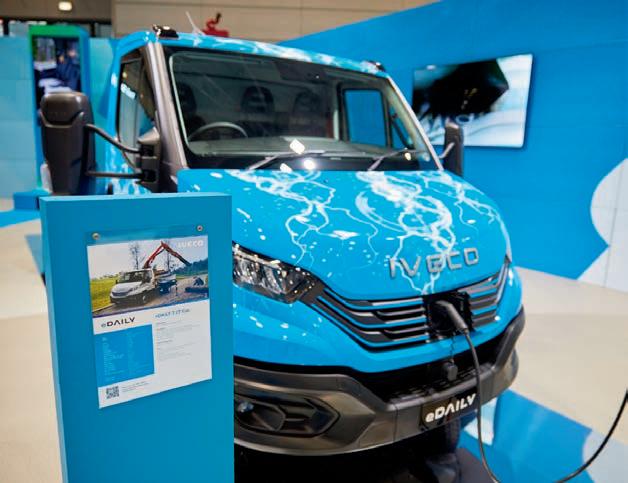
S-Way, however, wasn’t Iveco’s only newcomer. Replacing the previous Trakker series, the new T-Way is an off-road specialist with a similar powertrain to its highway sibling but obviously, far more focus on deep gearing and ground clearance.
Still, a surprising absentee from Iveco’s display was a fully revamped ACCO, based on Iveco’s latest cab and running gear, and apparently undergoing final trials before an official release, complete with a locally engineered dual control version for refuse work.
There was, however, no surprise at the appearance of an electric Daily, one of several eDaily models undergoing local testing before being eventually rolled out to the market. In this emissions conscious era, there’s little doubt the introduction of a battery electric eDaily will only add to the model’s broad appeal.
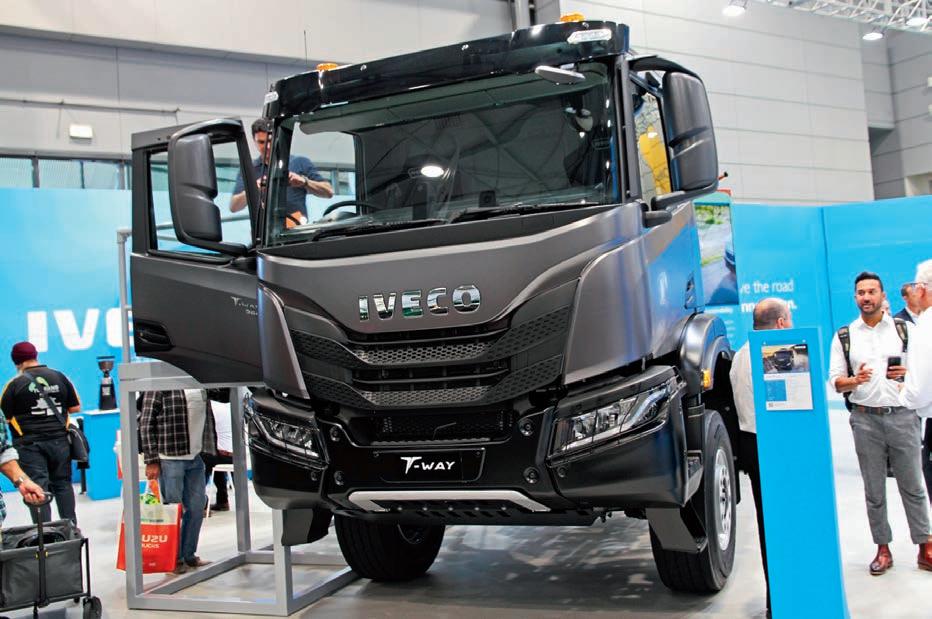
With the obvious aim of giving the light-duty market an alternative to fully electric trucks, Hino’s headline act at the Brisbane Truck Show was its Hybrid Electric 300-series model.
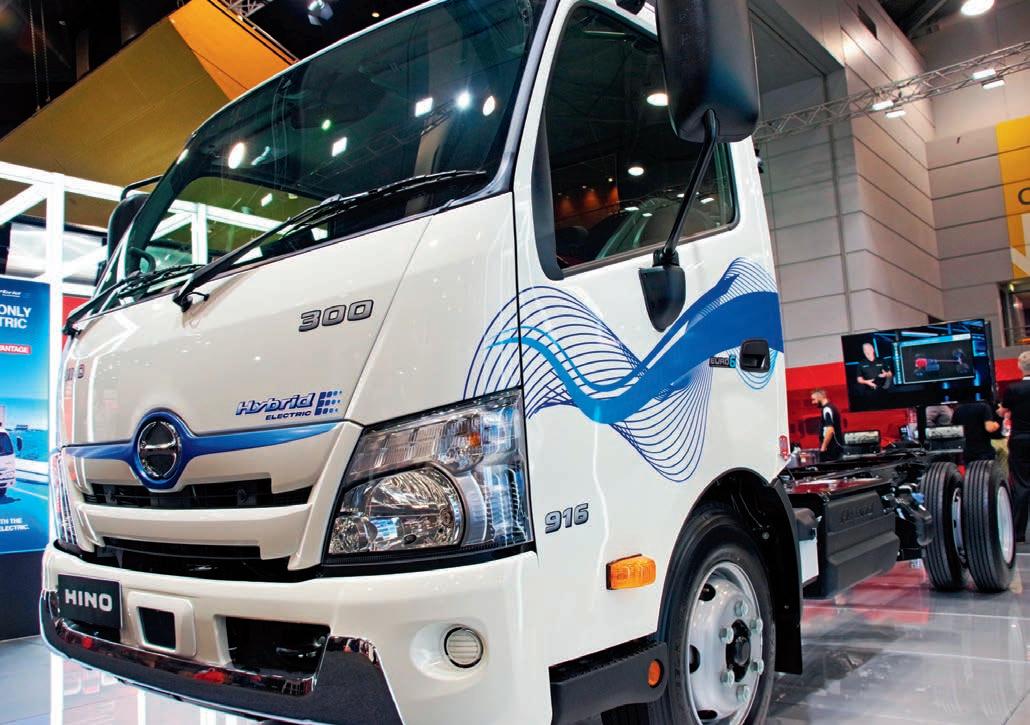
The Hino Hybrid has been around for many years but as Richard Emery, Hino Australia’s vice-president of brand and franchise development (pictured above) said at the show, “The Hybrid Electric light-duty truck has moved from a niche offering 15 years ago to a genuine purchase option for many fleets as it is the only Hybrid Electric product available in the market.

“It provides operators with a unique combination of lower operational costs, fuel savings, and emission reductions, while also meeting Euro 6 emissions compliance.”
What’s more, Hino says customers will soon have even more choice with the Hybrid Electric expanding to include a range of new alloy tray and popular TradeAce models, available in Hino dealerships from July 2023.
Their sales volumes still remain slim but when it came to attracting people to the Penske stand, the latest MAN and Western Star models certainly had plenty of pulling power. Heaps, in fact.
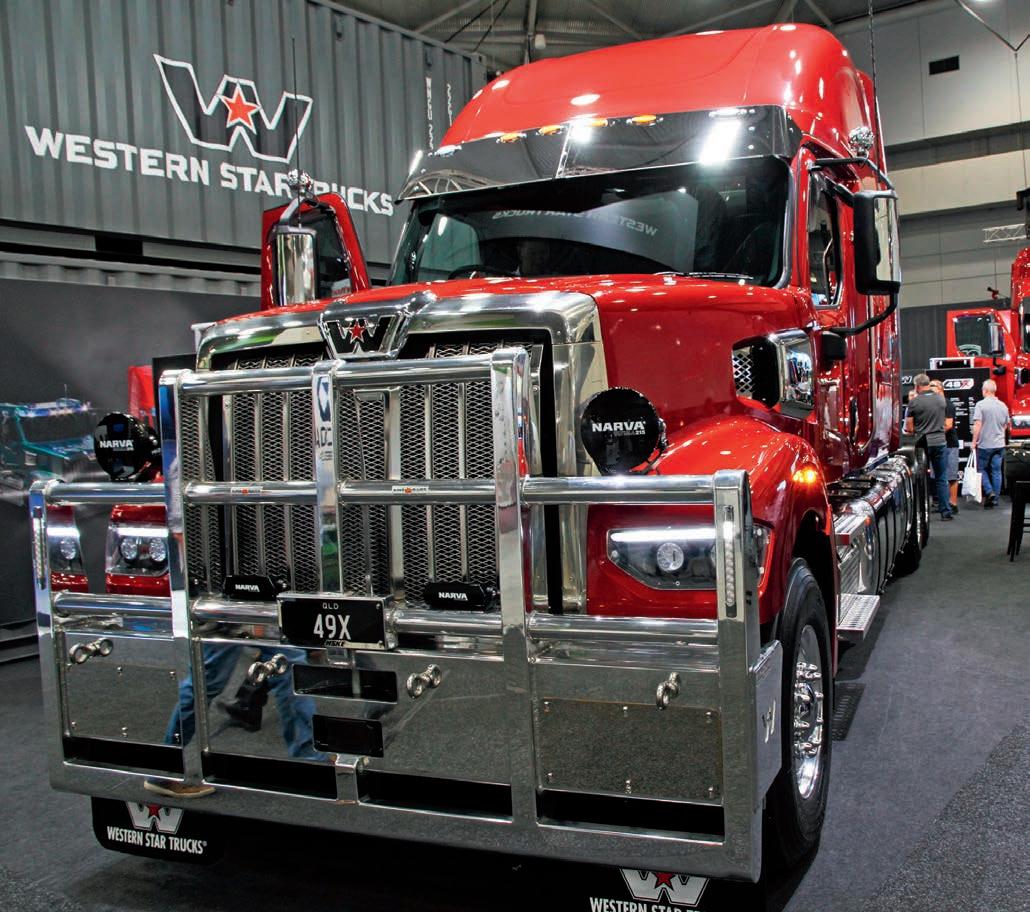
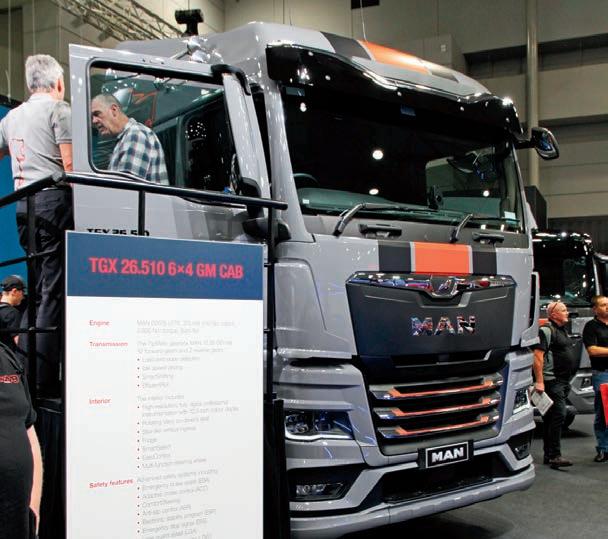

For MAN, there was definitely no shortage of interest in the TGX 26.510 model. It’s not the flagship of MAN’s new truck generation but like its big brother, the 26.510 sports an extremely comfortable and well-equipped cab while underneath there’s the responsive performance of MAN’s D26 13 litre six cylinder engine with peak outputs of 510hp and 2600Nm (1920lb-ft) of torque dispensed through the slick TipMatic 12-speed automated box.
According to some Penske insiders, the 26.510 is arguably the most versatile model in the MAN range; an assertion we’re keen to assess in the near future.
Meantime, Brisbane ’23 was the first public outing for the much mentioned and broadly acclaimed Western Star X-series. The two stand-out attractions were the flagship 49X model and the Western Star with probably more potential for the Australian market than any other, the 48X.
With a short bumper to back-of-cab dimension yet the design to fit and cool the brawn of Detroit’s 600hp DD16 engine, the 48X was built specifically for the Australian market and has no direct equivalent in North America. Not surprisingly, it was a star attraction at Brisbane, in every sense.
With so much attention now focussing on battery electric trucks, it was no surprise to see homegrown SEA Electric models make a significant stand in Brisbane.
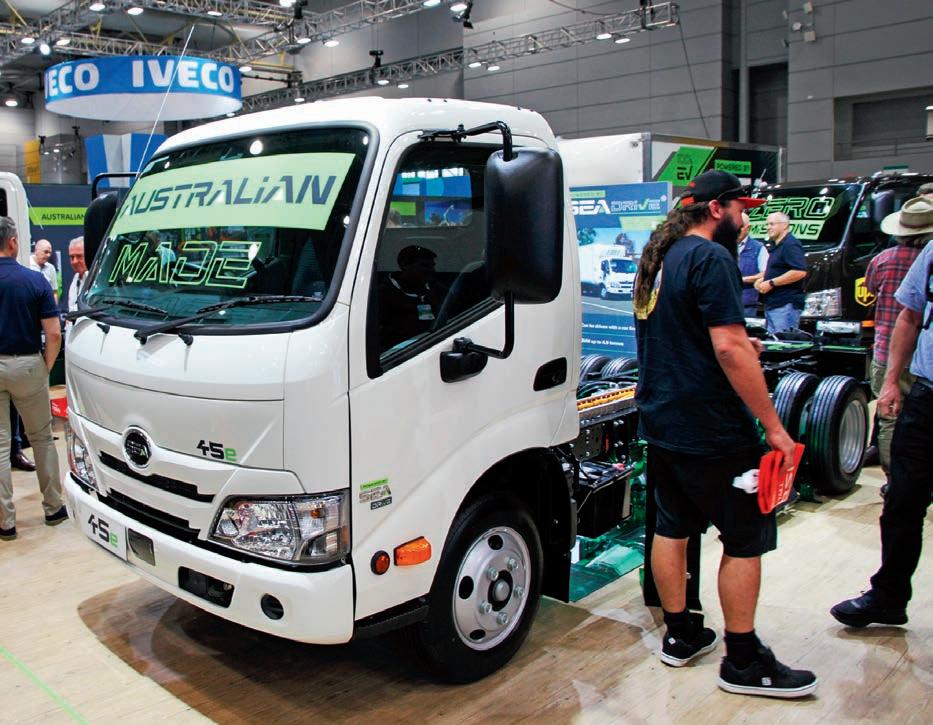
Yet along with boasting the brand’s zero emission credentials, SEA Electric’s Australian-produced range of light and medium-duty trucks now comes standard with the SEA Driver Assistance System of advanced safety systems.
As the company states, ‘The all-encompassing array of features includes active systems and passive design features such as Vehicle Stability Control, Automatic Emergency Braking, Pedestrian Detection, Lane Departure Warning, Traction Control, an Anti-lock Braking System (ABS), dual SRS airbags and dual SRS seatbelt pre-tensioners.’
There’s was no doubt that transmission specialist and Cummins partner Eaton would showcase its new Endurant 18-speed automated transmission at the Brisbane show, but the appearance of a four-speed automated box specifically designed for electric vehicles caught some by surprise, including this someone.

While said to be based on the architecture of a typical automated manual transmission and with torque capacity up 1200Nm (885lb-ft), it is designed primarily for light and medium-duty trucks with gross vehicle weight ratings up to 18 tonnes.
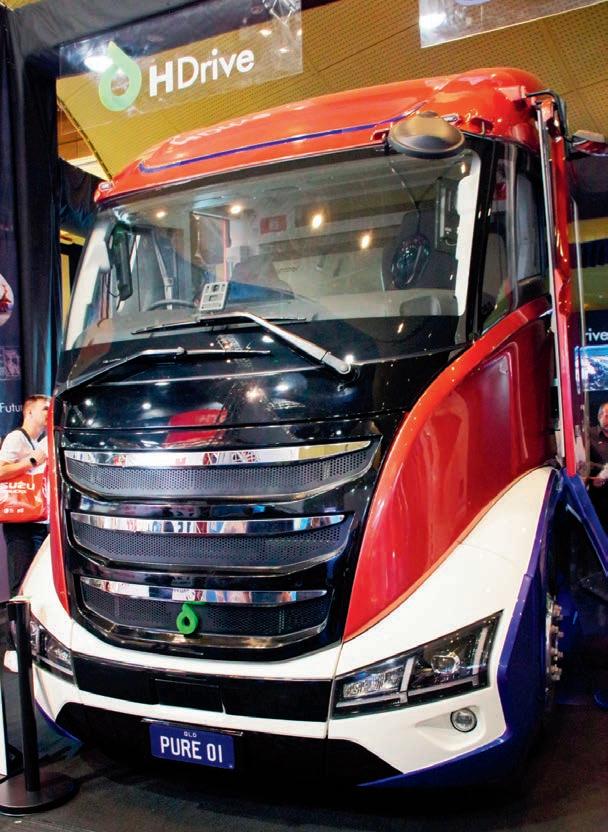
Lightweight, compact and using a direct-drive top gear, overall length is just 420mm and with an aluminium case and helical gearing, it scales in at a modest 109kg.
There’s almost always something especially unique at the Brisbane Truck Show and this year it was the launch of Pure Hydrogen’s HD49T (HDrive) hydrogen fuel cell prime mover. In its preview of the truck, Pure Hydrogen concedes it’s not the first hydrogen fuel cell electric vehicle on the market but it will, the company claims, be the catalyst for future long-haul trucking across Australia.
Pure Hydrogen, listed on the Australian Stock Exchange, says it has already leased the prime mover to PepsiCo Australia, operating out of Brisbane as a back-to-base truck taking product from factory to distribution centre on a daily basis.
The company believes it will be a stepping-stone to help PepsiCo decarbonise and further states it is taking orders from new customers.
Strangely perhaps, the company invited Shadow Minister for Infrastructure, Transport and Regional Development, Senator Bridget McKenzie (pictured above), to unveil the truck at the show. Strange because Senator McKenzie (she of so-called ‘sports rort’ fame) is a member of the National Party which hasn’t been a particularly strong believer in the effects of climate change. What a difference a trip to the Opposition benches makes.
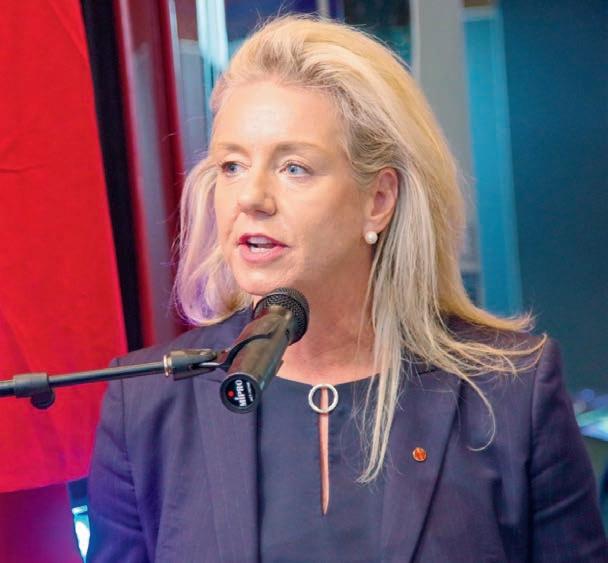
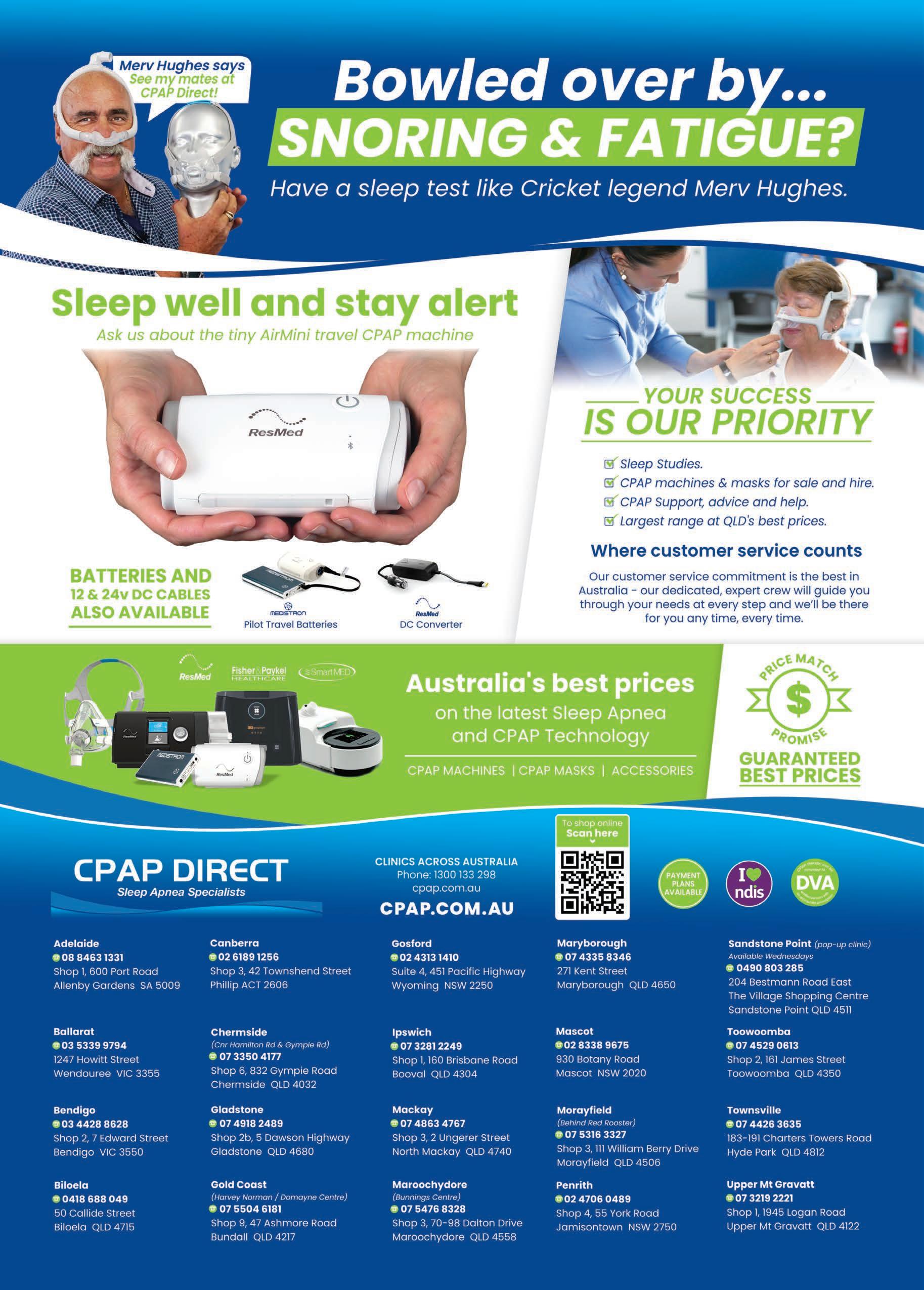
It may not be a big seller on the Australian light and medium-duty truck markets but Korean maker Hyundai is a giant in the electric car business, so it was no surprise to see the brand use the Brisbane show for the promotion of its Mighty Electric light-duty model.
On the adjacent stand, Chinese maker Foton was also talking up its electric truck credentials but unless we’re missing something, Foton has yet to record a sale of any description on the Australian truck market this year.


Still, it would be a naïve individual who would discount the long-term plans of both brands in the light-duty electric truck business.
Front and centre on the stand of German giant ZF was its slick TraXon automated transmission coupled to the incredibly effective Intarder hydraulic retarder.

As the term implies, Intarder is essentially a retarder integrated with the transmission and in TraXon’s case, the effect on auxiliary braking is remarkable.
According to ZF, for instance, the multi-stage retarder is capable of handling as much as 90 per cent of all braking function and therefore, vastly reduces brake wear and significantly enhances safety.
Meantime, we hear TraXon will be the transmission coupled to Cummins’ new X15D engine in the much anticipated DAF XG model.
We’re running this photo of Simon and Jamie McMahon’s stunning Kenworth T909 A-double combination for no other reason than to show appreciation for the spectacular passion and dedication of this proud family company from Kingaroy in Queensland.
It reflects, of course, their incredible support for the Melbourne Storm rugby league team but in so many other ways, it’s a presentation that captures the heart and soul of Australian trucking and for that matter, what truck shows are all about.
Top job guys! It’s just a shame you’re not Parramatta or Souths supporters.
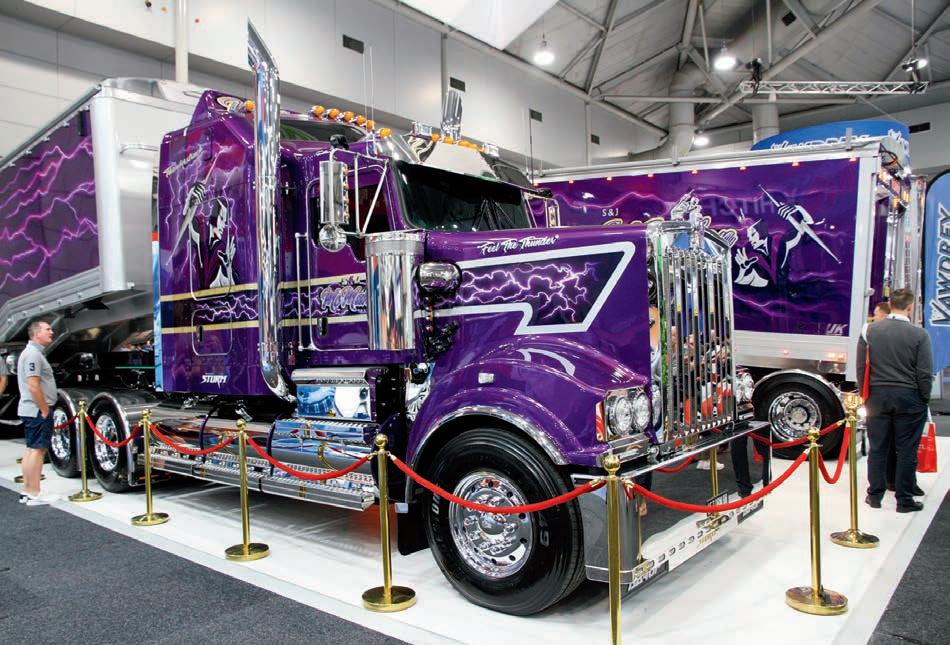
Ph:

Fax:
Fax:
davids@gibbsparts.com

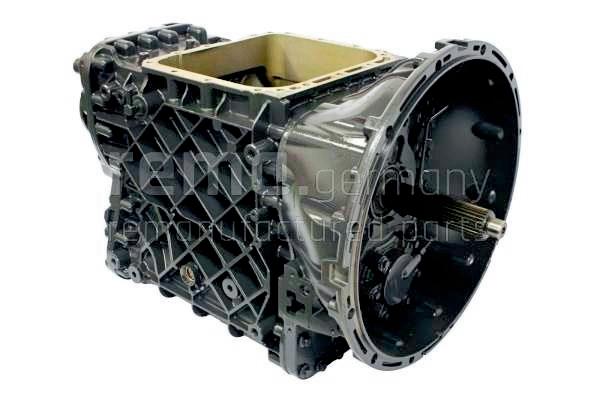

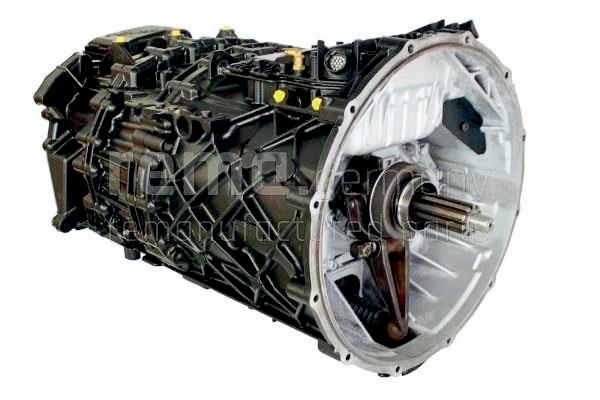
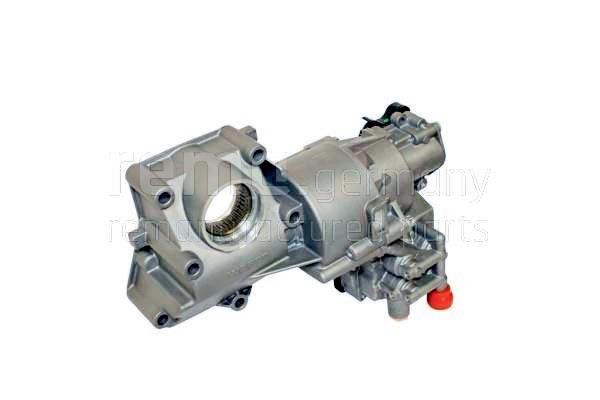
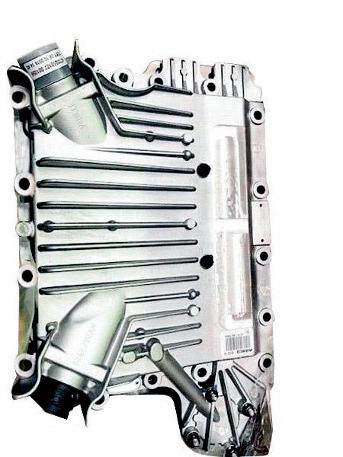
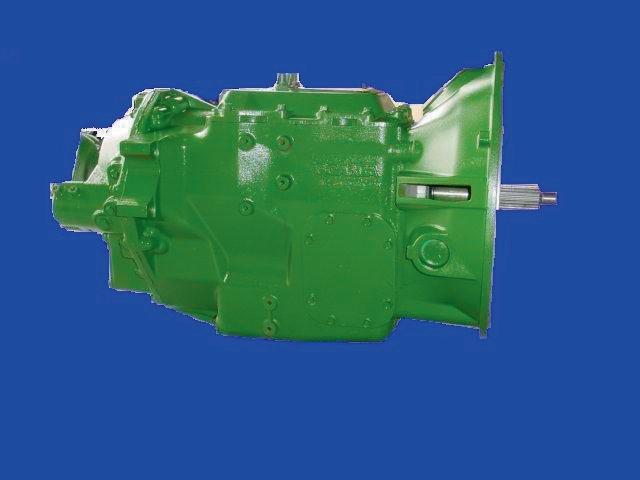

davids@ggd.net.au
Web: www.gibbsparts.com
Web: www.gibbsparts.com
This year’s Brisbane Truck Show expanded beyond the boundaries of the Brisbane Convention and Exhibition Centre, taking over Southbank Parklands and beyond. Greg Bush grabbed his camera for these happy snaps
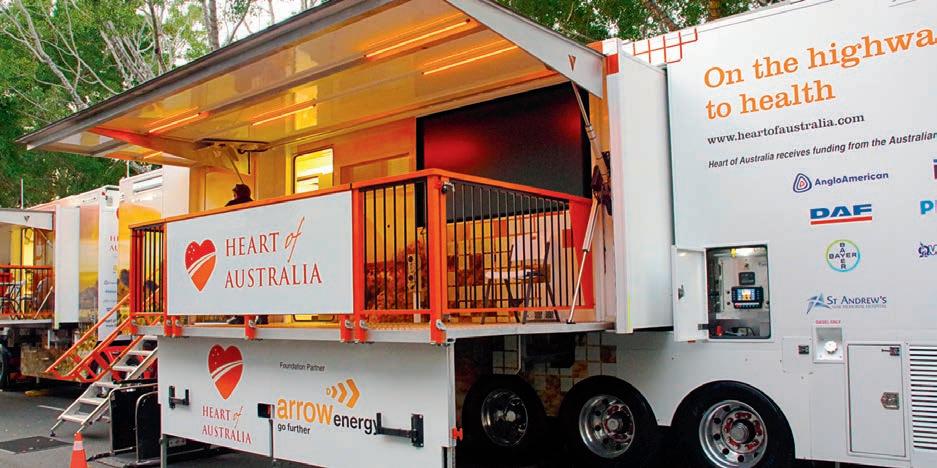


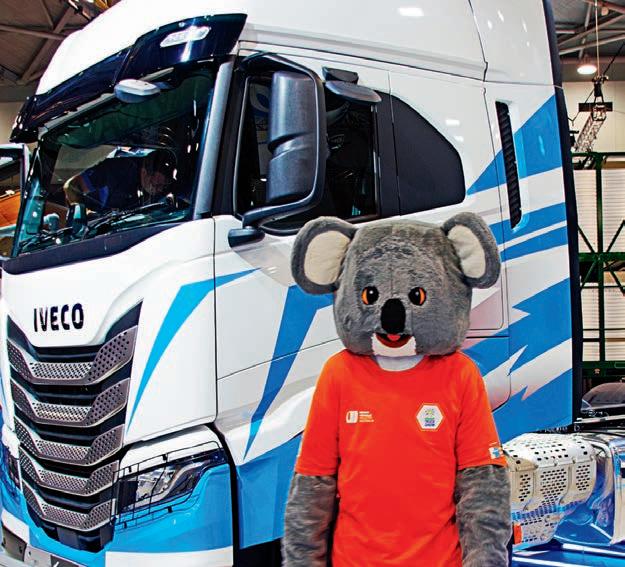

Clockwise from top left: Drake Trailers kept the general public educated on the might of the transport industry with this huge O’Phee Trailers display at Southbank, hauled by a Qube Logistics Scania; Scania wasn’t on the official exhibitors list, but managed to rise above that to make a surprise appearance on the Maha lifting and testing equipment stand; Czech Republic manufacturer Tatra had its Phoenix model on show, ready to hire. Czech it out!; A newly-arrived Volvo FL Electric, soon to join the Followmont Transport fleet; The Lego life-sized Mack Anthem world record attempt was a popular exhibit. It contained more than 800,000 Lego bricks; One of the classic trucks not at the Rocklea Heritage Truck Show. This International was parked amid the Southbank Parklands action
Opposite top: The Brisbane Truck Show spread across the river as Daimler’s line-up of MercedesBenz, Freightliner and Fuso trucks encroached on the city centre
Opposite middle, L to R: This Kenworth K220 scored a sweet parking spot outside Ben & Jerry’s; Sunny, the Brisbane Truck Show mascot, checking out the Iveco S-Way range inside the Convention Centre
Opposite bottom, L to R: Heart of Australia, pulled by a new DAF, presented its latest trailer among the displays around Southbank Parklands; It wouldn’t be a Brisbane Truck Show without the Rhino taking its place on the trailer manufacturer’s stand
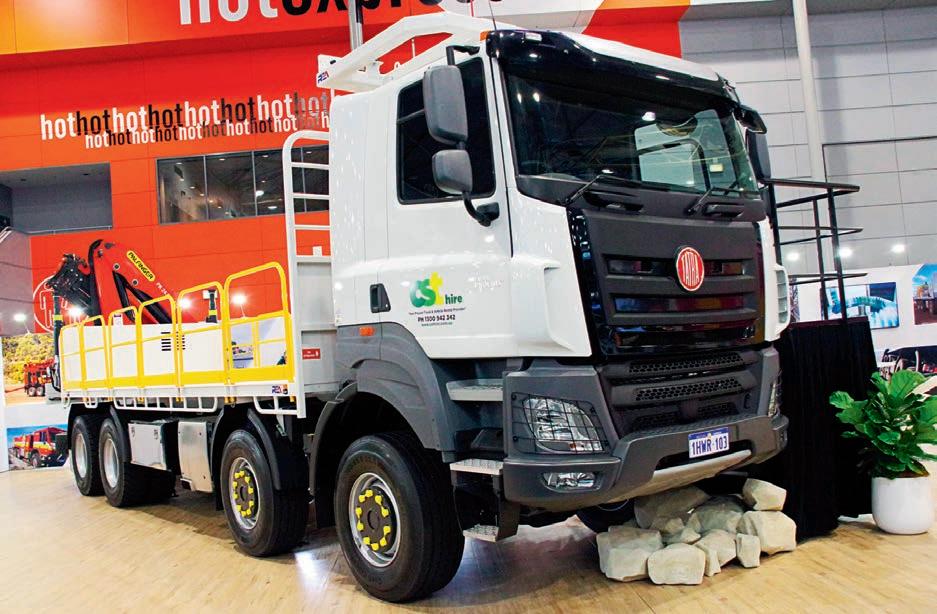
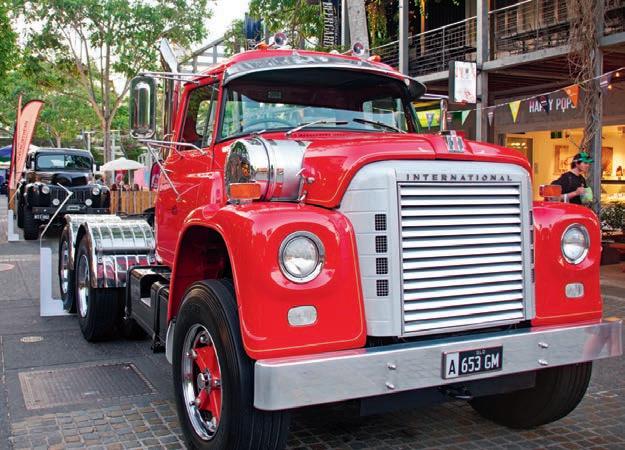

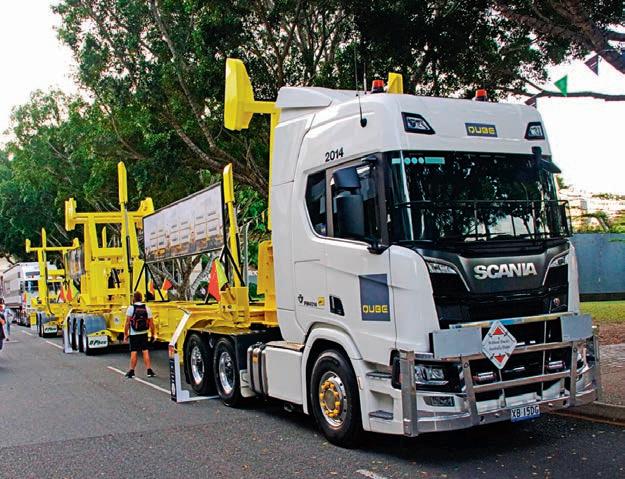
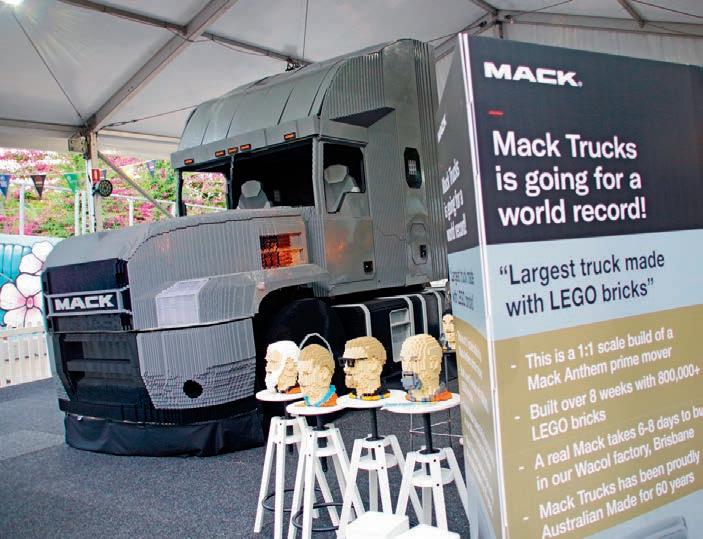

There have been many stories told of truck drivers’ interactions with road authorities. However, in this view from the other side, retired NSW Highway Patrol officer and now uni student Greg Casey reflects on his long and rewarding career, his educational exchanges with truck drivers, and his plans for improving safety for all on the road
December 23, 2021 was a significant day for me as it brought my police career to a close after 34 years. I joined the New South Wales Police in 1987 and in the intervening years spent most of my time working as a Highway Patrol (HWP) officer in both country and city locations. After I retired, I decided to expand on my tertiary study and use my experience as the basis for a PhD. I’ll explain more of this a bit later, but for now, I’ll explain why I’m writing this article.
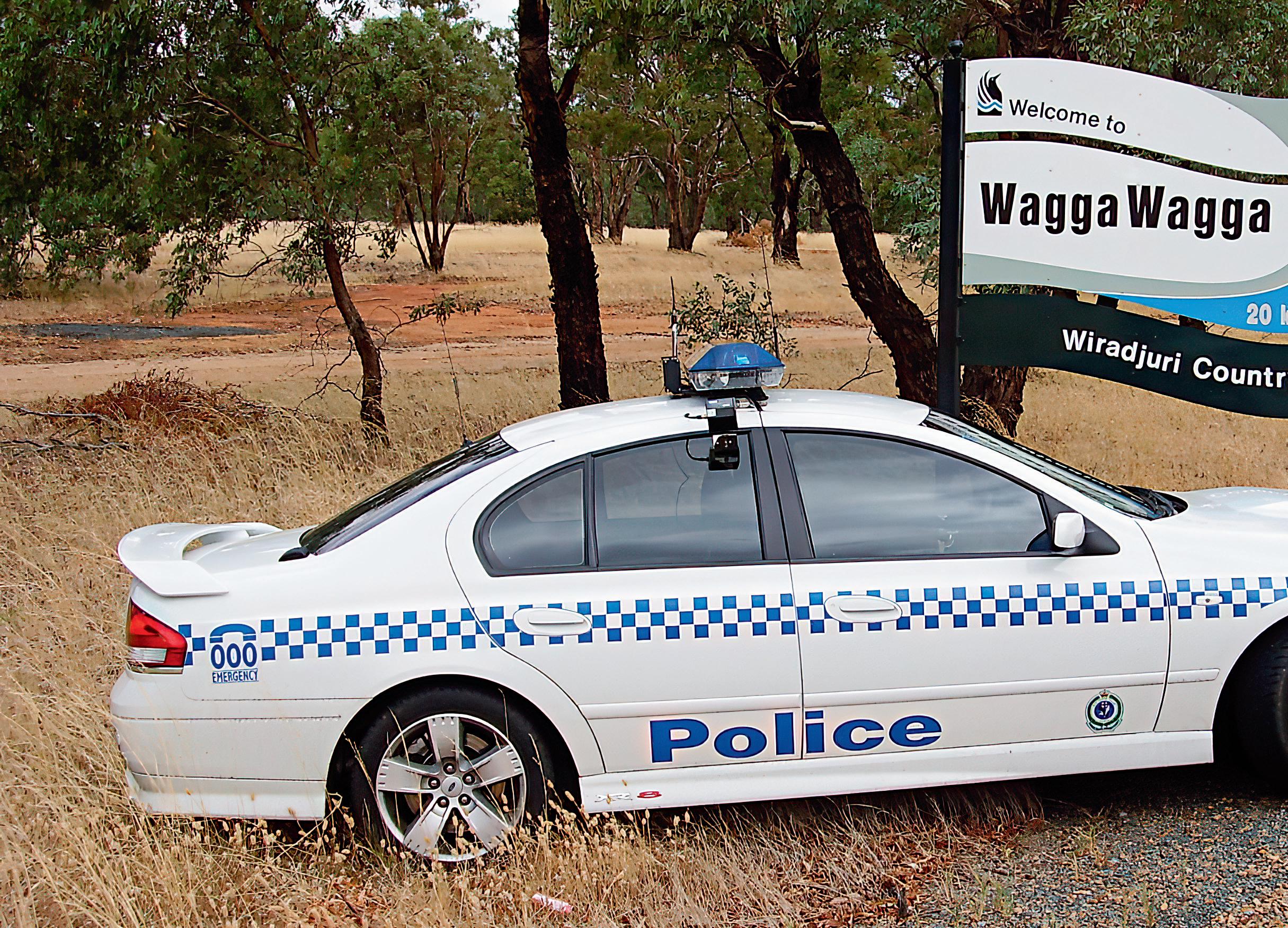
In late 2022 I had the good fortune to have a conversation with Rod Hannifey, president of the National Road Freighters Association (NRFA) about my PhD. During our conversation I mentioned that one of the things I missed the most since retiring was interacting with truck drivers, and I meant this in a positive way. Rod thought this was an interesting thing for an ex-HWP cop to say and said he thought truck drivers would be interested to hear this.
So in this article I hope to give you a perspective of the HWP, from the perspective of a Highway Patrol officer. One thing I won’t do is blindly defend the HWP. They’re a cohort comprised of all different types of human beings, from different backgrounds, with different levels of experience and knowledge, and with different motivations and priorities.
I readily admit there are occasions where a HWP officer could’ve handled things differently –myself included.
I can’t sit here and write a critical appraisal of the hundreds of decisions made by enforcement officers on a daily basis, but I can tell my story and offer my motivations for taking the approach that I did.
Overwhelmingly, my interactions with truck drivers were positive. In contrast, many car drivers behaved as if they were perfect and frequently offered their advice on how the HWP
should do their job. I usually received this kind of ‘advice’ during a traffic stop. Invariably, I was told that my focus should be on something other than what the driver had been stopped for. If I stopped someone for speeding then apparently I should’ve focussed on drivers using their mobile phone. If I stopped someone for using their mobile phone, then my focus should’ve been on speeding drivers.
Then there was always the old chestnut, ‘Why aren’t you out catching murderers?’. I always offered to go after the murderer if they could point the homicidal maniac out to me, but funnily enough, no-one ever could. These drivers were generally looking for an excuse or simply denying that they’d done what I’d just seen them do.
Most truck drivers, however, acknowledged what they’d done. There was rarely any denial, argument or push back. Importantly, this opened the door to a conversation about how to avoid these situations. Frequently, I had the satisfaction of getting a thank-you handshake from a truck driver who I’d just spent time with, explaining how to restrain a load so that
it complied, or issuing a defect notice for a range of issues on the truck that the driver needed the boss to fix. I even had thank-yous from truck drivers who I’d grounded for 24 hours on the basis of fatigue because they were grateful to be able to tell the boss that they’d been directed to get the sleep they so desperately craved.
I always got particular satisfaction from the time I spent going through a work diary with a driver when I was told, ‘Nobody’s ever explained it to me like that before’. I knew then that this driver now had the knowledge they needed to avoid pitfalls with their work diary and that they were grateful for that knowledge.
This is what I meant when I told Rod how I missed interacting with truck drivers. I estimate that for around 90 per cent of truck drivers I interacted with, most issues were resolved by a conversation, and I like to think they came away
Above: A 1990 transfer to the Highway Patrol in southern Sydney


Below: “Overwhelmingly, my interactions with truck drivers were positive.”
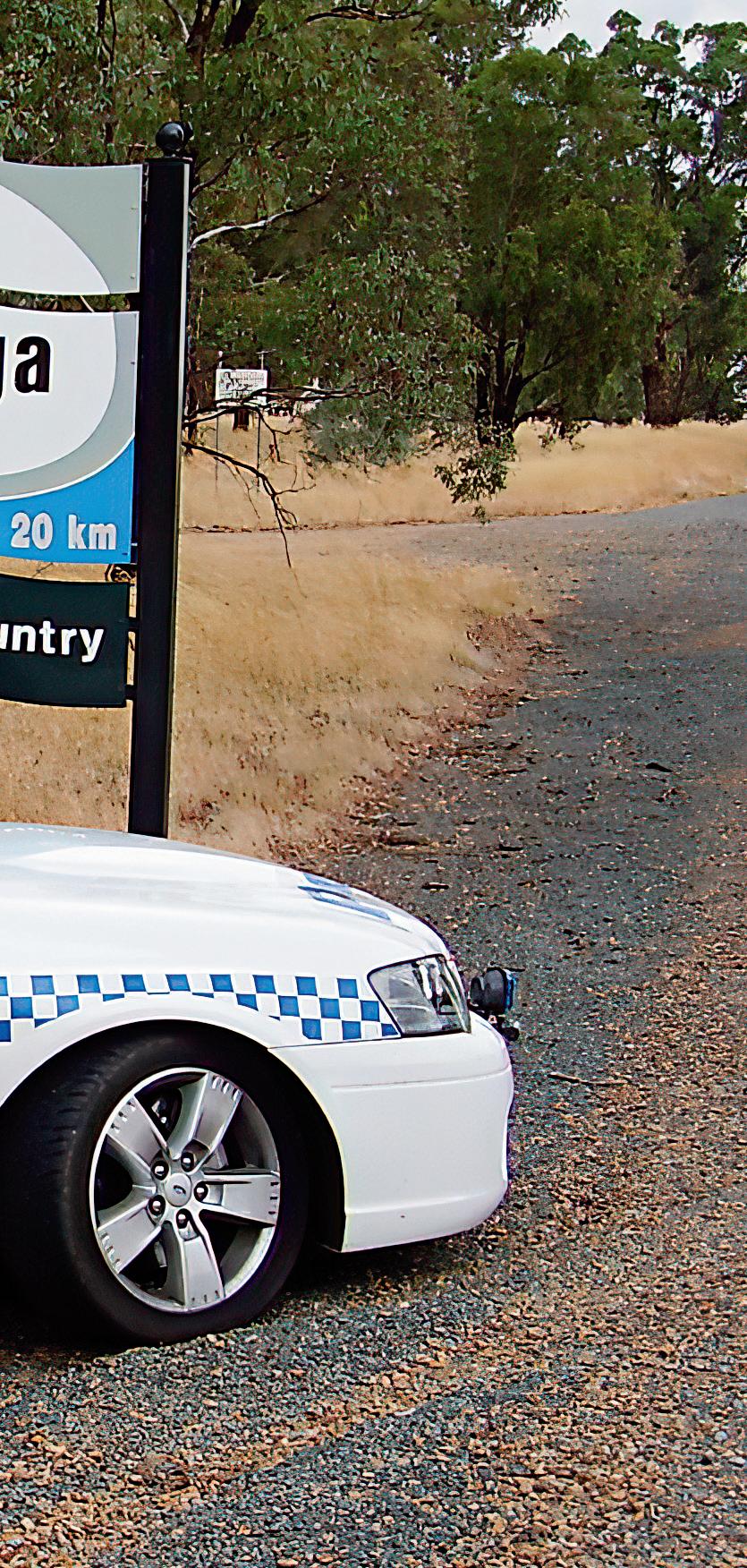
“Most issues were resolved by a conversation.”
from it all with strategies to help them avoid these things in the future. And that was what I always felt was the point of my job – to prevent. How I got to that point is probably best understood by explaining why I got into the Highway Patrol.
When I first joined the NSW Police Force all I wanted to be was a cop. I had a few ideas about where I wanted my career to go but I decided not to commit until I had a better idea of what the job felt like. When I landed at Green Valley Police Station in south-west Sydney, it was as busy as things could get, made all the busier by having a crew of only three on each shift, including two part-time Police Rescue operators and a rescue truck.
Our rescue area stretched from near Blacktown to just north of Mittagong and from Penrith to Lakemba. Attending virtually every serious road crash that happened in south-west Sydney when I was on duty had a big influence on my career path. There are only so many road crashes you can attend before your mind turns to how these crashes can be prevented.
The catalyst for me was a crash that has always stayed with me and whenever I see a Honda Prelude, I’m reminded of it. It occurred on a summer Sunday afternoon on Camden Valley Way near Catherine Field in 1988. Back then, Camden Valley Way was a narrow road with a single lane each way.
A family were out for a drive in dad’s new Honda Prelude and were heading north. A young male driving south with more than a few beers on board was speeding and overtaking. As
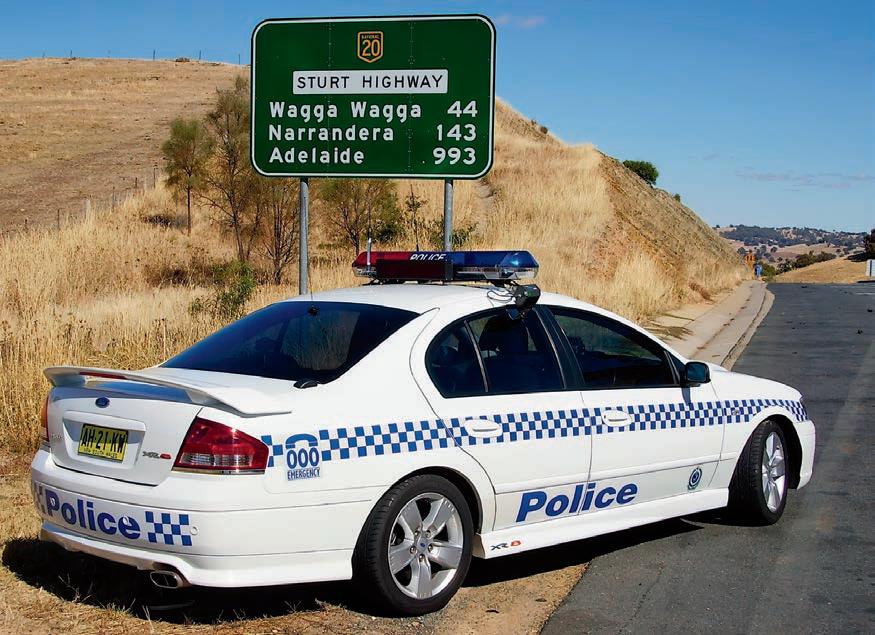
he approached the Honda from the opposite direction, the rear of his Holden utility stepped sideways and into the path of the Honda. Because of the Honda’s wedge shape and low front edge, the ute rode up over the bonnet on the driver’s side. The ute’s rear axle penetrated the Honda’s windscreen, hitting the driver in the head, killing him instantly. The crushed roof trapped the driver’s wife and two small children in the Honda. This family had gone from having a lovely family day out, to lying trapped in a car with their now dead father and husband. No doubt, these few seconds forever changed the course of this family’s life. It also determined my career path.
The desire to try to do something about road crashes before they happen was cemented in me. Since then, this has been the force that motivates me in my work and now in my research.
So, in 1990, I transferred to the Highway Patrol at what was then called ‘L’ district in southern Sydney. The Highway Patrol course was conducted at the Police Driver Training School at St Ives. Training around trucks was minimal. Essentially, I came out of it knowing what a truck looked like and that was about it. It wasn’t that I didn’t want to deal with trucks, I just didn’t yet have the knowledge or confidence.

After five years working in ‘L’ district, a move to the country took me to Wagga Wagga where I lived and worked for 15 years. While Wagga Wagga lies on the Sturt Highway, our area of responsibility also included parts of the Hume,
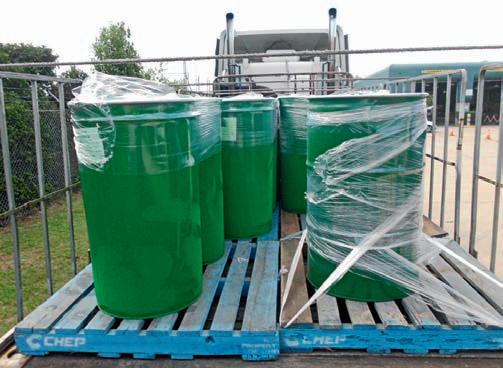
the Olympic and the Newell Highways. This meant that many capital city journeys up and down Australia’s east coast or across the country came through our area, which inevitably brought us into regular contact with long distance truck drivers.
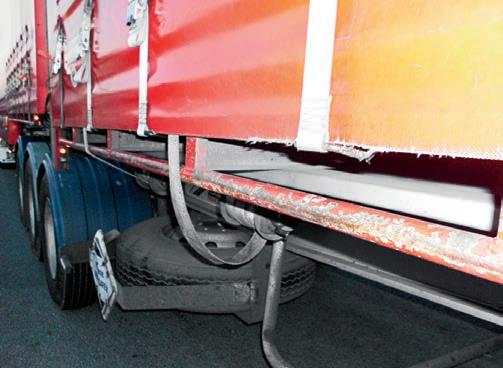
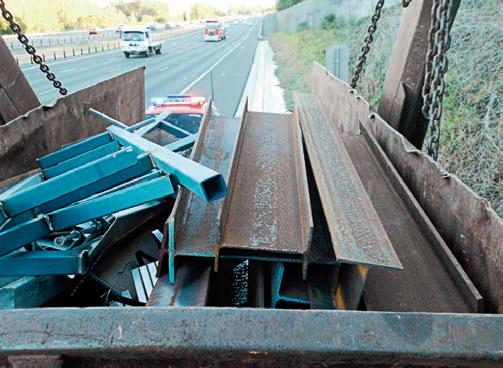
The UHF was something I hadn’t had much to do with up to that point and I decided that I had to learn what seemed like a new language. But learning that language deepened my understanding of the world in which truck drivers live and allowed me to communicate to a far greater level. There were many instances where this communication ability worked well for everybody.
Police Radio frequently broadcast ‘keep a lookout for …’ messages involving vehicles that were driving dangerously or wanted in connection with some offence. The easiest way to get a good scan of who was on the road was to ask passing truck drivers. It wasn’t unusual to locate a wanted vehicle or remove a dangerous driver from the road purely because of the help we’d received from truck drivers via their UHF.
Sometimes we would have difficulty locating a car crash because the car had ended up off the road and into the bushes or down an embankment. From our perspective, it was difficult to locate these scenes, particularly at night. Yet truck drivers, riding high in their driver’s seats, were often able to help us pinpoint crash locations and get other emergency help straight to the site.
Often, if I wanted to stop a truck, I found it easier to simply ask the driver over the UHF to pull up somewhere convenient. They knew their
“The constantly changing transport industry environment meant that the learning could never stop.”
Right:
Below: Some examples of
truck and where it was suitable to stop it and this method always seemed to start things off on a positive footing. And when a crash or other incident blocked the road, it was so much easier to keep truck drivers updated over the UHF.
At these scenes, some car drivers demanded to know why they couldn’t get through because they felt their needs were more important than anybody else’s. But truck drivers would either quietly work out their own diversion or make the best of things by having a rest.
Very early in my time at Wagga Wagga I realised I needed to learn more about trucks and the transport industry. A two-day course at the Goulburn Police Academy about trucks wasn’t enough to help me deal with what I was seeing on the road. I sought out some experienced HWP officers and did my own research and learning, but the constantly changing transport industry environment meant that the learning could never stop.
Working with other agencies such as Roads and Maritime Services (as it was until recently) also helped build and maintain my knowledge. Many of the metropolitan Police I worked with when I returned to Sydney avoided dealing with trucks. It seemed they lacked knowledge and confidence and didn’t want that to be shown up in front of a truck driver. By guiding them through the technical and legal minefield that is transport industry enforcement, their interest in doing it properly was sparked.
So what motivates a HWP officer to stop a particular truck?
Frequently – and quite reasonably – drivers would ask why we stopped their truck. Sometimes it was because of the way they were driving, while other times it was just a random inspection. Sometimes it was because we had concerns about the condition of the load, such as an overloaded skip bin, unrestrained barrels, a loose webbing strap or a curtain bulging outwards. Other times it was because we saw something that wasn’t right with the vehicle.


Often little issues revealed bigger issues after we stopped
it. The conditions in which some drivers were working were a disgrace, such as a collapsed seat that the driver had packed with a beach towel to stop the seat springs sticking into him, or a seat belt that didn’t work, or brakes that didn’t work, or suspension that had collapsed. Overwhelmingly, these truck drivers were happy to present the boss with the defect notice so that they didn’t have to drive a truck that probably wouldn’t meet third world standards.
There were also many occasions where drivers initiated their own stop by contacting us over the UHF or voluntarily pulling into an RBT or inspection site. This could involve ‘anonymously’ passing on information about a bad company practice or issuing a defect notice to fix things on the truck. Not only was I was pleased at the trust these drivers placed in me, but I also hoped that these interactions had reduced some of the stresses these drivers were under.
Given my motivation for joining the Highway Patrol – to prevent road crashes – I developed a two-stage process to help me consider what action I’d take at the roadside. First, as my knowledge and experience increased, I was able to prioritise my actions based on the relationship between a law and safety, or mobility. If I couldn’t establish that relationship, I didn’t ignore that law, but it became a lower priority.
The second stage was how to deal with the driver. Many things influenced my decision making process, not the least of which was the driver’s attitude and demeanour. I can confirm that being subject to abuse, foul language or violent threats is not part of anyone’s job. The small percentage of drivers that start with abuse likely end up with a different outcome than they otherwise would if a civil conversation occurred. The reason being, that it’s impossible to educate or explain things to someone who refuses to listen. Hence, in abusive situations, the options available to influence someone’s behaviour diminish, invariably resulting the issue of a fine or fines, rather than a conversation about prevention.
With 90 per cent of truck drivers however, the educational part of my interactions was something I really enjoyed. And it wasn’t just me that was doing the educating. Through these two-way conversations I learnt so much about the things that affect the decisions drivers make on the road. If I told a driver that the way to comply with the law is to do ‘X’, the driver might tell me that it’s impossible to do ‘X’ because the boss told him to do ‘Y’ and if he doesn’t do ‘Y’ the boss either doesn’t pay him for that job, doesn’t pay him at all or sacks him.
In those circumstances, a compromise was reached which might involve a fine for something the driver could have controlled, and/or a number of warnings, some advice regarding how to avoid these issues in the future and often some good intelligence about how the company was operating in regard to compliance with their legal obligations.
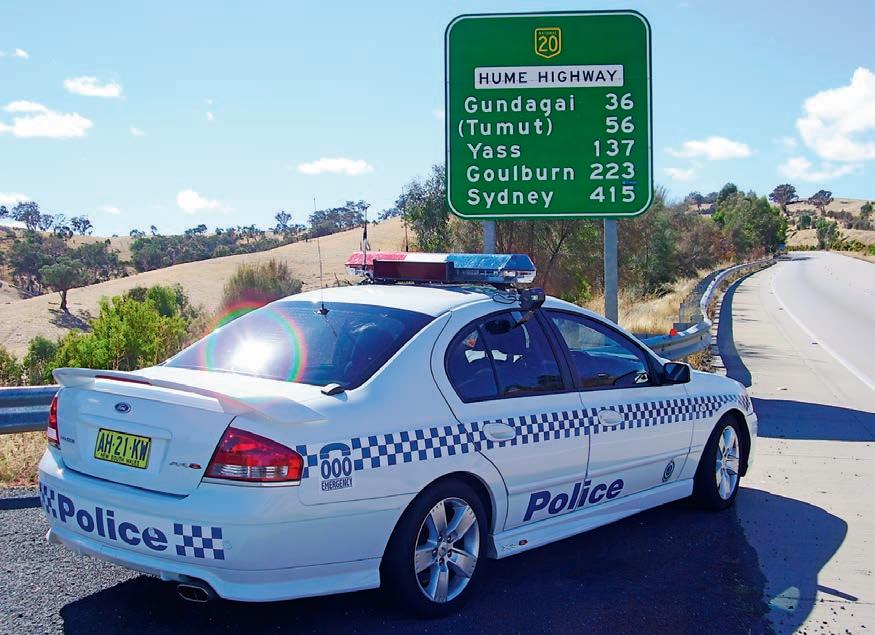

When I look back on my career, I realise there was a time when I lacked an understanding of why some truck drivers did the things I saw them do. This lack of understanding meant that my actions at the time weren’t always an effective response to the situation. But over the years, I was able to develop a much greater appreciation of the things that motivate truck drivers’ behaviour, and that appreciation came from the conversations I had with truck drivers on the road. By taking a bit more time with these drivers I gained a deeper understanding of what motivated them and the pressures they were under.
These conversations shed light on a world of issues in the lives of truck drivers that I hadn’t previously realised. I thought about how driving for a living changes the deterrence dynamic that a lot of behavioural road safety countermeasures are built upon.
While a car driver might lose their licence, they can still (generally) go to work and earn a living. I recognise that what happens on the road for a truck driver sometimes equates to whether they can earn a living or not, and to how much pay goes home to pay the mortgage, school fees and family expenses, and in the case of owner-drivers or small operators, to pay employees, pay off the truck, and to pay maintenance, insurance and all the other business expenses and taxes.
My PhD
At the beginning of 2022, I started my studies towards a Doctor of Philosophy degree. When I looked up the word ‘Philosopher’ it came back as, essentially, someone who thinks about things. My Philosophy Doctorate means I’ll be thinking about truck drivers and fatigue.

Statistics, research and transport industry organisations tell us that truck driver fatigue is still recognised as a major issue for the Australian transport industry. It remains the single largest factor in truck driver deaths and a key risk to safety. Academics can conduct research and provide policy options; politicians can create the laws and rules; bureaucrats can deliver them; and transport company managers can build guidelines around them. However, it’s truck drivers that experience fatigue at the street-level.
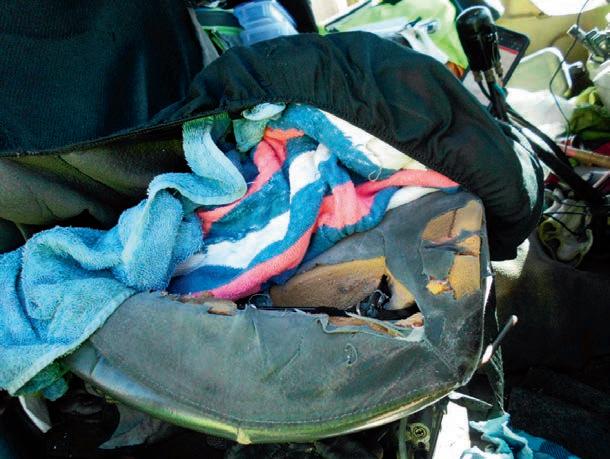

I used to hear almost every day about the challenges truck drivers face regarding compliance, and this is why I respect and appreciate the depth of knowledge and experience truck drivers have. As the last link in the chain, and the ones bearing the highest risk, I hope to understand, from a truck driver’s perspective, the things that influence truck driver beliefs, attitudes, intentions and behaviours regarding driver fatigue.
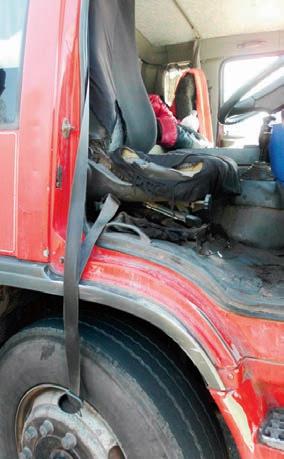
While I will also be interviewing transport company managers and law enforcement officers, the people I really need to help me dig deeply into the kinds of things that influence truck drivers are truck drivers.
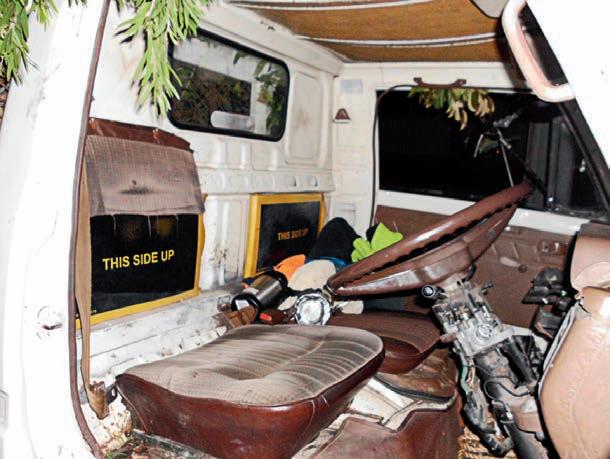
I am conducting interviews through to August with truck drivers, transport company managers and law enforcement officers via Zoom or telephone as part of my research. If you would like to know more about this, please see my email address below.
I would also like to emphasise that I am no longer a police officer – I am a university student undertaking research, so whatever is discussed will and must remain confidential.
I’m grateful to the transport industry and to those that work in it for allowing me to learn so much about it. I never lost interest in learning from truck drivers about how transport policy affected them. I never stopped enjoying the conversations I had with drivers and operators about compliance and safety issues.
The satisfaction I got from helping drivers who had been trying to get the boss to fix defects on their truck, or drawing attention to companies about whom drivers shared insights regarding non-compliance, never waned. I never stopped appreciating the assistance from truck drivers when we were looking for a crash scene, or a wanted vehicle, or their patience when the road was blocked because of some kind of incident. I never stopped enjoying a handshake and a ‘thank-you’ from drivers who appreciated learning about something that nobody had shown them before.
When I left the Police, I knew that my interactions with truck drivers would be one of the things I missed the most. Through my research project, I look forward to getting back to interacting with and learning more about Australia’s transport industry.
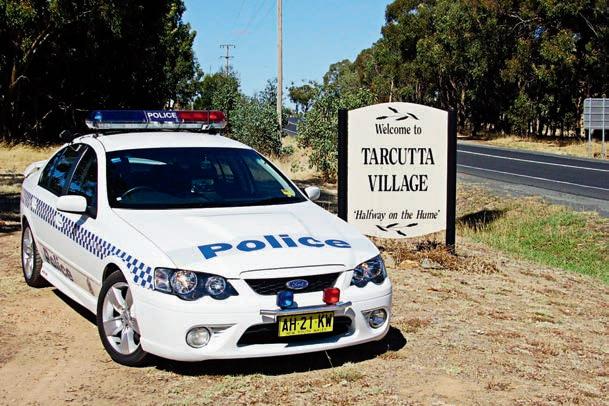
“I respect and appreciate the depth of knowledge and experience truck drivers have.”Top: “The small percentage of drivers that start with abuse likely end up with a different outcome than they otherwise would.” Above, right: Hume Hwy, Tarcutta, northern end, March 2006 Below: “The conditions in which some drivers were working were a disgrace.”

Since the transition of services in New South Wales to the National Heavy Vehicle Regulator (NHVR) back in August 2022, the NHVR has worked closely with Transport for NSW and NSW Police on overheight truck incidents. Recently, there’s no denying there has been an influx of over height trucks attempting to enter tunnels in the Sydney region.
As of Thursday, June 8, the NHVR and NSW Government made a joint announcement that the NHVR will refer all over-height breaches to Transport for NSW. This is because even the smallest breach is repeatedly threatening safety on Sydney roads. This has caused a tremendous amount of congestion in city traffic, particularly at the Sydney Harbour Tunnel.
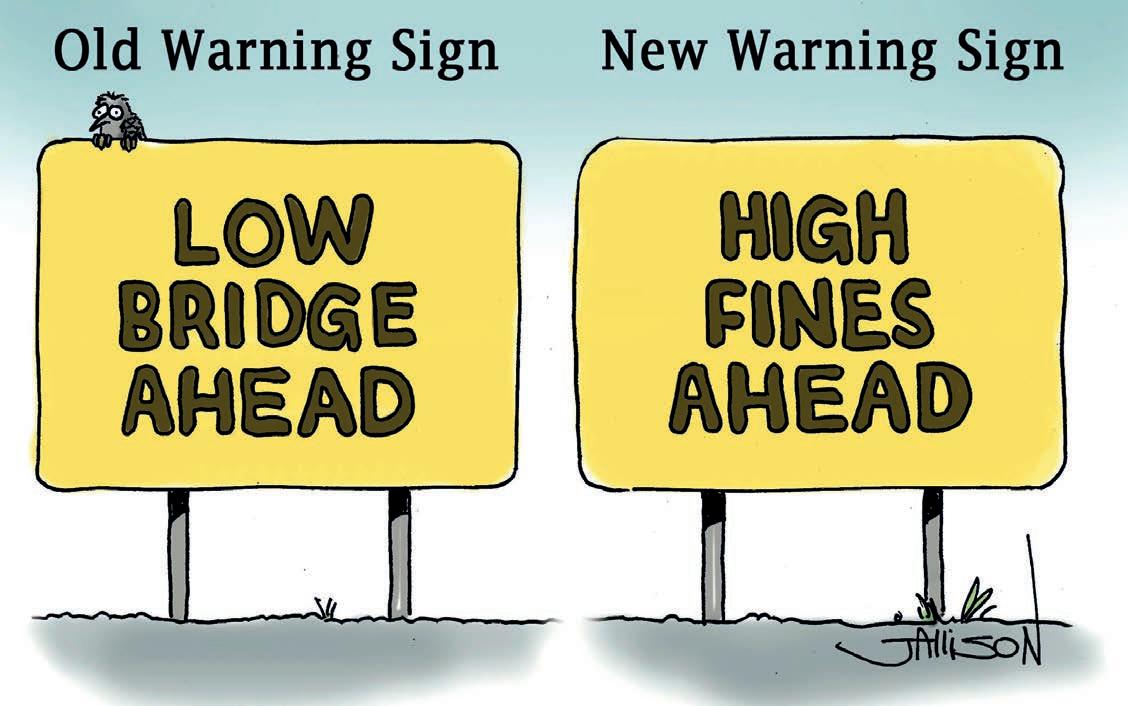
Under the existing road transport regulation, Transport for NSW can suspend the truck’s registration and take them off the road once an incident has been referred by the NHVR.
Additionally, the NSW Government has approved the deployment of $5 million in infrastructure upgrades which will include moving overheight sensors back along the Warringah Freeway. We are hoping that this will allow drivers to take earlier and more evasive action to avoid blocking traffic at the tunnel portal.

New South Wales has more bridges and tunnels with low clearances of 4.6m or less than any other state in Australia.
Prevention is always the best approach, particularly when dealing with tunnel height clearances. It’s important to have any restrictions assessed prior to commencing a journey to ensure you have suitable control measures in place in the event your trip is altered.
Drivers should ensure they obey all road rules and be aware of any critical locations before starting their journey and throughout. We also want to urge both drivers and operators to measure the height of their trucks and plan their journeys ahead of time
to ensure they comply with tunnel height clearances. Non-compliant heavy vehicles and operators can pose a serious risk to other road users.
Prescribed dimension requirements for heavy vehicles are set out under our Heavy Vehicle (Mass, Dimension and Loading) National Regulation. It is an offence to drive on a road a heavy vehicle that, together with its load, does not comply with the dimension limitations of that route. Depending on the class or type of vehicle, a notice or permit is required for any heavy vehicle over the standard height limit.
The height limit for heavy vehicles is 4.3 metres unless it is a:











• Vehicle built to carry cattle, horses, pigs or sheep – 4.6 metres
• Vehicle built with at least two decks for carrying vehicles – 4.6 metres
• Double-decker bus – 4.4. metres.
Knowing the maximum legal height for heavy vehicles is important but knowing the height limit of the road you intend to travel on is just as important. Even if your heavy vehicle is compliant in height does not mean it is able to travel on all road routes.
The NHVR provides practical advice to help heavy vehicle drivers and operators comply with the Heavy Vehicle National Law (HVNL). If you’d like to learn more about some of the methods we use to assess compliance with heavy vehicle dimension requirements, go to www.nhvr.gov. au/files/201706-0174-ce3-dimensionassessment.pdf.
For a general overview of mass, dimension and loading requirements, you can view our road access page which covers General Access Vehicles (GAV), Concessional Mass Limits (CML), Higher Mass Limits (HML) and general mass and dimension limits at www.nhvr.gov.au/road-access/massdimension-and-loading.
Recently, the NHVR partnered with government agencies and launched a video to raise awareness on over-height trucks in tunnels. The video showcases how our Safety and Compliance Officers work alongside other agencies like Transport for NSW and NSW Police during an over height incident. We work collaboratively with both agencies to deliver and increase safety, productivity and efficiency in the heavy vehicle industry. To view the video, go www.nhvr.gov.au/ overheight.
The NHVR, Transport for NSW and NSW Police are here to keep the network moving and keep motorists safe.
“NSW has more bridges and tunnels with low clearances of 4.6m or less than any other state.”
Much has been said, by all and sundry, about the way various prosecution and enforcement bodies conduct themselves.
Police have the inherent jurisdiction to enforce most, if not all, criminal legislation currently published, while other prosecution entities have certain restrictions or caveats placed upon them.

The National Heavy Vehicle Regulator (NHVR), or The Regulator as they like to be known, appears only to have the power conferred upon them by the Heavy Vehicle National Law (HVNL), or The Law as it is referred to in the relevant legislation. The HVNL section 659(1) provides that the Regulator’s main function is to achieve the object of The Law. HVNL section 658 talks about the Regulator’s general powers under the Law.
The Regulator has published its prosecution policy, which states that the NHVR’s policy is to prosecute duty holders, including corporations and their executives, for breaches of the HVNL where there is a reasonable prospect of a conviction and it is in the public interest. They also state that they prosecute specific and territory legislation in South Australia, Tasmania, Victoria, and the ACT. They actually mean that they prosecute offences other than
those contained within the HVNL. Not quite a uniform law, then, is it?
Another point gleaned from published information states that the team of lawyers employed by the NHVR provide operational and prosecution support to the NHVR and our partner agencies. What does this mean, though? Who are the partner agencies? One may assume that they mean Police in various jurisdictions. In South Australia and Victoria, while The Regulator refers to them as ‘partners’, they appear to have dual roles. Police in those states may commence prosecutions independently and certainly do in Victoria. Anyone dealing with the VicPol Heavy Vehicle Unit will know it is a role they cherish. The Regulator also prosecutes on behalf of VicPol in Victoria. In SA, Police investigate and breach, but only
The Regulator prosecutes.
So, in those States, at least, we have the Police investigating and issuing court summons with certain vigour, only to have The Regulator take over at that penultimate point. To understand how this occurs, we must examine the ‘Application’ Acts those States have enacted. These are The Acts that state how The Law will play out in the various participating states and territories, excluding Western Australia and the Northern Territory (a sizeable chunk of Australia).
The ‘Application’ Acts contain all the devil in detail, something The Law lacks in certain respects. The Law’, drafted but not enacted by the National Transport Commission (NTC), cannot be all things to all people, and there are certain declarations that participating jurisdictions must make. One of those relates to ‘authorised officers’ under The Law. In SA and Victoria, only Police have been declared to be so. The Regulator does not seem to have that necessary legislative intendment.
Yet, in both States, we have Police and NHVR enforcing The Law. If only Police were ‘authorised officers’ in those States, where does the NHVR get their authority from? We know their lawyers may prosecute, but we can safely assume the people driving around in the NHVRbranded vehicles are not so. Branding may be the operative word, or perhaps ‘franchise’ would be more appropriate.
If they are not ‘authorised officers’, maybe, they are the defined ‘road authority’ in each of those States? The HVNL section 5 defines a ‘road authority’ for a participating jurisdiction, which means an entity declared by a law of that jurisdiction to be the road authority for that jurisdiction for the purposes of this Law.
In Victoria, the ‘road authority’ is ‘The Secretary’ of the entity previously known as VicRoads, but now known (this week at least) as the Department of Transport.
In SA, the ‘road authority’ is the Minister to whom the administration of the Road Traffic Act 1961 is committed is declared to be the “road authority”.
The burning question now is this: Who is responsible for those NHVR vehicles and officers in those States? HVNL section 585 states that impersonating an ‘authorised officer’ is an offence with a maximum penalty of $10,000. There is no such offence of impersonating The Regulator.
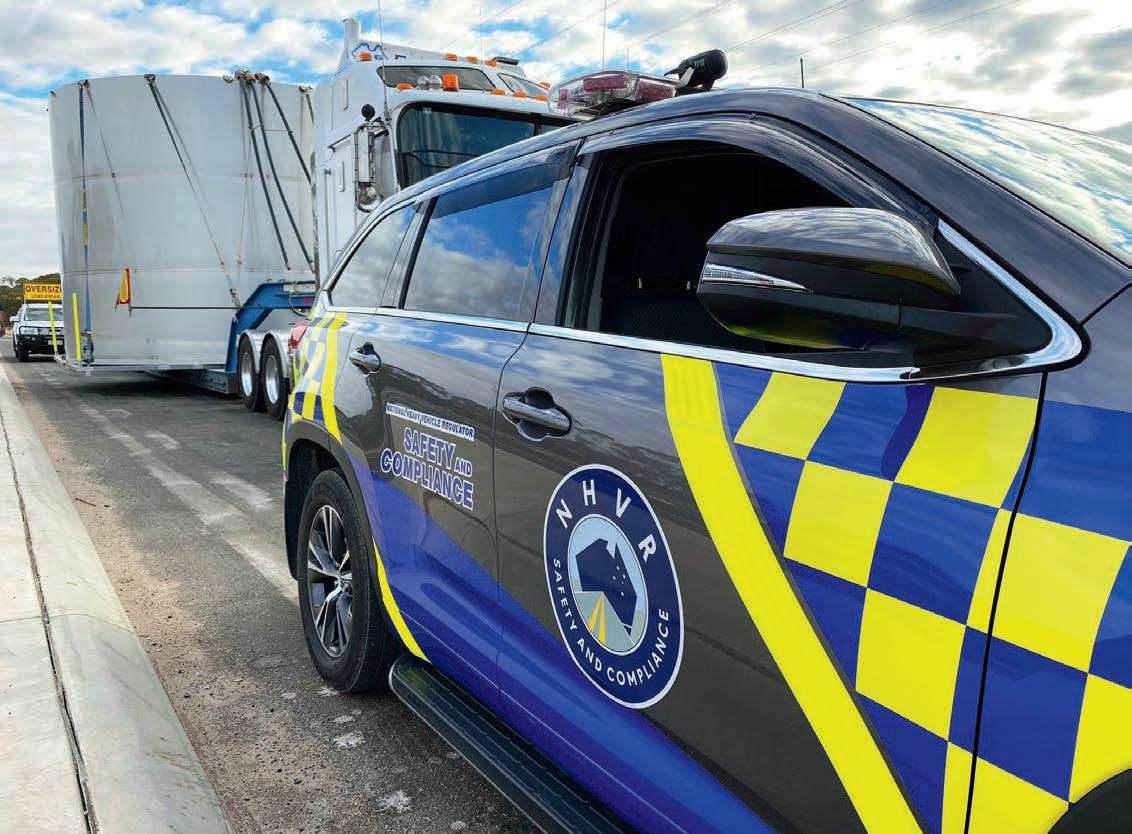
If only The Law were what it was supposed to be in the first place. We now have branded licences and number plates that were supposed to be part of the proposed federal scheme, except they are not. We have The Regulator prosecuting offences outside of The Law in some jurisdictions but not all.
We know one thing for certain, The Law is State Law. It is not Federal legislation. States and Territories may do what they like with it, and they do. As a Law Firm that deals almost with Heavy Vehicle offences, the status quo causes us some concern. In our opinion, applying The Law poses more questions than it answers. One thing is certain, though – Highway Advocates will never shy away from asking these difficult questions. If you get prosecuted by the NHVR or any of their ‘partner agencies’ for any offence, contact Highway Advocates. We know what you need to know.
“We have the Police investigating and issuing court summons with certain vigour.”
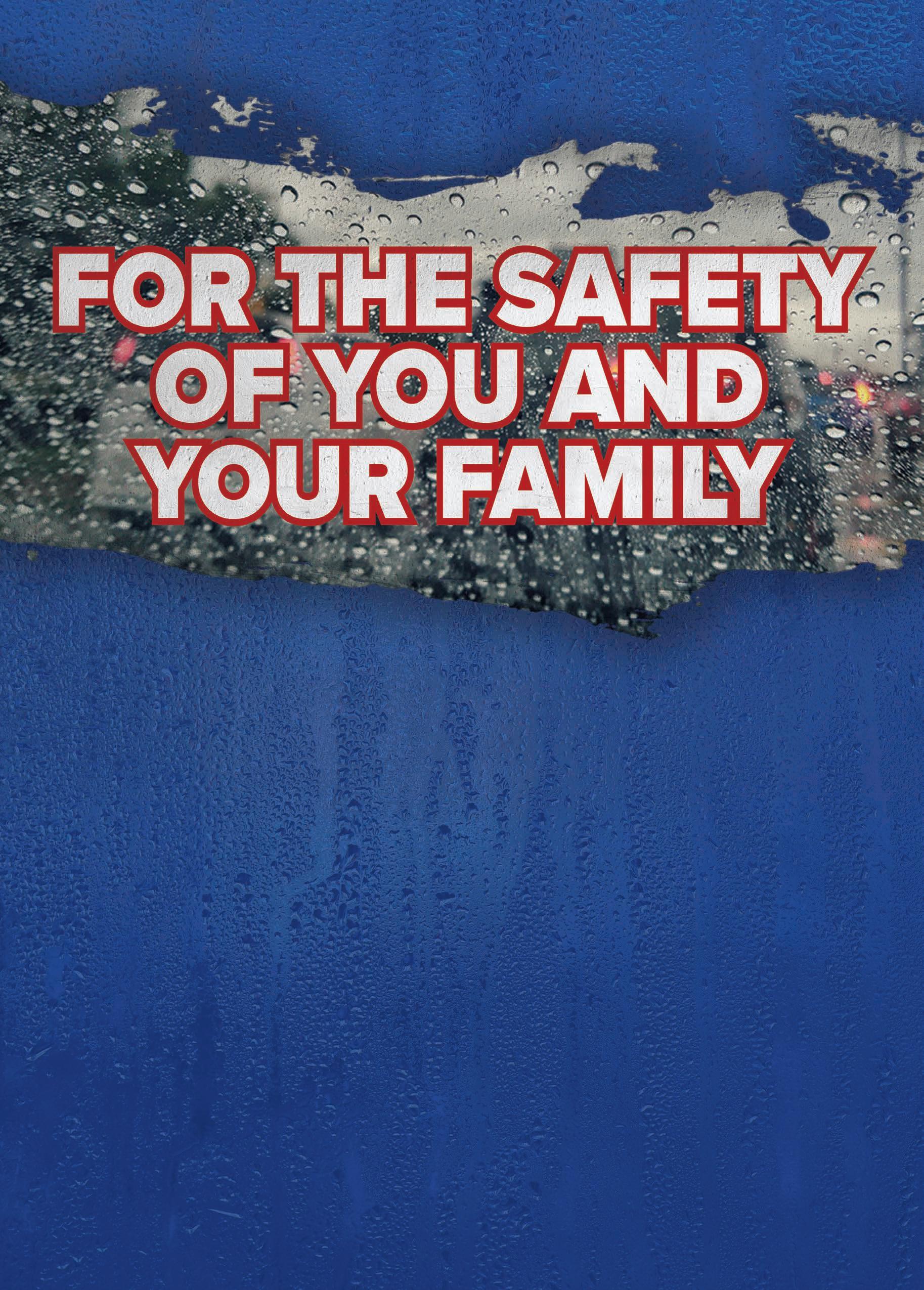

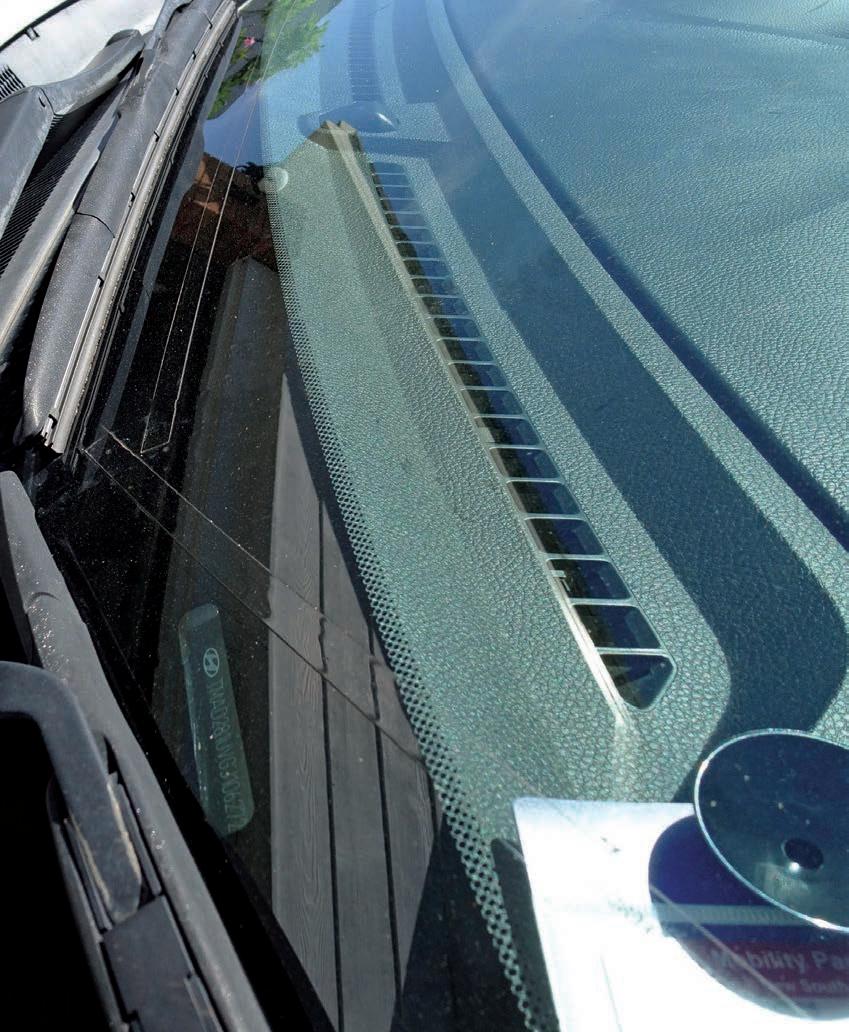

Iam one of the newly elected board members of the National Road Freighters Association (NRFA). I have been involved with the Australian road transport industry since 1981 when I left school to start an apprenticeship as a diesel mechanic at a local bus company. My father was a bitumen tanker driver and my grandfather drove a bulldozer, so maybe diesel was in my blood, so to speak. I can remember very early as a young kid hooking my father’s golf buggy to the back of a pedal car just so I could carry more toys around the backyard.
As a young apprentice I would look up to the drivers and knew that someday I would get to take one of those big fancy Bedford buses for a run outside the gate.
I now drive and have driven a variety of vehicles, generally tankers everything from quads on the Tanami to B-doubles, 19 metres and singles. Most of my work generally involves loading, carrying and delivery dangerous goods. I have played around with grain and did a bit of grocery earlier on both local and interstate.
I spent 10 years in the Regular Army with artillery as a driver then to Military Police, however just like the apprentice days, I found myself hanging out to do any driving or escort jobs that came up. During an investigation it was suggested that RAEME (Royal Corps of Australian Electrical and Mechanical Engineers) was where I should be. That was my break. It didn’t take long to arrange to be transferred to RAEME and into recovery and salvage. My first posting as a ‘recce mech’ was with the Army’s heavy transport squadron and this was about the time that the Army was changing from Diamond Reos and Scammells to the S-Lines and from single bogie trailers to road trains and quad axle floats. It was one hell of an adventure and a steep learning curve.
As a towie the bets were on. Who was going to tow the first road train, double, triple or float with a Leopard on its back?
The time spent in the military, although varied, really did help to set me up for success as I found myself trying to achieve the 100 per cent pass mark. The Army taught me to set my sights high and don’t settle for second best, when with just a bit more work you can be the best.
Throughout my career both military and civilian there has always been a theme about not only what I do but how I do it. Is there a better way? How can I improve what I am doing? Risk management and looking at the big picture has really become part of my life.
Now as a trainer I do get a lot of selfsatisfaction when I’m training new drivers, teaching them new tricks and helping them
to better themselves and further their careers. A favourite sentence that I often use is, “It’s not what we do, it’s how we do it, and it’s about knowing why we do it that way”.
More recently I have become involved with and have been advocating to industry groups, regulators, politicians and anyone who will listen about the policy changes brought in by NSW Ports at Port Botany. The repercussions of the ‘no parking’ or ‘no stopping’ basically anywhere within the port precinct particularly affects long distance dangerous goods drivers who seem to have been forgotten under the policy and who, through no fault of their own, may get caught out by delays and/or who haven’t got sufficient time left in their books to get out of the port to a safe parking area. That can be over an hour at best if there is parking when they get there. These drivers are forced to make a decision:
A. They can just wander aimlessly around the back streets in surrounding suburbs, looking for somewhere safe to park and rest to comply with the National Heavy Vehicle Law when they are already fatigued and carrying DGs. Trying to fit their vehicle in between unattended container trucks, buses, coaches and motor homes which obviously don’t have depots of their own. What could possibly go wrong?
B. They can Just run the gauntlet and risk breaches to get out of the port and drive to get somewhere safe to park, meanwhile carrying DGs. If caught I think the nearest
KERRYN WOODS has 42 years’ experience in Australia’s road transport industry, including being involved in heavy recovery and salvage in the Australian Army, before driving rigids and single trailers through to dangerous goods and more recently, driver training. Kerryn is a board member of the National Road Freighters Association.
light pole or wall would be used to deal out any punishment
C. Or they can put up with port security guards knocking on doors, waking and telling the drivers, “This is a private road and you can’t sleep here”. When asked, “Where can I go?”, drivers are told, “That’s not my problem” and being threatened with all sorts of imaginary actions.
As far as I can see this is just wrong on so many levels and angles.
There is what’s called the TMA (truck marshalling area), however there is a big sign on the gates: ‘no hazardous goods’. Everyone from politicians, industry leaders, regulators and managers agree that there is a problem but nobody can offer a solution.

Where are our politicians our industry leaders and regulators? Where are the teeth of our new National Heavy Vehicle Laws and Chain of Responsibility? Who owns Port Botany, in particular the roadways within especially when there is open access to basically anyone? How has this been allowed to happen? If something goes wrong who is going to put their hands up and be responsible? Who has caused this by their actions or influence?
I have looked at the situation and the answer could be very simple and could be achieved with minimal costs or funding required.
1. Let the DG drivers do what they have always done but have marked parking areas set aside within the port. Most people I have spoken to are unaware that it is an offence to leave a DG vehicle unattended and with mobile security patrols and CCTV security shouldn’t be an issue. Perceived congestion caused by parked trucks could also be managed by the placement of the marked parking area/s
2. There are other areas around the port which are not fully utilised which could again with minimal cost and funding be partially repurposed to satisfy parking requirements, maybe even shared facilities with regulators or other authorities could be achieved. We need to work together to solve the problem. We all need to understand the problem and look for solutions which sometimes can or could be a little outside the square. There’s plenty of food for thought.
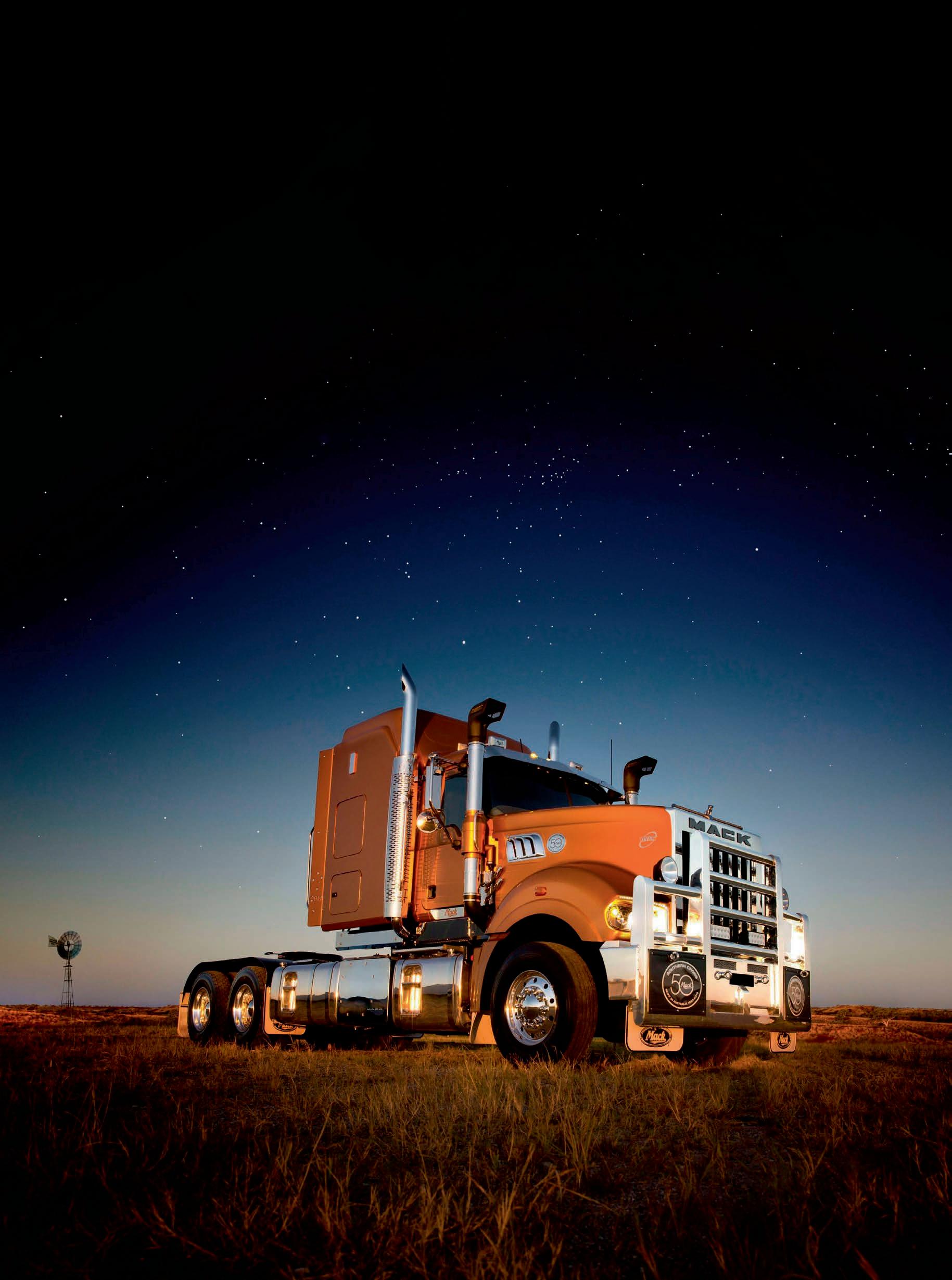
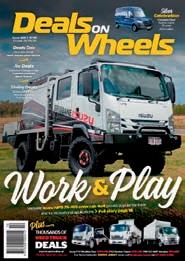
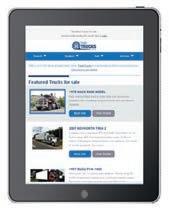
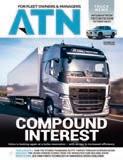




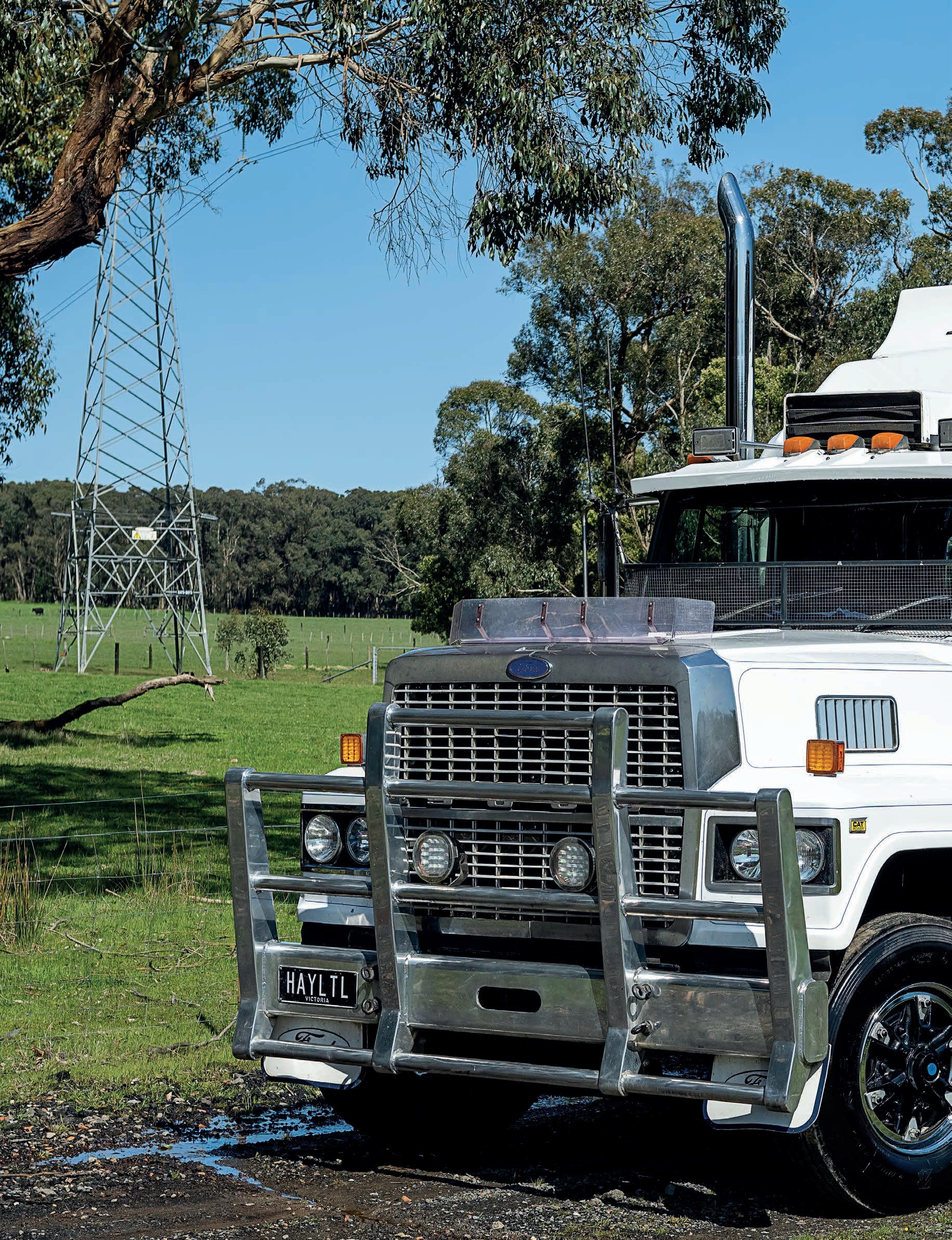




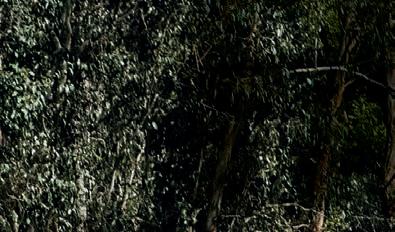

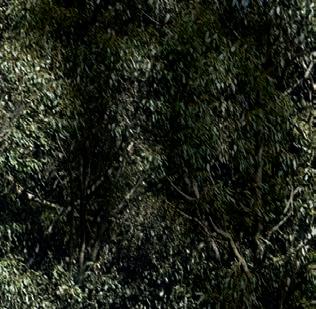

It’s been through a few owners, written-off and retired, but Rick and Eve Hay’s treasured 1985 Ford LTL has been given a new lease on life, returning home to the Hay’s Ballarat property and sent back to work. Warren Aitken writes

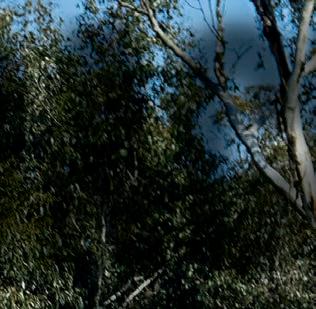
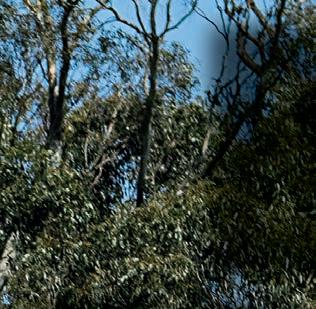

Top: Rick and Eve and their longtime travel companion Radar. Radar goes everywhere in the truck with Rick, to the point they even got him his own PPE

Above: The inside of the LTL still suits Rick perfectly, although you can tell it has been working for two million-plus kilometres; It’s the little things that count, like the LTL keychain Rick carries around
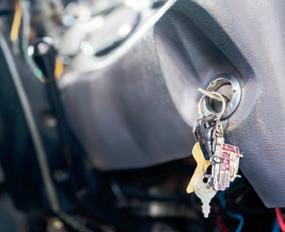
I’m going to be honest with you right off the bat here. This story has not turned out the way it was intended to. Or, to be more precise, the subject of this story is not as it was intended to. See when I made the long journey down to a small farm just outside of Ballarat in the Central Highlands of Victoria, I was chasing a lovely lady called Eve Hay. Eve is one of Australia’s pioneering woman truckies.
This amazing lady started her trucking career at a time when no one really considered a woman for a role behind the wheel. This was in the era when loads were hand loaded and tarped. If you broke down or blew a tyre, it was expected that you would be the one covered in grease and dirt in order to get moving again. There was no calling for assistance on your iPhone. The idea of putting a petite young lady into a cramped cab and expecting her to hold her own was almost beyond comprehension.
Eve Hay was not one to be discouraged though, her persistence and resilience ensured she was given a shot. Eve went on to not just flourish but excel with a story-packed career in trucking, hence you can see why I had made the journey to Ballarat. With that lead in, it’s hard to envision what could have distracted me enough to end up putting such an inspiring
story into the ‘next edition’ folder.
Well, I will be honest, and this may sound a little superficial, but I can’t lie to you. It was an extremely attractive, mid-30s stunner! You know when you just happen to be walking by and out the corner of your eye you catch a glimpse of such style and beauty that all else goes out the window. That’s what happened to me.
As I pulled in the drive to Rick and Eve Hay’s place I almost collided with their gate as the gleam off the front of Rick and Eve’s 1985 Ford LTL just knocked me over. Then I heard the history behind it. Now I’ve had to book a second trip down to Ballarat so I can sit down with Eve and get her story as my time in Ballarat was monopolised by her husband Rick Hay and the 350hp LTL that has become more than just a truck, it’s become a talisman for Rick and Eve’s trucking life.
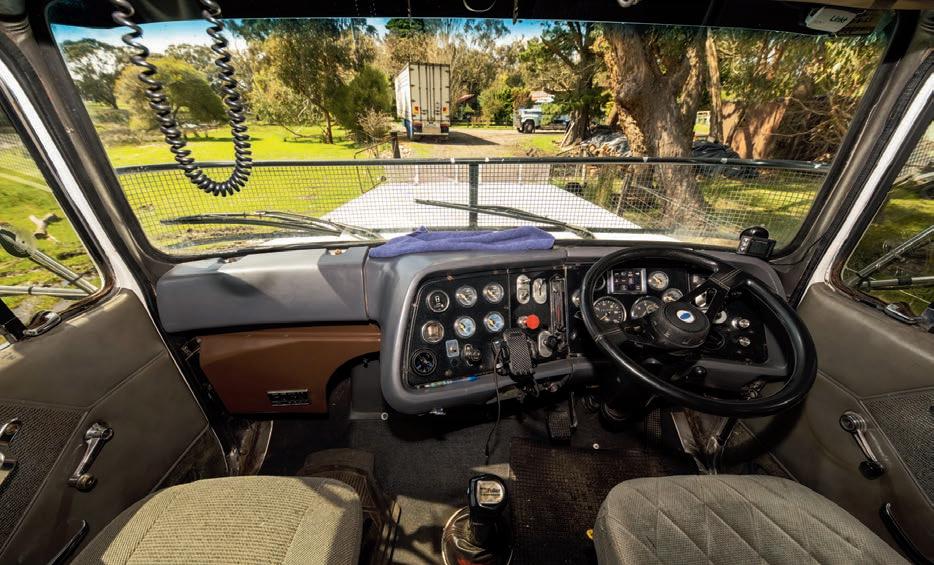
Before I introduce the Ford LTL, I should be polite and introduce Rick. Rick is only one fifth of the Rick and Eve show but seeing as Eve’s story will be more like a full-length feature film, we are going to keep the spotlight on Rick and give him the attention today. I’m sure you are questioning my maths skills when I said a fifth. Well, alongside Rick and Eve you have their two sons.
Bill is their eldest who is a skilled driver in his own right, having spent his childhood alongside one or both of his parents. There is Dalton, who now spends his time serving his country but started out behind the tools and still puts his apprenticeship to good use in the family workshop. Then there is Radar, Rick and Eve’s dog who, along with having his own PPE gear, travels everywhere with them.
Rick’s history in trucking is a story as traditional as melted thongs on the old Ford’s floor. He grew up with not just his father behind the wheel of a big rig, but his brother as well. Therefore, it came as no surprise to the family that after leaving school Rick would choose to undertake an apprenticeship. However, it came as a small surprise to find
“I had a bit of a brain fade and tipped it over.”











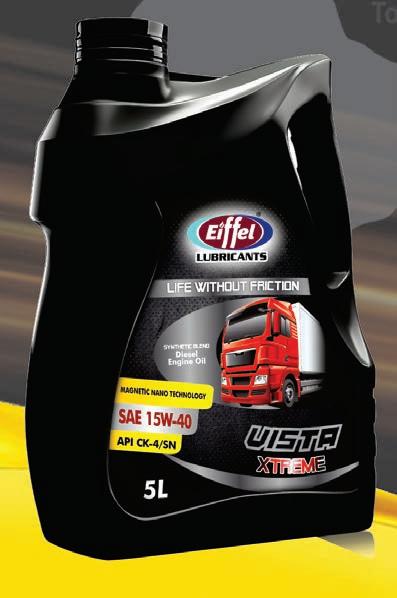
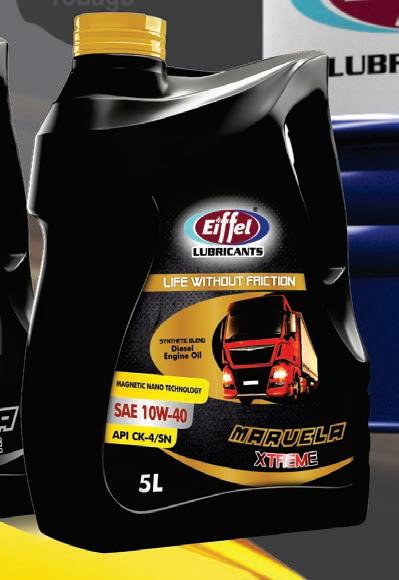
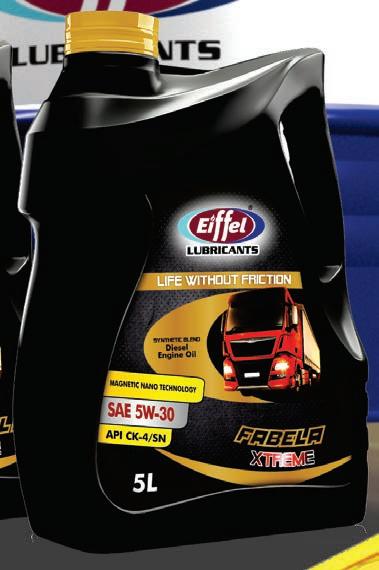


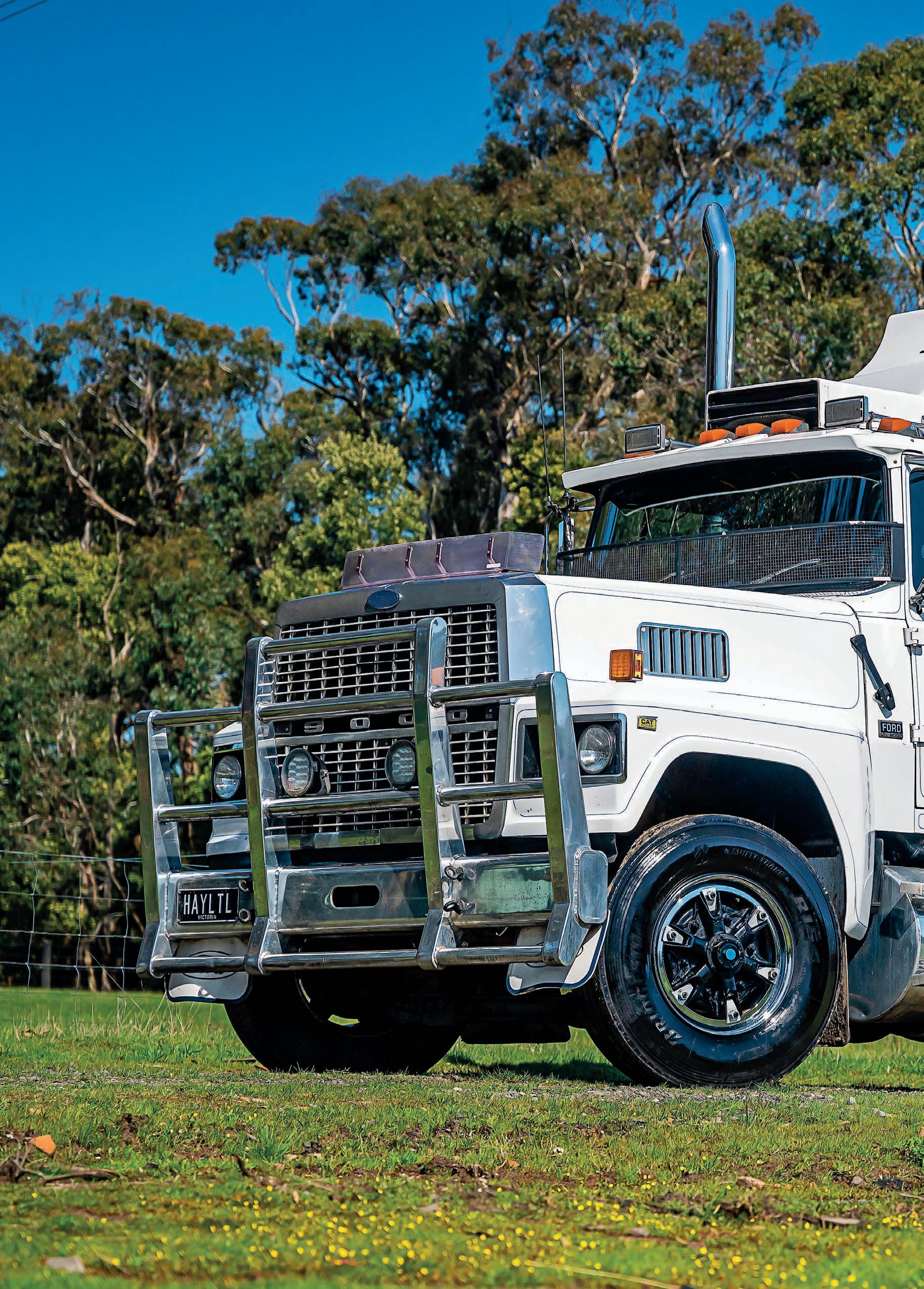











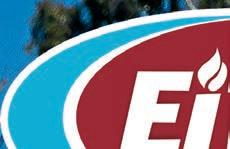


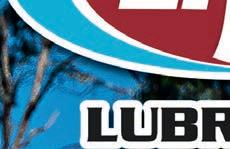
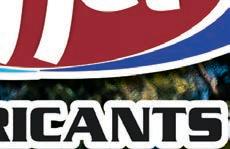
Top: Rick and Eve with their son Dalton and their hard-working LTL
Below: The Hay’s second LTL may be 37 years old but it is still a stunning-looking classic workhorse
From opposite top: The youngest part of the 38 year-old LTL is the Hay’s personalised plates; With Rick’s son Dalton still serving in the Defence Force, Rick is proud to carry the colours on his truck; Ok, here’s a shout out for all the old schoolers. How many can identify the little silver button on the floor?
that, unlike Rick and Eve’s youngest son who would go on to pursue an apprenticeship as a diesel fitter, Rick chose the option of an apprenticeship in gardening. Yes, you read that right. Rick is a qualified gardener who hung up the tools and ended up a truckie.
“I always had a bit of an interest in it,” Rick says. “When I did my apprenticeship I used to watch them all the time, so when I finished I took a job with Stepnell’s, doing local work.”
This was back in the mid-1980s and Rick had the pleasure of steering a classic old Bedford around the streets of Ballarat doing general freight deliveries. As much as the round town stuff was fun, it didn’t take Rick long to accept the fact that the highway was where he wanted to be.
From the Bedford he quickly progressed into one of Stepnell’s Macks and he started doing interstate work. From Ballarat local to running Adelaide with steel, it was a mighty Mack change. It was a change that only fuelled the flames for trucking and in no time flat Rick was hooked.
He spent another five years running for Stepnell’s before he stepped up to another challenge. The tarps and strapping were
replaced with fridge vans and express freight.
“I ran for Eastoe’s for a while, loading Moama Friday for Perth Monday, then Esperance back to Sydney markets Wednesday, Sydney to Melbourne and home to load Moama again Friday,” Rick laughs. “It was a big week, but they thought nothing of it, it was just a done thing.”
All this was done in a subbies LTL and the fact that that truck performed so well might just be the reason for the LTL love affair that transpired. The ‘launching it’ lifestyle didn’t last and when Rick’s brother picked up a new contract for NTFS (Northern Territory Freight Services), Rick’s life changed again.
“I did the Eastoes thing for about six months then I bought my own truck. It was a Ford LNT,” Rick recalls. “My brother had picked up a contract for NFTS doing the bottom leg of their Melbourne to Darwin run.” That particular run consisted of Rick and his brother running NFTS trailers from Melbourne to Adelaide, where they would be put on a train and sent to Alice Springs, then trucked up to Darwin.
At the time of his first truck Rick was still fairly young for a truckie, much less an owner-driver. “I was about 24 when I bought the LNT; it cost me about $64,000,” Rick says. “But because I was 24 I couldn’t get insurance for it, not until I was 25.”
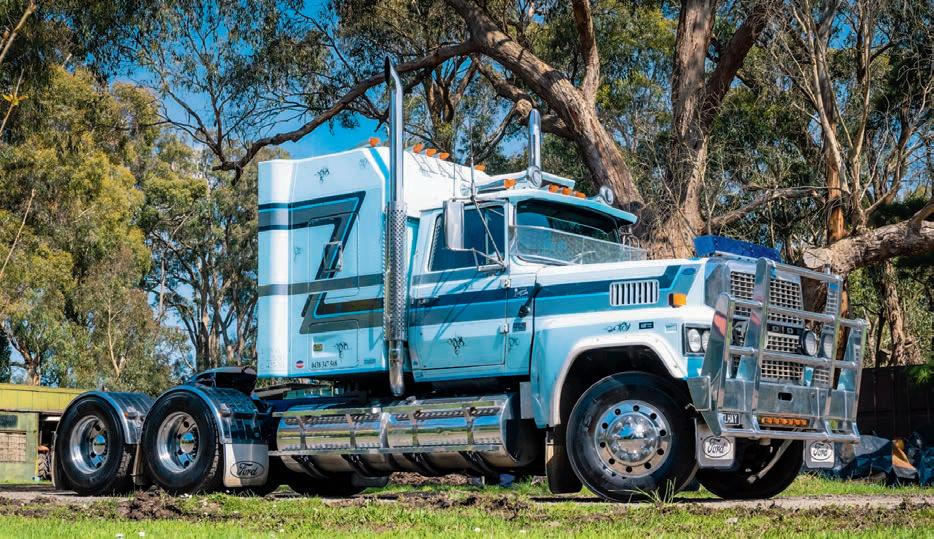

The wee LNT had a Cummins VT903 and really used to crack along on those Melbourne to Adelaide runs. When Rick’s brother, who was running opposite legs to Rick, decided he wanted something bigger for himself, he opted to sell the LTL he was running to Rick. It was this purchase that would change Rick’s life several times because that first LTL, way back in 1990, is the same one he is still earning a quid in today.
Rick was the third and fifth owner of the classic 1985 Ford LTL but I’ll explain that discrepancy soon enough. When he bought the truck off his brother, it was five years old and had over 700,000km under its belt but was perfectly set up for the NTFS run. His brother had painted it from the original Kevin Spence colours into the NTFS scheme which it stayed in until Rick took on a subbie role with Thompsons Transport in late 1990 and he decided to paint it gun metal grey.
From 1990 until the mid-2000s Rick predominantly hauled trailers for Thompsons Transport and his LTL was a regular site on the Melbourne-Adelaide-Sydney triangle. For a young owner-driver, the truck was perfect.
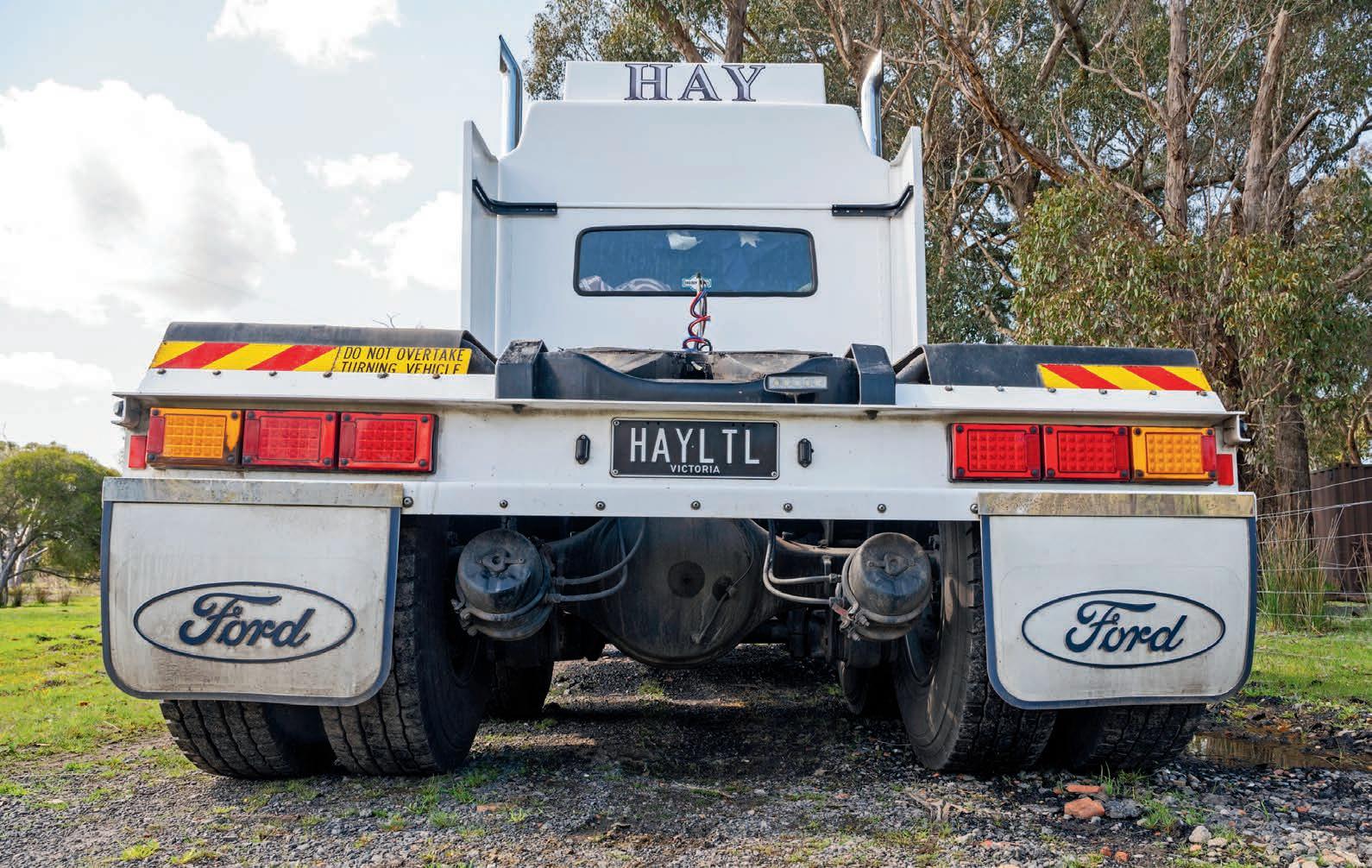
“We did the regular sort of stuff, bushes, air compressor, standard stuff. But I didn’t actually rebuild it until 1.4 million kays,” Rick explains. “When I pulled it down it didn’t even really need doing, it was still as good as gold.”.
The LTL got another bit of a makeover partway through Rick’s time with Thompsons. Well, actually he wasn’t with Thompsons at the time, he had decided to give himself a bit of a break from the interstate work and do a little local to catch his breath. Unfortunately, the LTL also decided to take a bit of a break and had a bit of a lie down itself. “Yeah, I had a bit of a brain fade and tipped it over,” Rick admits.
He’s truckie enough to know sometimes you can just fix it up. So it came to be that the LTL was written off after the inverse parking situation, but Rick and Eve opted to buy it back, with plans to return it to life.

“ReCar did the cab, straightening it and that. Then it came back home for me to do the rest,” Rick says. Obviously, the years of tinkering around on trucks, alongside the gardening apprenticeship, gave Rick enough skills to set about rebuilding the 13 year-old workhorse.
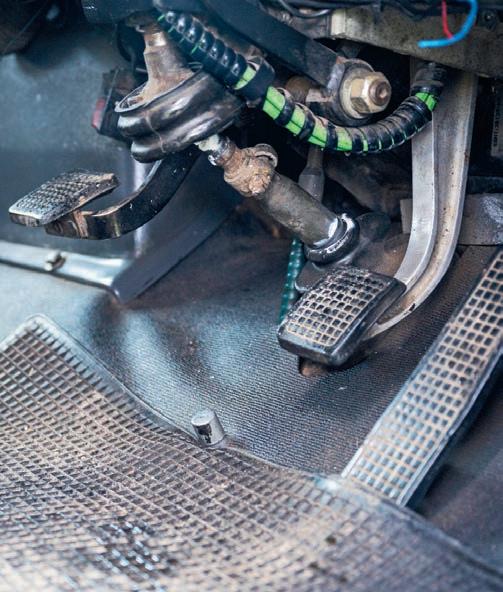
“I spent four months rebuilding it. Mum used to come round and look after the boys because Eve was busy working for Thompsons,” Rick says. “We didn’t really have a choice, we had a mortgage and truck payments, with 19 per cent interest. You did what you had too. It was a labour of love though; I had an attachment to the old girl.”
It took four months in the back shed repainting,
rebuilding and resurrecting the LTL but it finally came together. There was a lot of blood sweat and tears put into bringing her back.
“I had a deep respect for the old thing, a deep love. It’s almost like it was part human, as silly as that sounds,” Rick says.
As soon as it was ready Rick had it back in the Thompsons Transport yard and was straight into it. The four months rebuilding also meant poor Rick was four months off the road, so he was just as eager to get back out there as well.
Rick and the truck did almost another decade with Thompsons before the next big change in Rick and the LTL’s life.
“We sold the LTL in 2007; I was absolutely burnt out,” Rick admits. “We’d gone through the fuel price rises after the Gulf war and I was over it. I also really wanted to spend some time with the kids as they were starting secondary school.” With a heavy heart Rick put the truck up for sale, eventually finding a farmer up the back of Ararat who needed a truck to help out around the farm. I can picture a tear in Rick and Eve’s eye as they watched their truck wander off into the sunset on that sad day in 2007.
This would be the part of the movie where we skip forward 13 years. Eve kept herself in the trucking industry for those 13 years but Rick, without his LTL, opted to get away completely. He spent time working for the Department of Sustainability and Environment, as well as the Country Fire Authority and even tried his hand at some fly-in, fly-out work.
Then the movie would jump to 2020 and fade in on Rick and Eve finding out that the lovely Eve Hay had been nominated into the Road Transport Hall of Fame (I told you she was a pioneer, stand by for her story). Anyway, when she got nominated Rick
“It’s almost like it was part human, as silly as that sounds.”
Above,
As it turned out the LTL was still with the cow cockie they had sold it to. They arrived up at the farm and found the old girl parked up in a shed. The farmer had noticed a pretty bad oil leak a couple months previously and decided to park it up rather than risk killing it. Much like Rick, the farmer had grown rather fond of the old girl.
“It had been well loved,” Rick says. “It was a farm truck, but it had been loved. It did one trip a week from Ararat to Ballarat and the farmer absolutely adored the old girl.” In fact Rick was extremely impressed by the state of it, it still had the original tyres and even the Anzac badges on the dash that Rick had collected over his time in it.
“I think it was sitting there waiting for us to come pick it up,” Rick laughs. “As soon as it started, she just had that grumble and growl and I thought, ‘Yea, she’s coming home’.”
The farmer hadn’t had it for sale; it was parked up purely
because he didn’t have the time or coin to pull it apart and fix it up. There were a few words spoken between the Rick and current owner and the deal was done with a handshake and a nod. Rick was stoked to have his LTL back and the farmer was stoked to have someone who loved it as much as he did, taking it home.
“There was stuff all to do to it when we got it home,” Rick says. “It was the main seal leaking, so we popped the gearbox out and did the main seal. We did the brakes and it was roadworthy in no time.”
Once it was running again Eve took the wheel for a while before Rick went and saw Ross Quick, a local transport operator and started hauling for him. It was like those 13 missing years had never happened.
“I never intended to get back into trucking once we’d sold her,” Rick explains. “It was the truck that got me back in. Once I had it back I just wanted to take it up the Hume and let it have it again.” That comment from Rick just shows how much character the old school trucks have.
Even now, after Quick Freight Express closed its doors, Rick and Eve are still working the LTL. And loving it.
“It’s as quiet as a Volvo, it has everything a new truck has, just without the technology, No AdBlue, no computer, no ABS, no central locking. I break a wire; I find a wire and I join it,” says Rick with pride.



As the LTL homes in on its 40th birthday it still looks as good as it did on day one. It still runs as well as it did two million kilometres ago and it still has a stranglehold on both Rick and Eve. In fact, it’s worth noting before I sign off that the couple have added a second LTL to their stable now. This time a 1986 which, just like their original, is still earning its keep and just as easily distracting truck lovers as they visit the couple’s Ballarat home.
Now go and lap up the pictures of this stunning classic and wait patiently for Eve’s story. She has some tales to tell.
“It has everything a new truck has, just without the technology.”

Some days you kick a goal. I can’t help feeling vindicated by the New South Wales Government’s decision to conduct a thorough review of its motorway tolling system. The expensive and intricate web of toll roads is finally going under the microscope and achieving a fairer outcome for operators is something that that everybody at NatRoad is invested in.
Many of NatRoad’s members come from NSW. Tolls are a significant cost for operators passing through Greater Sydney.
On routes like NorthConnex they’re impossible to avoid if you’re driving a truck that’s up to 12.5m long. That’s because you can’t use Pennant Hills
Road between the M1 and M2 unless you have a genuine pick up or delivery destination that’s otherwise inaccessible.
Opt out of the tunnel and you’ll cop a $201 fine for your trouble.
NatRoad has been to NSW Parliamentary inquiries over the years and we’ve railed against the inequity of the state’s tolling system and its near monopoly ownership.
We actually called for the appointment of a ‘toll czar’ to lift the lid on secret deals and Road Minister John Graham has delivered in the shape of inquiry chairman, Alan Fels, a former competition council boss.

Tolls are a cost over which road transport operators have no control,


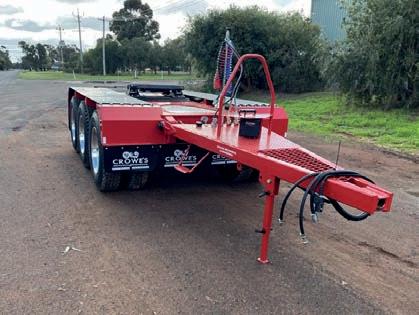
• CUSTOM PULL LENGTH AND TURNTABLE POSITION
• HEAVY DUTY, HIGH TENSILE STEEL FRAME
• AIRBAG SUSPENSION
• 50/90MM JOST FIXED OR BALL RACE TURNTABLE
• POWDER COATING
• LED HELLA LIGHTS
and their burden has been increasing over the last five years.
In 2021, we told a NSW Parliamentary inquiry about a member whose annual toll bill was about $100,000. That company was paying more in tolls for a round trip between the Western Suburbs and the Northern Beaches that in driver wages.
Trucks attract tolls that are generally three times greater than those imposed on cars, supposedly because heavy vehicles incur more in road upkeep. That assertion is not backed by good evidence and nor are we seeing tangible improvements in the quality of our toll roads.
Heavy vehicle owners already pay up to 11 times more than a motorist in registration charges.
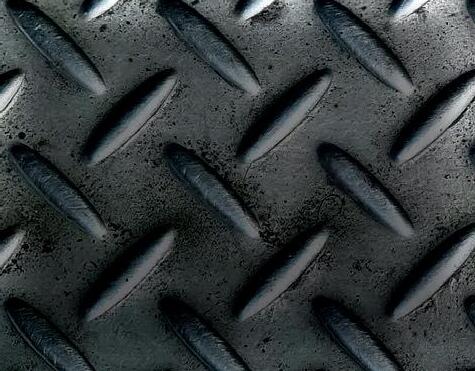

The lack of transparency in tolling for heavy vehicles is infuriating. Transurban uses a formula to jack up the cost of tolls for trucks on a regular basis. NatRoad is especially happy to see that will be examined as part of the review.
With the exception of the Harbour Bridge, every Sydney toll road is run by private companies and all but two are operated by Transurban. That sort of market dominance can’t be allowed to spread to other states.
• WRIGHT WEIGHT GAUGE
• HYDRAULICS
• HOOK UP LIGHT
• 10 STUD ALUMINIUM RIMS

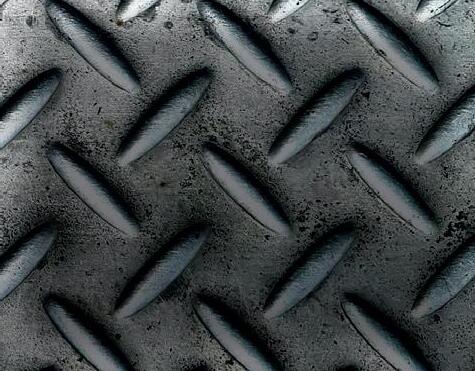







• 2 POSITON PULL
• OPTIONAL EXTRAS
NatRoad communications are intended to provide commentary and general information. They should not be relied upon as legal advice. Our advisers are available to clarify any questions you have and provide the right advice for your business and workforce. Contact NatRoad on (02) 6295 3000.
Letters to the Editor need to be typed or clearly handwritten and be no more than 500 words. Letters should include name, title (e.g. owner-driver, manager) and city for publication, unless otherwise requested. Letters may be edited for clarity or space. Please be concise, so we can offer more people an opportunity to express themselves.
SEND YOUR LETTERS TO: Greg.Bush@primecreative.com.au or 379 Docklands Drive, Docklands, VIC 3008 We prefer letters by e-mail, but handwritten letters will be accorded the same opportunity to be published.
Lennie Rose passed away suddenly on the night of June 9, 2023. He was involved in a motorbike accident only five minutes from home where his family were expecting his return.
Len started out learning to drive trucks at the age of 13 with his dad, Dave Channell. Dave would say “the diesel runs through our veins”. Although from a young age he would sit on his dad’s lap getting a feel for the wheel and the gear changes.
Len’s first trip with his dad was from Canberra to Sydney, Leeton to Melbourne in a Kenworth Aerodyne towing a single. Dave taught him how to use everything, from forklifts, to tying the ropes, which is an important part of a truckies life. Len always wanted his dad to give him a drive, to “give him a crack”.
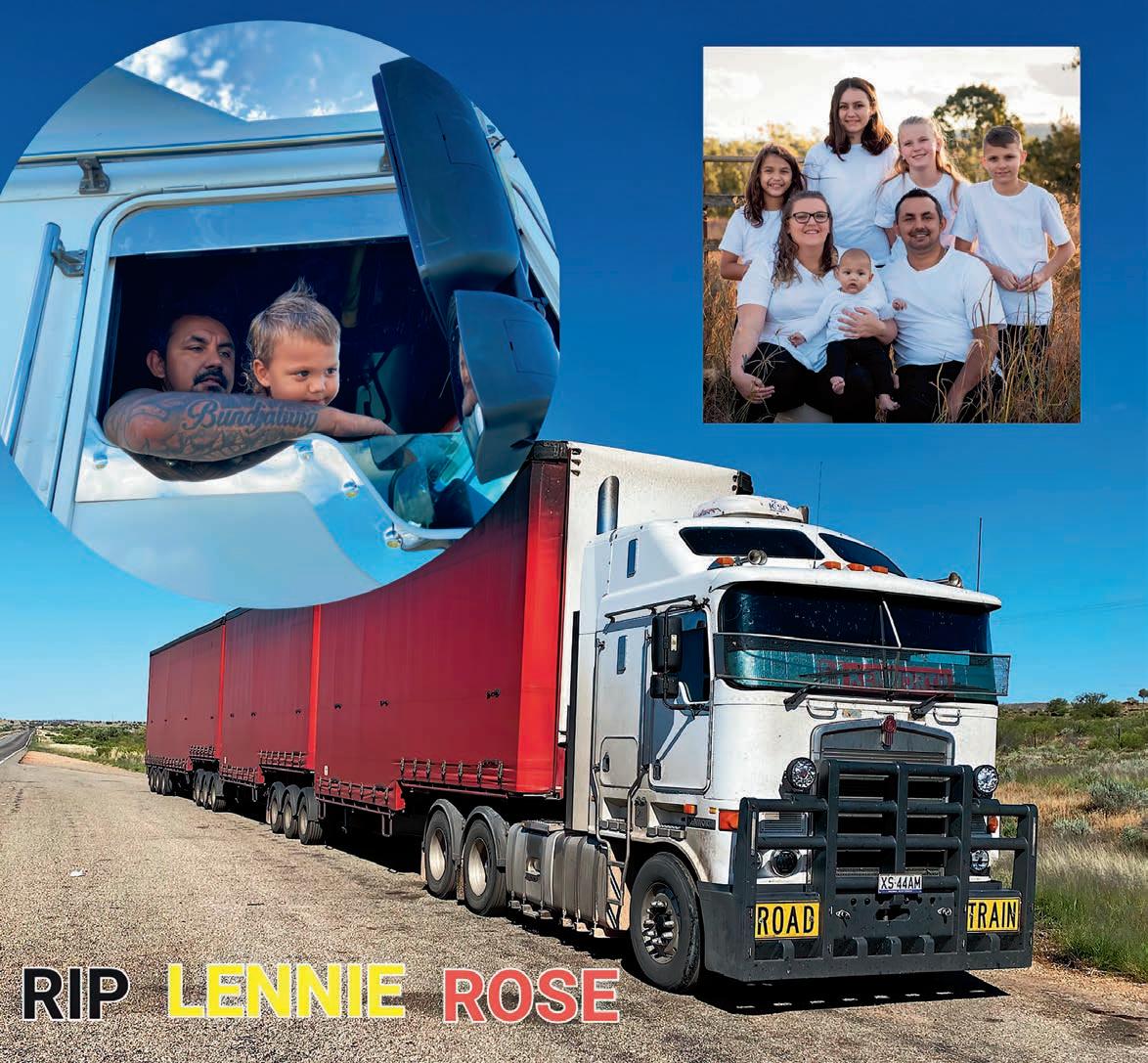
Len got his licence and always drove interstate. Dave was so proud of his son following in his footsteps, driving long haul around Australia, seeing this beautiful country on another man’s dollar.
“One of the best times I had was when Len and I did two-up from Brisbane to Perth weekly. We spent days just yarning, laughing and talking about anything and everything, listening to our songs singing along with no care in the world. Though Len hated being woken up, he loved his sleep. He would always say the hardest part about this job is leaving his family at home. He was my only son and will be forever missed. Love you son. Until we meet again.”
Len had various jobs on the road throughout his life. “Always making a mile dragging these poxy arse trailers round,”, he would say.
Len also drove road trains from Brisbane to Perth running two-up with Nuku (uncle) for TML Transport. Nuku was Len’s road dad, someone he looked up to, confided in, respected and most of all enjoyed spending time with. He spent five years driving with Nuku. Nuku remembers when Len was just a boy and he was teaching Len to drive, every time Len crated a gear or didn’t change when he was meant to Nuku would hit Len with a rolled up Big Rigs paper and say, “Get it together boy, change gears”. After a few times and a couple of trips Len got it down pat and could do it with eyes closed. “Len was only six years old when I met him and ever since then Lennie was my right-hand man, my number one driver. Lennie was like a son and stayed with me all the time. The truck became Lennie’s second home.”
One of Len’s mates, Brent, did a one-off trip with him to Perth and
back (Brisbane). Brent also did quite a number of years running across the paddock. They went to hook up the dog trailer on the westbound Gatton pads which was all new to Brent, he used to hook up at ‘brozgate’ or Warwick. The dog was an old dry pan 45ft on rocker boxes with spider rims and Brent said to Len, “How often do you check these wheels bro? When was the last time you nipped up the wheelnuts?”. Len said, “Never man, I just drive”. Brent said, “Man these
spiders will come undone on you out of nowhere if you’re not careful.” Len wasn’t convinced. Little did I know that this was the start of something that I (Candice Matheson) didn’t let Len live down.
Len did a trip to Perth from Brisbane with TML Transport in the T909 Kenworth, “the kiwi express” as uncle called the truck with Gina, and one night Gina looked at Len as they went around the roundabout at Goondiwindi and said, “Len I think
we’re missing a set of duals on the back trailer”. Len said “What the f...k”. They pulled into the BP and Len’s first words where, “Oh shit, don’t tell uncle”. Gina said, “Len I think someone is going to notice there missing”.
They got back and Nuku asked Gina how was the trip. Gina replied, “All good but Len has a story to tell you”. Len walked inside with that huge smile on his face and Nuku straight up said, “Len what happen bro?”. He
“Lennie was known by so many on the highways, anyone who was fortunate enough to meet him, had the pleasure of knowing him personally or if you’re learning of him for the first time reading this, you will understand the huge impact he made on people’s lives.”
smiled again and said, “We lost some wheels uncle”.
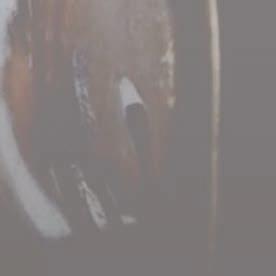
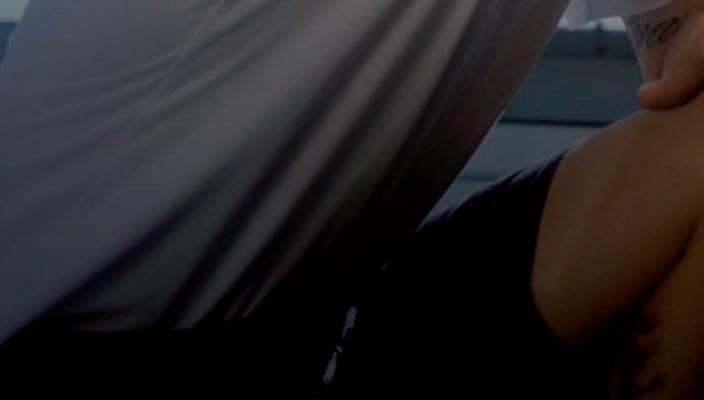
The wheels were never found. Needless to say, I would randomly text Len pictures of a set of dual wheels and ask him if they were his. His response to me every time was a few naughty words followed by “you’re not funny, it was one time brahhhh”.
Len eventually changed jobs and was on his own, still driving road trains. Sometimes he would take a break and do some local work around Brisbane for various companies. Len would also help out at his kids’ school as an indigenous teacher aide. However, the road would always call him back. He would say, “I got itchy feet and need to get back out there”. He never had a problem finding a job. He was a fantastic operator and an old school trucker.
His favorite thing about trucks was the jake brake. He’d say, “It’s just crackling along”. Len always loved to meet with the boys and have a drink after the trip was finished. Please raise your glass and share cheers for Len next time your shift is over.
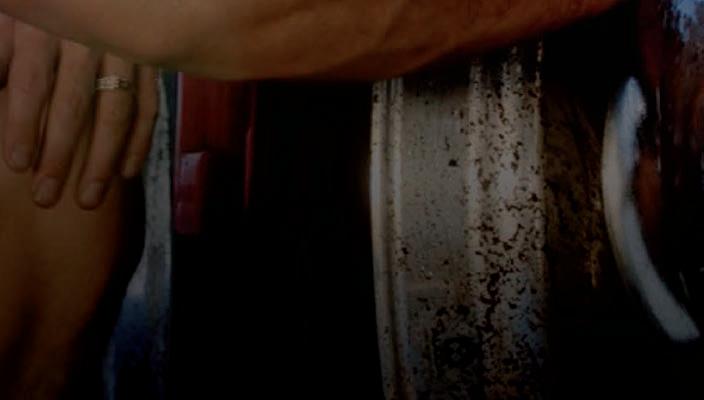
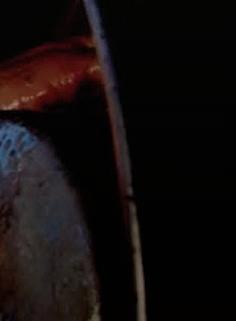
Len had such a giggle on him, always smiling and was always willing to help a brother out. He would lift you up when life got you down. He was so easy to get along with. He would do anything for anyone. He was a friend to so many people. People from all walks of life. He didn’t judge. He loved life and his life was his family. He enjoyed riding his Harley when he was
home. Taking his kids to their football games, family outings, kids hair cuts, the list was endless.
Lennie was known by so many on the highways, anyone who was fortunate enough to meet him, had the pleasure of knowing him personally or if you’re learning of him for the first time reading this, you will understand the huge impact he made on people’s lives.

His beautiful wife Emily and their five gorgeous children, Yindi, Amaru, Mundarra, Bellah and Gungurima now have the heartbreaking task of learning to live life without him coming home from a trip away. Their lives will never be the same again. To help ease the pain of financial pressure as Len was the main income earner, if you would like to help his grieving family then please follow this link: gofund.me/fea91466.
Candice Matheson
After reading Frank Black’s latest column l really have to question the integrity of your columnists. Yes, Frank is a tireless campaigner but he really needs to get his facts straight. You cannot be fined for misspelling a town or location in your logbook.
As a single truck operator l can honestly say l do not get harassed, wheeled in, pulled over or targeted, and yes we run to the west out of Melbourne to SA and WA.
A classic example recently. l loaded
nowhere near a weighbridge in Vic, four x NHVR cars and the shaker having a blitz at Bungaree, Vic. Bridges always let you check weight, fine line between bravery and stupidity but l wheeled in and scattered them standing around to conduct a check weigh. Honestly the banter between the officers and myself was very comical; they know my truck and its usual pristine condition. l copped a mouthful for having a dirty truck not to my standard, my reply was apparently, “you blokes are nothing but bullies forcing good blokes off the highway”. Old mate replied, “Nah, that’s them c#$@s over there”. Honestly lots of shits and giggles, no drama whatsoever, didn’t even want to see the dreaded book and my tri weight was borderline.
What drivers and operators need to understand, it’s a welfare check, nothing more, nothing less. They are making sure l am compliant to travel as the same that are travelling towards me (and yours and my family). Blokes need to get off their soapbox, deal in facts.
I blame social media. Once upon a time we had creditable journalists dealing in facts, now we have every Tom, Dick and Harry giving their stupid opinion which is mostly bullshit and Facebook banter. Apparently the bigger d**khead you are on social media, the industry follows your every move and comment as if it’s gospel.
I’m a 40 year veteran in this game. l


don’t do social media and l don’t give a shit about ‘likes’ etc. Our equipment is unique and meticulous, no Facebook nothing. We do it the way we were taught. l don’t get it.

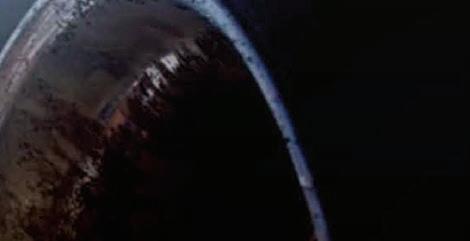 Andrew Hammond Mitchell Park, Vic
Andrew Hammond Mitchell Park, Vic

Why are they pushing so hard for electric trucks when we all know that they won’t work in the outback. And can they pull three trailers with a load on them and handle jump-up?

Watching Steve Graham on Outback Truckers and seeing where he’s going, do you think it can handle it?

I would like to see an electric do a trip from Broome to Gove in the NT to see what happens.
As my following truckie said, “If the trucking industry stops, Australia would break”.
I would like more of Steve Brooks’ rating on electrics.
Ryan Bayliss Junee, NSW

Just finished reading the latest issue of OwnerDriver and was devestated (sic) because there were no ‘Road Sounds’ again!


What’s the excuse this time? If you’re not going to publish ‘Road Sounds’ why don’t you “just grow a pair’” and say truthfully why it’s missing?
Brian Gannon

When Aldi commenced legal action in 2017 against truck drivers speaking out on supply chain issues, it showed that it cared more about profits than about safety. Aldi lost that case, and its subsequent appeal. But it still has not come to the table on safety in its supply chains, and since then, the road transport industry has only spiralled further into a race to the bottom.
This crisis in transport has been manufactured by wealthy clients that demand ever-cheaper and ever-faster transportation of their goods. This has only been hastened by the arrival of the gig economy. In 2017 when Aldi began its case, Amazon had not even arrived on Australian shores. That was 2020, Amazon’s arrival bringing with it an exploitative gig arm called Amazon Flex. The company began sending out drivers with their family cars dangerously crammed with parcels they would never be able to deliver in their allotted time.

With companies like Aldi cost-cutting from the top of the supply chain, and companies like Amazon creating unfair competition by bringing in exploitative business models, what always happens is that drivers and operators pay the price.
It’s been reported that Aldi declared $900 million in taxable income last year. Yet the company, after years unsuccessfully trying to take legal action against truckies
speaking out on safety, refuses to sign up to principles on safe supply chains.
Workers served a claim on Aldi and 39 other major retailers, manufacturers and agricultural companies in March, shortly after the collapse of Scott’s Refrigerated Logistics from “uncommercial customer arrangements”. It called on the supply chain clients to sign up to fair, safe supply chain principles, and while several of those have now met with the Transport Workers Union (TWU), Aldi has inexcusably remained silent.
Transport workers can’t afford not to act when companies like Aldi are pushing their industry to breaking point. It’s lives and livelihoods on the line.
What we know is that when things go wrong in the transport industry, there’s much more at stake than the fate of the goods they are carrying.
Almost every driver has either been in a serious incident or knows someone who has. This year, a terrible and tragic milestone has already been passed: over 100 killed in truck crash deaths on Australian roads. It’s only
halfway through the year.
When terrible incidents like these occur, it’s easy enough to point the finger at drivers.
But it’s called a supply chain for a reason. The transport industry is inseparably linked, and every action at the top ripples down the chain until you get down to the transport operator and ultimately the driver. So when huge supply chain clients squeeze transport contracts it’ll mean mammoth profits for them – but others will end up paying the cost. In the transport industry, those costs are huge. They’re a business going under, or loved ones not coming home to their families.
While companies like Scott’s are going under, and transport workers are dying on our roads, companies like Amazon and Aldi are profiting from a crisis they have helped to create.
In the next financial year, it’s looking likely that Amazon will reach a milestone in Australia of $5.5b in turnover. Our outdated laws mean that Australia is now one of Amazon’s biggest developing markets. Meanwhile delivery drivers for Amazon are suing the company for having such inhumane working conditions they are forced to urinate in bottles.
These are the companies who don’t want reform, who would like the industry to keep spiralling downwards because it’s working quite well for them.
One of the reasons reform is so important is that until we have a fair playing field, it will be drivers who face consequences for pressures that have simply been passed on to them from the top of the supply chain.
Recently the National Heavy Vehicle Regulator (NHVR) fined a driver $20,000 for critical fatigue breaches after working 19.5 hours in a 24-hour period. Clearly that is an unacceptable danger on our roads – both to the driver and to all other road-users. Fatigue is a leading cause of preventable truck crashes and fatalities.
At the same time, the NHVR announced a ‘blitz’ on drivers following penalty infringements for truck drivers not carrying work diaries.
But it is all too often the investigation stops at the driver. Hands are washed –nothing more to see here. There are no ‘blitzes’ on supply chain clients and their contracting practices, no ‘crackdowns’.
Again and again, drivers are forced to bear the brunt of a broken system. Safety will not improve by targeting the individual drivers who carry the immense weight of a transport industry that is in crisis. It’s not a crisis of drivers wilfully doing the wrong thing. It’s a crisis of deadly pressures manufactured by wealthy clients relentlessly seeking a cheaper and faster way – no matter what it takes.
I’ve heard from drivers fined for all sorts of infringements that have no real bearing on safety – misspellings, mixing up of time zones. None of these things are getting to the root of the issue.

We’re calling on the NHVR to investigate what led to a driver working 19.5 hours in the first place.
We continue to call on Federal Parliament to pass lifesaving transport reform that would address deadly supply chain pressures. And we’ll continue to take action to hold wealthy clients like Aldi accountable for safety and fairness in their supply chains – because we can’t afford not to.
“There are no ‘blitzes’ on supply chain clients and their contracting practices.”

The Brisbane Truck Show was a success and drew large crowds. Many I spoke with said the normal first two industry days (which I missed) had real interest and inquiry, and Saturday had lots of families as well. From the small things such as Blue Boys (condoms for your air hose fittings to make them last and keep them clean) to the large changes in future engines and to a DAF with 660 horses, there was much to see.
I even bought a Kenworth kids’ toolkit just for the bag and then gave the plastic tools to a young boy, after I asked his dad of course. When I explained the intended use to the lady at the counter, she said, “They are a good size and quality, what a good idea, I can think of things to use them for at home and will get myself one”.
I received a reply from Queensland Transport and Main Roads regarding the road north of Augathella, saying it was in spec and the shoulders had not been made steeper. When I travelled on it, they had just finished the resurfacing, there were no lines and with the shoulders graded and clean it was certainly worse than the bit before and after. Once before I had looked there for somewhere to stop and with long grass or slopes, there was nowhere and that has not changed. I have replied saying thanks for the info, but then asked some more questions regarding rest areas and the like.
I have not heard back from Department of Transport in the NT, but as per the photo on this page I have just done a quad to Katherine and there are now a few more green reflector bays in the Territory. I have of course emailed
them again. But why must it be so hard to even get a say, let alone be listened to and then really heard?
I honestly believe the road transport industry is often either ignored, overlooked and/or not considered as the biggest road user group, not by numbers of course, but by the kilometres travelled. Yet are we asked to participate, are we given the chance to be heard and if either of those happen, are we really listened to?
Do those with much more educational and/or specific qualifications rule the outcomes? It may not be totally true, but it may also not be a long way from the truth. I have had two conversations only recently about roadworks signage and have been told there is a new set of rules coming out that are done by some who may have never worked on the road but have qualifications. However, there will be no room for modification, even if those doing the work deem the requirements dangerous! Is this where it all goes wrong and people get hurt?
We need roadworkers to fix our roads, the ones they will not recognise as our workplace, without them the roads will only get worse. We want them, like us, to get home safe each day, but we want a fair go, not 40 signs for kilometres when there is no one there.
I think that’s why many car drivers get impatient and pass us in roadworks.
I tried to join the roadworks group
ROD HANNIFEY, a transport safety advocate, has been involved in raising the profile of the industry, conducting highway truck audits, the Blue Reflector Trial for informal parking bays on the Newell, the ‘Truckies on Road Code’, the national 1800 number for road repairs proposal, and the Better Roadside Rest Areas Group. Rod is the current president of the NRFA. Contact Rod on 0428 120 560, e-mail rod.hannifey@bigpond. com or visit www.truckright.com.au
and was told it was full. I tried for the executive of the Australasian College of Road Safety without success, though I am on the Heavy Vehicle Rest Area Committee along with Craig Forsyth, also from the National Road Freighters Association, with eight other industry people.

The next big thing will be the industry group from the senate inquiry. When I asked about the industry body recommendation at the meeting I attended in Canberra, we were told by Minister Burke, it was not if, but when, so saying it would happen.
Who and how many and what group or background they represent as members of this group could well decide much of the future if we get a say in it. Yes, we can all jump up and down, but unless you are in the room (and yes even then as above) you are far less likely to be listed to. So there is much to work on.

Then we have the new weighbridge east of Dubbo, only $7 million and the new cameras that will look at trucks and decide what freight we carry. Geez, they must have X-ray vision then. What will they cost, not just to install, but to monitor? But when I asked why we have lost four or more informal bays when overtaking lanes were built, I was told, “Sorry there was no money for that”.
So, let’s fine you for not stopping, but also not only not give you enough places at the start. Let’s take more off you when we know there is not enough!
I emailed Transport for NSW (TfNSW) asking about the weighbridge, after initially asking National Heavy Vehicle Regulator who said it was TfNSW. However, in the online story I have seen, TfNSW says the NHVR are now in control of all such sites. So if they can’t decide, how can we?
Drivers are being pushed out, Chain of Responsibility has never worked, we are then putting even less trained drivers into the seat. There are adverts for a B-double licence in a day, but why then do the authorities not pursue these people? Why are they not held to account for letting loose those who they have given a licence to? Where does that leave us all, at the mercy of those who make and police the rules but do not have to live by them? What has changed since Razorback and what will you do to see it fixed?
“What has changed since Razorback and what will you do to see it fixed?”

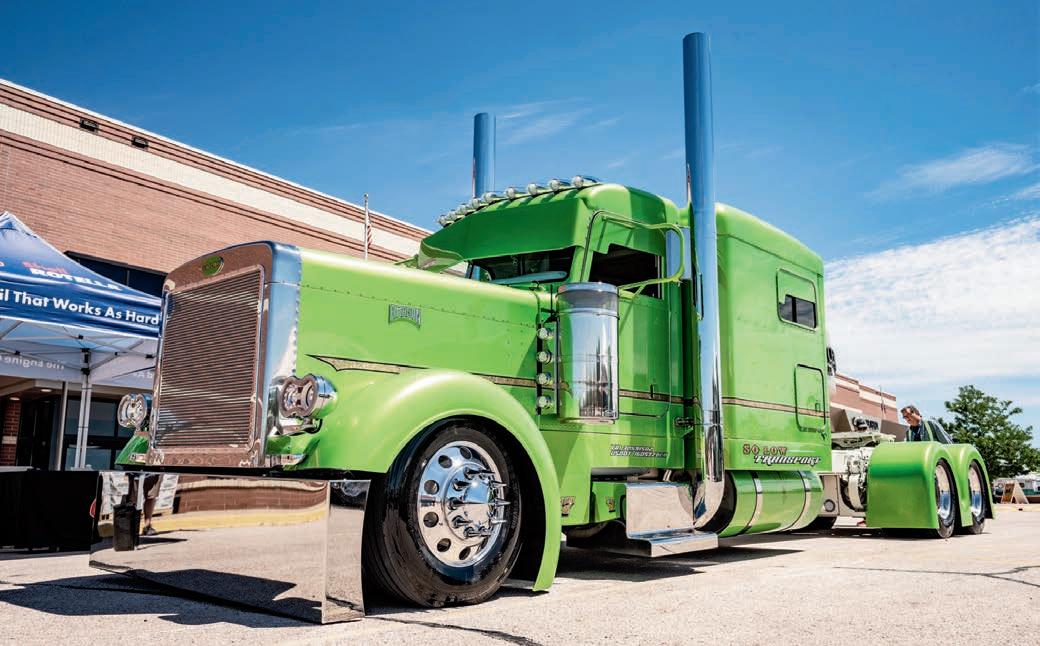
The small city of Gillette in the US state of Wyoming was the venue for the 2023 Shell Rotella SuperRigs Truck Beauty Contest. And, by Australian standards, the rigs were big … and bigger!
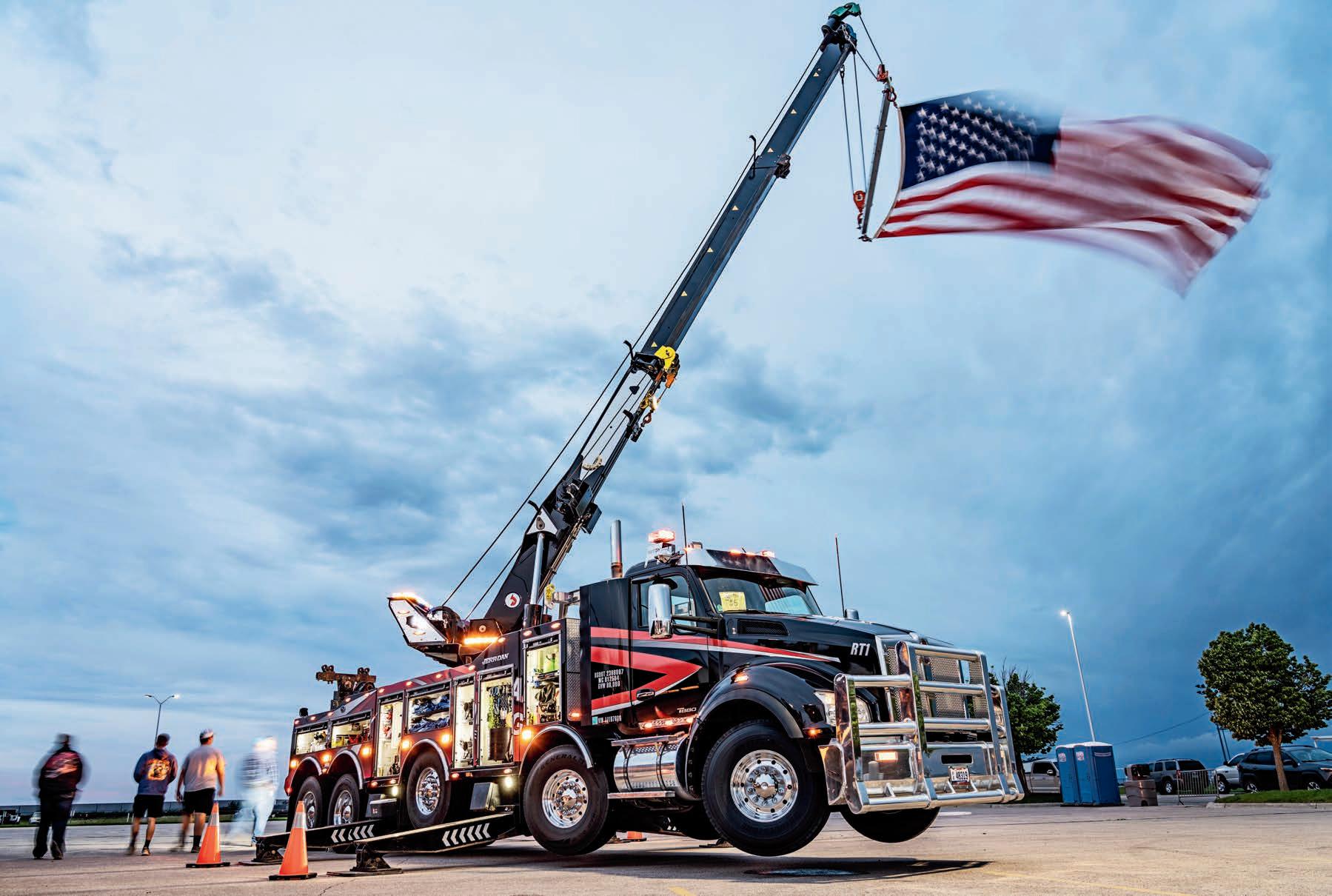
Regarded as the premier truck beauty contest for actively working trucks, hard working owner-operator truckers from across the United States and Canada competed for more than $US25,000 ($37,266) in cash and prizes. In addition, 12 drivers were selected to have their trucks featured in the 2024 Shell Rotella SuperRigs calendar. It’s worth noting that there is no fee to enter SuperRigs and the weekend is designed to be fun for the whole family.
Shell Rotella SuperRigs competitors compete for 24 awards including Best Chrome, Best Lights, and of course, Best of Show. Events are still being planned for the 41st celebration, leveraging the unique activities that Gillette has to offer.
Among the June 8–10 weekend highlights were the truck parade, contestant dinner, truck lights competition, fireworks and live music.
Truett and Crystal Novosad, who drove up from College Station, Texas made the trip worthwhile by picking up the Best of Show award, which came with the cheque for $US10,000 ($15,000).
Top: It was ‘lights on’ for Cody Davis of Cokeville, Wyoming. His 2022 Kenworth W900L was the People’s Choice pick
Above, L to R: Despite the weather, the truck parade through Gillette was well attended by trucks as well as spectators; Best in Show: Crystal & Truett Novosad’s 2007 Peterbilt 379 Legacy, nicknamed ‘Doc Holliday’. The Peterbilt also won the Best Theme award, in honour of the late transport journalist Steve Sturgess

Left: Richard Rukstalis, from Morton, Illinois, won the Best Interior Award with his 2018 Kenworth T680


Opposite bottom: Mark Aragon’s 2003 Peterbilt 379 was the Shell Rotella SuperRigs runner-up for Best in Show; Ben Overton’s 2020 Kenworth W9B arrived from Winnipeg, Canada to pick up the 2nd runner-up prize
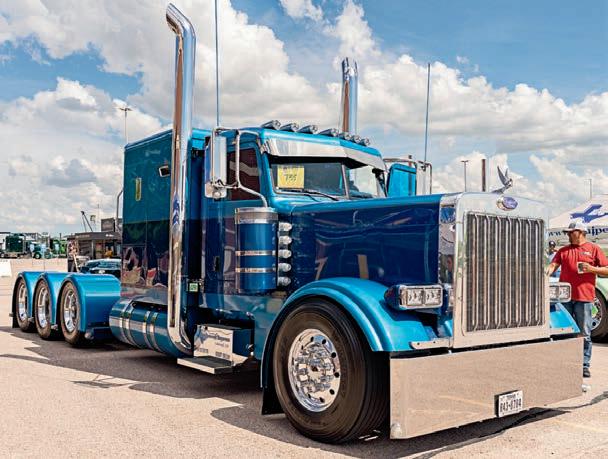
Below, L to R: A couple of worthy contenders for the Truck Lights contest; Patrick Lahr from Denison, Iowa was a winner in the Tractor Division with this 2022 Peterbilt 389

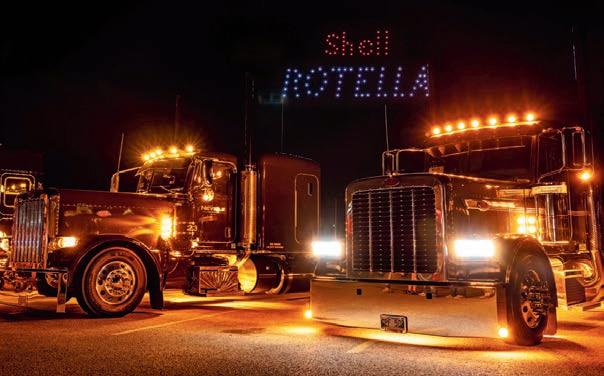

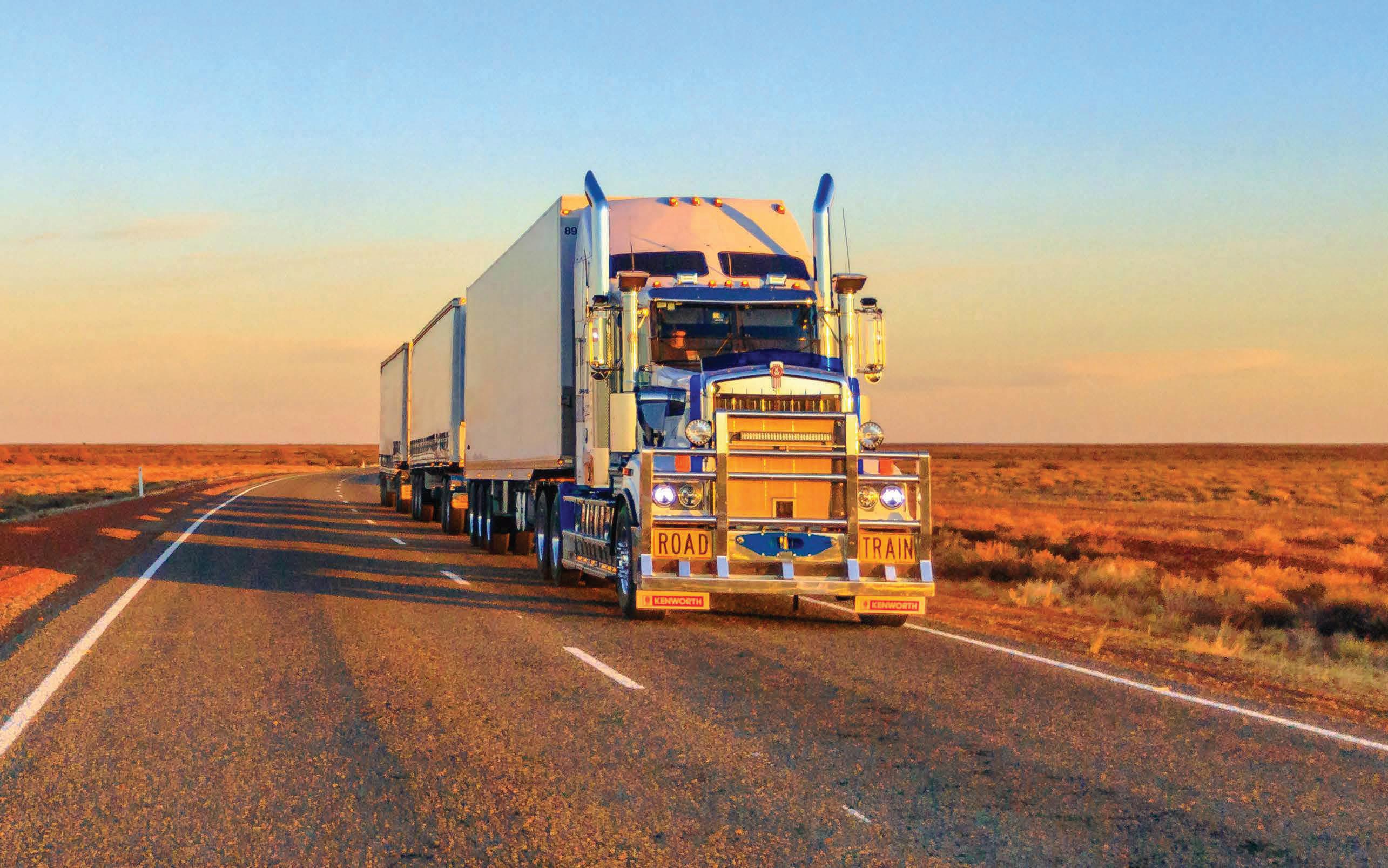
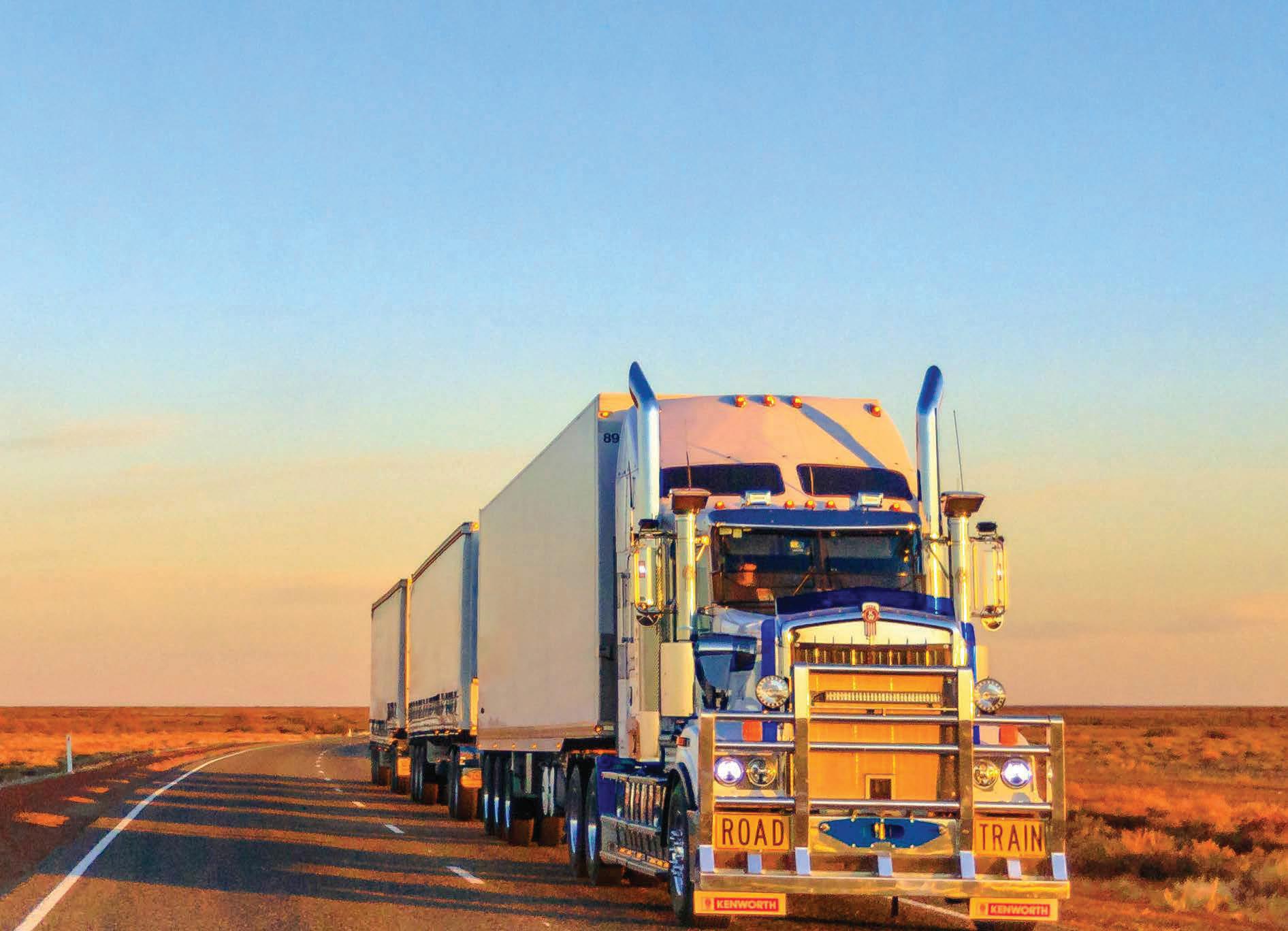




My recommended reading this month is Panopticons Of The Interstate by Gord Magill. A panopticon is a circular jail with cells arranged on the outer circumference and a central guard tower located in the middle giving security staff unrestricted observation into every cell. I have to say I’ve only read a precis of this work. The writer is suggesting that the USA’s deregulation of its road transport industry has by deceit become regulation by industry and employers. To use words from that precis: “deregulation or transferred regulation?”
Is Australia going down the same road? I suspect so, except that Australian truckies are still burdened excessively with ‘official’ regulation.
How many drivers for companies engaged in servicing the big grocery stores, as an example, must submit to having both driver facing cameras as well as cameras directed to the road outside. Not to mention having an excessive bank of time left in the revenue book. Simply put, Australian truck drivers must operate within parameters dictated by customers and enforcement – or lose their work. Rather than transferred regulation, I suggest additional regulation.
Several people I’ve spoken with or whose comments I’ve read are extremely critical of rates being paid to drivers and/or subcontractors by companies. I’ve never been too keen to get into the subject of rates. The Transport Workers Union (TWU) seems to be following a one-track path in suggesting the heavy vehicle road toll is solely the result of poor rates of renumeration. I believe this to be misleading and dishonest. Indeed, it appears that the TWU is politicising the tragedy of the road toll to gain financial gain for members.
If the TWU was really concerned about the tragedy of road accidents, it would be demanding an unbiased study into accidents involving heavy vehicles to determine real cause. A complicating aspect to safety in road transport – all transport – is that it is an activity conducted at speed. All driving is speeding. A speed limit is simply that. A limit determined by an authority on how fast that authority considers speed to be safe in a particular road environment. But that assumes some level of competence on the part of drivers. With the rising incidence of illicit drug taking, road transport operators are being expected by a society ignorant of the implications of humanity’s diurnal nature to operate in the nocturnal hours – at speed. Not to mention the selfish attitude so apparent today. Take stupidity
and selfishness out of the equation and wouldn’t we have a better number set?
Extra stupidity! Rod Hannifey commented on the ridiculous placing of speed-reducing signage at roadworks. North of Brisbane on the Bruce is notorious for this. Haven’t these fools putting these things up read the piece about the boy who cried wolf?
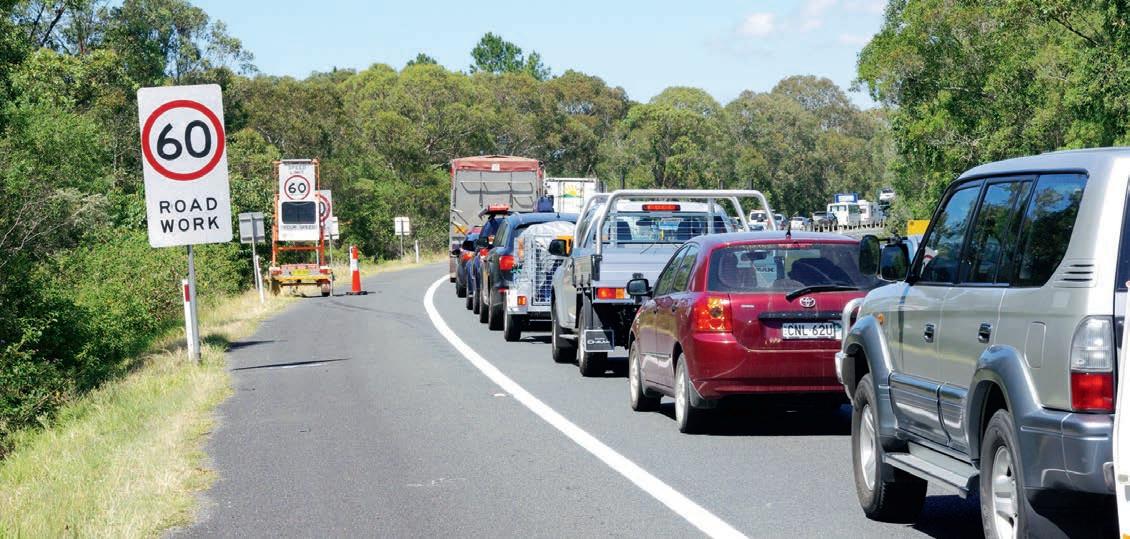
Roadworkers expect the driving community to observe slower speeds while they are working then, I say stupid, make that speed reduction appropriate.
There’s absolutely no problems with slowing for road workers. In today’s dishonest society it’s either entrapment to bolster state revenue coffers, or some clown in Workplace Health and Safety throwing his or her weight around.
And further stupidity – roadwork temporary lane parameters being marked by those bloody bollards. They are 1.3 metres high. The deck height of the trailer I use is 900mm. Guess what happens to their stupid bollards?
We have become a nation of dishonest idiots. I can’t work out in my mind who pisses me off the most – those who persist in dishonest stupidity or those who condone that dishonest stupidity by being silent.
BELOW FAIR
On insufficient rates to drivers! My brother is a dairy farmer. For years now he has
KEN WILKIE has been an owner-driver since 1974, after first getting behind the wheel at 11. He’s on his eighth truck, and is a long-time Owner//Driver contributor. He covers Rockhampton to Adelaide and any point in between. His current ambition is to see the world, and to see more respect for the nation’s truckies. Contact Ken at ken@rwstransport.com.au
suffered through the price of milk being a dollar a litre. The supermarkets brought this situation into being – and the public supported the supermarkets by buying milk stolen from farmers below a fair price. I’m willing to bet that even some TWU members took advantage of this cheap milk. Indeed, I have never heard of a person offering more than the asked-for price of any product. That attitude is why Australia has no manufacturing industry anymore. It is simply cheaper to buy from overseas where very few workers have either a jet ski or an electrified car.
We Australians consider ourselves to be a democracy – a democracy developed along the lines of the Westminster system. It is a system based on aggressive to-andfro. If you’ve ever had a glimpse of our parliaments in action, there is a lot of argy-bargy – raised voices, finger pointing and voices amplified in criticising those across the floor for perceived ineptitude. So how come those of us outside of parliament can be denigrated for speaking out strongly regarding the failure of our public institutions to deliver in any timely manner the outcomes expected of these public institutions, be they political or bureaucratic?
It so much used to be the Australian way to be direct and forthright in speech and respected for being so. Now it’s whine and gripe and requests for welfare handouts. Don’t dare upset politicians or bureaucracy – instead suck up to them. Meanwhile Ashley is forced to contribute several hundred dollars for failing to remove enough yellow copies from the book. Not $10 or $15 mind, but several hundred. Meanwhile the staff at the National Transport Commission sit on their hands and draw significant salaries.
Some drivers are not always lucky enough to be perfect at bookkeeping. Now the perfect ones preach.
To think that close on a century ago, almost 10 per cent of our population put their lives at risk for king and country. Virtually 10 per cent of that number gave their lives and a much bigger percentage suffered agony and trauma for the rest of their lives – often considerably shortened. We’ve now got a much bigger percentage simply whining for handouts.

“Some drivers are not always lucky enough to be perfect at bookkeeping.”

Samantha
Rounder Records
www.samanthafish.com
BLONDSHELL
Blondshell
Liberator Music/Partisan Records
www.blondshellmusic.com
Guitar-slinging
Samantha Fish gave Australian audiences a sample of her new blues-rock album Death Wish Blues during a tour here earlier this year. However, unlike most of her previous releases, Fish opted to share recording duties with well-travelled singerguitarist Jesse Dayton, the two going it alone vocal-wise on most tracks, but bouncing off each other seamlessly on ‘Lover On The Side’. They play the role of drifters on ‘Riders’, another fiery rock number. There’s a relentless grinding guitar riff behind ‘Death Wish’, but then Fish shows her softer side on ‘No Apology’. Normal service is resumed on ‘Flooded Love’, the lyrics combining a weather disaster with a torrid lovemaking session, the momentum building further on ‘Trauma’ amid Dayton’s bluesy vocals and grungy guitar.
RCA/Sony
foofighters.com

But Here We Are is the 11th studio album for US rockers Foo Fighters. It’s a “back in black” moment for the band as it’s their first release since drummer Taylor Hawkins' death in March 2022. With Greg Kurstin back in the producer’s chair, ‘Rescued’ kicks the album off in typical hard-rocking fashion, repeating that on ‘Under You’, its lyrics hinting at Hawkins’ passing. However, there are quieter moments. ‘Show Me How’, with Dave Grohl’s daughter Violet Grohl on harmony vocals, ventures into dream pop territory, while ‘The Glass’ is a mix of acoustic and mid-paced rock. There’s more Hawkins’ hints within the lyrics of ‘The Teacher’, a 10-minute multidimensional rock opus that kicks off in slow, dramatic style before moving into the regular Foo Fighters’ rock and a midsong soft-rock section. The final track, ‘Rest’ is another track of two parts, again hinting at the loss of their drummer.
New York Cityraised singersongwriter Blondshell (aka Sabrina Teitelbaum) has distanced herself from the ubiquitous pop style of her female contemporaries, instead staying true to her rock influences for the release of her self-titled debut album. On ‘Veronica Mars’, Blondshell starts out innocently enough before launching into raucous rock. She takes aim at a violent character on ‘Salad’ as she plots revenge, legally of course, and steadies herself on ‘Sober’, a fairly subdued song about the many faces of addiction. ‘Joiner’, a song about saving someone from themselves, is as close to pop-rock as Blondshell gets. Her trials and tribulations continue on the low-key ‘Dangerous’ as she struggles with “moderation” and strange friends. Written during lockdown, this ninetrack album is indie rock at its best.

JEN MIZE & THE ROUGH N’ TUMBLE
Jen Mize & The Rough N’ Tumble

Pathfinder Music


www.jenmizemusic.com/roughntumble
USA-born musician, singer and now radio personality Jen Mize moved to Australia in 2006, enlightening audiences and Aussie musicians alike with her blend of blues, country and rock. Mize, who now calls Brisbane home, began putting a band together in 2019 (Jeremy Edwards, Mitch Power, Zac Watson, Andy Shrav, Steve Fearnley and Matt Luff), under the banner of The Rough N’ Tumble. A number of singles have acted as an entree to Mize and the band’s self-titled album release, including ‘Out The Back Of The House’ which, apart from Mize’s gutsy vocals, boasts a guitar riff to die for. There’s a country rock sound to ‘All Riled Up’, the band tone it down for the sensitive ballad ‘Bukowski’, while Luff’s subtle saxophone is a highlight on ‘One Of These Days’, a mid-paced bluesy number. Check the gig guides – this band is worth catching live.

Warp Records/Inertia www.squidband.uk
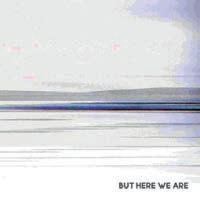
Hailing from the English seaside town of Brighton, five-piece band Squid scored well with its debut album Bright Green Field in 2021. While touring that album, Squid used any downtime to work on new material which ultimately led to O Monolith, their second album. Regarded as a post-punk band, Squid stretches musical boundaries to the point of cacophony on tracks such as ‘Devil’s Den’. In contrast, ‘Swing (In A Dream)’ is more Brit-pop style, building to a guitar crescendo. ‘Siphon Song’, with its Star Trek reference, is one of the album’s laid-back offerings before again building to its climax, while the lyrics on ‘The Blades’ tell of ignoring outside noise amid accompanying offbeat percussion. O Monolith was recorded at Peter Gabriel’s Real World Studios in the UK, another plus mark for the album.
The Barnestormers

Bloodlines www.facebook.com/thebarnestormers
The term “super group” has been bandied about over the decades, but surely The Barnestormers is right up there with the best credentialed. The multi-national band’s five members are keyboard player and UK TV host Jools Holland (ex-Squeeze), guitarist Chris Cheney (The Living End), Kevin Shirley (producer for the likes of Led Zeppelin), Slim Jim Phantom (founding Stray Cats member) and Jimmy Barnes, who needs little introduction. With Barnes on lead vocals, the band tackles fast-paced rock and rockabilly, including an energetic remake of Johnny O’Keefe’s ‘Real Wild Child’ (previously known as ‘Wild One’). The boys are in heaven on ‘Thirteen Women (And Only One Man)’, an old Bill Haley track, and then cover Chuck Berry’s ‘Dear Dad’. The Barnestormers embrace Johnny Burnette’s ‘Lonesome Train’, as well as a big Roy Orbison hit from the ’60s, ‘Working For The Man’.
The Teskey Brothers
Ivy League Records
www.theteskeybrothers.com
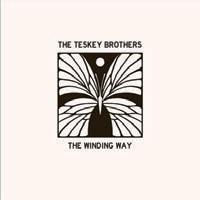
Groundbreaking
Aussie bluesrock band The Teskey Brothers have taken a slightly different direction for their third album The Winding Way, moving from Melbourne to Eric J. Dubowsky’s Sydney studios. Subsequently, Josh and Sam Teskey have delivered 10 stunning new tracks, the sound reminiscent of that from the old Chess Records studios in Chicago. With his honest bluesy vocals, Josh Teskey sings of the ups and downs of relationships on ‘Oceans Of Emotions’, and of burning bridges on ‘London Bridge’. The brass section kicks in on ‘Remember The Time’, and the boys are more subdued on ‘Blind Without You’, one of the album’s more poignant tracks. There’s an Americana detour, complete with slide guitar, on ‘Carry Me Home’, and the Teskeys take the positive road on ‘This Will Be Our Year’.
Heath Burdell

Independent
www.facebook.com/heathburdellmusic
Singersongwriter Heath Burdell, was raised around North Queensland’s sugar cane plantations, but moved to Sydney 12 years ago where he has established himself in the city’s live music scene. Three years ago Burdell released Madness and Meltdowns, a six-track EP. Those songs raised his profile, but one listen to his debut album Life Inside A Song and it’s evident that Burdell has the talent to kick on to greater heights. The rockin’ ‘Nothing Lasts Forever’ is a classy opening to a quality album, although ‘Crown Of Thorns’ surpasses that effort as Burdell’s vocals echo those of Matchbox Twenty’s Rob Thomas. He recalls moving on from his small-town roots on the guitar-heavy ‘Headstrong’, and he’s mesmerised on ‘Surrounded By Your Eyes’ while maintaining his rock credentials. Life Inside A Song is as good an album as any of this year’s new releases.
As well as being involved in road transport media for the past 23 years, GREG BUSH has strong links to the music industry. A former Golden Guitar judge for the Country Music Awards of Australia, Greg also had a threeyear stint as an ARIA Awards judge in the late 1990s and wrote for and edited several music magazines.
Billie-Jo Porter
Independent billiejoporter.com
Following a series of radio singles, Australian singer-songwriter Billie-Jo Porter, a finalist in the 2022 Tamworth Star Maker competition, has released her debut self-titled album. Porter has writing credits on all 12 songs and they’re presented at their best thanks to producer and multiinstrumentalist Shane Nicholson, a three-time ARIA award winner. Porter possesses a pure country vocal, shining on the album’s inspiring opening track ‘Feels Like Us'. She sings of being down to her last dollar on ‘Las Vegas’, and adds a reggae beat to good effect on ‘Like Bob Said’. Porter hears Tamworth’s music scene calling on ‘Let It All Roll Out’, one of the album’s best, and she waits for that elusive phone call on the perky ‘Play It Cool’. With its well crafted songs and Porter's vocals, this album is well worth a listen.

The Milk Carton Kids
Thirty Tigers/Cooking Vinyl Australia themilkcartonkids.com

Californian duo The Milk Carton Kids (Kenneth Pattengale and Joey Ryan) have been presenting their Americana sound to audiences across the US since 2011, releasing six albums along the way. I Only See The Moon takes their tally up to seven, its 10 tracks of folk-country adeptly delivered on acoustic instruments. ‘Wheels and Levers’ is a quietly sung poetic song with Pattengale and Ryan swapping guitar licks, ‘All Of The Time In The World To Kill’ is a meditative piece, and ‘Star Shine’ wouldn’t be out of place in a Simon & Garfunkel catalogue. I Only See The Moon is a chilled-out album to say the least, ‘North Country Ride’ being one of the most laid-back tracks. A surprise however, is ‘Body & Soul’, its rapidfire vocals and hoedown-style instrumentation staying within the format but adding variation to The Milk Carton Kids’ repertoire.
In what is exciting news for blues guitar lovers, legendary US blues rock artist Walter Trout will be touring Australia in 2024, starting at Brisbane’s Princess Theatre on January 25.
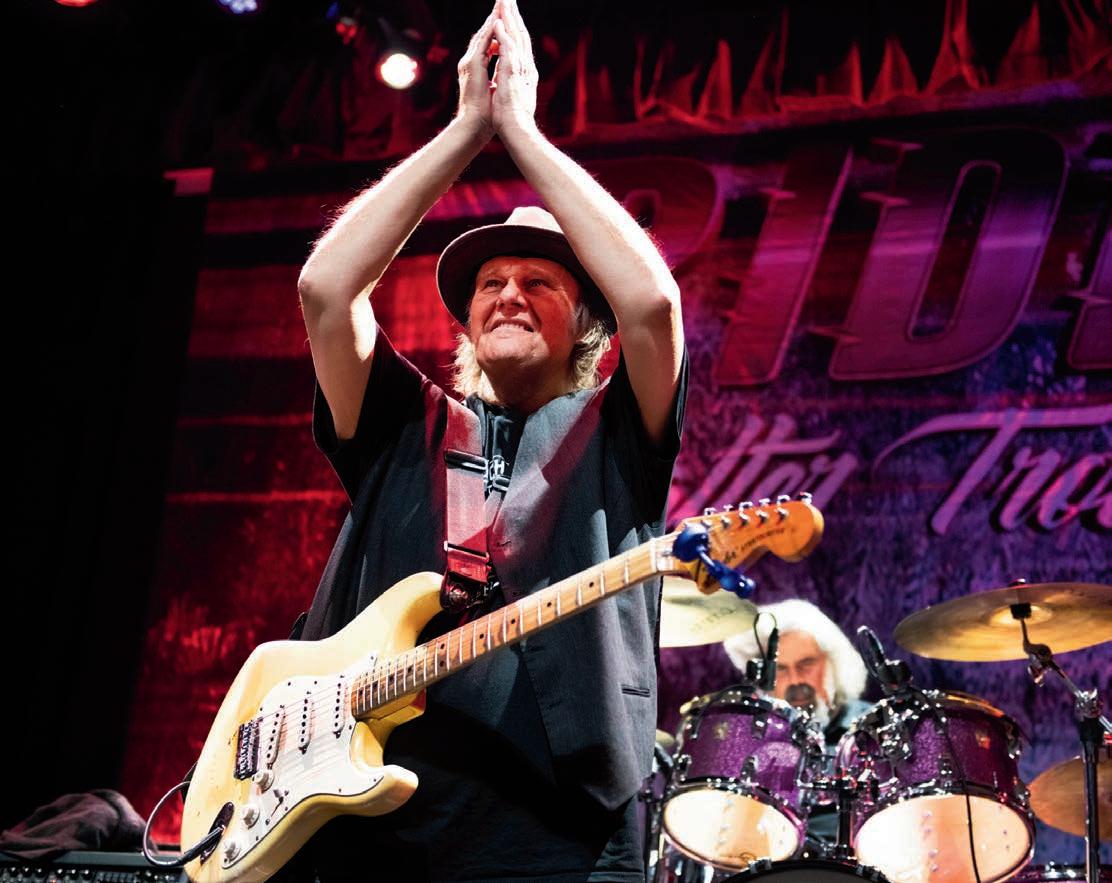

From his early days in 1970’s Los Angeles supporting the likes of John Lee Hooker, Big Mama Thornton and Percy Mayfield, through to his stint playing guitar for Canned Heat in the years 1981 to 1985, the turning point for this gifted musician was his invitation to join British blues giant John Mayall’s Bluesbreakers, where he paired up with fellow sixstring virtuoso Coco Montoya.
Emboldened and encouraged by Mayall, Trout began what would become his own very successful solo career in 1989.
After 34 years and 30 albums later, through well-documented sickness and health, the 72 year-old Trout has emerged stronger, more determined and as brilliant as ever. His passion for music and connecting with other music lovers through his songs and incendiary live performances, and the support and love of his family, is both his lifeline and his inspiration.
Performing with Trout on the tour will be his son, Jon Trout on 2nd guitar, alongside a hand-picked group of other top musicians.
Following the January 25 Brisbane gig, Walter Trout will play the Tanks Arts Centre, Cairns on January 26; Sydney’s Factory Theatre on January 27, Lizotte’s in Newcastle on January 28, Canberra’s Harmonie German Club on January 30, Melbourne’s Memo Music Hall on February 15, Adelaide’s The Gov on February 2, and Fremantle’s Freo Social on February 3.
A John Lennon song recorded in the 1970s is the basis for a new Beatles song to be released later this year.
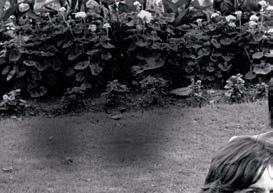
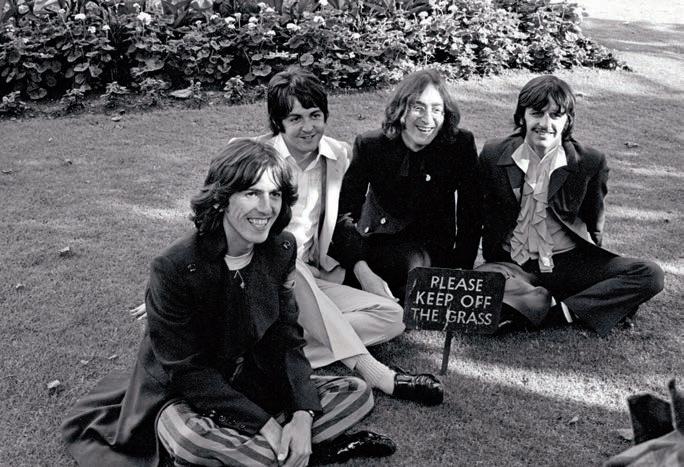
According to reports, Paul McCartney has stated that artificial intelligence (AI) was used to aide in the production of what he dubbed “the last Beatles record”. He said the technology was used to get John Lennon’s vocals whipped into shape for the as-yetunreleased song.
However, according to the late Beatle’s son Seán Ono Lennon, the situation isn’t quite as intense as McCartney let on.
Speaking to BBC Radio 4, McCartney explained that he and his team were “able to use that kind of thing [Peter Jackson did when he] did the film Get Back” – that being the use of AI to salvage and remaster otherwise unusable content – noting that Jackson “was able to extricate John’s voice from a ropey little bit of cassette and a piano”.
“He could separate them with AI,” McCartney is reported as saying. “They tell the machine, ‘That’s a voice, this



is the guitar, lose the guitar’. So when we came to make what will be the last Beatles record it was a demo that John had that we worked on and we’ve just finished it up.
“We were able to get John’s voice and make it pure through AI and then we could mix the record, as you would normally do.”

Meanwhile, McCartney and the other surviving Beatle, Ringo Starr, have recently been reported as joining the Rolling Stones in the studio for the Stones’ first album of new material since 2005’s A Bigger Bang
Sources told Variety magazine that McCartney has recorded bass parts, and Starr is also set to feature on the untitled album. Andrew Watt, who has produced albums for the likes of Ozzy Osbourne, Miley Cyrus, Pearl Jam and Justin Bieber, is said to be steering the project.
It remains uncertain whether the late Rolling Stones drummer Charlie Watts had recorded parts before he passed away in August 2021.


Coronavirus gave us some pretty impressive sights during 2020. We saw people stocking up on soups and tinned food. We saw people hoarding hand sanitiser and medical supplies. Hell, we even witnessed people getting into fisticuffs over single-ply toilet paper! Well, Rocklea Truck Electrical (RTE) chose not to focus on dunny rolls or canned tomatoes. Nope, the family-owned customisation company in the heart of Brisbane’s industrial area chose instead to stock up on work. More specifically a project truck.
With uncertainty over a forecasted downturn in work, RTE chose to go shopping for a project truck that would keep them occupied in the event they resorted to daytime soaps to fill in the office hours. Luckily there was no downturn and there was no staff hooked on The Young and the Restless. However, they still had a project truck and although it may have taken a while, they’ve finally unwrapped their coronavirus acquisition – a 1997 Kenworth 900 Classic.
First things first, let us look at the owners of this masterpiece, Brock and Kim Macdonald. Brock and Kim are head of the table at Rocklea Truck Electrical, one of Queensland’s leading truck customisers. RTE started out as a small team in a tiny shed doing electrical work and adding lights to customers back in 2003. Since then, the company has outgrown several different sheds and now, on its 20th anniversary, it has established itself as a leader in all things truck related.

RTE has come a long way in those 20 years and now it is a lot more than just a few added lights. Not long after the company was established it started branching out from electrical work, beginning with designing its own sleeper air system. That prototype has been through plenty of reinventions and its current manifestation is leading the way in keeping drivers comfortable in the extreme Aussie climate.
The original shed or garage might be a more appropriate term, was enough to fit a truck and a half in. While their current 3000 square metre premises houses 14 permanent bays, five service bays and a further 14 parking bays outside, the original Rocklea Truck Electrical and Machinery started with just Brock and his toolbox on the electrical side, with his brother Josh and his toolbox on the mechanical side.
Twenty years later there are 30 employees and the toolboxes have expanded exponentially to include a couple of laser cutters, a couple of rollers, several brake presses and copious other tools that I wouldn’t even know which end to pick up.
“We’d turn over in a week what we were doing in the entire first year,” remarks Brock as he unpacks the growth that the company has seen since it first opened up in the Brisbane suburb of Rocklea two decades ago. Within the first year of opening, the company started delving into the world of customisation.
“Starting back then a set of tank lights and mirror lights was pretty cool, that was all people had,” Brock says. “Back then I was cutting out air cleaner lights with a jigsaw, a hole saw for the Hella round lights.”

From running trucks to customising trucks, Brock and Kim Macdonald embarked on a huge postpandemic project, restoring a written-off ’97 Kenworth 900 Classic to its former glory. Warren Aitken writes.
Jump forward two decades and RTE’s state of the art laser cutters allows them to design and cut on-site, with a lot more precision than Brock’s original jigsaw skills.
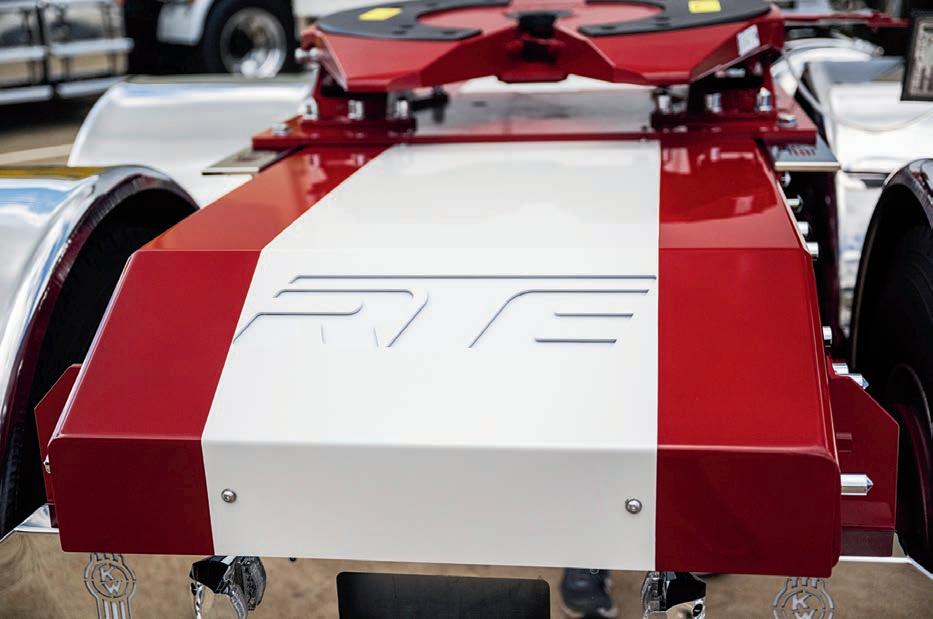
With RTE’s pedigree now established we need to set the scene for the purchase of this classic Kenworth. Trucking is in the Macdonald’s DNA. Brock has grown up surrounded by trucks; his dad drove trucks, as well as his granddad. Trucking has always been a part of his life.
While Brock journeyed more to the ‘working on’ rather than ‘working in’ trucks avenue with RTE, he has had his time driving trucks. He even had a few of his own for a while, which makes the purchase of this 900 even more impressive.

“Yeah, we had our trucks for a while,” Brock recalls. “Started with a green Western Star in ’05, running Brisbane to Sydney for Livingstons. Two one week, three the next.”
Brock and Kim ended up at one stage running four trucks and, as Brock laughingly put it, “We were losing money hand over fist”. Keep in mind this was happening at the same time as the couple was still trying to establish RTE in the market as well. That venture into the transport game is what makes the creation of this stunning showpiece even more miraculous.
“It was a sad day when we sold the trucks up. Kim told me if I ever bought another truck she will divorce me,” Brock laughs. “That’s why I can’t get registration plates on this one.”
Kim has a much more entertaining take on the matter.
“Kim told me if I ever bought another truck she will divorce me.”
Above: The original interior needed to go and with the help of Mike Flello from Kulbinda Trimming it took on a whole new beginning
Right: There’s even custom touches added to the places you can see
Below: The original interior was grey and was not in a great way. Brock had always been a fan of the ox-blood look and happily revamped the project truck

Opposite top: Plenty of family in the RTE workshop. From left: Locklan, Josh, Kim and Brock
Opposite bottom: It’s the subtle little touches, credited to Josh’s creativity, that makes the 900 really stand out
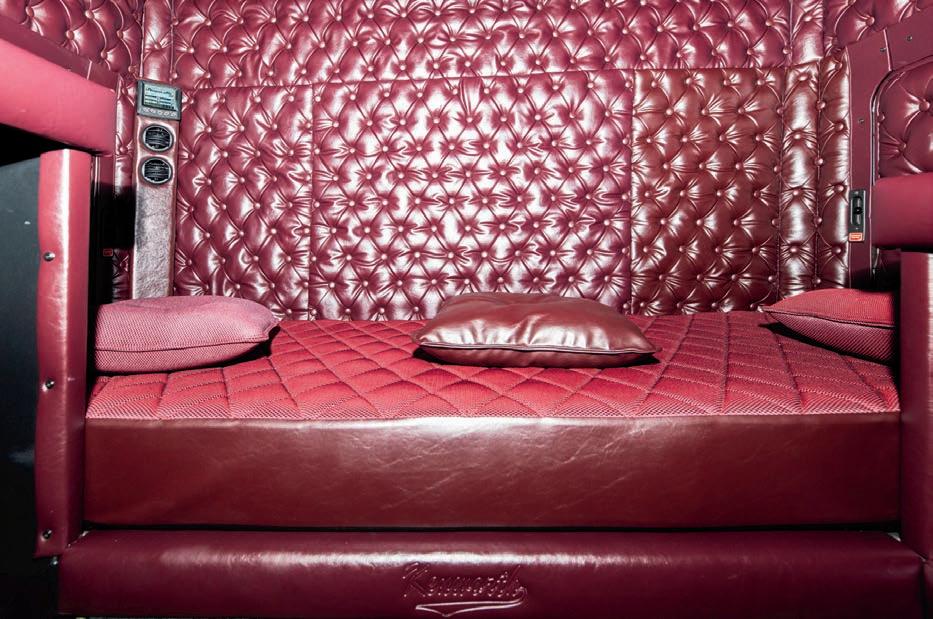
“He was trying to justify having trucks by saying ‘it’s in his blood’, so I just said, ‘syphon that shit out, get a blood transfusion’.”
Now you see why I really need to know how we ended up here, with this amazing automobile. Let’s turn to Kim for this one as well: “He got this one over the line because he wasn’t buying a new truck and it was going to be a project” she tells me with just a hint of condescension. This brings us to the actual purchase of the truck and its history.
The truck was bought as a write-off from Peter Bacon in Townsville, Queensland. “We’d actually not long finished doing some work on the truck when it had an accident up north,” Brock says. “It was a bad crash, but not a fast crash.”
The truck was shipped down to RTE where it was quoted for repairs. Turns out it wasn’t worth it and insurance wrote the truck off. This was all occurring around the start of the great toilet paper shortage that was coronavirus in 2020.
“We were all a bit scared, lockdowns and stuff. We didn’t know what would happen, we might not have anything to do,” Brock recalls. “We thought this would be a good little project. So we agreed to a price, the truck was already in our yard anyway.”
As it turned out, RTE suffered from a lack of dunny roll like everyone else during COVID but did not suffer from a lack of work. The project truck became a bit more of a paperweight than anything else. It wasn’t helped by the fact that once the RTE team started pulling it apart they

Above: Horizontal taillights, an outstanding little change to the back end

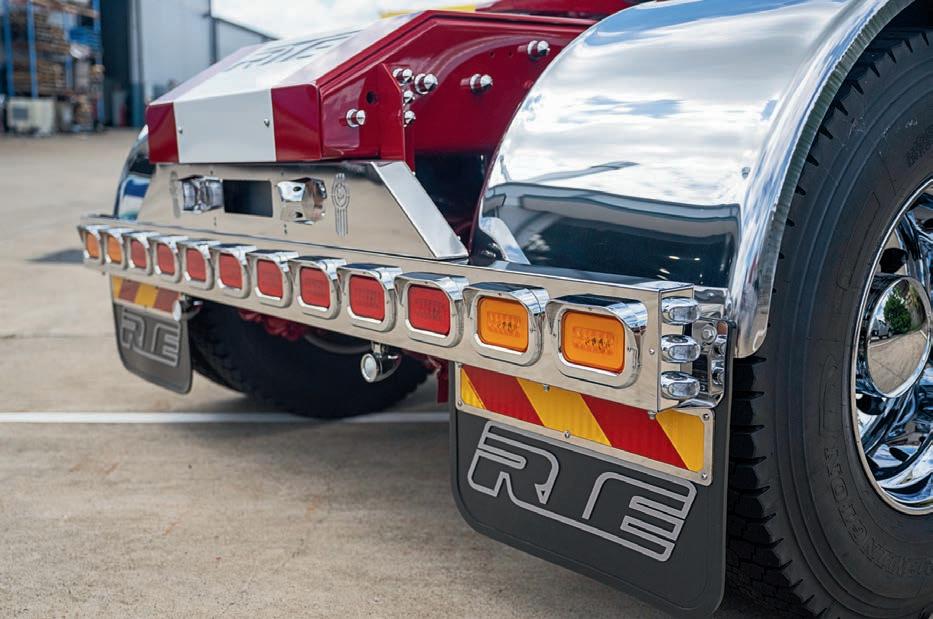
Below: While keeping as close to original as possible, there was still some modern touches needed.

Like freshly wrapped tanks
Opposite top: It’s a full crew on deck at Rocklea Truck Electrical. The work hasn’t slowed down but I was lucky to get the whole crew out for a quick shot with the stunning 900 classic
found the truck needed a little more CPR than originally surmised.
“Eventually we actually got Geoff McGregor onto it,” Brock says. “Geoff had worked for Royans and Mark Tobin, he’s done a fair bit of Bernie Tobin’s collection as well. He’s a very old school truck repairer.
“Geoff was brought in two days a week to do the stuff we just didn’t have time to do. We brought him on because we never backed off. It slowed down for like two weeks but then just snowballed again,” Brock says.
“We had pulled a bit apart, tried to do what we could, but his knowledge and capabilities on that side of stuff is second to none.”
For months Geoff just happily plodded along in the back of the RTE shed bringing the truck back to a state that would allow the crew to jump back in and make it their own. Geoff chased down old wrecks and new parts out of Brown and Hurley and slowly brought the Kenworth back to life. With the cab, sleeper and bonnet all back in a straight solid position, Geoff took a bit of a reprieve while Brock sent the truck around to Arrow Transport Repairs in Larapinta.

Now we touch on the paint – pearl white – that’s the official name for it. Personally I think it should be
referred to as ‘hot damn’ but for the sake of accuracy we shall stick with pearl white. However Brock is the first to admit it wasn’t an easy choice.
“I’ve never been a white fan. But this pearl white, actually Toyota pearl white, is very different. You can’t get that colour out of the factory. If we sell it people can do what they like with it, add stripes of whatever, but it’s just a little bit different.”
He also goes on to add that the team at Arrows did a fantastic job on all the painting. “The red paint on the chassis is as good as the pearl white … fantastic paint job.”
Once painted, the parts all went back to RTE where Geoff was brought back in to help put it all together. “Geoff came and did all the stuff like fitting the sock between the cab and sleeper, he’s done it a million times and it’ll never leak,” Brock says.
Finally, it came time for the RTE team to jump back in and take over. This was the part that Kim enjoyed the most.
“He was trying to justify having trucks by saying ‘it’s in his blood’”
“Watching the boys work together on something that’s actually theirs was completely different from watching them day to day on the trucks,” Kim says. By boys, she is referring to her hubby Brock and his brother Josh Macdonald (RTE’s magician of machinery) who is also in the transport business. In addition there were Kim and Brock’s two sons. The youngest, Jake, may still be short some qualifications, but their eldest Locklan now doubles as RTE’s newest apprentice.
“It’s pretty special to watch, even the camaraderie, everything. You don’t see that very often. That was pretty cool,” Kim adds.
See folks, take note. If you need some good quality family bonding, buy a truck.
When it came to what they were going to do with the truck, however, there were some





pretty definite guidelines. “I didn’t want it right out there,” Brock adds. “As Kim says, it’s an ‘ode to the era’. I didn’t want to add a million lights and stuff because they never really had that back in those days. I know we wrapped the tanks and whatnot but it’s still very similar. Clean lines and classic.”
As classic as the overall look is, when you get up close you can see all the custom special parts that have been snuck in. I do mean snuck in, a lot of the little extras you can spot are all down to Brock’s brother, the maestro of metalwork.
“Josh just kept trying to come up with different things that Brock didn’t know about,” Kim says. “He was trying to see how long it would take for Brock to find, except Brock found most of them straight away.”
It wasn’t all big additions though that has this truck standing out. It’s Josh’s little changes that keep things looking classic but just a little different. Check out the taillight bar for example, they’re rectangle lights that are horizontal. Subtle changes but classy. Obviously there are still going to be a fair few negative Nancys that’ll love to pick holes. ‘Original 900s never had drop visors’ would be my guess at the number one comment for people wanting to grizzle about something. I know this because I grizzled about it to Brock.
“Yeah, we’ve kept it as close to the original style, but with a touch of RTE as well,” says Brock, with Kim adding that as much as the truck was a great family therapy tool, it is also an advertisement for their company and what they can do.
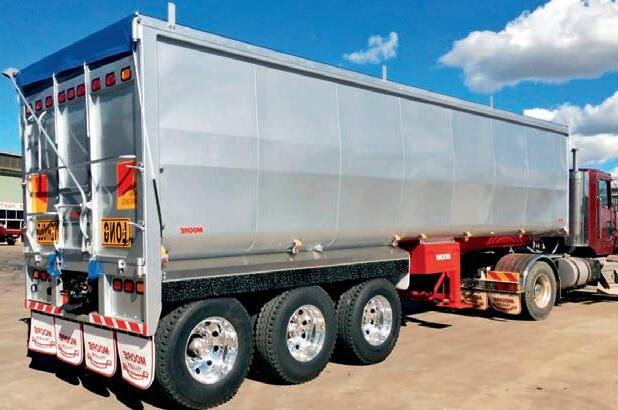



This leads us to our summary. The RTE 900 may not be a working truck anymore, its days of full loads at full noise are well and truly in the past. What it does now is exactly what it is meant to, look amazing and show off the amazing work that the team at RTE has spent two decades perfecting.
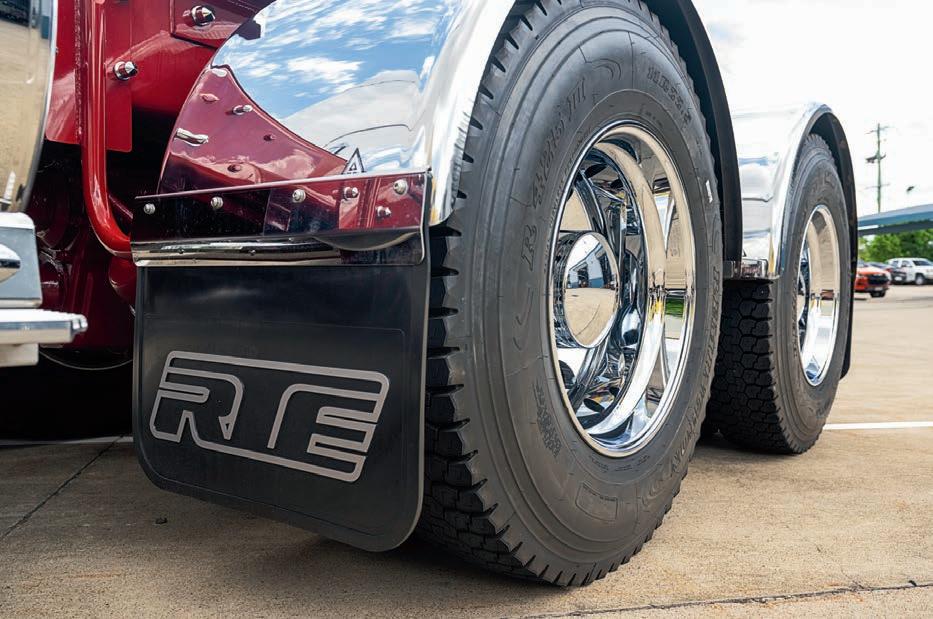

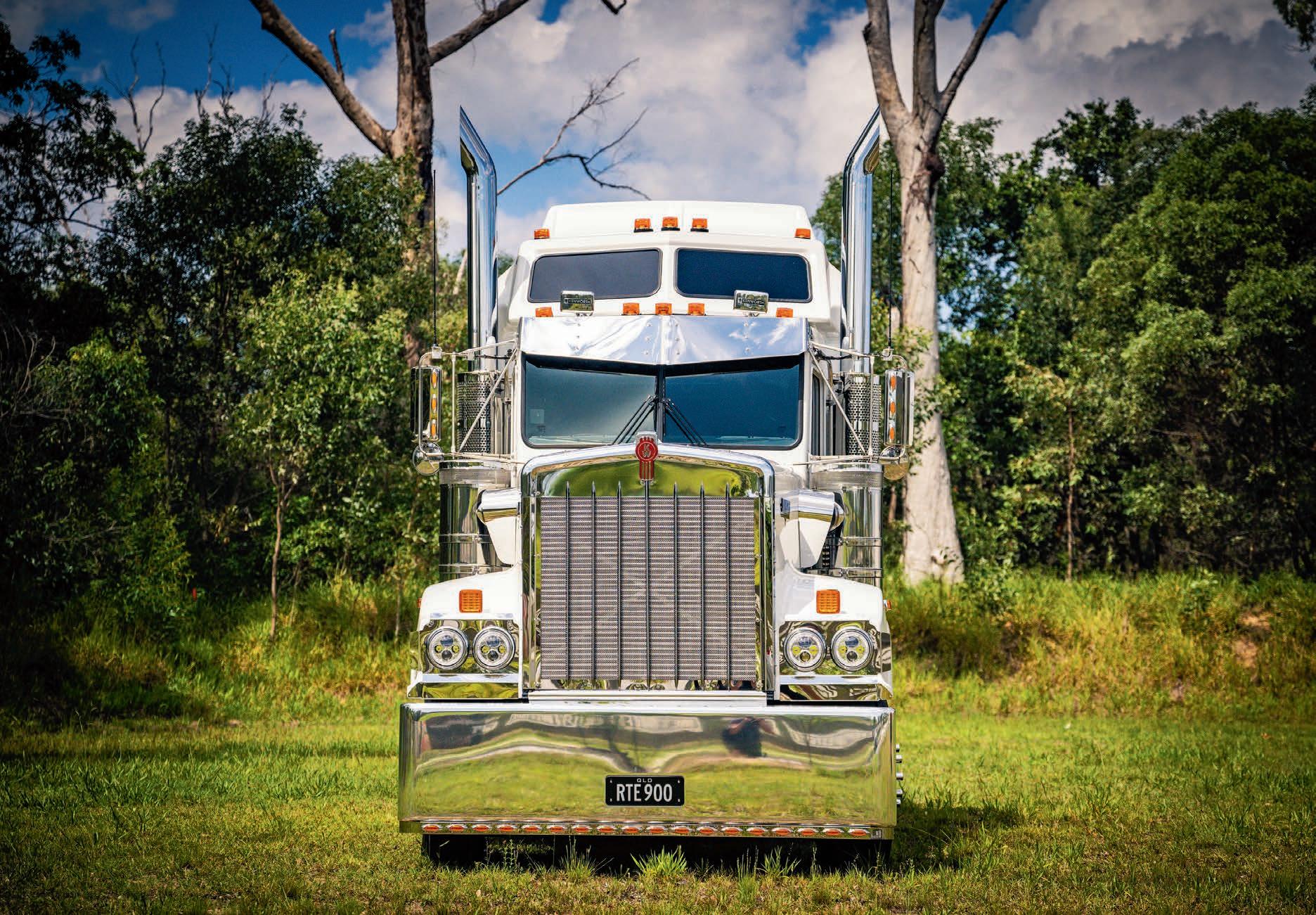
Both Brock and Kim will attest they still haven’t learned everything after having had 20 years of growing with their customers and pushing the boundaries of what can be done to enhance trucks aesthetically and productively. Now they settle into their next 20 years of growth. Well done on your anniversary and your stunning COVID project truck.
But wait, there’s more. I had planned to wrap up this story pretty well, or so I thought. I am sure Brock had got to the end and felt a wave of relief knowing that the horrid journalist had not mentioned their first run in the truck. Well, I can’t go without sharing that story. Let’s set the scene. It’s a stunning Sunday in South Brisbane, the team of Brock, Locklan and Josh were down at the shed, tinkering. The truck was finally all back together. In the early stages of customising but nonetheless, it was drivable. Boys being boys, and very excited boys bear in mind, they decided to take it for a spin. All three piled in, bouncing off the freshly straightened side walls. They tore off through Wacol, Brock feeling the wind in his hair, singular. Josh with a smile wider than the 900’s bumper and Locklan lapping it all in. They could have driven for days, driven off into the sunset. If only they had curtailed their excitement long enough to check if anyone had put fuel in the truck. Yea, maiden voyage and they made it two kilometres down the road.
And with that, I will now let you all head off and lap up the looks of this stunning rebuild.
“We’ve kept it as close to the original style.”Left: Josh was intent on adding little custom changes just to see how long it would take Brock to notice. It helps that they look amazing as well Below: The 900 is a life-size display for RTE and the work they do
WAUCHOPE YESTERYEAR TRUCK & MACHINERY SHOW
July 8 & 9, 2023. Wauchope Showground, NSW
Featuring historic and late model working trucks, vintage cars and tractors, machinery, motorcycles and stationary engines. Plus market stalls, swap meet and family entertainment. Free entry for exhibitors. $10 weekend camping. Saturday night fully catered meal and unreserved auction with proceeds to charity.
For info phone Greg and Christine Cavanagh on 0400 366 422. The truck exhibition inquiries phone Kirby Maxwell on 0407 594 149 or see the Yesteryear Truck and Machinery Show Facebook page www.facebook.com/groups/1671228919932231
The annual Historic Truck Association joined the Australian Heavy Vehicle Industry Week in May, returning to its regular venue at the Rocklea Showground.

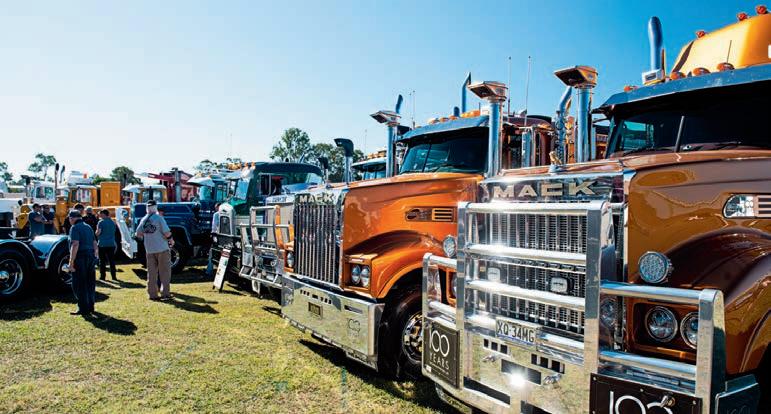
The Heritage Truck Association (HTA) is a south-east Queensland-based not-for-profit organisation. It began way back in 2002 and has grown to more than 500 card-carrying members. However, as attendees discovered, the association doesn’t just limit itself to classic trucks. It includes cars, bikes, and even old engines and machinery.
The Heritage Truck Show is held annually, coinciding with the Brisbane Truck Show every second year. However, the 2023 event was the first time the association has been able to hold the show at Rocklea for several years.
COVID thwarted the association’s bid to hold the show at Rocklea in 2020 and 2021. In a generous move two years ago, Heavy Vehicle Industry Australia (HVIA) and Isuzu came to the rescue when the HTS was gifted a generous area inside the Brisbane Convention and Exhibition Centre due to Isuzu Trucks pulling out of the Brisbane Truck Show.
Then, just as 2022 was looking good, record rainfall in the area meant the Rocklea Showgrounds was unsuitable for anything other than water sports.
But it was all systems go for 2023 as the Heritage Truck Show celebrated Mack Trucks’ 60-year history in
Australia. Driven by the likes of committee member Rodney Sims and Mack guru Gary Richards, this year was a birthday party of sorts for the ‘Bulldog’.
Consequently, almost half trucks on show sported the iconic Bulldog hood ornament. In fact, there was Mack representation from each decade of their presence in Australia, topped off with a new Mack Anthem.
As well as the Macks on display, other models included Whites, ACCOs, Fodens and Fords.
Entry numbers were impressive. On the Friday night before the weekend show, more than 100 trucks were parked up. Those camping there had nestled in and were making full use of the showground’s licence to ensure the bar was never without a waiting line.
Come the peak of the day on Saturday there were 222 trucks, cars and machinery filling the rapidly depleting free space provided by the huge showgrounds.
This year, for the first time, a free shuttle bus ferried Brisbane Truck Show attendees to and from the Brisbane Convention and Exhibition Centre to Rocklea.
It was a fantastic return to the show’s home ground and the committee wish to thank not just the local community, but the entire trucking community as well as the HVIA team and all those that assisted with the running of the show.
CASINO TRUCK SHOW
August 5, 2023. Casino, NSW
Show sponsored by North Coast Petroleum. The Highway Lights Parade will roll through Johnston and Centre Sts from 10am on Saturday. Truck registrations ($30 each) from 6am at the Casino Industrial Area on the town’s east side. Includes live music, amusements and markets. Over $12,000 in cash and prizes. Presentation at 2pm. Plus plenty of blinged up trucks from all across Australia will be parked in the CBD. Bobtail and rigid trucks only. For further info email info@casinotruckshow.com.au or Darren Goodwin at dtgoodwin1@yahoo.com.au and see the website at www.casinotruckshow.com.au and Facebook www.facebook.com/casinotruckshow
August 24 to 27, 2023. Alice Springs, NT
The National Transport Historical Society and The Old Ghan Historical Society has the announced that the ‘Festival of Transport’ will now extend to four days. Along with the regular reunion activities, including Cummins Race Day and Shell Rimula Induction Ceremony, other events include Welcome Drinks on August 24 at 6pm, Transport Women Breakfast and Transport Women Unite Red Ball in the Kenworth Pavilion, plus a museum open day on August 27 including mini train rides.
For more information and nomination forms see the website at www.roadtransporthall. com, Facebook page at www.facebook.com/Trucks.n.Trains, email info@ roadtransporthall.com or phone 08 8952 7161.
September 23, 2023. West Kempsey, NSW
Hosted by the North Coast Trucking Social Club, the parade will start at 9.00am from Tozer Street, West Kempsey, bound for the Kempsey Showgrounds via Kempsey CBD. Includes free kids entertainment, petting farm, dummy spitting comp, male and female truck pull, charity auction, trade displays and market stalls. Entry $5 adults, children free. Bar facilities, no BYO. Plus charity dinner. All proceeds to local charities.
For further info see the NCTSC Facebook page, email nctsc@outlook.com.au or phone Trent Lee on 0439 455 797, Peter Scott on 0417 678 578, Kate Jones on 0403 544 578.
September 27 to 29, 2023. Gold Coast, Queensland
The National Road Transport Association (NatRoad) is pleased to invite members to the NatRoad National Conference 2023, to be held at the RACV Royal Pines Resort, Benowna on Queensland’s Gold Coast from September 27 to 29. Includes the ‘NatRoad Parliament’ and the NatRoad Awards presented at the Gala Dinner.
For further info see the website at www.natroad.com.au or the Facebook page at www.facebook.com/natroadaustralia
September 30 & October 1, 2023. Gatton, Queensland
The 2023 Lights on the Hill Memorial Convoy is planned to be held on October 1 en route to Gatton Showgrounds with the Memorial service to be held on October 2 at the Lake Apex Memorial wall. Live music at the showgrounds includes The Roadhammers (from Canada), Haylen Jensen, Kerry Kennedy, Jeff Brown, Open Season Band and more. For further information go to the website: lightsonthehill.com.au or see the Facebook page at www.facebook.com/lightsonthehillmemorial
October 16 to 18, 2023. Melbourne, Vic.
Held at the Automotive Centre of Excellence (Kangan Institute), Docklands, Vic. The trucking industry’s premier national gathering of business owners, professionals, mechanics, technicians, apprentices, fleet managers and technical fleet professionals. Presented by the Australian Trucking Association (ATA) and sponsored by the Paccar and Dealers Industry Fund. Includes the TMC Expo and Castrol Vecton Awards.
For further info see the ATA’s TMC website page: new.truck.net.au/tmc
The Brisbane Truck Show, recently held at the Brisbane Convention and Exhibition Centre, was a mighty success for everyone involved and a memorable event in this year’s trucking calendar.
The 2023 show was the largest in the event’s history from an exhibitor and attendance point of view; it also showcased a broad range of electric vehicles that point towards an exciting future of Australian trucking.
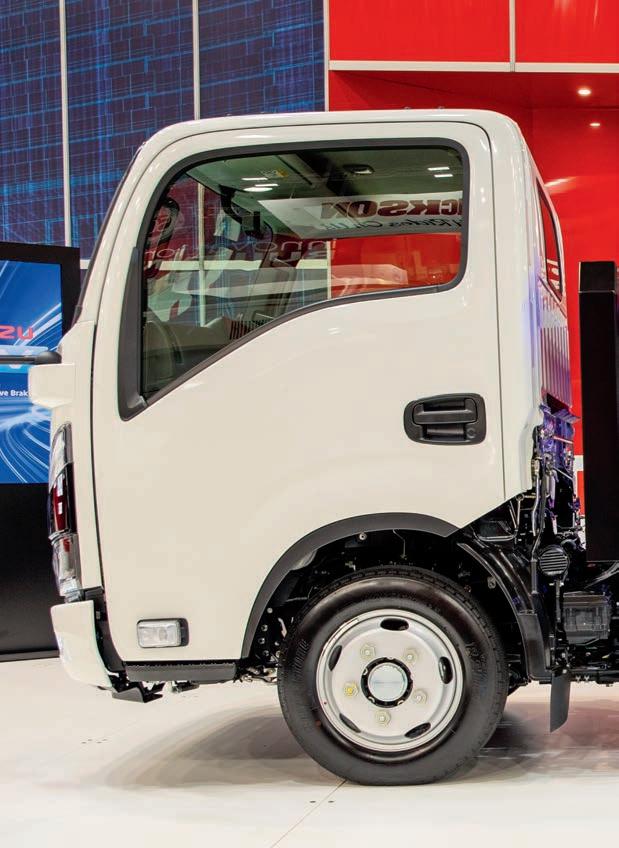
While many makers had their current range of offerings on their stand, Isuzu Australia Limited (IAL) took the opportunity to offer a glimpse into the future.
Isuzu created an unmissable space with a range of best-in-class trucks for punters to view alongside power solutions products, genuine parts, Isuzu merchandise and information on recruitment opportunities. As always, customer experience was a key focus with a newly improved Care program launched during the show, while buyers and fleet managers enjoyed a VIP lounge where dedicated presentations for local businesses and visitors from afar could be done in a relaxed atmosphere.
Taking pride of place on the stand was a Japanese domestic specification product—the N Series EV. In what will be the industry’s biggest shift in decades, Isuzu’s move to EV aligns with an all-new model line-up that will be based on a next generation
agnostic vehicle platform launched in Japan just weeks earlier.
The N Series EV is a key part of the all-new light and medium-duty truck model release by Isuzu Motors Japan—a significant occasion for the global Isuzu brand.
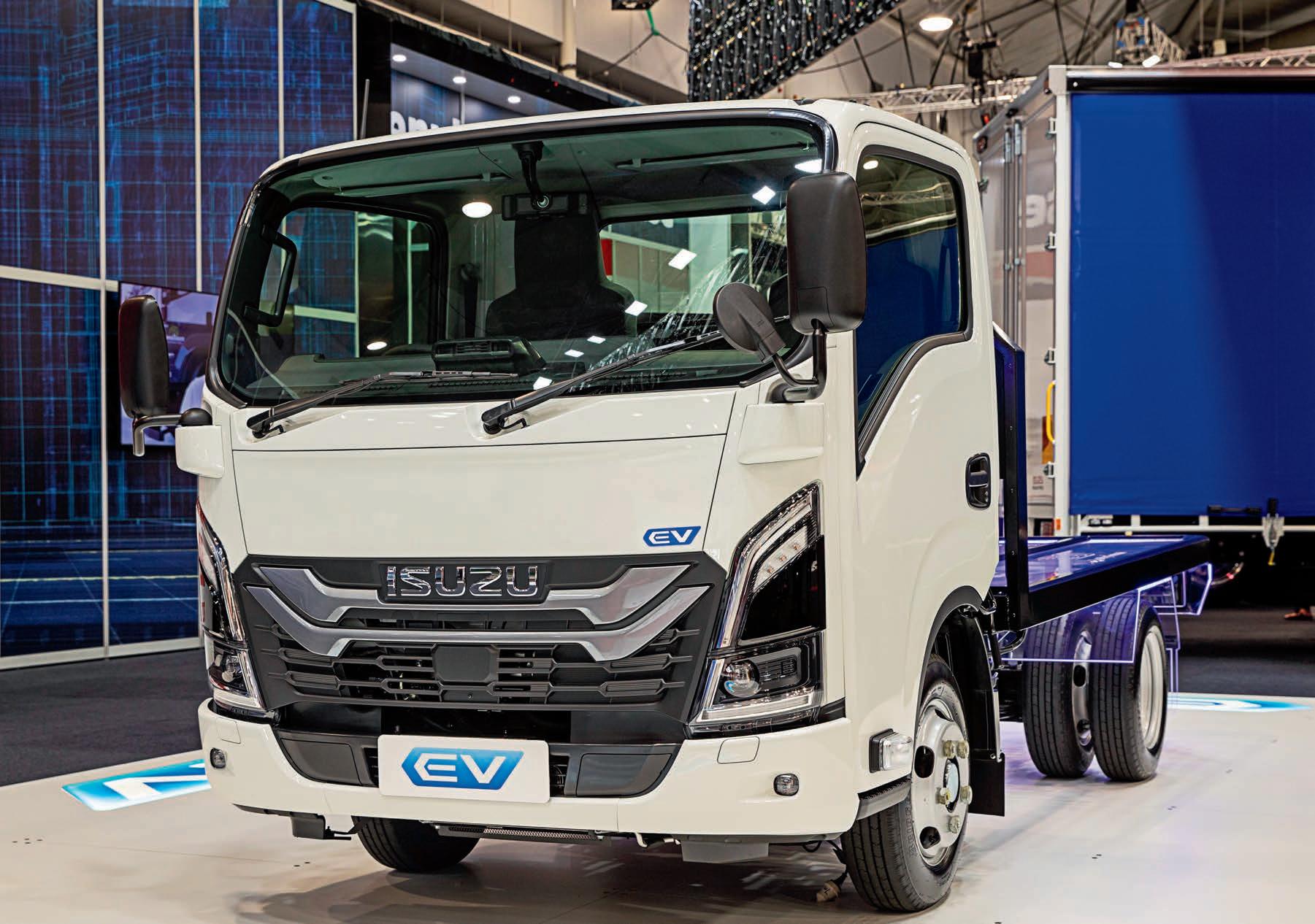
“The EV truck garnered a lot of attention as expected, our staff were delighted to be inundated with questions from all quarters on the show stand,” says IAL chief of strategy, Grant Cooper.
“Our next step is the process of specifying and proving the Australian line-up. It will be a rigorous and comprehensive procedure and it’s something that we’ve been working intensively on for some time.”
Local adoption has been a key strength for Isuzu over decades of meeting the varied needs of Australian customers and applications—and the practice continues with Isuzu’s new EV models.
“We’ve sought to comprehensively understand how commercial zero emissions vehicles (ZEV) can meet our customers’ needs, in line with the available technology and operating parameters,” Cooper explains.
“From a design and flexibility standpoint, our battery electric showcase model is representative of Isuzu’s new modular platform approach (Isuzu Modular Architecture and Component Standard or I-MACS), which underpins Isuzu’s carbon neutral objectives.”
As part of this landmark design philosophy, the I-MACS approach means components within the truck can be upgraded, replaced or interchanged as they become more efficient and available over time.
This allows for both internal combustion or diesel powertrains, and zero emission powertrains, from the same base truck platform.
While the cabin and battery configuration of the Brisbane Truck Show display model may not be representative of Isuzu’s first EV product for Australian customers, it demonstrated the design and flexibility of the new modular platform to effect.
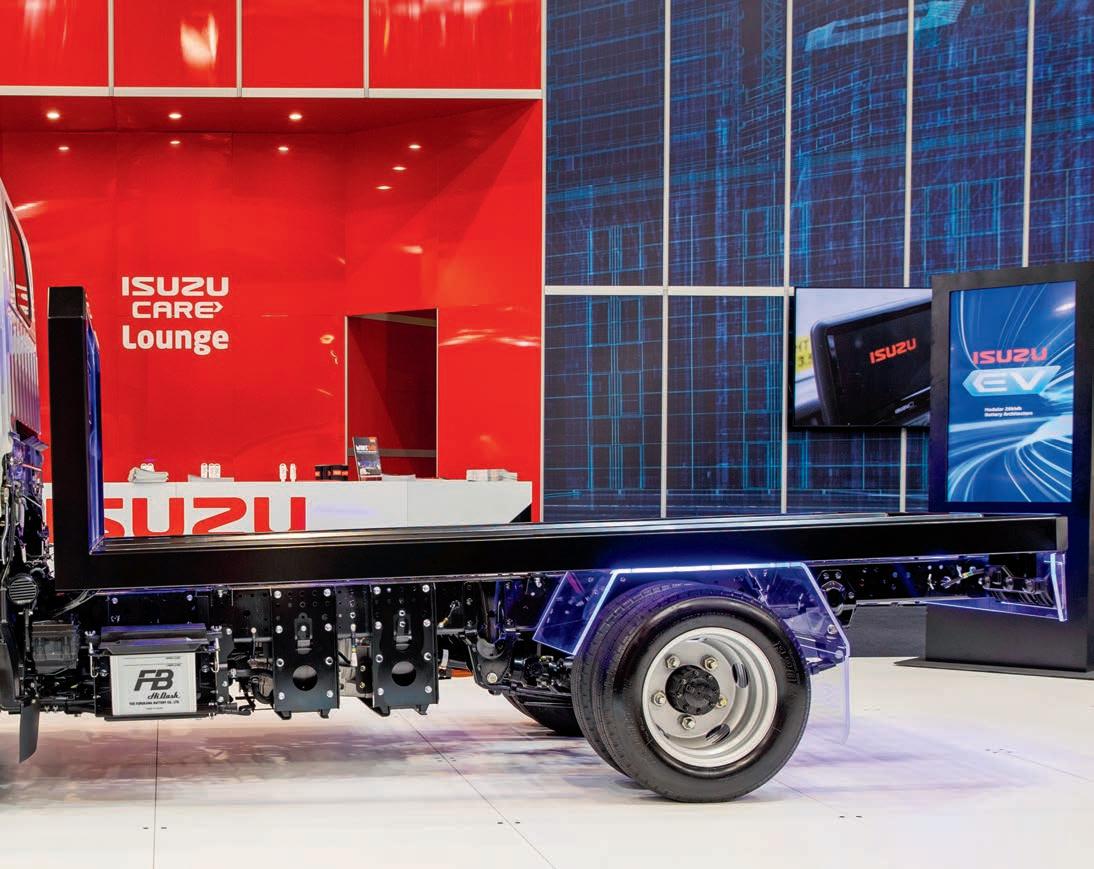
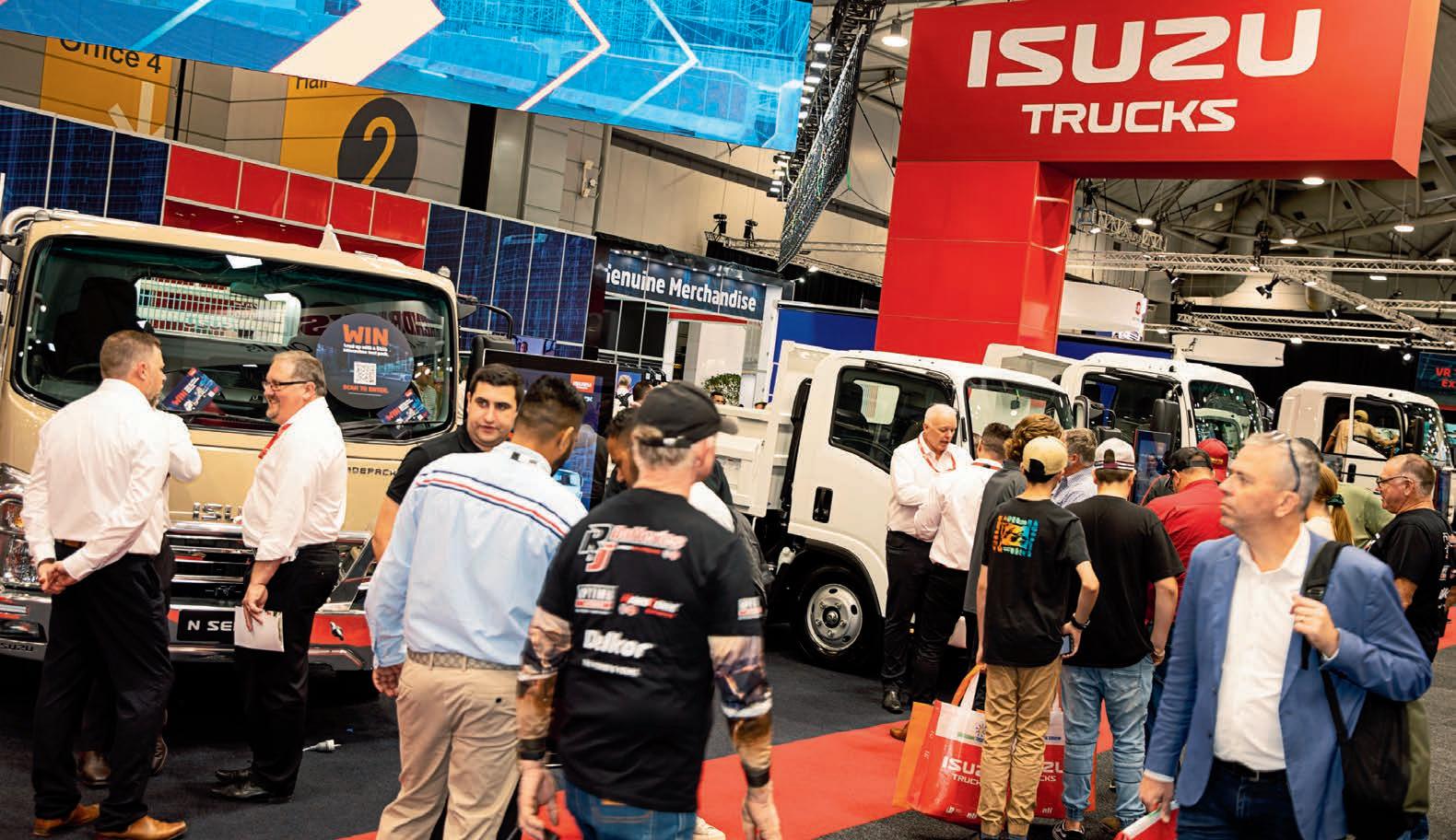
Under the skin
Isuzu’s N Series EV has a dual battery configuration, a combination well suited to Australian last mile delivery and local council applications, targeting a GVM range of
ABOVE: For exhibitors and attendees, the 2023 Brisbane Truck Show was the largest in the event’s history
BELOW: The N Series EV on display in Brisbane. It’s a key part of the all-new light and medium-duty truck model release by Isuzu Motors Japan
4,500–7,500 kilograms. It is this market where initial demand from the likes of grocery retailers, couriers, commercial food delivery and government fleet applications is highly anticipated.
As part of Isuzu’s global BEV solution, the N Series EV is configured with individual 20kWh modules. Isuzu Australia is planning to offer a three to five battery pack solution, with a capacity of 60kWh to 100kWh.
The estimated range capability, although heavily dependent on the target application, should provide around 150–200 kilometres – perfect for back-to-base operations.
Power delivery is supplied through a centrally mounted 370Nm electric motor (generator), designed with both an ‘eco’ mode and a unique full power ‘boost’ mode.
The first-generation N Series EV also includes a fully customisable, up to 12-stage regenerative braking package, meaning the use of the brake pedal is almost negligible, all while boosting battery charge.
The N Series EV will be made available with a number of charging solutions catering for AC single phase, AC three-phase and DC rapid charging. In Australia, local customer needs will be targeted, which will include the proposition of CCS2 DC fast charging capabilities.
Next steps
No matter if buyers are owner-operators or large fleet customers, future EV trucks will need to meet a range of criteria including, function and practicality for purpose, and their suitability for the Australian environment. These points must be weighed up against the commercial reality of switching from a diesel powertrain.
Rather than rushing potential EV product from Japan into the local market, Isuzu Trucks is on track to produce a carefully specified line-up that has been engineered for Australian customers.
“We’ve been fortunate to have held the position of Australian truck market leader for 34 years in a row,” Cooper says.
“We’ve been able to do this by providing fit-for-purpose road transport tools and solutions, sold, serviced and supported by the industry’s best, and this will continue to be the case with the advent of our future EV product.”
“IT’S SOMETHING THAT WE’VE BEEN WORKING INTENSIVELY ON FOR SOME TIME.”

In close conversation over dinner and a few drinks, it’s easy to form the opinion that the connection between Volvo Truck president Roger Alm and Volvo Group Australia (VGA) chief Martin Merrick goes well beyond corporate structure. No question, as executive vice-president of Volvo Group and global head of Volvo Trucks, Roger Alm’s the boss. The big boss. But there’s something else, something more supple than the chain of corporate command, that seems to bond the Swede and the Scot on a more fundamental footing.
A mutual regard, perhaps, of working class backgrounds and for each, a fateful, grateful rise to unimagined levels on the corporate ladder. Whatever it is, there appears a genuine affinity and shared resolve that the trucking world is on the cusp of the most challenging yet exciting time in modern history, with Volvo primed to play its part at the pointy end of what can only be described as a revolution in automotive power.
Speaking at Volvo’s Sustainability Summit at VGA’s Wacol manufacturing plant the day before the Brisbane Truck Show, a fervent Roger Alm declared, “This is the biggest transformation since the move from horses.”
Similarly, “In 35 years at Volvo I have never known a more exciting time,” Martin Merrick would soon after remark.





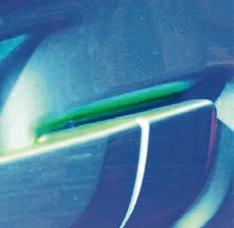



They were, of course, referring to the accelerating emergence of electric trucks and specifically, Volvo’s absolute commitment to the pursuit of zero emissions.
With the first Australian version of the flagship FH Electric parked alongside during his address, Roger Alm’s passion for a decarbonised road transport realm and Volvo’s determination to be the spearhead of the charge to zero emissions were unequivocal.
“We are committed to the transformation, in Europe, North America and Australia,” he would assert at the end of his presentation before delivering a powerful message. “We are doing this for a higher purpose. It is for the next generation. Children today (are) adults tomorrow, and our ultimate aim is to give the next generation a better world to live in.”
This was no contrivance nor shallow attempt to gain the moral high ground. It was, just as he did at the Hanover Truck Show in Germany last year in front of a huge international audience where Volvo’s entire stand was dedicated to electric trucks, a statement of sincere conviction to do the things that need to be done to arrest the epochal effects of climate change.
The challenge, obviously enough, is to make zero emission trucks operationally and commercially practical, and for Volvo, meeting the challenge is well under way with six battery electric models already in series production –FL, FE, FMX, FM, FH and in North America, the VNR conventional. All but the VNR Electric are


now available in Australia and the plan is to be building FM Electric and FH Electric models at the Wacol plant by 2027 or thereabouts.
As for the likelihood of a VNR Electric appearing in Australia, a resolute Roger Alm bluntly refuted the suggestion.

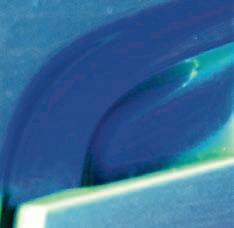


Significantly though, Martin Merrick said VGA has around 80 orders for electric trucks in the pipeline, including a recent order for an FMX Electric from Queensland Fire and Emergency Services in addition to an FMX running on fossil-free hydro-treated vegetable oil (HVO).
Most notable, however, is an order for Australia’s first FH Electric model as well as a medium-duty FL Electric from highprofile Brisbane-based company Followmont Transport.
Still, as Roger Alm conceded, it’s very early days for electric trucks. In Europe and the US, he says Volvo has notched around 50 percent of all electric sales and has delivered more than 5000 electric trucks in 40 countries. The numbers are, nonetheless, small on Volvo’s global scale but the ball is rolling and picking up speed.

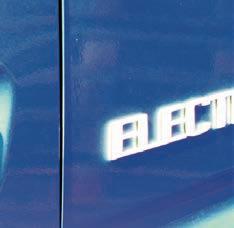
Consequently, it’s a definite Roger Alm who reasserts that by 2030, 50 percent of all Volvo Trucks production will be battery electric or fuel cell electric models and just a decade later, 100 percent of Volvo’s global production will be trucks with zero emissions.

These are, he concedes, very ambitious targets but they are, he says with even more certainty, totally achievable. The path ahead, however, demands constant focus on customer needs and while Volvo is expecting a massive shift from fossil fuel to zero emission powertrains, Roger Alm is adamant it will require a “customer by customer, segment by segment” approach.
Likewise, technological advances must continue to make zero emission trucks ever more viable and cost-effective. Visiting Australia with Roger Alm was Per-Erik Lindström, senior vice-president of Volvo Trucks International, who reaffirmed Volvo’s
The world head of Volvo Trucks, Roger Alm, states the case for electric trucks, with Australia high on the agenda. Steve Brooks reports
intention to be 100 per cent fossil-free by 2040.
“We have the financial muscle to achieve this,” he said firmly, adding that the path to 2040 is multi-pronged, with fossil-free alternative fuels such as HVO playing a necessary role. In due course, he continued, software technology and critical developments such as electric wheel ends (effectively an e-axle which combines the functions of a gearbox and rear axle to provide the space and weight savings required to package more electric power) and fuel cell electric powertrains will dramatically enhance the scope of zero emission models. Right now though, rigorous testing and research is essential to determine the viability and durability of all new systems, Per-Erik confirmed. It could, for instance, be another five years or so before an e-axle and fuel cell electric truck are broadly available.
In the meantime, Australia’s path to zero emissions for trucks appears littered with political potholes. The almost total omission of trucks from the Federal Government’s recent Electric Vehicle Strategy was more than a tad disappointing, Martin Merrick agreed.
It’s no secret that to enhance the operational merit of heavy-duty electric trucks such as Volvo’s FH and FM, there needs to be an increase in front axle weight capacity to 7.5 tonnes. Without that increase, heavy-duty electric trucks will simply not have the battery capacity for longer range operation.

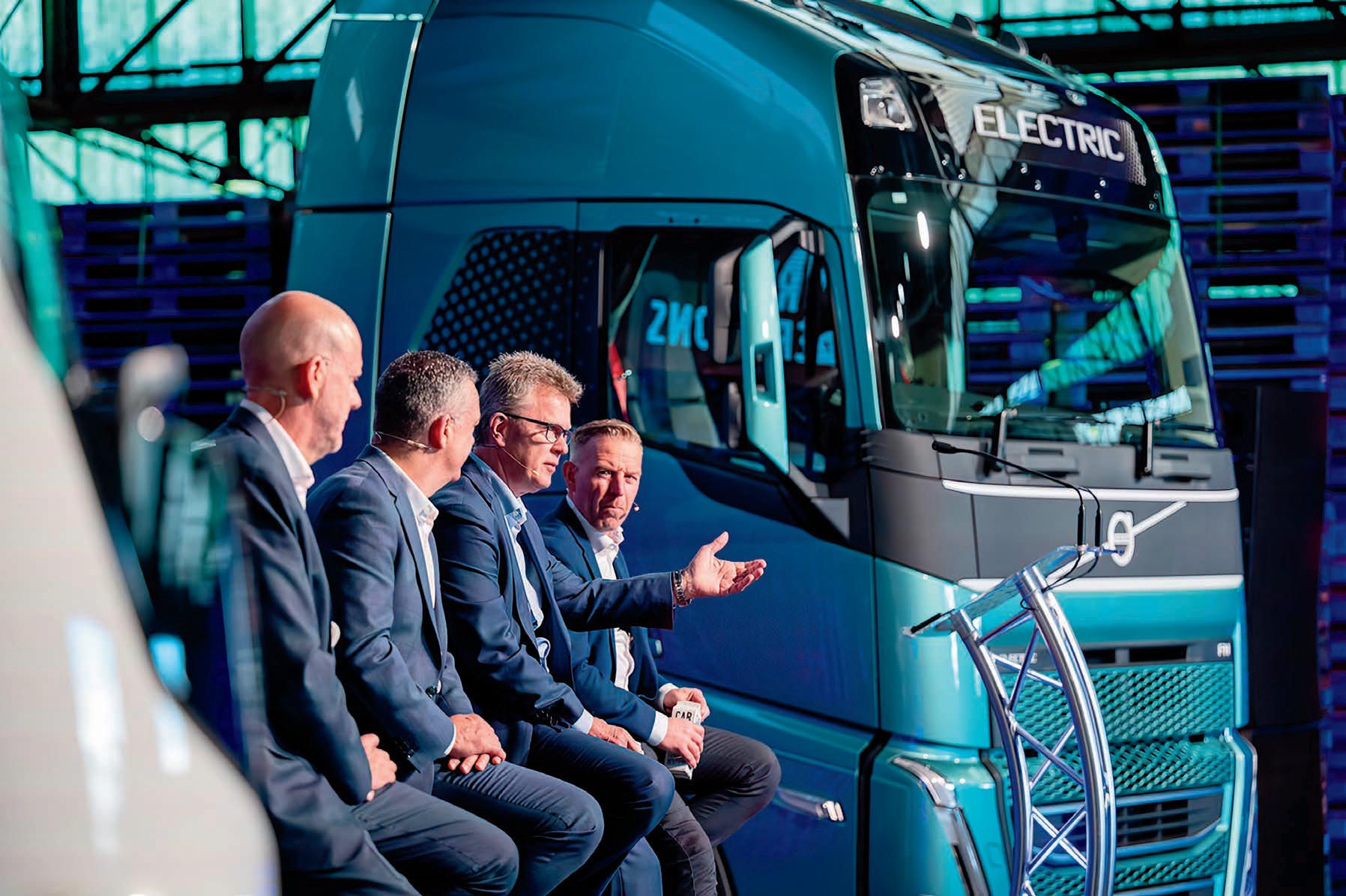
“Legislation is currently the drawback,” Martin remarked before adding, “If we don’t get legislative change, we can’t meet our 2030 targets.”
Accordingly, he insists the onus is twofold – on industry to advise and lobby for change and on governments to make the change.
In effect, global corporations are doing their bit to make the world an environmentally better place but in Australia’s case, vital decisions are firmly in the hands of Federal and State governments. And when it comes to trucks, political momentum seems to have stalled.
As a thoughtful Martin Merrick recently stated, “No one can get to zero emissions on their own. Industry, government and other stakeholders all have a responsibility to work together to reduce emissions.”
Absolutely!
“If we don’t get legislative change, we can’t meet our 2030 targets.”
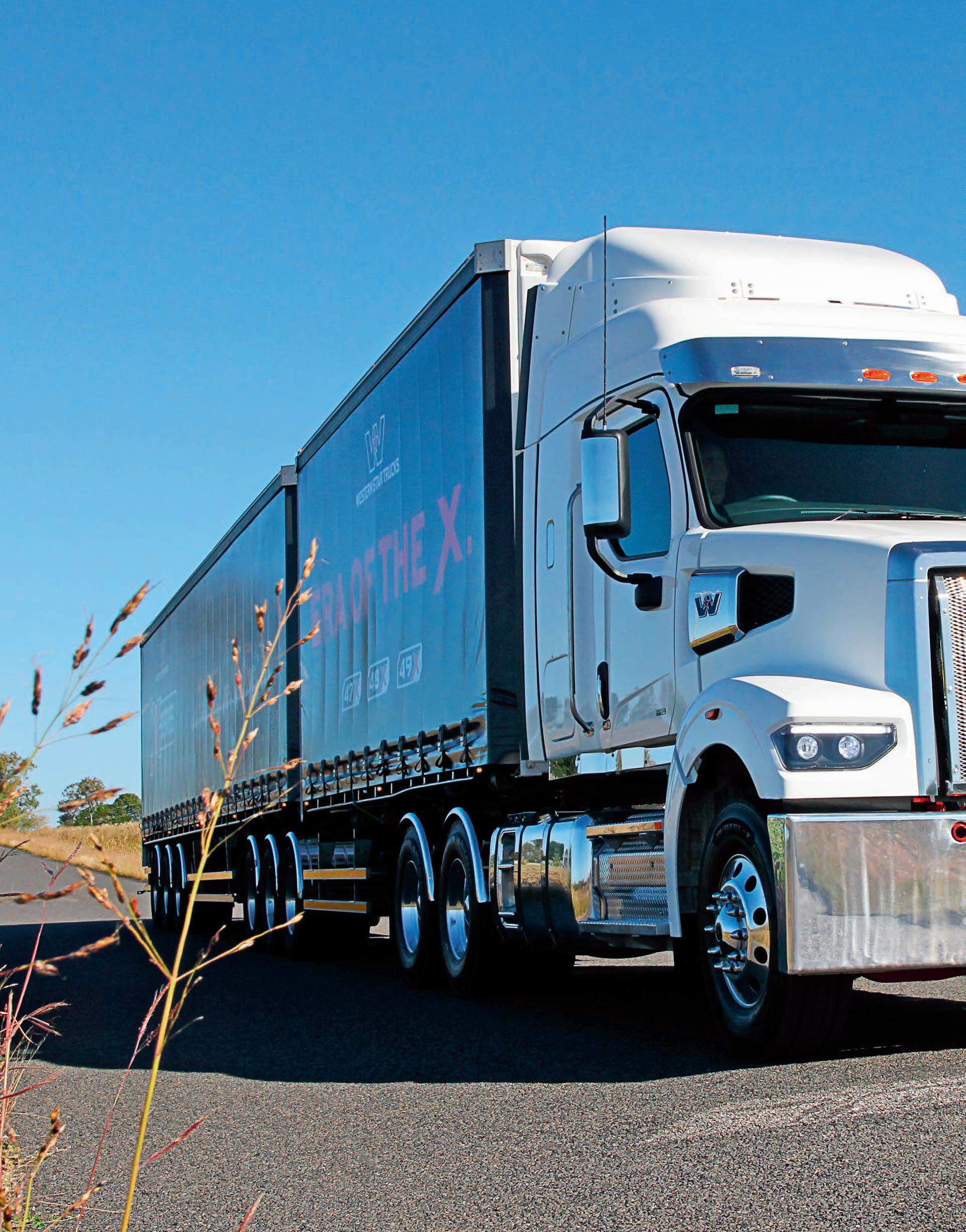
Lt can sometimes be difficult to understand the mindset of senior corporate executives, not least the American variety. Take, for instance, Daimler Trucks North America (DTNA), the huge entity responsible for Freightliner and Western Star. On the one hand they spruik an upbeat assertion that our right handdrive neck of the woods is extremely important to the corporation’s export aspirations, and similarly insist that their latest product developments have our operational needs in sharper focus than ever before. Fair enough and on the face of it, true enough.
But then, on the other hand, while they go to great lengths to guide the development and testing of advanced new models which are indeed some of the best ever created for our conditions, they then appear to meet ensuing local demand and genuine excitement with drip-fed supply from US factories. In the process, there’s frustration and confusion all the way down the commercial food chain, from the top tiers of their local offshoots – Daimler Truck Australia in Freightliner’s case and for Western Star, the Penske organisation – down to dealers, sales people and ultimately, customers.
Obviously, there’s always a reason: Shipping issues, component supply issues and the priorities of a barnstorming North American market which consumes almost everything home factories can produce. But of course, the Yanks aren’t alone in these issues. European brands have much the same problems but for Australia’s Freightliner and Western Star principals, the frustrations are probably more intense simply because they now
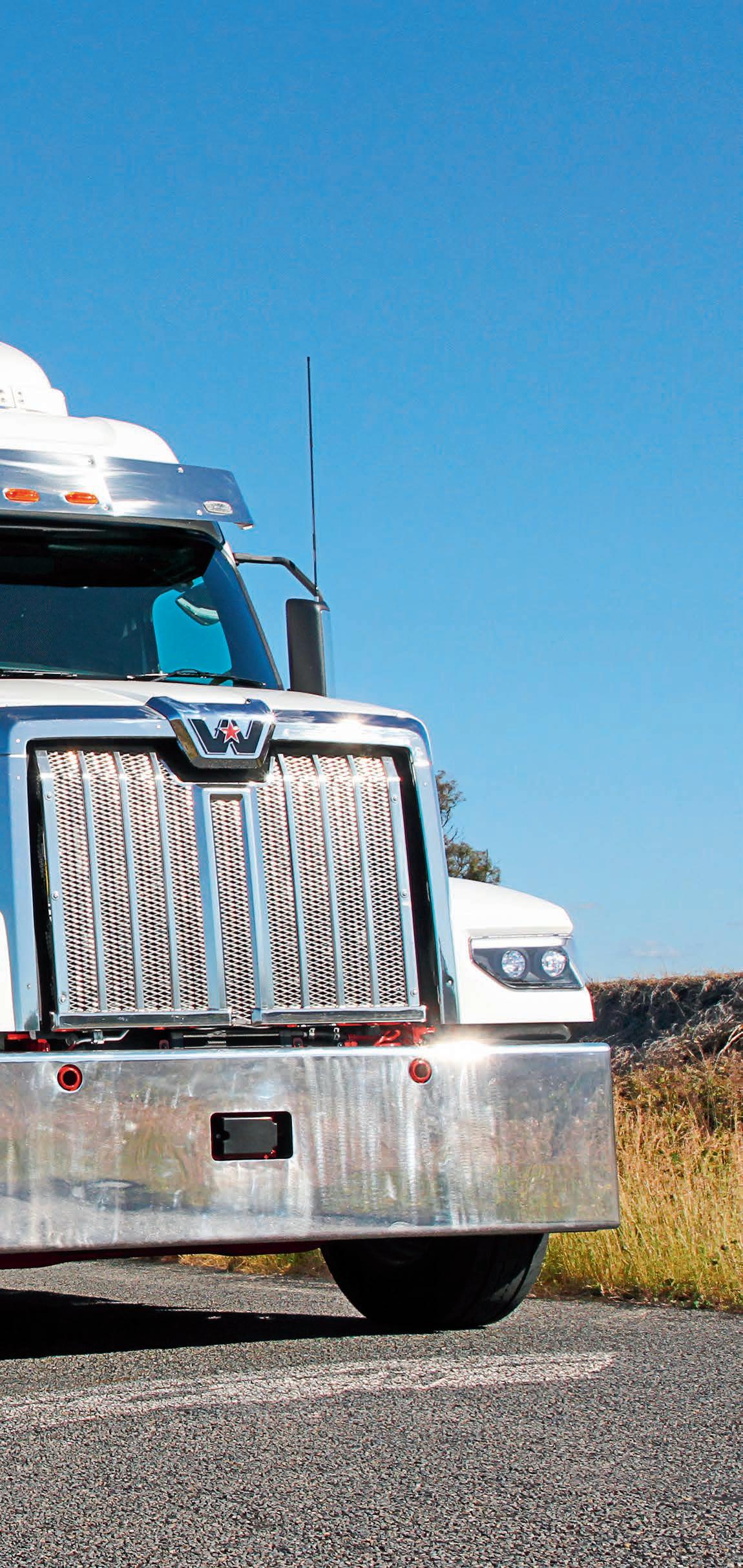
While supply lines from the US remain stubbornly slow, there’s no denying the potential of Western Star’s new X-series to reignite a return to the days when Stars shone bright across the length and breadth of the country. To put it mildly, there’s a lot to like in the three-pronged line-up but the model with arguably the most to like for our market is the versatile 48X. Steve Brooks puts a new B-double version through its paces.
Top: Looks depend on individual tastes but overall, designers have done a good job of styling all three X-series models with the bold appearance typifying a traditional US conventional
From opposite top: Despite a compact bumper to back-of-cab length of just 113 inches, the big bore DD16 engine sits neatly in Western Star’s flared rails; Keeping cool. The cab of the 48X has been raised 100 mm to facilitate cooling. A smart move in a compact design
have the right products to climb off the lower rungs of the heavyduty sales ladder yet, so far, don’t have enough supply to set the rise in motion.
None of this, however, disparages the quality and suitability of the products now rolling out of the DTNA stable. Nonetheless, and for Penske’s local leadership, the immediate hope is that Western Star’s new X-series will not endure supply shortfalls to the same extent or duration as Freightliner’s flagship Cascadia.
Time will tell, of course, but there’s little doubt that given uncorked supply lines, X-series has the ability to end Western Star’s decade in the sales doldrums. As we stated late last year after the Australian launch of this entirely new family of Stars at Brisbane’s Mt Cotton test centre, ‘the three-pronged X-series lineup of 47X, 48X and 49X models has the specification, the features and the versatility to blast Western Star into a bold new era’.
What’s more, Penske Australia executives were quick to emphasise that no Western Star has ever been subjected to more testing than X-series and equally, ‘no Western Star range has ever had the potential to cover so many applications’.
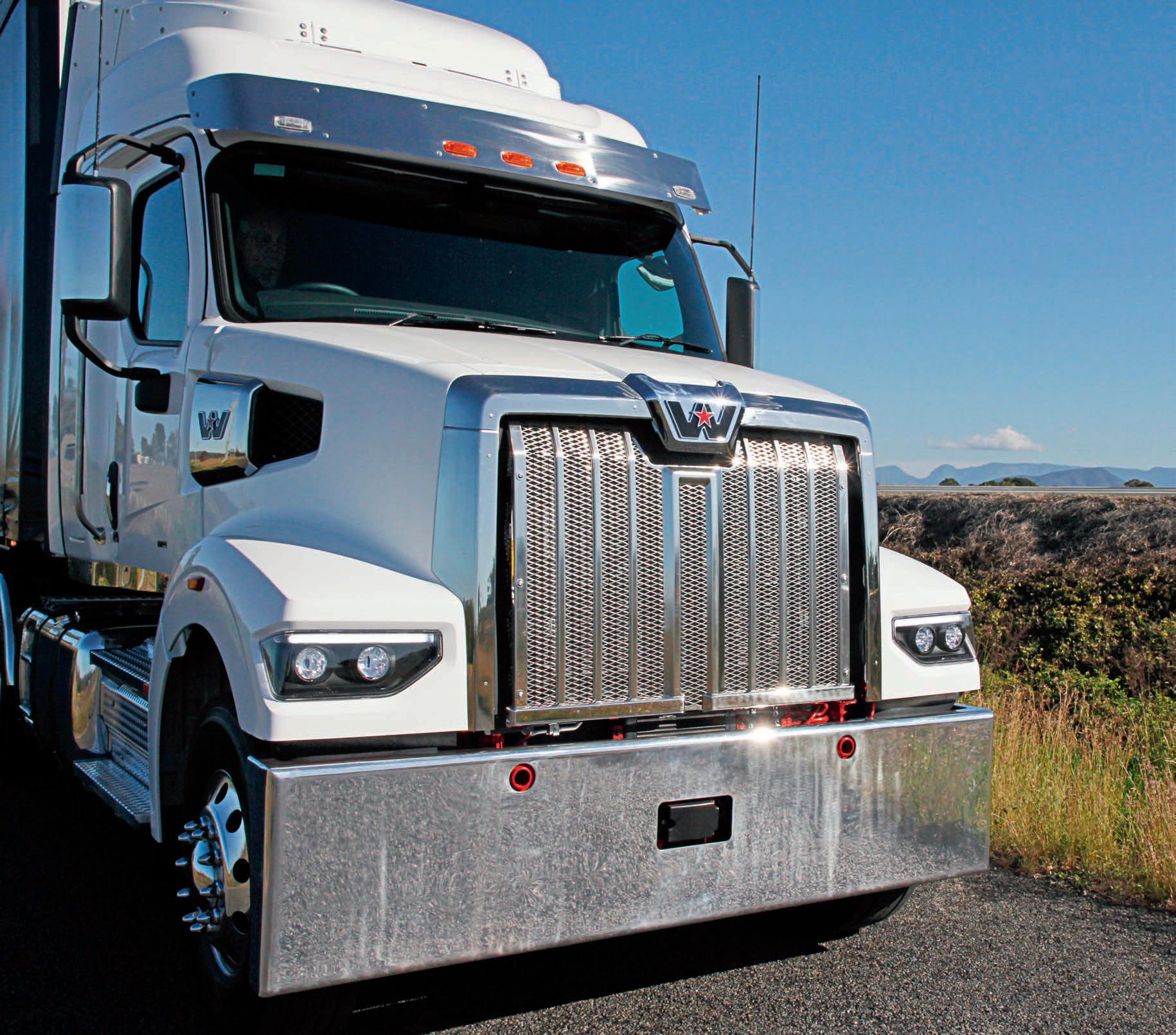
Still, after short stints behind the wheel of each model in various configurations at Mt Cotton, there’s no denying the 48X was the model which grabbed our attention more than any other.
The reason is that this is the truck, as Penske insiders keenly pointed out, ‘… built purposely for the Australian market, with no US counterpart’, and the truck they believe will put Western Star firmly back on the B-double map.
The fundamentals certainly point to a specification ideally suited to B-double duties, either linehaul or local. Again, it’s
worth quoting the raw details from our original report following the much anticipated launch of X-series: ‘With a set-forward front axle and trim 2883mm (113.5 inch) bumper to back-of-cab (BBC) dimension, the 48X is a 6x4 prime mover specification with the choice of the Detroit DD13 engine up to 525hp or the turbo-compound DD16 with up to 600hp and 2050lb-ft of torque, coupled to either the standard DT12-OV 12-speed overdrive automated shifter or the higher torque rating of its OVX counterpart. Or, for the traditionalists, there’s an Eaton 18-speed manual.
Wisely, the DD13 version limits gross combination mass (GCM) to 72.5 tonnes whereas the DD16 gives the 48X a GCM limit of 106 tonnes.
Meanwhile, cabs come with the choice of standard flat or trench-style rooflines while sleepers range from 36-inch models with either a low trench roofline or a stand-up mid-roof design. Importantly for B-double work, the bumper to back-of-sleeper length with the 36-inch shed is 3567mm but for those wanting a bigger sleeper, there are also 48-inch and 60-inch high-roof versions.
From the outside, designers have done a good job of styling all three X-series models with the bold, strong appearance typifying a traditional US conventional.
Yet while looks largely depend on individual tastes, there’s no denying that big beaks with gutsy stainless steel grilles and classy air intakes each side of the hood impart the message of working class toughness on which so much of Western Star’s heritage is based.
Even so, the only thing that appears to carry over from the outgoing model is the badge on the beak and it all starts with what Western Star describes as ‘pioneering high strength single channel chassis rails’ splayed at the front to enhance engine and radiator fitment.
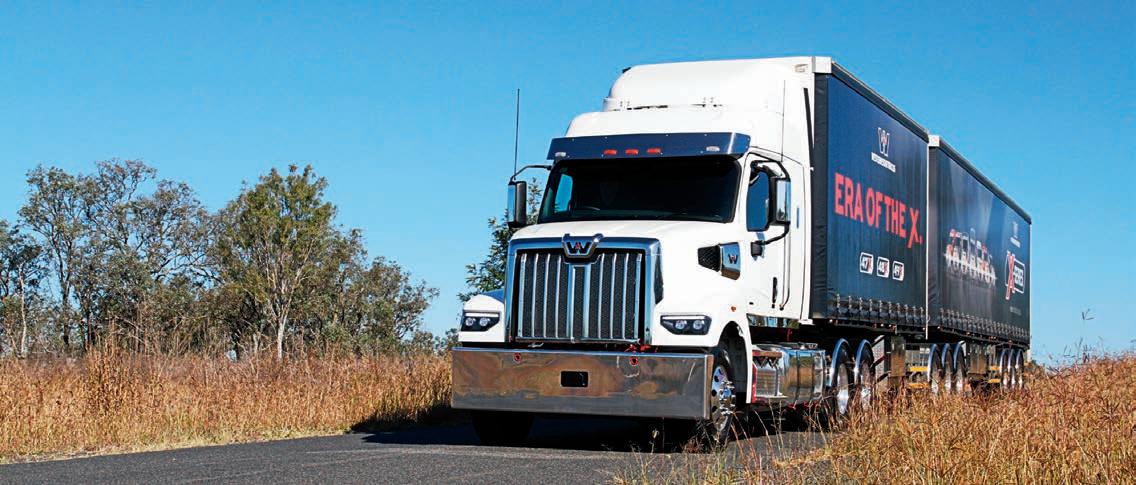

Importantly, all three models are said to use ‘an allnew robust routing and clipping design which keeps air lines and wiring harnesses away from the frame.’
Notably, the radiator is engine mounted rather than chassis mounted to resist torsional stresses, with the DD13 using a 1400 square inch radiator and 1600 square inch with the DD16.

Still on cooling, it’s worth noting that to accommodate the DD16 and equally, enhance the discharge of hot air from under the cab, the floor of the 48X model stands 100mm higher above the chassis than its 47X and 49X siblings. This is obviously a
smart move given the relatively compact dimensions of a truck with a GCM rating above 100 tonnes.
However, as we also reported late last year, it’s on the inside where DTNA’s corporate identity and component amortisation are stitched most obviously and predictably into the new Stars. The dash, the switchgear, the digital gauge and overall instrument layout, the steering wheel, are all from the same DTNA suite as Freightliner Cascadia and similarly, Daimler’s Mercedes-Benz and heavy-duty Fuso brands.
Indeed, the family similarities are stark, but that certainly isn’t a bad thing, particularly when it includes the standard features of the comprehensive Detroit Assurance safety package. Like early Cascadia versions though, the first of the new Stars haven’t yet been fitted with a steering wheel airbag and right now, there’s no indication of when it might happen.
Whatever, it remains easy to suggest this new line-up is the complete transformation desperately needed to dispose of the mediocrity which over almost a decade has seen Western Star’s hard won notoriety and reputation slide to the edge of insignificance.
No question, some may rue the loss of Star’s original character in this new line’s concession to family sharing but it’s a salient fact that in the
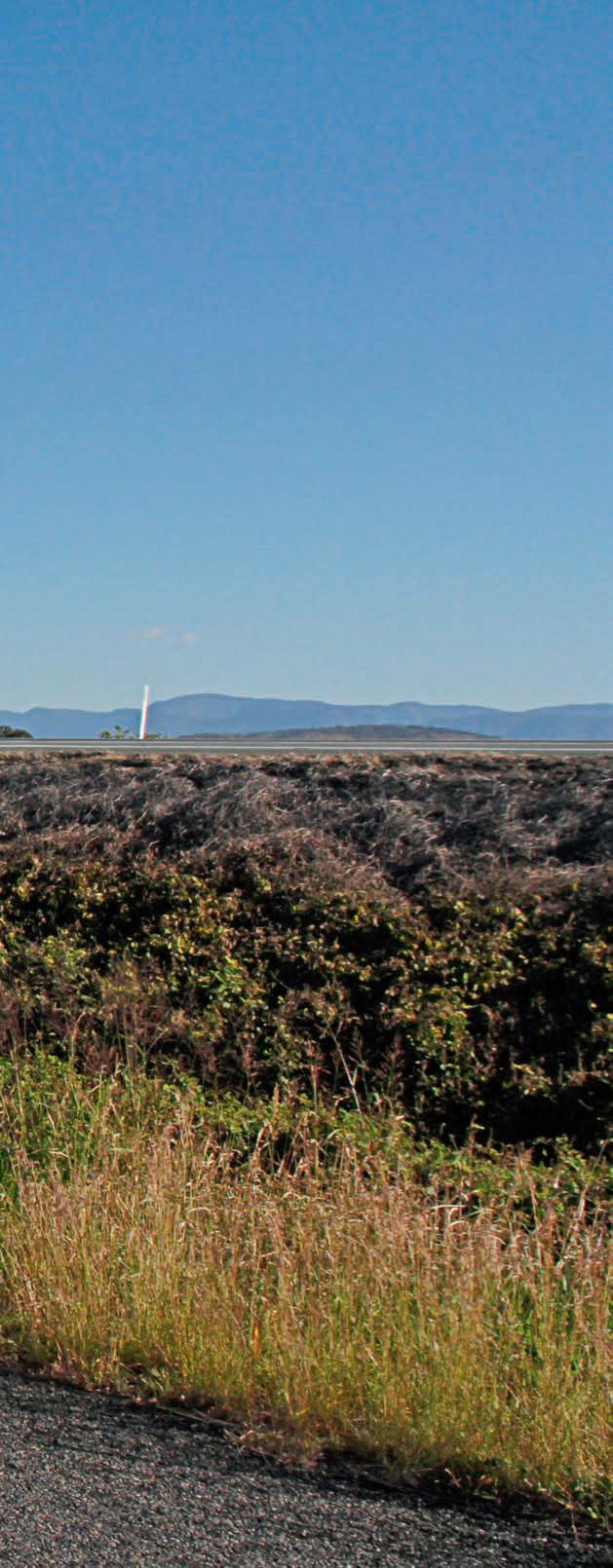
“X-series has the ability to end Western Star’s decade in the sales doldrums.”
Top: Like its corporate cousin, Freightliner Cascadia, the 36 inch bunk is still in a left hand-drive layout with air and light controls behind the passenger side seat rather than the driver’s side

Right: The only drawback of the 48X’s taller stance is a notably higher step into the cab

Opposite top: While some might find the steering a tad touchy at first, overall ride and road manners of the 48X were exceptionally good
Australian market particularly, Western Star has been going nowhere fast and modernisation had become a life-saving priority. As for the suggestion in some quarters that X-series is simply a Freightliner in different guise, here’s another blunt fact worth considering: Western Star is first and foremost, a relatively low-volume vocational product with far more flexibility in engineering terms and thus, more easily tailored to specific markets and applications than mass produced highway specialists such as Freightliner’s Cascadia.
Consequently, Western Star’s local leaders were able to work closely with their US colleagues to create a model such as the 48X specifically for Australia’s B-double market. Simply put, it is a smart spec and we’ve spent many months eager for an opportunity to put a 48X B-double combination through its paces and hopefully, verify our highly positive first impressions.
No heavy truck is at its best with less than 1000km on the clock and unless we’re badly mistaken, there are no tougher ‘day runs’ out of Brisbane than the slog up Cunningham’s Gap to Warwick. Nonetheless, these were the demands on a superbly prepared 48X B-double combination supplied by Penske Australia from its Wacol headquarters.
Occupying the passenger seat was Penske Australia product specialist Steve Gibbins but seriously, there was little to explain or emphasise. Grossing 60 tonnes and with just 860km on the clock, the truck did its job with nothing less than well mannered, workmanlike efficiency.
Much like the flash 48X model which attracted so much interest just a week earlier during X-series’ public debut at the Brisbane Truck Show, the specification of the test unit was straight out of Western Star’s latest tool chest: a 48X with a 36 inch mid-rise sleeper and aero kit, a 600hp Detroit DD16 engine coupled to the high torque version of the DT12 automated 12-speed overdrive transmission, driving into Meritor’s RT-46 drive tandem running a 3.73:1 diff ratio and riding on the corporate family’s well-proven
“Western Star’s X-series is arguably the only line-up of conventional trucks capable of seriously challenging the supremacy of Kenworth’s T410 and T610 models.”
Airliner rear suspension. It’s a drivetrain which notches 100km/h at a twitch over 1400rpm.
Additionally, standard fuel capacity is impressive at more than 1500 litres in two square aluminium tanks – 745 litres right side, 775 litres left side – with a generous 200 litre stainless steel AdBlue tank below the passenger side door.
Meanwhile, the climb into the cab is on well-placed steps and conveniently sited grab handles but it’s worth noting that because the cab sits 100mm higher than its 47X and 49X siblings, the final step into the cab is surprisingly taller than the lower rungs.
Once inside though, it takes next to no time to find a good driving position on a high-back Isri air-suspended seat and familiarity comes quick in a digital dash and control layout which, like its Freightliner, Benz and Fuso counterparts, is easily among the most user friendly in the business.
Overall, the cab layout is spacious, comfortable and entirely functional but even so, there were a couple of things the new Stars share with their corporate cousin Cascadia which aren’t altogether appealing. Other opinions may disagree but in this estimation, the radar unit in the top centre of the windscreen infringes marginally on forward vision while strangely, the well-appointed sleeper has heater, fan and light controls on the passenger side rather than the driver’s side where most Aussie drivers like to lay their heads. In effect, the sleeper is still in left handdrive layout. Go figure!
On-road, however, the 48X displayed excellent road manners. Admittedly, some might find the steering a tad touchy at first but overall, handling and ride quality were fine, partnered by a supremely smooth and intuitive drivetrain, a quiet cab but not so quiet to completely deaden the healthy hum from under the
snout, and levels of performance and fuel efficiency which will only be enhanced with more mileage.
At this point it’s worth mentioning that equivalent 13 litre and 16 litre engines in Freightliner and Mercedes-Benz models have well established reputations for solid performance and thrifty fuel consumption, so there’s no reason to think the Detroit engines in X-series won’t deliver the same favourable attributes.
In our evaluation, for example, the DD16 returned a respectable 1.7km/litre (4.8mpg for us more mature types) for the 280km round trip from Wacol to Warwick via Cunningham’s Gap. Again, at 60 tonnes and with barely 1000km on the clock, fuel consumption was more than a reasonable result. Performance, however, was exceptional and perhaps even better than expected. Despite roadworks forcing a crawl on early stages of this long and arduous climb, it was decided to leave the transmission in auto mode for all but the last few hundred metres where a notoriously sharp pinch at the top waits for the uninitiated.
Anyway, with the roadworks behind, the outfit powered up and settled comfortably into 7th gear, dropping no lower than 1450rpm or thereabouts. Switching to manual mode approaching the top, there was a moment of indecision about whether to go down one or two gears but given the obvious determination of the big bore Detroit, a single shift saw the combination crest the climb in 6th gear at 1400rpm. Top effort!
From here on it was little more than an unfussed haul to Warwick before turning around and heading back to Wacol, descending Cunningham’s Gap in the same gears: 6th in manual mode over the lip with the three-stage Jacobs engine brake on maximum then,
as the grade eased, swapping up to 7th and using the different stages of the Jake to keep momentum under control. Easy!
In fact, the most difficult part of the day’s exercise came after accepting Steve Gibbins’ shrewd invitation to reverse the B-double into a long and cluttered corner of the Penske premises. Eventually, the job was done, much to the mirth of a smiling Gibbins.
All up, Western Star’s 48X did not disappoint, verifying our initial opinion that this model is ideally designed and specified for its intended role as a functional, efficient and comfortable truck for B-double duties and indeed, workloads up to its maximum 106 tonnes rating.
On a broader perspective, Western Star’s X-series is arguably the only line-up of conventional trucks capable of seriously challenging the supremacy of Kenworth’s T410 and T610 models. Providing, of course, North America sends enough of them our way.


Morris Transport is a business built on reliability, service and customer contact.
Founded in 2011 by Peter and Christine Morris, and based in Larpent on the edge of Colac and the Otway Ranges in southwest Victoria, they predominantly transport livestock, fodder and timber throughout Victoria and New South Wales. They take pride in their family business which has a strong focus on supporting their local community.
Prior to MyTrucking, Christine says that their workflow largely relied on phone calls, text messages and Google map drop pins from the office to drivers, and of course, their trusty microwave acting as a mailbox for document drops at the top of the driveway.
“We were having issues with missed billings, jobs not getting invoiced and having to search through messages for drop pins. While the drivers become familiar with locations it’s not always front of mind. It just meant we were all spending a lot of time on our phones,” Peter explains.
While at a conference in Bendigo four years ago, Peter happened upon a talk from the MyTrucking team and immediately saw where it could help solve some of their problems. But it was another six months before they took the leap and joined the MyTrucking family.
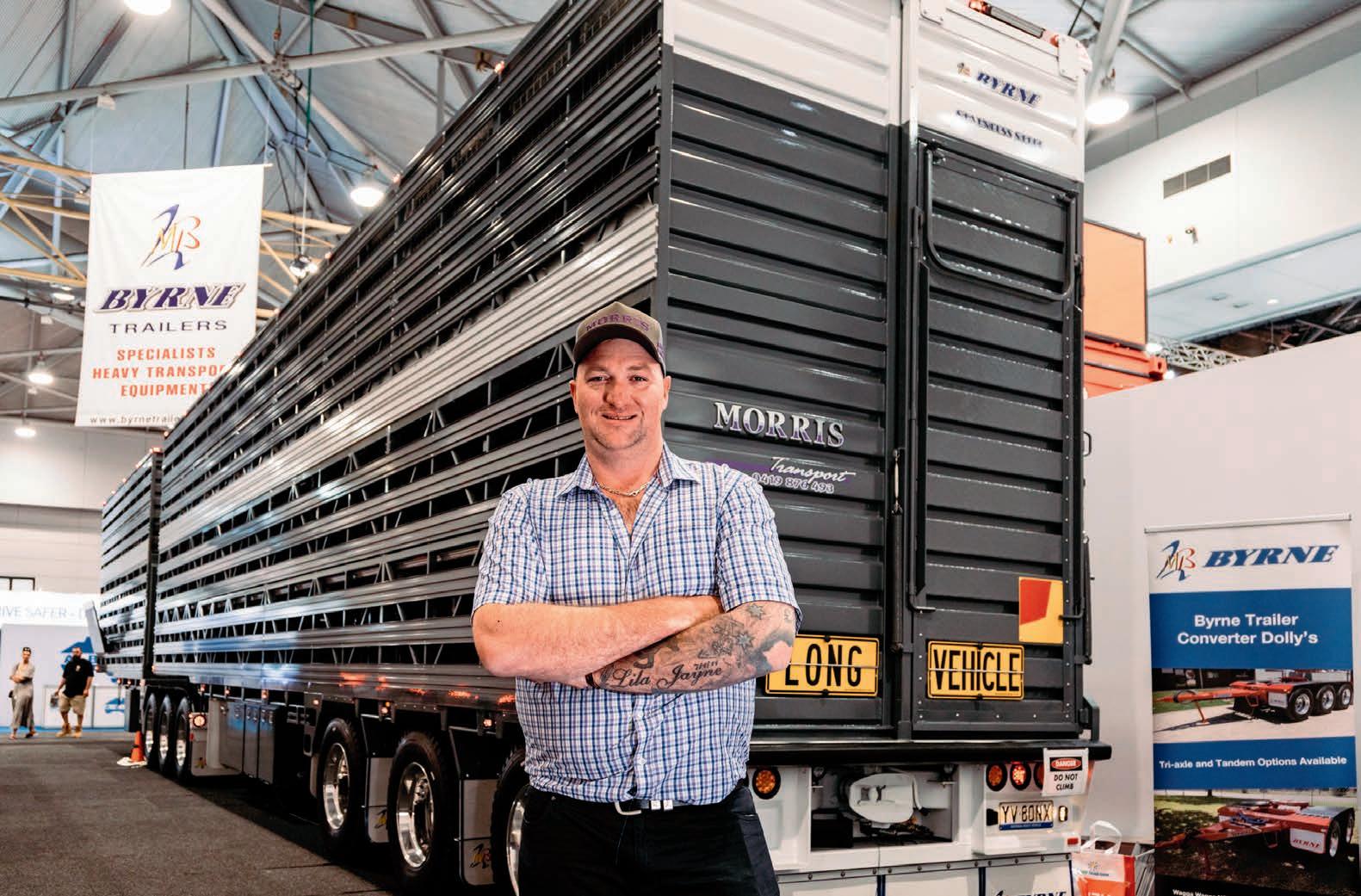
“I was a little hesitant at the start, I saw it as
more work to get everything set up and started and we were time-poor. We didn’t have anything in place at the start, so it was just convincing ourselves that it was the way to go. Initially, we were a bit daunted by the time involved in getting all the initial information into MyTrucking, but the support we received during that process was amazing,” Christine says.
MyTrucking has streamlined their job scheduling and invoicing tenfold, with no missed invoices or billing and all essential paperwork in one easy-to-find place. It’s easy enough for everyone in their business to use including subcontractors and MyTrucking’s integration with Xero makes their lives even easier.
Being able to use MyTrucking via the app and on a desktop means that everyone has the information they need at their fingertips and this helped them hugely when everyone was working from home during COVID-19.
“It’s no longer time-consuming to price a job, as drivers populate the app fields by entering head number carted, loaded kilometres, and hours taken. The price can be automatically calculated on populated fields or matched to previous jobs with exact details,” Christine continues.
“There’s lots to like about MyTrucking. Drivers can put their own jobs in and set them to repeat. Being able to attach NVDs, dockets and invoices to
a job helps keep things orderly as well.”
Their drivers’ jobs are made even easier by being able to put a drop pin anywhere along a road to save valuable time trying to figure out where the yards are.
“We can also pop in notes for our drivers, just little things like noting a feisty bull or a client that likes to chat, it all adds to our own customer experience which has flow-on benefits,” Christine adds.
“MyTrucking is great to work with. With a lot of software out there it just is what it is and you sort of take it or leave it. With MyTrucking, if something is not working they want to know and help offer a work around solution. We also regularly use the chat bot box to help nut out errors, it’s very fast and effective communication.”
Like any system change, Christine says they had the odd teething issue as they got their heads around MyTrucking but in no time at all the whole team was confident using the system and they are now huge champions of MyTrucking.
“MyTrucking has helped everywhere in our business. It’s easy to use, the customer service is brilliant and it’s helped support our growing business.”
For more information, visit MyTrucking at www.mytrucking.com.
Morris Transport has been part of the MyTrucking family for three years. The family-run business has been going from strength to strength in recent years and is reaping the rewards of a more streamlined approach to their operation with the help of MyTrucking
Innovation continues to be at the forefront of Airtec Corporation’s product range with the latest arrival to its SmartOBM series launching at the 2023 Brisbane Truck Show – introducing the AXS SmartOBM System.
The AXS SmartOBM System is a 100 per cent Australian designed and manufactured on-board mass sensor, made in Queensland by Airtec staff to support all facets of the heavy vehicle industry.
“We’ve listened to our customers to understand what the industry needs and wants from their on-board mass units and believe the new AXS will deliver a better experience for our truckies, operators, fleet managers, as well as truck and trailer manufacturers,” says Airtec Corporation’s co-founder and CEO, David Hewett.


Put simply, this means that when discussing your SmartOBM needs and ordering an AXS SmartOBM System from Airtec or one of their many suppliers, you’re talking directly with the team who made the product.
Continuing to support the compliance needs of their customers, Airtec’s AXS SmartOBM System is TCA Category B approved and ready to take the ‘weight’ of the industry. It’s designed to support all airbag suspension trucks, prime movers, trailers and dollies as well as being suitable for both dual and single sensor ride height controls.
At only 80mm in diameter and smaller than your coffee cup, the AXS SmartOBM System is the smallest and most durable product in the Airtec range. The reduced size makes mounting the sensor on your truck or trailer easier, and with specially designed mounting brackets available you can be assured the sensor is safe and secure, no matter the terrain.
This small but mighty piece of technology is an industry first with its wireless, Bluetooth-mesh capability allowing for faster mass updates and overthe-air calibration. Meaning you can weigh in, no matter where you are. Be it in the field, on the road or at your docking station, the AXS SmartOBM System is ready to perform, allowing you to check your weights from your smartphone and save them for later reference.
Airtec has kept the bright LCD screen that customers
Why you should ‘think small’ for your next SmartOBM system:
• 10 0 per cent Australian owned, made and manufactured
• W ireless, Bluetooth-mesh capability - minimal fuss for maximum results
• O ver-air firmware updates to keep you at peak performance no matter your location
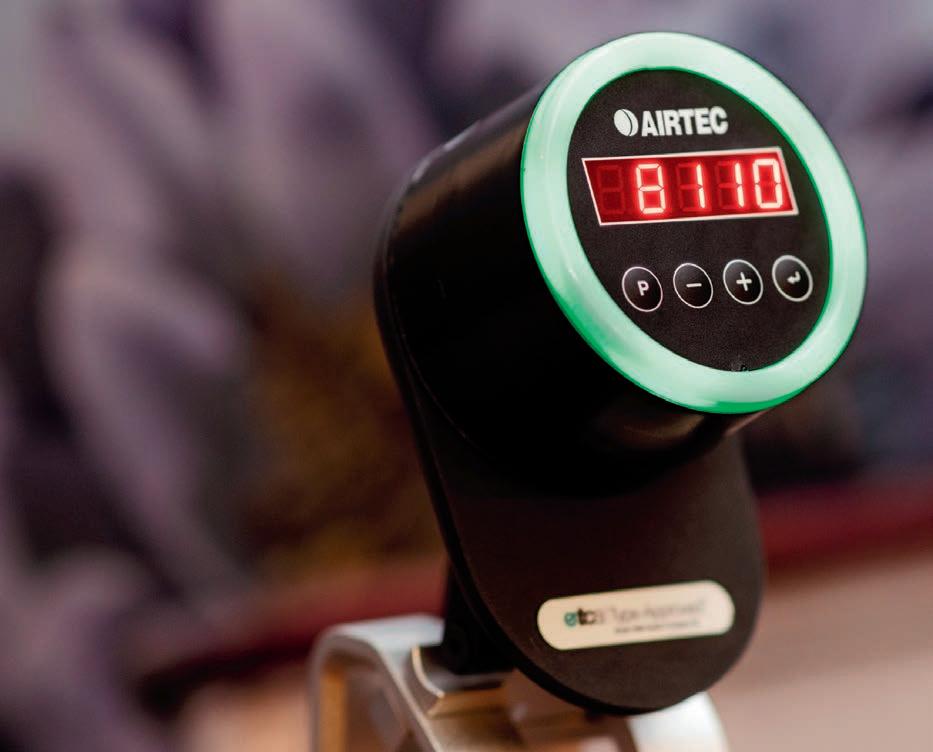
• L CD screen to ensure visibility in blistering sun or pouring rain
• L ED lights indicate your legal weight limits
• P urpose designed mounting brackets
• D esigned to withstand the harsh conditions of the Australian outback
love, retaining visibility for both day and night readings. The new LED ring interface makes it easier than ever to determine if you are under, within or over legal weight with three different colours that change according to your load. The in-built accelerometer turns the lights off when your vehicle is in motion, but your sensor will continue to read your weights through the app and your integrated telematics provider.
Made with an aluminium base and polycarbonate cover, Airtec’s AXS SmartOBM System is 100 per cent waterproof and guaranteed to withstand the harshest conditions of the Australian outback.
It’s not just the hardware that’s had a makeover. Airtec has ensured the already popular ‘TruckOBM’ App is ready to integrate seamlessly with the AXS SmartOBM System product range. Once updated on your Smartphone, Airtec’s ‘TruckOBM’ App will be able to support the over-the-air (OTA) firmware and calibration upgrades. Allowing you to calibrate gauges in the comfort of your cab via the App, rather than via the unit front panels, it saves you ‘tonnes’ of time on the road.
Airtec’s latest, and might we say greatest new product, is packed with the smartest technology, compliance accreditation, increased functionality, local support and so much more. The AXS SmartOBM System will ensure you are not only prepared for today, but ready for the future.
After 15 years loyal service, the first Freighter Drop Deck EziLiner has received a new lease on life after it was refurbished by MaxiTrans. Complete with its Peter Brock ‘King of the Mountain’ mural on the curtains, it held centre stage at the recent Day Out For Don car show in Campbelltown, Tasmania, in support of mental health awareness.
Nestled in Tasmania’s Central Highlands, the aptly named Highland Haulage of Mick and Chris Linger rely on old-fashioned values and adopting new technologies to stay ahead.
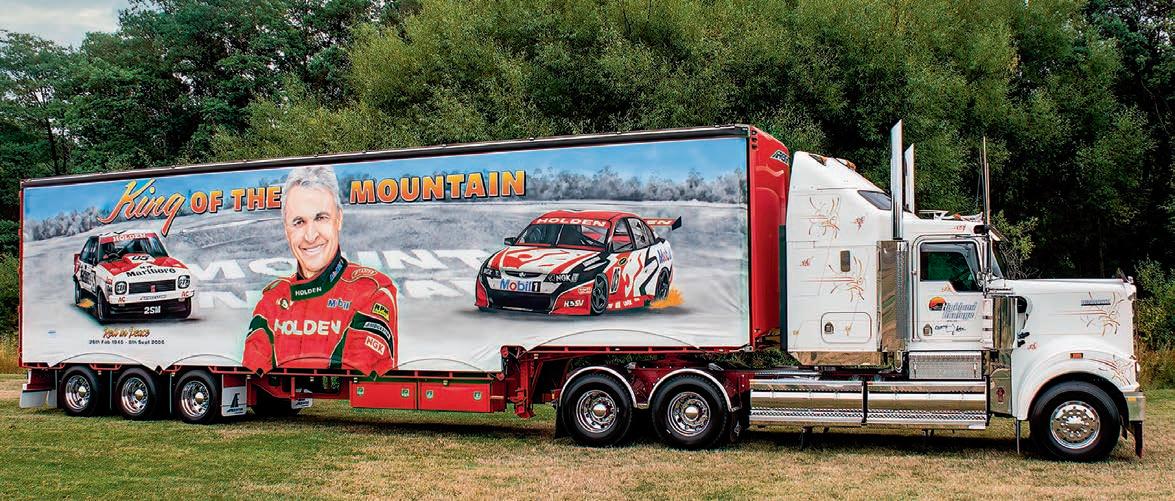
Mick Linger isn’t one to mince his words. A no-nonsense straight shooter with eyes for the future, Mick has had clear goals in mind for Highland Haulage, the company he and his wife Chris started over two decades ago.
Highland Haulage’s impressive fleet of Kenworth and Western Star prime movers and Freighter trailers concentrate on providing general freight and specialised refrigeration services from Tasmania across Bass Straight
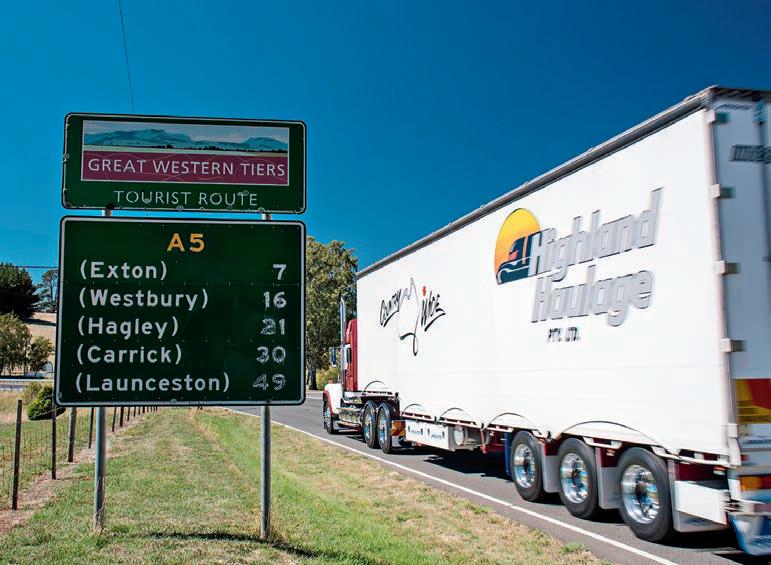
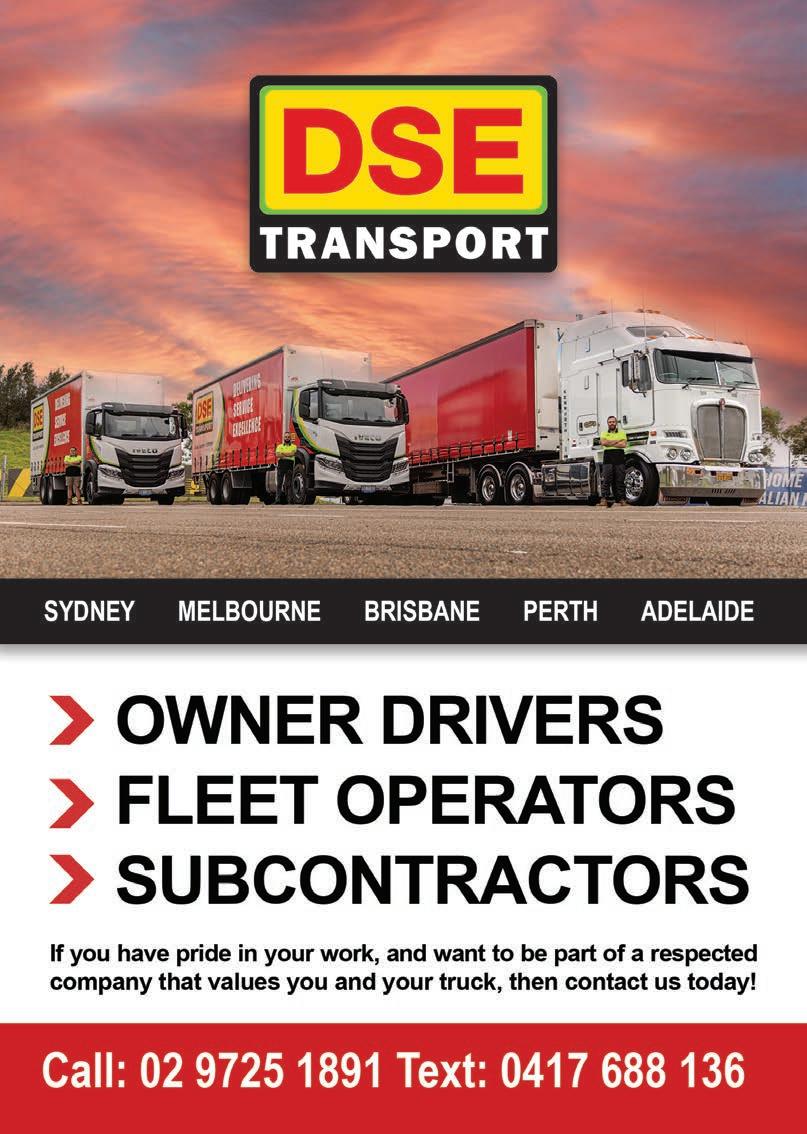
to all mainland centres. “Our business is not just about trucks. We provide a total transport solution,” Mick Linger says.
Even early in the company’s infancy, Mick says he was particularly interested in the Freighter Drop Deck design as it optimised deck lengths to suit standard pallet sizes and maximise load volume. At the same time, he was equally
impressed with the EziLiner’s ease of use.
Since its introduction in 2008, the EziLiner has received positive feedback from owners and drivers who say that the simple use of a lever to tighten and loosen the curtain has made it easier to operate and avoid the repetitive nature of opening and closing buckles and straps.
But after 15 years of loyal service running to all points of mainland Australia, Highland Haulage’s EziLiner Drop Deck started showing signs of wear and tear.
“It is too good a trailer to get rid of,” Linger adds.
“Around the time I was thinking about refurbishing the trailer, a close friend of mine, Steve Donovan, told me about a car show he was organising to raise awareness for mental health. Sadly, Steve’s son took his own life, and the car show, A Day out for Don, was named in his honour.
“Steve is a massive Holden and Peter Brock fan, so an idea evolved that I refurbish my old EziLiner Drop Deck as a memento to Steve’s efforts in raising awareness of mental health.”
He contacted Freighter trailer manufacturer, MaxiTrans, to see who they might suggest completing the rebuild.
“The team at MaxiTrans in Victoria were terrific. They took the time to explain that they offered an in-house refurbishing service,” Linger explains.
“Mick was fantastic and easy to deal with. He knew exactly what he wanted to achieve,” says Jason Keddie, MaxiTrans general manager Victoria. “He was involved throughout the whole process and got to know our team quite well.”
“We completely overhauled the trailer giving it a new lease on life. The trailer was stripped back, sandblasted, before we gave it a new paint job. New curtains were fitted, air brushing completed and finished off with new LED lighting,” Jason Keddie says.
“Customers are amazed with what may seem like a right-off, we have the capability to bring it back to life.
“Our direct links to manufacturing makes the process much more seamless for our customers.”

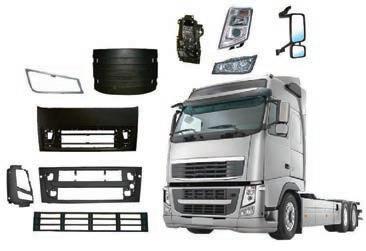

Clear Vision Strips, a new product on the market, is providing a solution to the problems of streaky windscreens during rainstorms and snow conditions, therefore improving safety for all road users.
Clear Vision Strips were originally conceived in 1997. Many test strips over a period of 20 years have resulted in the final product with the development of unique clear strips.
After 12 years of development the Clear Vision Strip has received Patent Pending approval by the Australian Patent Office.
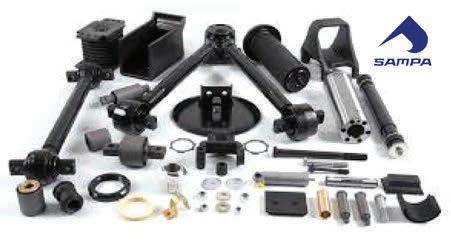
After driving well in excess of three million kilometres over 50 years and having a background in plastics and chemistry, the inventor developed and tested the Clear Vision Strip – for use on the outside of the windshield – which almost completely reduces streaking and smearing of the wiper blades as well as applying a clear liquid over the screen to break up rain into small droplets, almost completely eliminating sheeting of heavy rain on the windshield and significantly improving vision of the road ahead in all rain conditions.
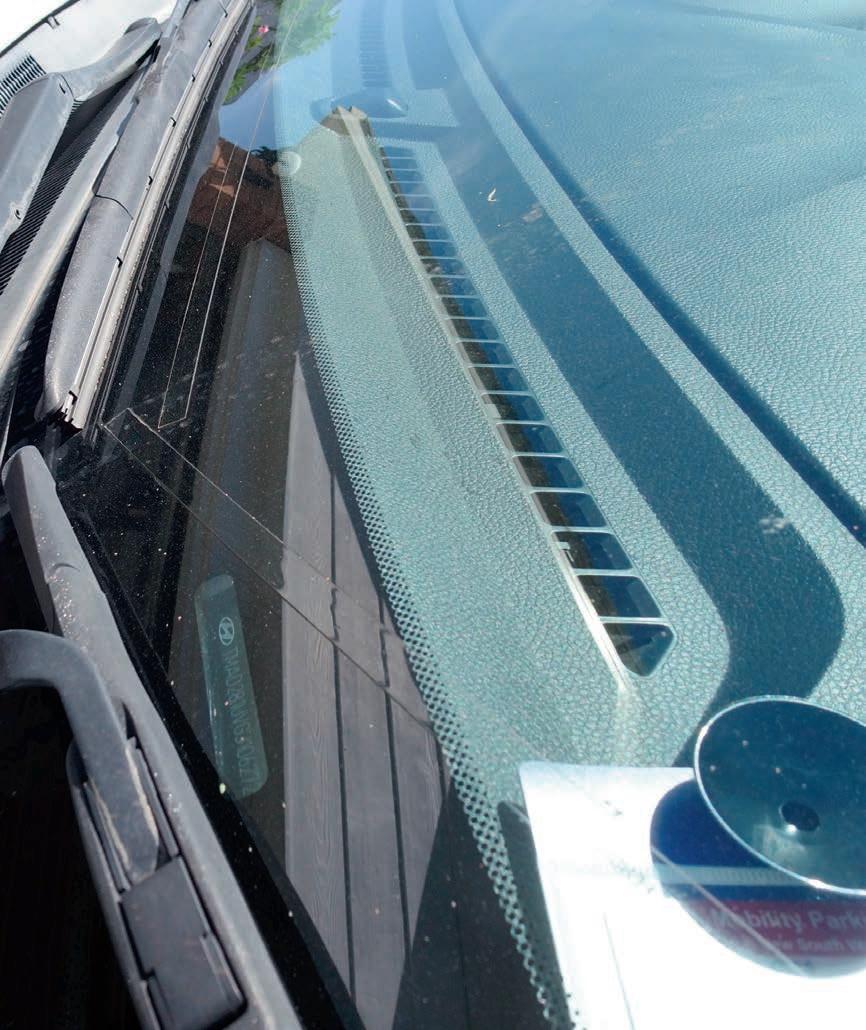
The Clear Vision safety strip was developed in the late 1990s and has since undergone 23 years of modifying, testing and perfecting to be ready for use today on cars, trucks, buses and any other vehicle that experiences the danger of streaking, smearing and water sheeting on the windshield.
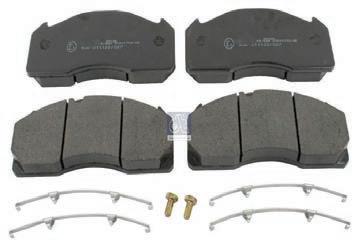
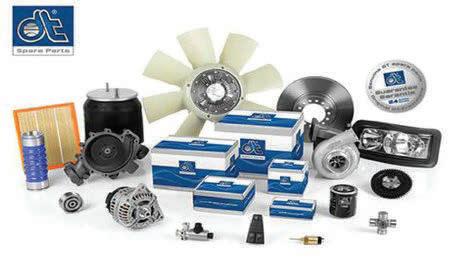
For further info on Clear Vision Strips, see the website at www.clearvisionstrip.com.au

Iveco is in the middle of putting a new range of ACCO trucks through their paces ahead of their debut later this year.
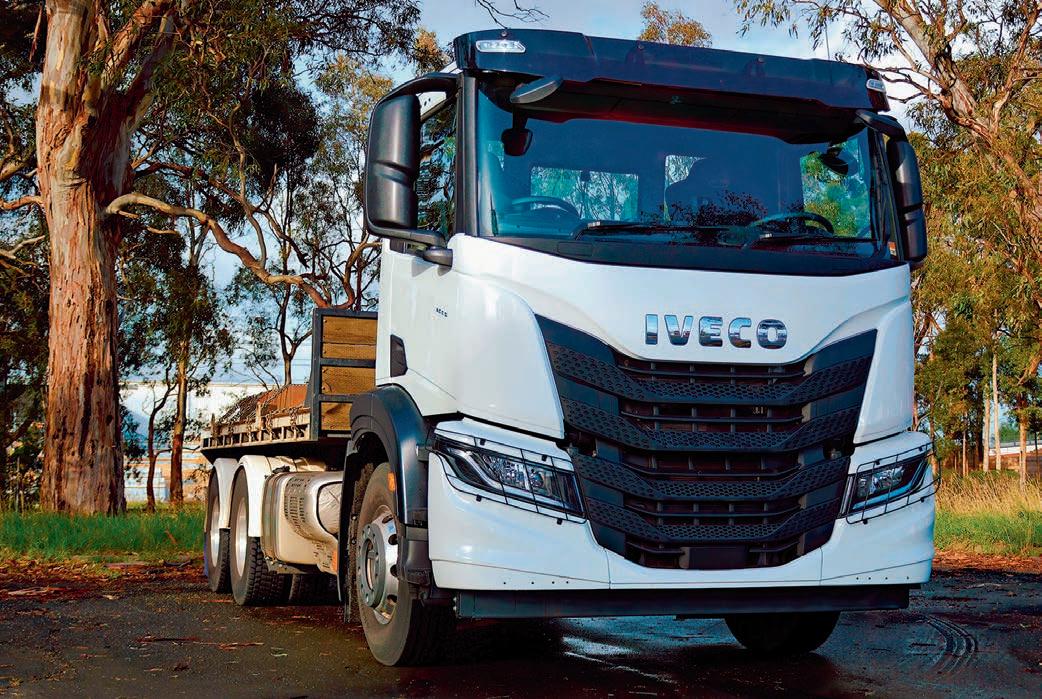
The S-Way factor is continuing to have a ripple effect at Iveco with a new look ACCO model set to flex its muscles in the refuse market.
Australian engineers are working on a day cab version of the truck which will share the fundamental architecture of the S-Way, with dual control variants added as an extra option.
The range will be available in both 6 x 4 and 8 x 4 configurations and will feature Iveco’s 8.7 litre, Euro 6 (Step E) Cursor 9 engine – tuned to allow buyers to select from three output ratings spanning from 310hp and 1,300Nm to 360hp and 1,650Nm.
The standard transmission across all models will be the proven Allison 3200 6-speed fullautomatic, a favourite for demanding stop and start applications.
Available exclusively with a day cab, the interior of the ACCO has been refined to provide more
In a major step in their zero-emissions transition, Woolworths Group has announced that an order of 25 new Foton T5 EV trucks will start to hit the road as it commences its transition to an all-electric home delivery fleet by 2030.
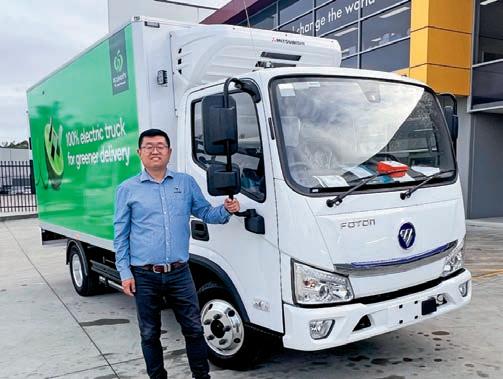
The initial purchase of 25 Foton T5 Light Duty Electric trucks fitted to Woolworths specifications is said to be a major step for the Foton brand in the Australia market and demonstrates support for the Foton T5 truck for demanding last-mile delivery work in Australia.
Foton says its T5 fits neatly within Woolworths Groups’ fleet, with the supermarket giant stating its intent to decarbonise its transport and logistics operation by working collaboratively with its suppliers and partners to deliver on its sustainability agenda. Exploring zero emissions transport opportunities within their value chain is an important component of that collaboration.
Foton Mobility Distribution CEO Neil Wang says the company was proud to be associated with such an
usable space and accommodate dual control hardware for those relevant models. Driver storage solutions have also been amplified with additional areas allocated for PPE and stowage of personal belongings.
The new ACCO models have been designed with the same clean chassis rails and mounting options as their historic predecessors, enabling bodybuilders to apply their skills when creating waste collection solutions.
Other waste industry-specific adjustments include redesigned steps that provide extra ground clearance, an engine hour meter and three-blade windscreen wiper system.
The latest ACCO will also receive the advanced safety equipment featured in the new S-Way including Advanced Emergency Braking System, Brake Assistance System, Adaptive Cruise Control, Lane Departure Warning System, Electronic Stability Program with ABS (disc brakes all round) and ASR (Anti-Slip Regulation).
Mako Polarised Sunglasses have been in business for close on 30 years, designed for boating, camping, fishing and professional drivers.
According to Mako, it uses injection moulded material on its lenses so they will not stretch over time or from high temperatures.
The glasses feature tampered temples to reduce the pressure of the frame above and behind your ears, and have multiple touch points on the head to distribute the weight, ensuring comfort over long drives.
Mako points out that the glasses also boast pin hinges which are more robust and durable than spring hinges.
The glass range consists of multiple layers of glass wafers with advanced technology, while the glass is said to be more scratch resistant than non-glass (polycarbonate or CR39) sunglasses.
Mako says all lenses are 100 per cent polarised, and all over 100 per cent UVA and UVB protection.
The company also offers lenses with either photochromic properties or high definition.
For driving, Mako recommends the G0HR (grey), G2H5 (green mirror rose based) or G3SX (photochromic copper).
After trying on a pair of Mako sunglasses, former outback Queensland mine-site driver Martin Wetton came away impressed.
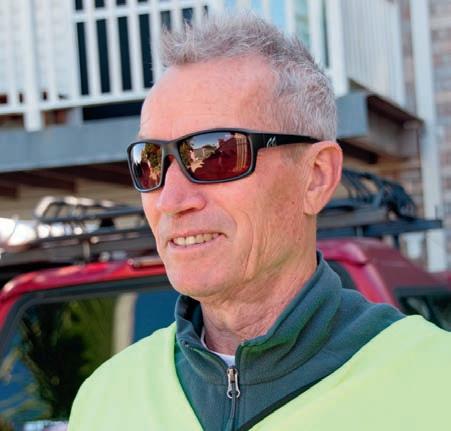
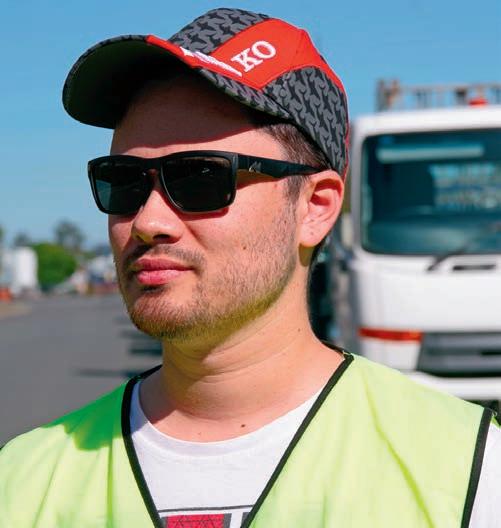
“It’s a pity these Mako sunnies weren’t around back in the ’70s,” Wetton says. “They would have made my life a whole lot easier.”
Mako Eyewear points out that it is a 100 per cent Australian owned.
iconic Australian brand and to be able to partner with other proven Australian companies such as QTRS, TRS and NTI to deliver first class outcomes for both Woolworths and its customers.
Wang went on to say that the car licence 4.5 Tonne Foton T5, backed by a nationwide dealer and service network and now thousands of kilometres of proven global performance during its development, was the ideal vehicle for the last-mile logistics industry.



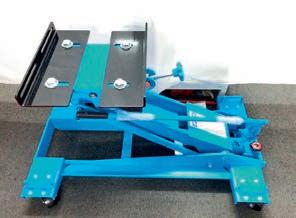

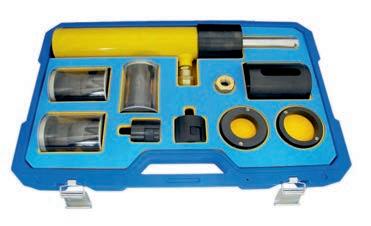


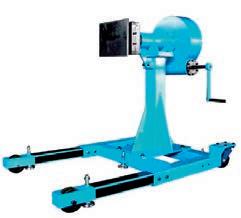
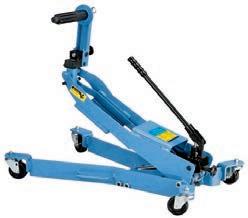



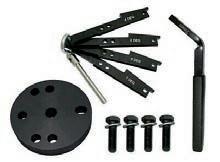

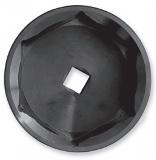


A reader sent in this photo of a very neat Ford truck for sale at a house that is also for sale, possibly deceased estate, near Daylesford, Victoria. It looks like, by the wheel tracks, it has been dragged around from a rear bunch of sheds.
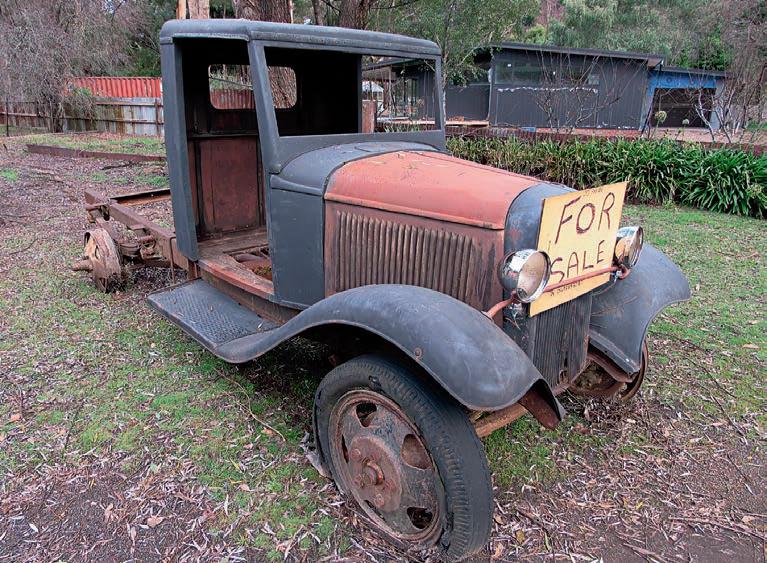
It has a solid rust free body and the
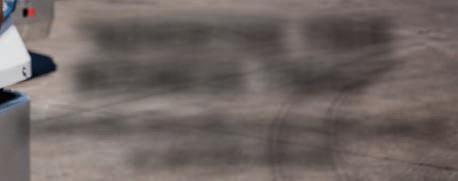
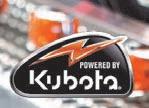

chassis which is exposed looks strong and straight.
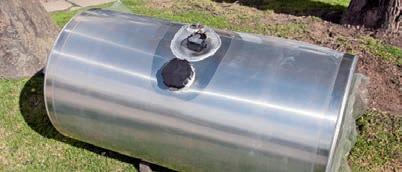

The notice reads 1933 Ford BB. No engine but seems the gearbox is there. Any takers?
Drivers looking for a giggle have been told how to take Australia’s rudest road trip.
From Hopping Dicks Creek to Funny Knob Creek, travellers can check out Australia’s most offensive place names to create the ultimate route for naughty Aussies.
With cheeky places dotted all over Oz, the rude road trip takes drivers
across beautiful coastlines, through the outback and into cities to catch a glimpse of Australia’s crudest spots.
New South Wales and Western Australia are just two areas that motorists will tick off as they embark on the road trip to hunt down these wacky locations.
Tasmania has more than a few outrageous names, with Tinkle Creek, Lake Fanny and Bust Me Gall Creek causing many a raised eyebrow as road trippers travel through.
Residents in Queensland have become familiar with tourists jumping at the opportunity to get a photo with the rude road signs dotted all over the state, including Muff Creek, Bald Knob and Punch Knob.
According to a survey conducted, the average Australian drops an expletive around seven times per day, and allegedly 29 per cent of South Australians swear more than 16 times per day.
With the average Aussie swearing seven times each day, it is no surprise that the country is littered with risqué place names, making it one of the best places in the world for a rude road trip.
The route was dreamed up by car rental company Stress Free Car Rental.
“We have created the rudest road trip in Australia, which is bound to be the wackiest drive you’ll ever take, spanning over 13,000km,” the company says.

“From Minge Way in the south to Asses Ears Wilderness Lodge in Victoria, Australia delivers on providing outrageous locations to give the traditional road trip an edge.

“Australia is home to some of the rudest lace names in the world, and since Aussies are known for their quick and playful humour, this trip is world-class.
“Stick on your cheesy playlist and visit these crude spots down under, and snap some selfies by the rude signposts for the ultimate social media post.”
Other rude place names that could on the itinerary include Pisspot Creek at Ross, Tasmania; Titwobble Ln, Wedderburn, Vic; Groper Street, Shoalhaven Heads, NSW; Humpybong Creek, Qld; and Mount Dick, Qld.
1800 625 746

OWD-EP-5164923-CS-299
HINOFD16/17/HAWK 1996, ex militarymultiusetruck.Can beusedasadvertising,stageworkshop,transportorfitted outasamobilehouse.Hydrauliclevellerscanflattentruck onunevenground.Willswaptruckforlandofsimilarvalue, Xq78wf.QLD. DIY1182050. 0418 735 246.
$249,000orswapforland
Isuzu honoured its Team Elite talent at a gala awards dinner held on the weekend of this year’s Brisbane Truck Show.
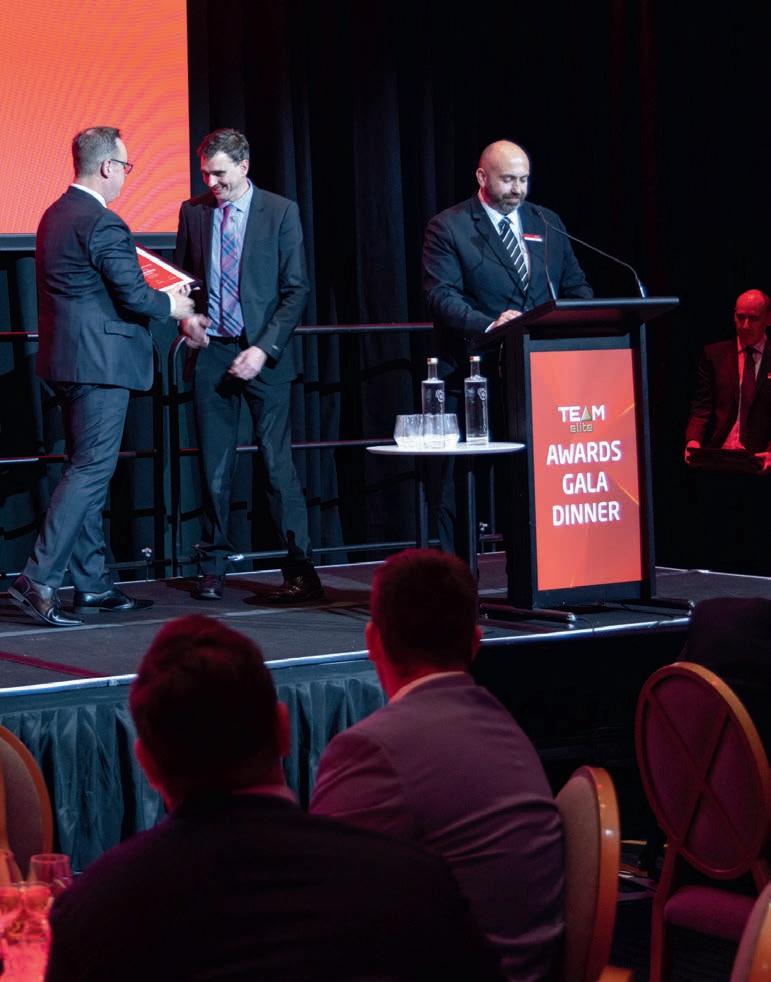
Isuzu Trucks also celebrated its 34th consecutive year of sales leadership with 13,360 trucks sold across Australia in 2022. Isuzu says a pillar to this success is its laser focus on the customer in both sales and aftersales support.
Now running for over 20 years, the Team Elite program offers generous incentives that attract the cream of Australia’s truck sales, service, and parts specialists.
The program encourages excellence in all aspects of customer care and showcases the skills and knowledge accumulated each year across its extensive dealer network—with the effects enjoyed by Isuzu customers down the line.
The Team Elite sales award for 2022 concluded with the National Champion Sales Consultant competition, held at the Isuzu Australia Limited (IAL) head office in Truganina, Melbourne.
Three leading sales consultants from across the Isuzu Trucks dealer network are chosen to participate in the National Champion Sales Consultant Competition.
Truck parts and accessories specialist Truckline has announced Austrans Group as the winner of its 70th Anniversary Giveaway Prize.
Austrans Group, well-known in the transportation and logistics industry, has been awarded a T-Liner Mezzdeck Trailer built by MaxiTrans, accompanied by $20,000 worth of Visa Gift Cards.
Truckline recognised the suppliers who collaborated to make the prize possible, including major sponsor Donaldson, Hella, Narva, Milwaukee, SKF, ITW Polymers & Fluids, Air Brake Corporation, Meritor, Powerdown and Castrol.
Truckline and Austrans Group have enjoyed a strong relationship, notably with the challenges Austrans has faced in the past.
“Truckline worked with us during the equipment installation phase, which helped to reduce costs and downtime, and we are exceptionally happy with the results,” says Jason Charnock, operations manager at
Austrans Group.
Truckline says it extends its gratitude to Austrans Group for their continued support and for being the deserving winners of the Truckline 70th Anniversary giveaway prize. The T-Liner Mezzdeck Trailer is expected to provide Austrans Group with
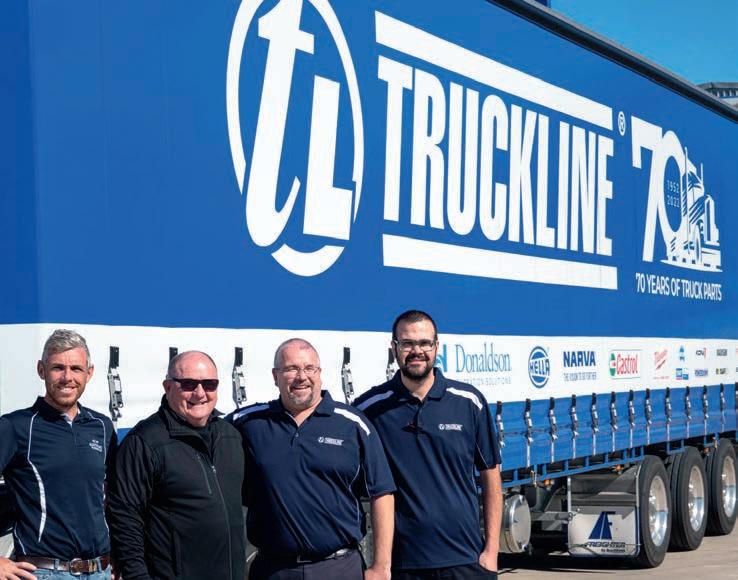
increased operational efficiency, helping to further solidify their position in the transport and logistics.
In addition, Truckline thanks its valued customers for taking part in the company’s 70th Anniversary celebrations.
They are tested on a trio of integral truck sales elements: product knowledge, brand knowledge and truck model–specific knowledge. This includes completing a series of written and practical examinations such as simulated sales scenarios.
Richard Pineros of Blacklocks Isuzu (VIC), Shane Hilder of Webster Trucks (TAS) and Brandon Kemp of Suttons Motors Arncliffe (NSW) earned their place at the head of this year’s pack.
Ultimately, IAL head of sales, Craig White, awarded the top prize to Shane Hilder of Webster Trucks.
Accumulating the highest points overall, Hilder was crowned National Champion Sales Consultant for 2022, marking an eighth victory for the Tasmanian truck expert.
“Eight wins for this prestigious award is an amazing achievement for Shane, especially against very stiff competition from Richard and Brandon,” White says.
“The Team Elite competition has been running for well over 20 years and has gone from strengthto-strength during that time, serving to highlight the incredible talent and dedication of the people working across the Isuzu network.
“And this year we had even more reason to celebrate, as we held the awards for the first time at a gala event as part of our activities around the Brisbane Truck Show.
“Congratulations to our champions who have shown once again the enormous benefit that excellence in sales can bring to Isuzu, our dealers and of course our loyal customers.”
In the Service Manager category, which recognised exceptional performance in attaining service goals and initiatives, the accolades were awarded to David Ireland of Major Motors (WA), Jonnie Arnel of Ballarat Isuzu (VIC) and Laurie Johnson from Gippsland Truck Centre (VIC).
The same criteria was applied in the parts category of Isuzu’s 2022 Team Elite Awards. Bobby Menechella of North East Isuzu (SA), Shaun Elliott of Central Isuzu (QLD) and Clinton Whelan of Gippsland Truck Centre (VIC) accumulated the highest points, taking out top honours.
Isuzu holds the Team Elite program each year to illustrate its commitment to excellence in service through staff training and knowledge retention—rewarding the next generation of performers whose day-to-day job is building genuine relationships with Australian businesses.
In all, more than 40 Isuzu Trucks dealer staff were recognised at the gala event.


Acouple of months ago I wrote about one of the many challenges that truck drivers face: minor infringements with no bearing on safety, when we’re doing the right thing. These are an added distraction we really don’t need on top of all the other stress points in the sector. Since then I’ve decided to contest the fine I got for not providing the address of my duplicate records of my work diary. Of course, there are the obvious financial reasons as to why I would contest this, however to me, this is also a matter of principle: truck drivers are good people doing a tough, tiring job.
We need to be treated reasonably, in a common sense manner that improves safety rather than adding to the many levels of red tape we have to endure which won’t actually make a difference to the industry.

Policing our roads is always as important as ever and there are other issues that police should be concerned with on our roads, not trivialities that can cause little harm to anyone.
When I tried to protest my fine to the police officer, it was clear I was getting
nowhere. He’d clearly made up his mind and was determined to tick this one of his list. I’ve tried to appeal the fine to Service NSW, but I feel there is little interest from them as well as they seek to uphold the fine. Now I have to take time off to go to the courts, in addition to all the time dealing with the fine paperwork itself. All of this hassle, all because of a clerical oversight that I didn’t provide the address of where duplicate copies are kept, even though he has the original in his hands.
While drivers are being fined left, right and centre for frankly ludicrous things like misspelling place names, what we really need to get on with is getting to the root of the issue. This year we’ve got a huge chance to get laws through that actually make a difference to us rather than adding to the hoops we have to jump through.
During a recent national council meeting for the Transport Workers Union (TWU) I was part of a discussion panel on transport reform. Reforms are needed in order to ensure people
at the top of supply chains are held to account for what happens down their supply chains, whether it be for remuneration or conditions that affect our safety and the safety of people around us.


At the moment we have a transport industry where operators and drivers are subject to unrealistic delivery deadlines and pay systems. Companies don’t want drivers to break the law but also want them there to arrive as early as possible. By changing the overall industry mindset from keeping rates as low as possible in a race to the bottom, we would be all better served if we focus on the quality of the service and a safer industry for everyone, with truck drivers being able to reach their destinations, well rested and well paid.
It was great to hear from other drivers and transport workers – not just in trucking but in the gig economy as well, where standards are so rock bottom it’s putting pressure on the good companies to go down to their level. If that happens all of the rights we’ve built up will be on the line.
We had employers and industry associations at TWU’s national council saying the exact same thing: we need reform, and we need it now. It’s powerful to have people from every corner of the industry saying we need change. That’s why this will be our best chance yet to get it over the line.
But changes don’t happen in this industry without some form of industrial pressure on the powers that be. There are multiple ways to put pressure on the Government to make legislative changes to the transport industry happen, whether it’s to down tools and hold protests, or by lobbying your local member.
In my time as an owner-driver, I’ve taken part in convoys, spoken on behalf of owner-drivers to the press and participated in Senator Glenn Sterle’s inquiry into trucking that gave recommendations which would make our industry fairer and safer. It’s not heavy-handed fines that will change things: it’s things like a seat at the table, fair pay and cost recovery and protection against unfair contract terminations.
The important thing is we all get involved in whatever capacity we can and do whatever it takes to get the message across to Government. Thankfully we do have a Labor Government in power and they do seem to be listening, with Federal Government representatives like Workplace Relations Minister Tony Burke, Senator Glenn Sterle, Senator Tony Sheldon and Tanya Plibersek MP recently re-committing to reform in transport that we desperately need.
Still, it’s important to not be complacent and assume these things will work themselves out – we still have to get it over the line with the rest of Federal Parliament. No matter who is in power, it’s important to make our voices heard in the push to make the industry safer and fairer and in transport, the most dangerous profession going around, there’s clearly still a ways to go.
“It’s powerful to have people from every corner of the industry saying we need change.”
